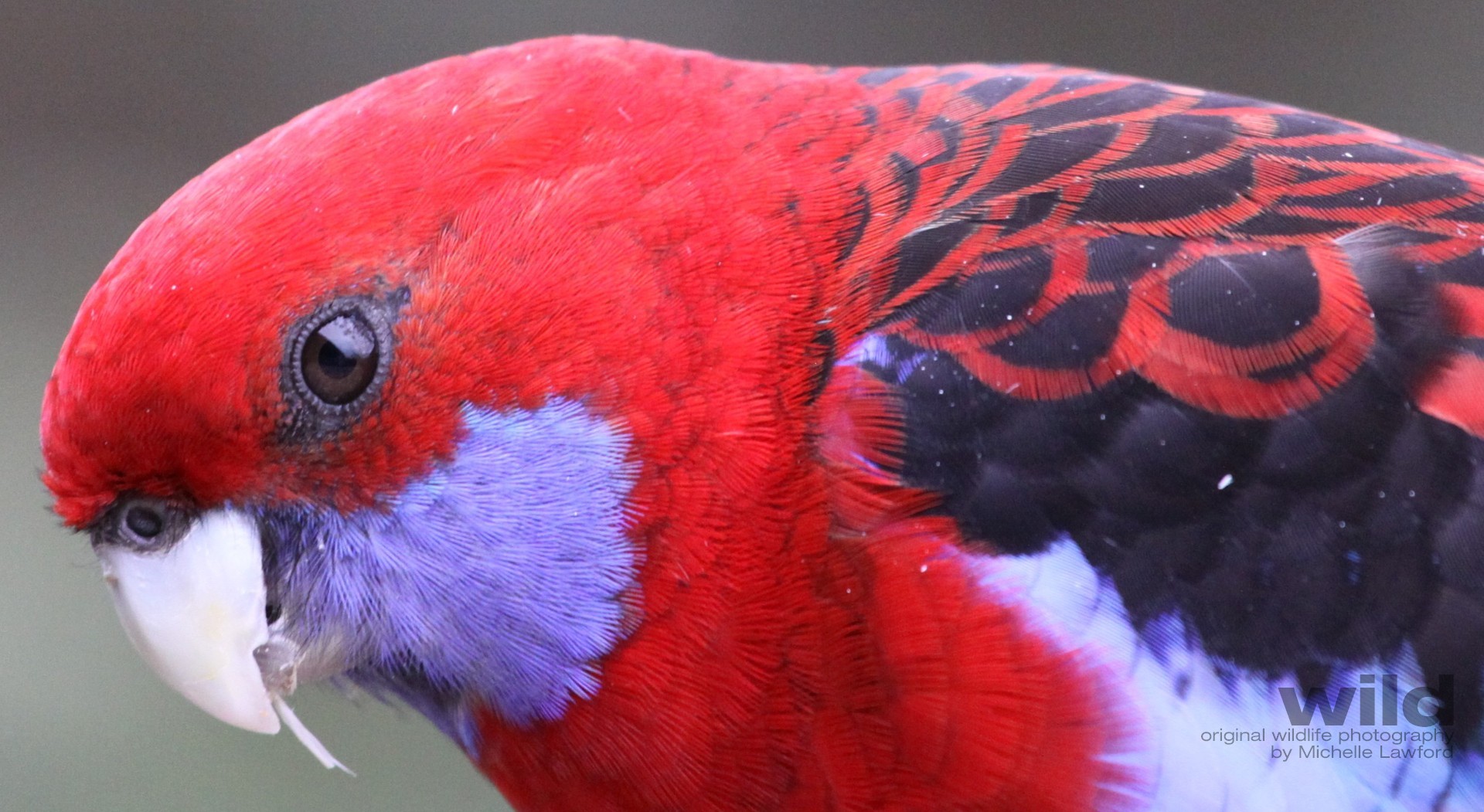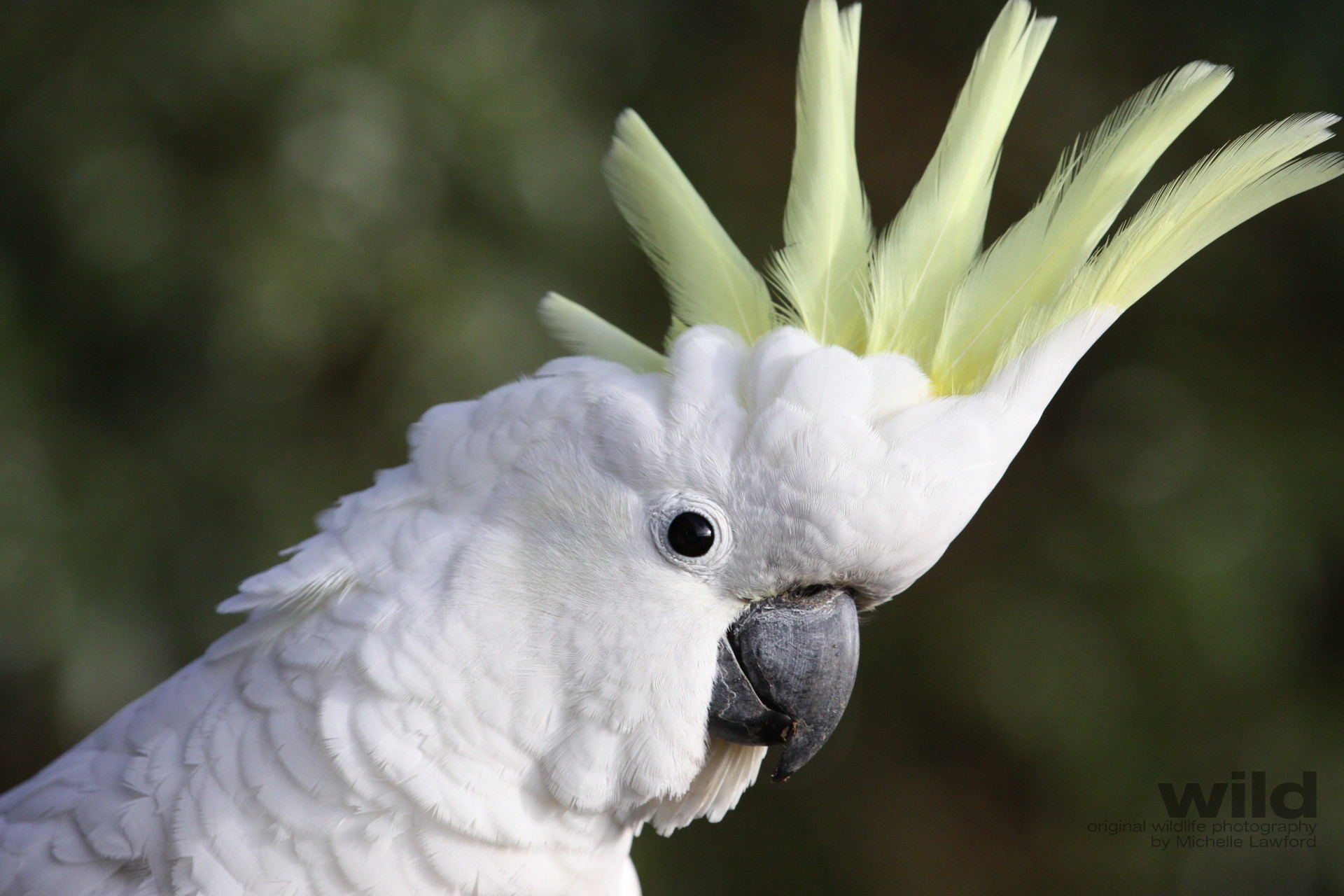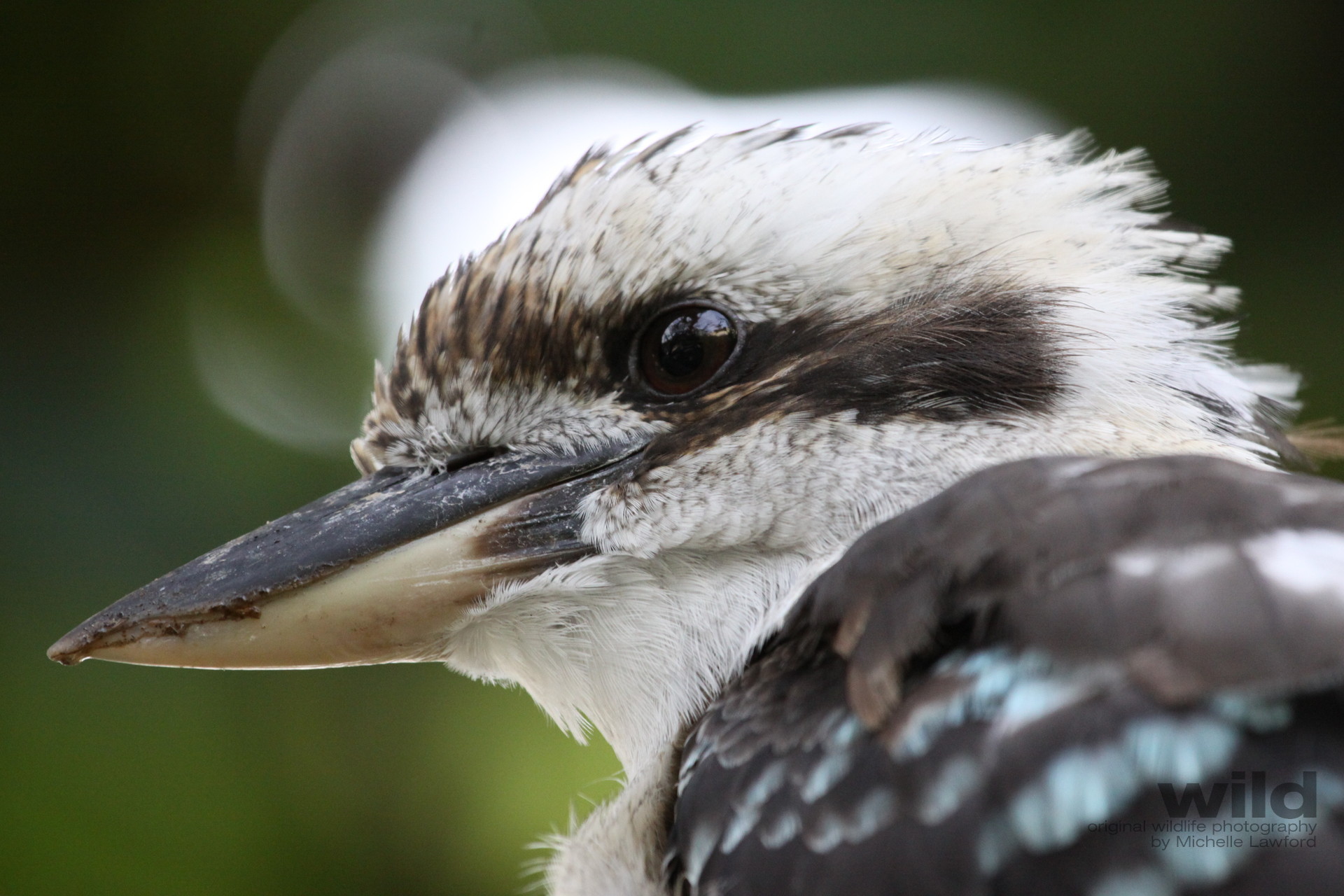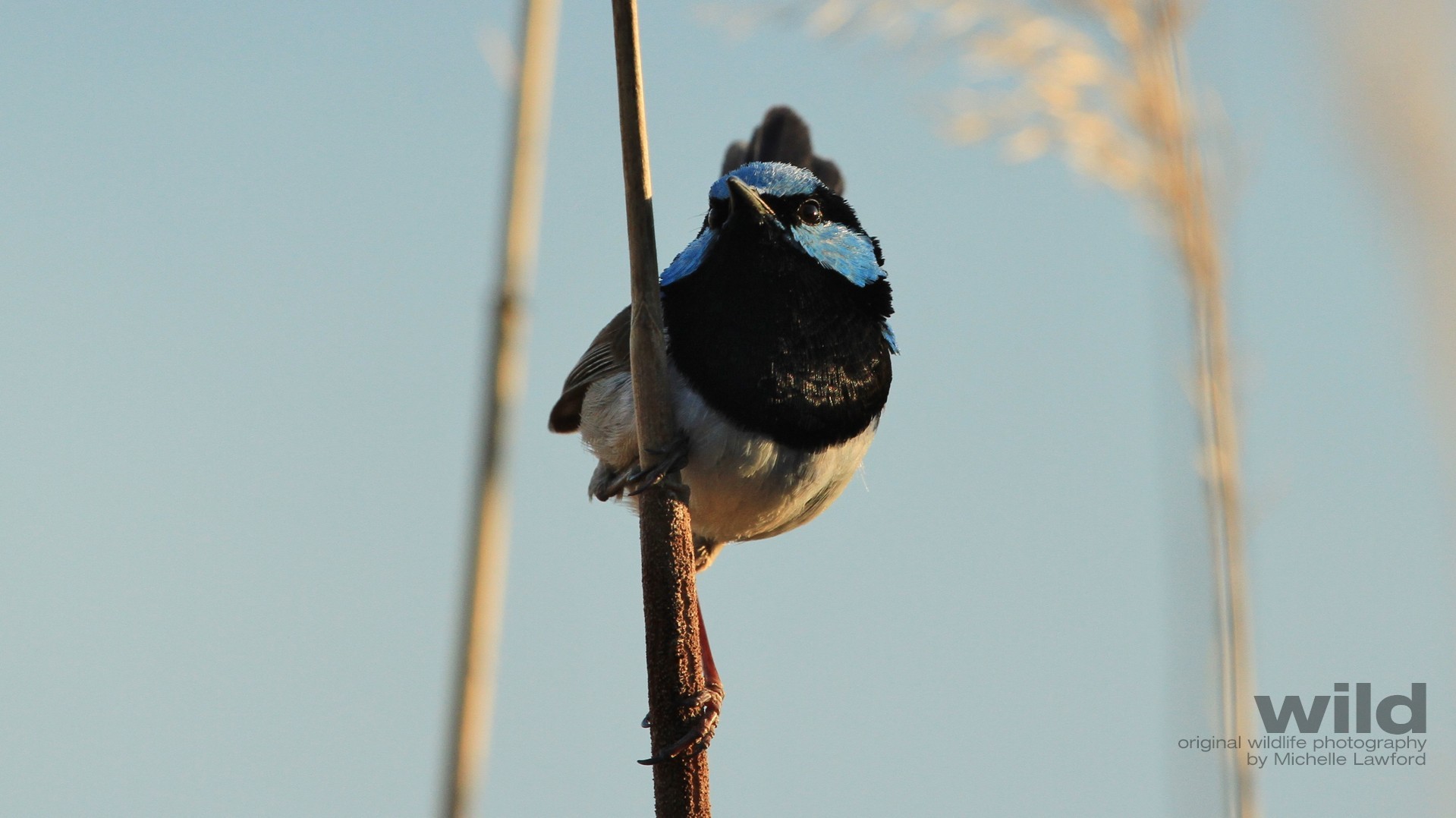On my first trip to Churchill in Hudson Bay, Manitoba, Canada, in 2020, the formation of the sea ice was late, due to global warming. Bears were visibly distressed and close to starvation. They lined the shore, sniffing the air for that auspicious moment when the sea starts to freeze and they can hunt for seals on the pack ice. The beautiful autumnal colours of the willow bushes could not disguise how desperate the situation was. Late sea ice means a shorter feeding season, and not enough time to put on weight to sustain a pregnancy. A sharp decline in pregnancy rates is the biggest threat to the future of polar bears. It was this heartbreaking experience and first-hand witnessing of the very real effects of global warming, that led me to develop my website to inspire, educate and advocate on behalf of the bears and all wildlife.
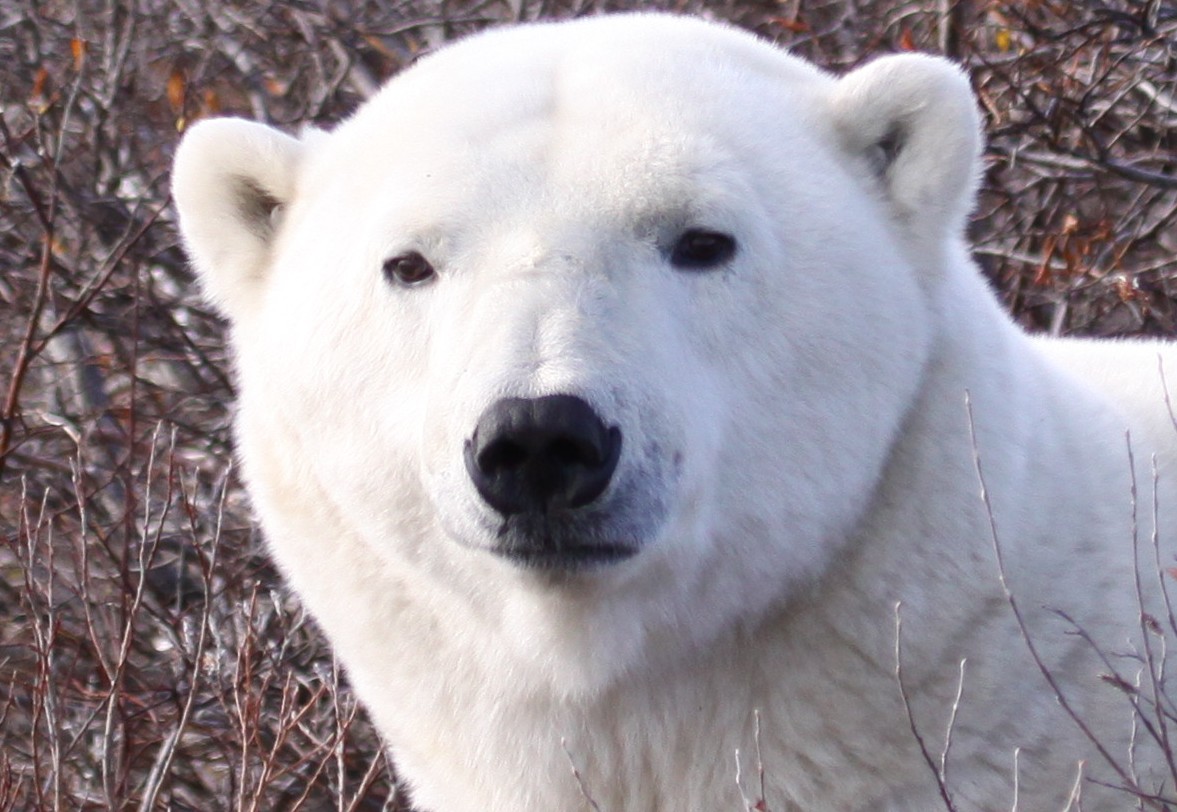
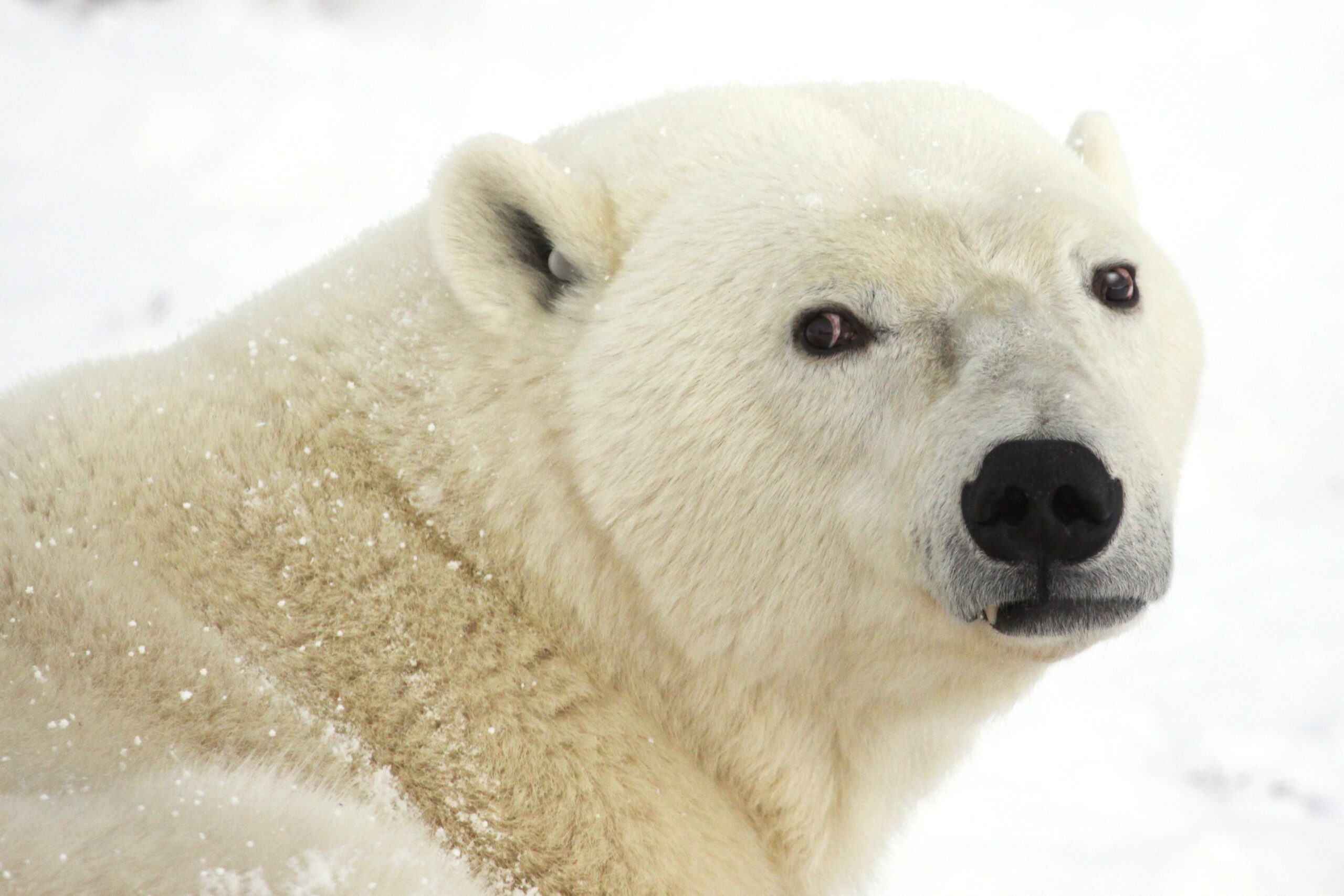
Polar Bears Winter
Each year, Canadian polar bears make their way to Churchill in Hudson Bay, Manitoba. The warm waters of the Hudson River mix with the sea water in the bay, making this the first place where the sea ice starts to form at the beginning of winter. The bears are starving and have been waiting months for this moment when they can finally hunt seals out on the pack ice. Usually solitary animals, some bears wait patiently while some males practice sparring.
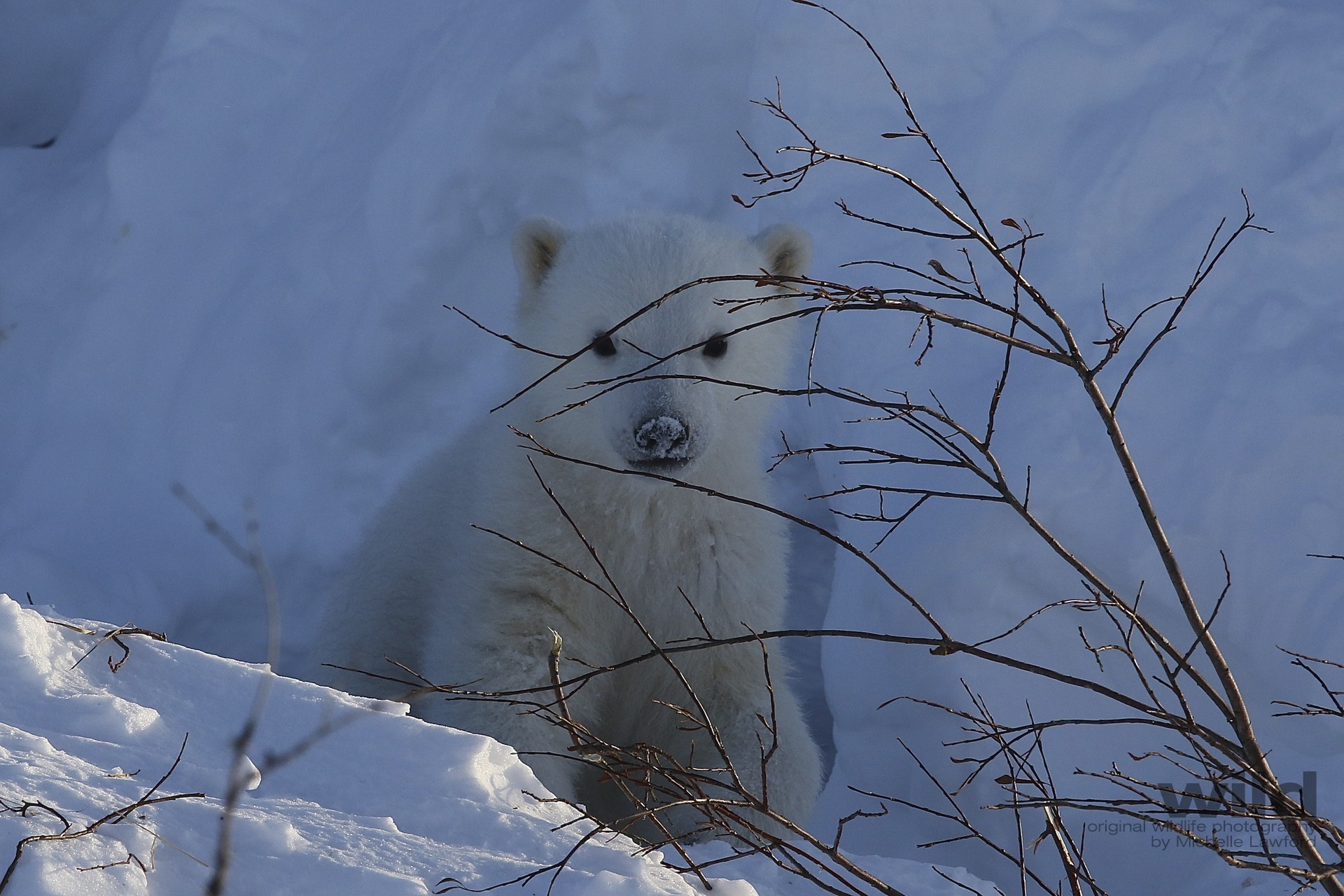
Polar Bear Cub
Wapusk National Park, Manitoba, Canada is a major denning area for polar bears. The females dig a snow cave and enter for the winter. If there has been enough food and she has put on enough weight, she will have a successful pregnancy and give birth to one or two, or sometimes even three cubs. Standing out on the tundra for five days in minus 35 degrees and 90 km winds, waiting for a cub to emerge from the birthing den for the first time, was one of the great thrills of my life. Due to global warming and a shorter feeding season, pregnancy rates are dangerously low and polar bears are predicted to be extinct by 2050.
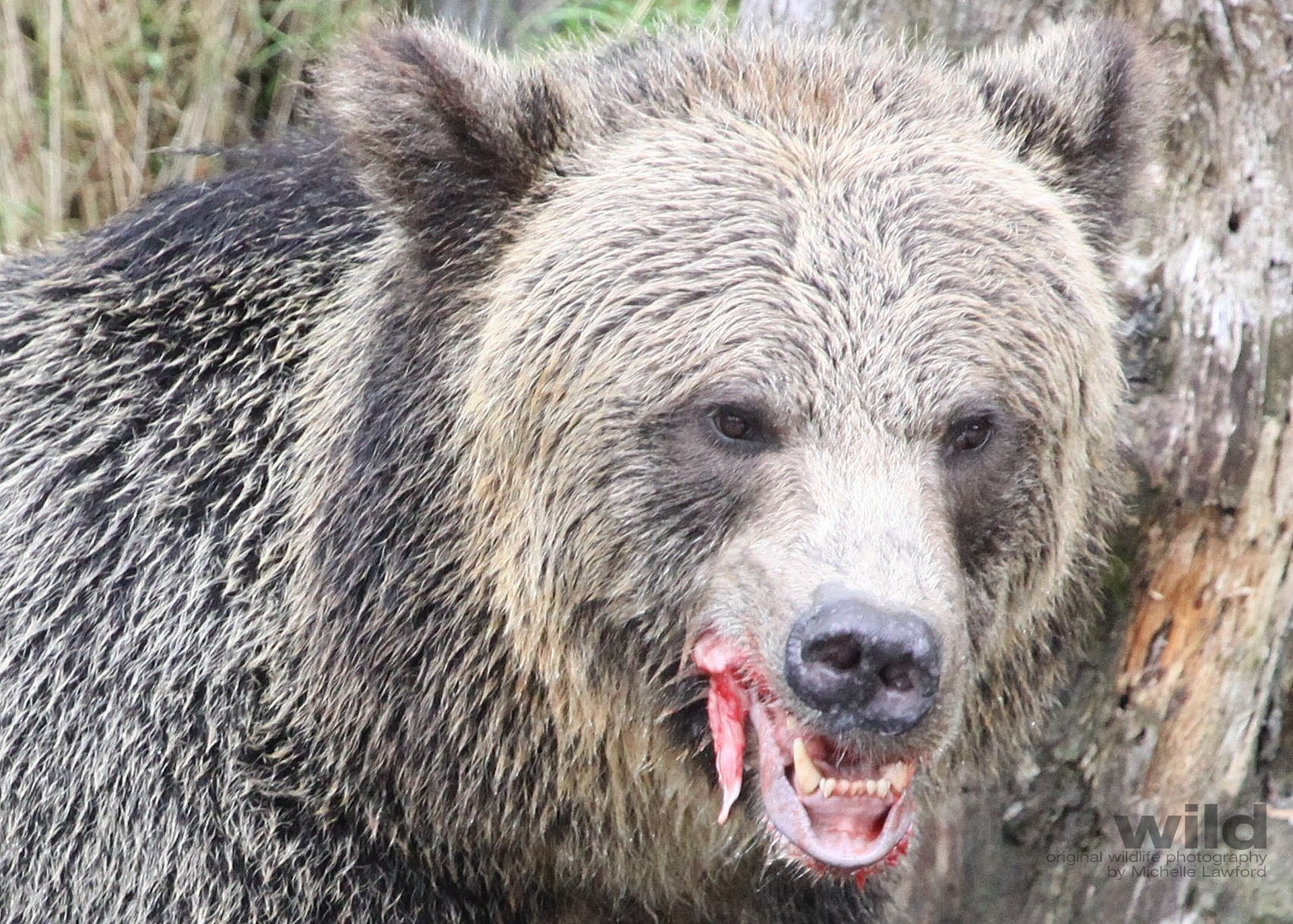
Grizzly Bears
The Brown Bears of Knight Inlet, British Columbia, Canada, gorge themselves during the annual salmon run before retiring to their dens to hibernate for the winter. The salmon return from the sea, swim upstream, spawn in the place of their own birth and then die.

Whooper Swans On Hot Spring Lake
On Lake Kushara on the island of Hokkaido, Japan, your most fantastic imaginings of Swan Lake come to life as the hot mist from the thermal lake mixes with the freezing air at dawn, to create dramatic plumes of purple mist and pale silhouettes, amidst a backdrop of snow-covered volcanoes
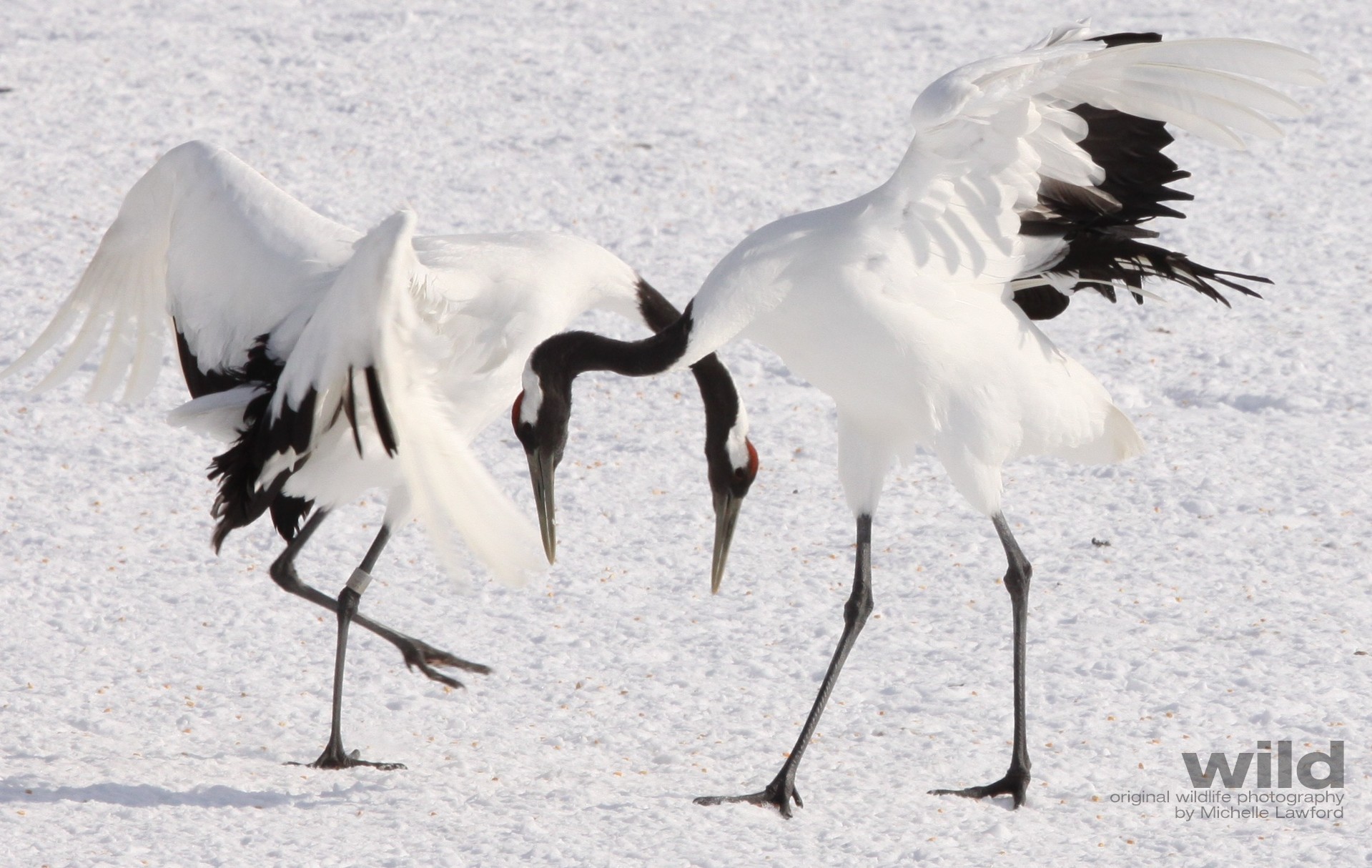
Dancing Red Crowned Cranes
Feared to be extinct, the cranes now dance together in the snow and nest in the thermal rivers of Tsurui Village ion the island of Hokkaido, Japan. Capturing them at dawn in that surreal moment when the mist parts to reveal a scene of unimaginable beauty, is one of the holy grails of wildlife photography.
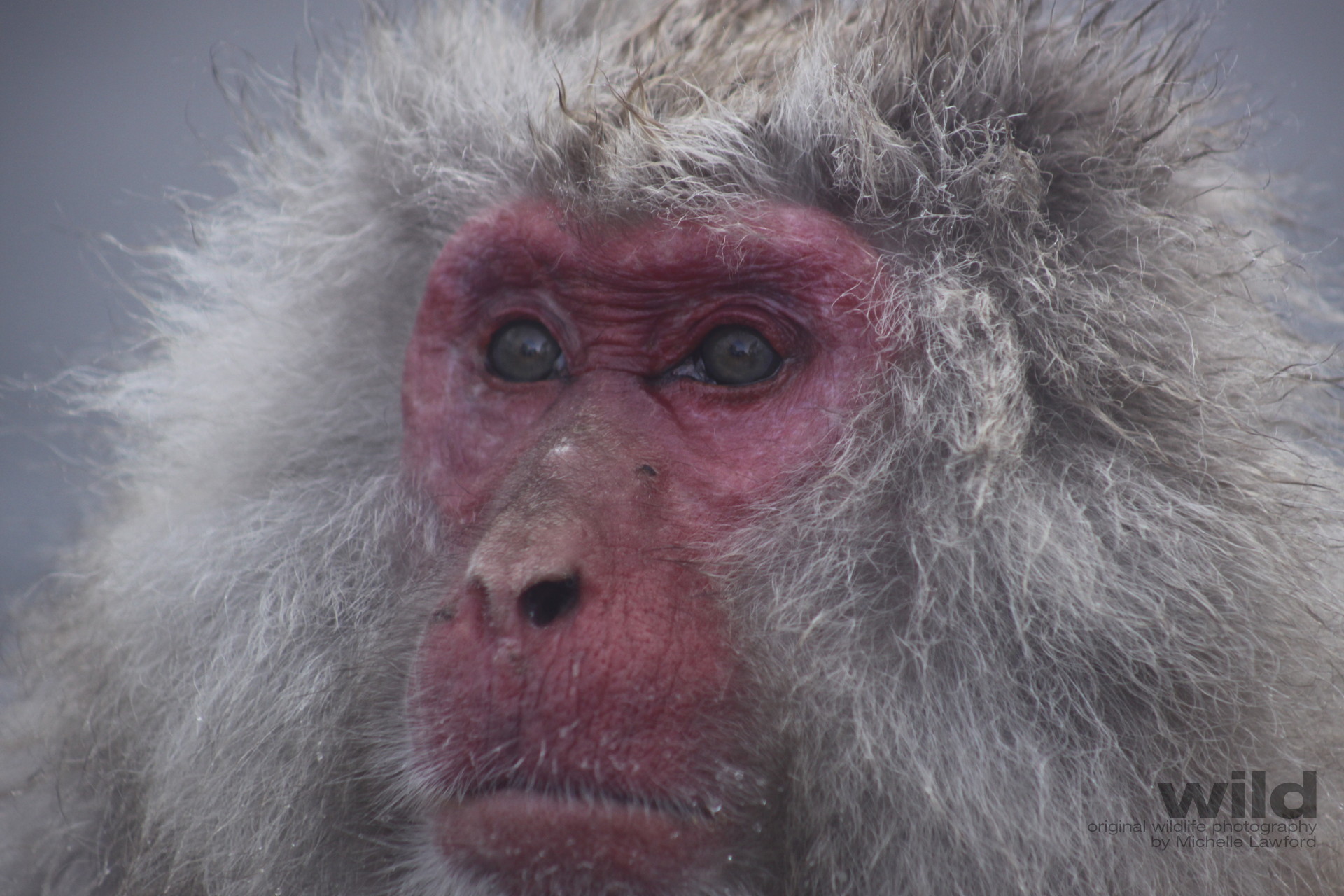
Snow Monkeys
In Jigokundan Forest on the island of Honshu, Japan, monkeys come out of the woods to warm up in the thermal hot springs. It’s a kind of day-spa for macaques.
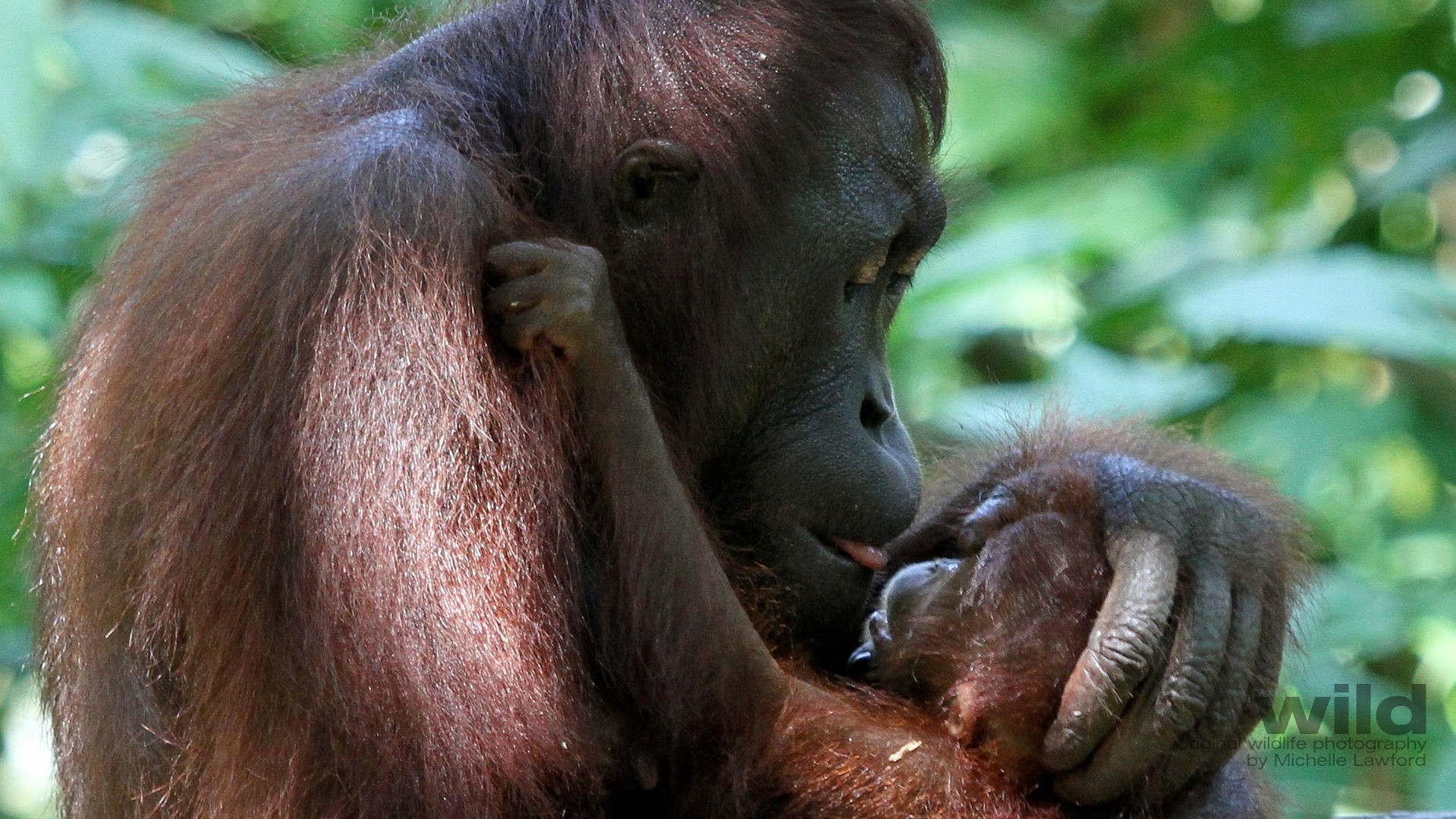
Mother And Baby Orangutan
Destruction of jungle habitat to make way for palm oil plantations, means increasing numbers of orangutans are homeless and starving. In Sepilok, in Sabah, Borneo, rescued orangutans are rehabilitated and released back into the wild. They grow up to become beautiful mothers who return from the jungle to bring their babies back to the place that gave them a second chance.
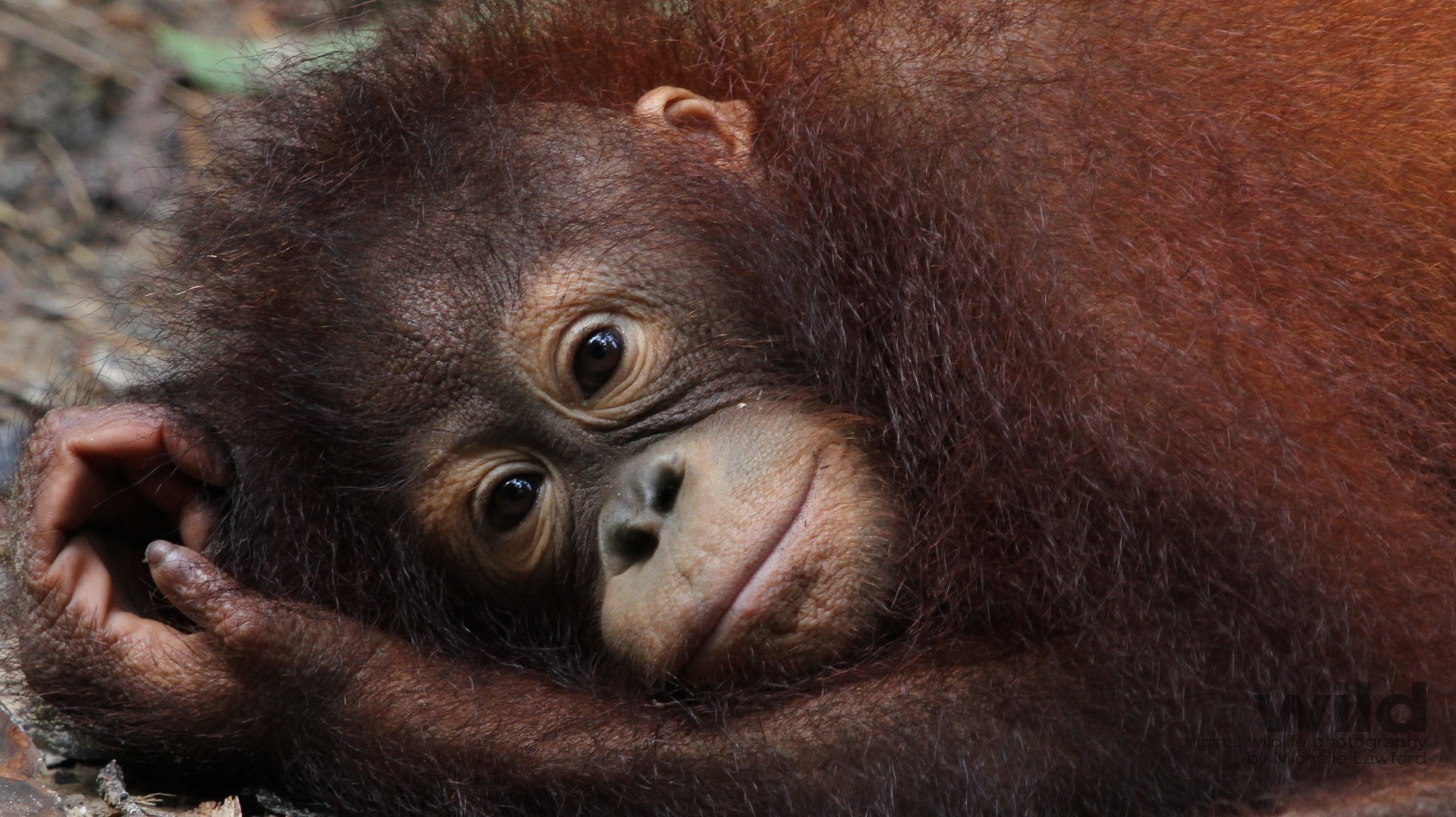
Young Orangutans
At sanctuaries in Sepilok and Rasa Ria in Sabah Borneo, young orangutans can feel safe and thrive before they face life in the wild.
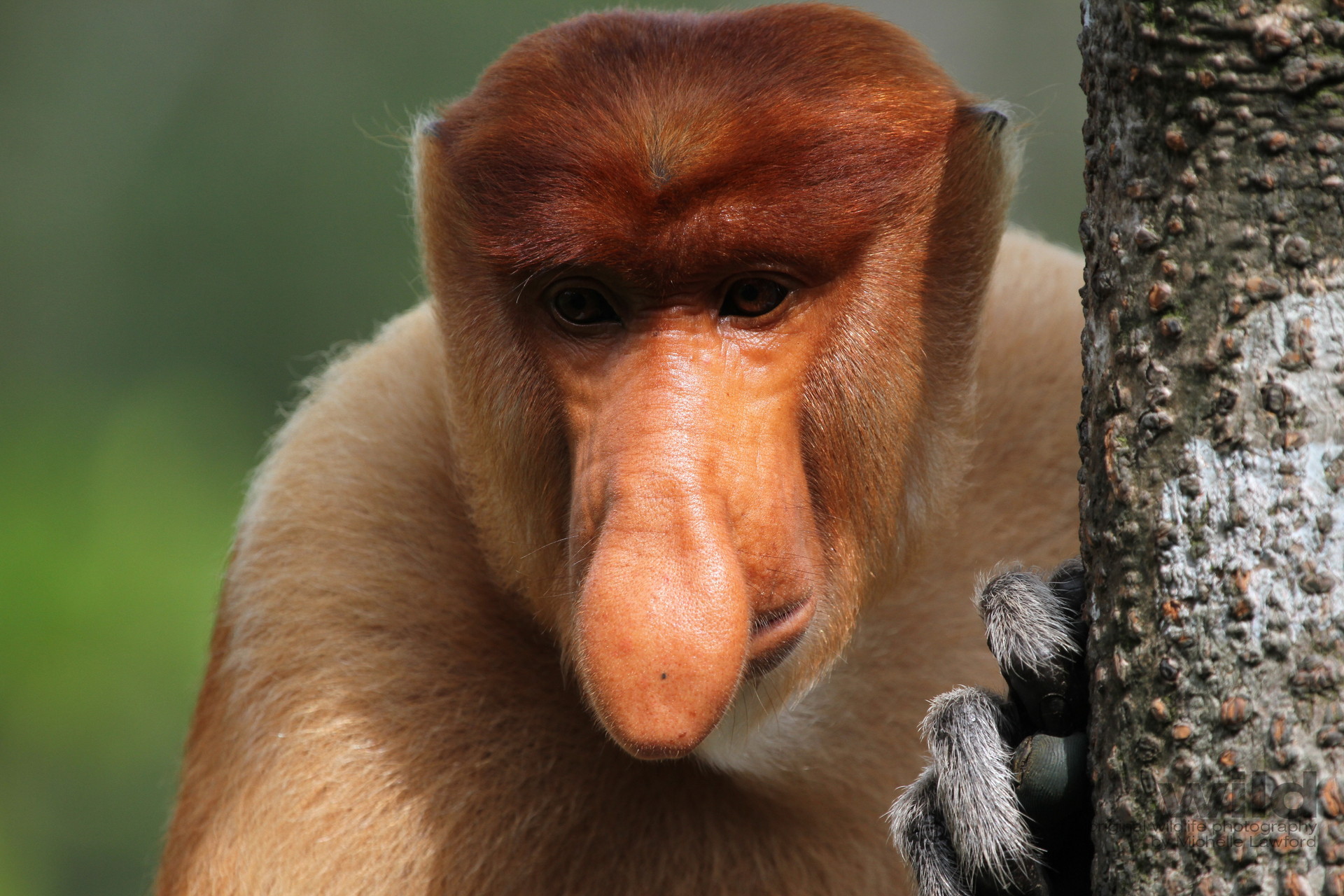
Proboscis Monkeys
In Labuk Bay, Borneo, precious habitat has been set aside as a sanctuary to ensure the survival of this amazing primate.
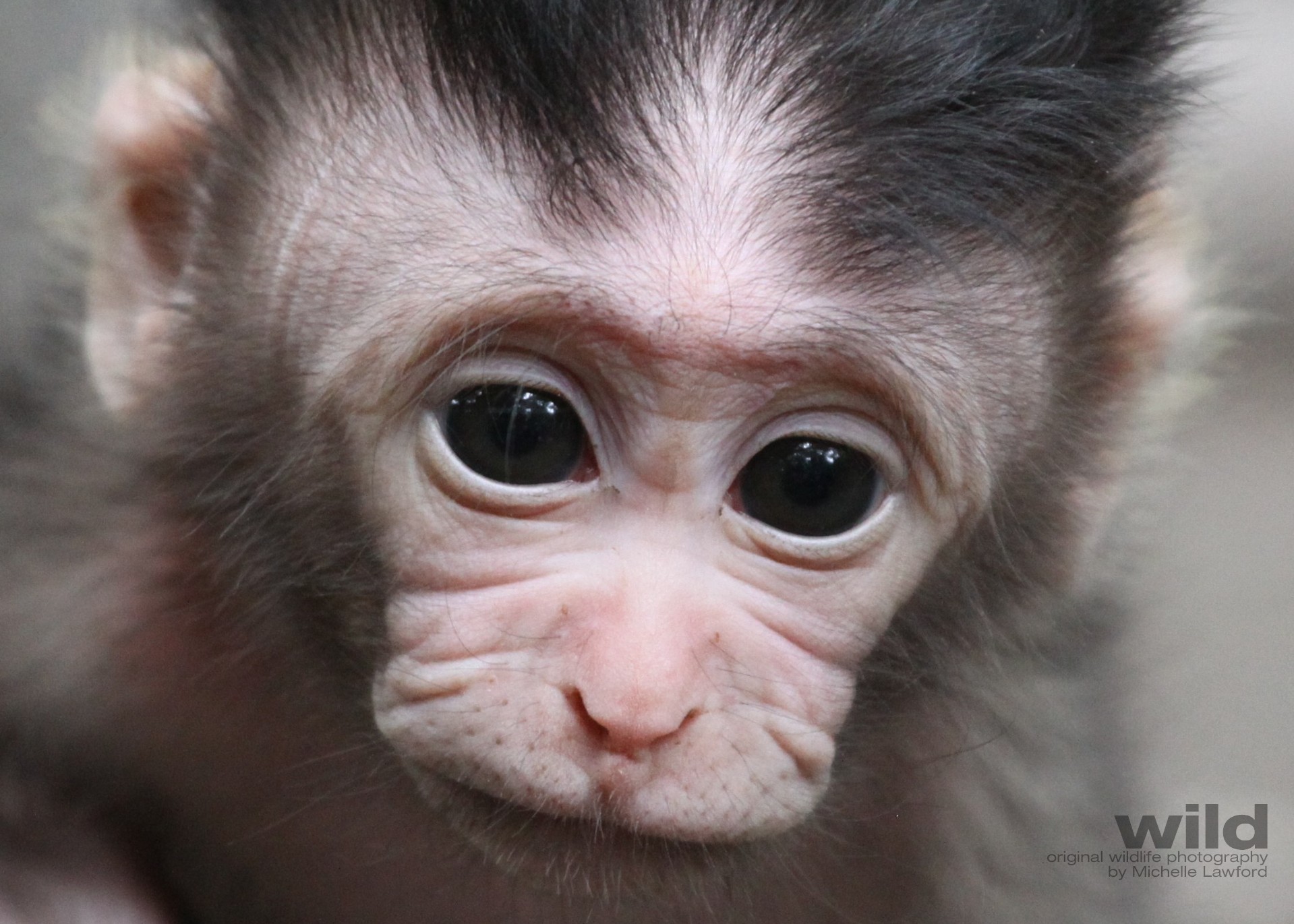
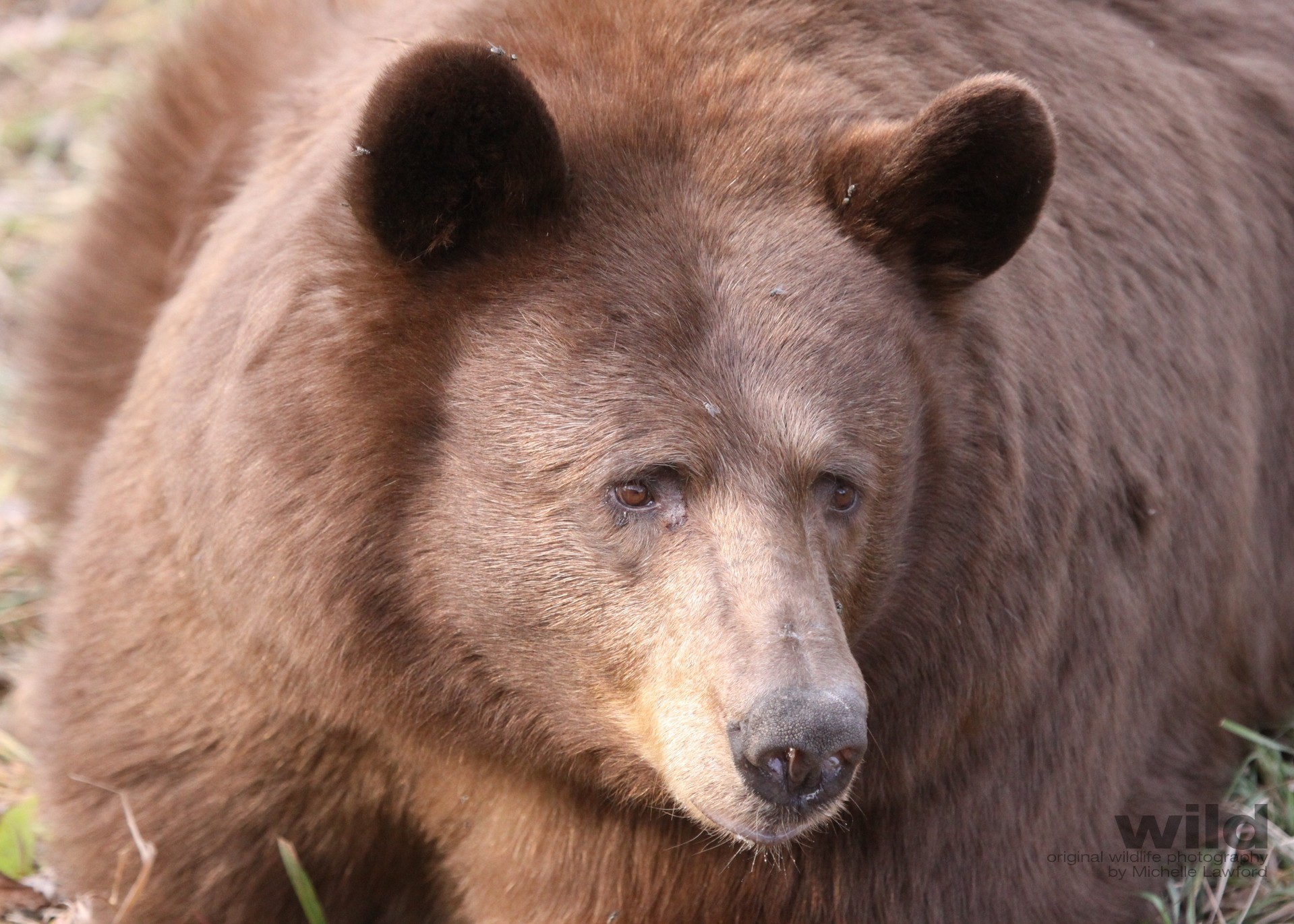
Black Bear
In Riding Mountain National Park in Manitoba, Canada, the black bears can be any colour, including cinnamon. Sadly, hunting is still popular and the chances of being shot by a gun here are much greater than the chances of being shot by a camera. I constantly heard gun shots in the background as I photographed these beautiful bears.
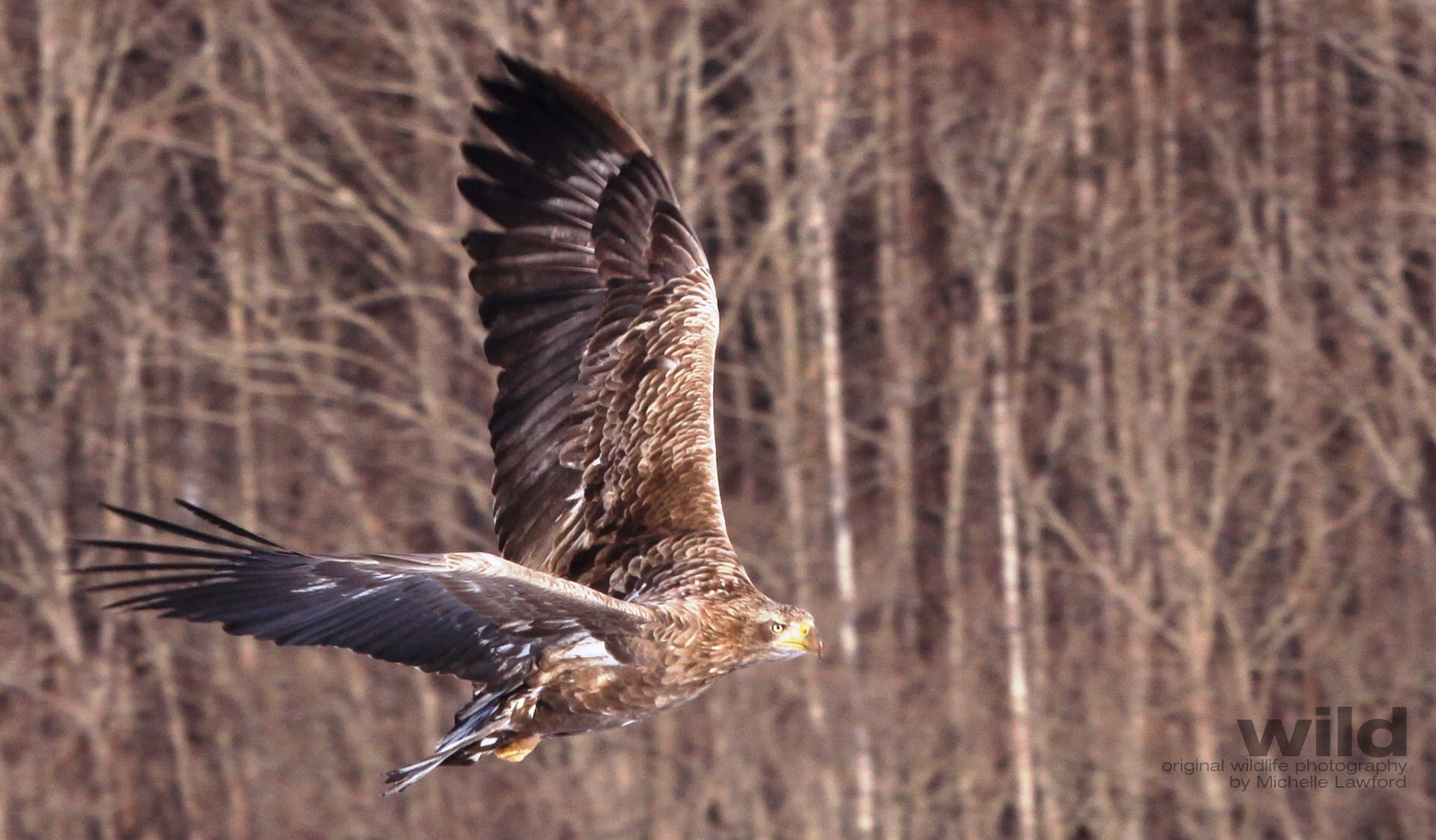
White Tailed Eagle
These majestic raptors in Tsurui Village, Hokkaido, Japan are the fourth largest eagle in the world with a wing span of up to 260cm.

White Herons
The white herons of Petulu in Bali, are said to be the spirits of victims of a terrible massacre in this village. They return to the trees here, every day at dusk.
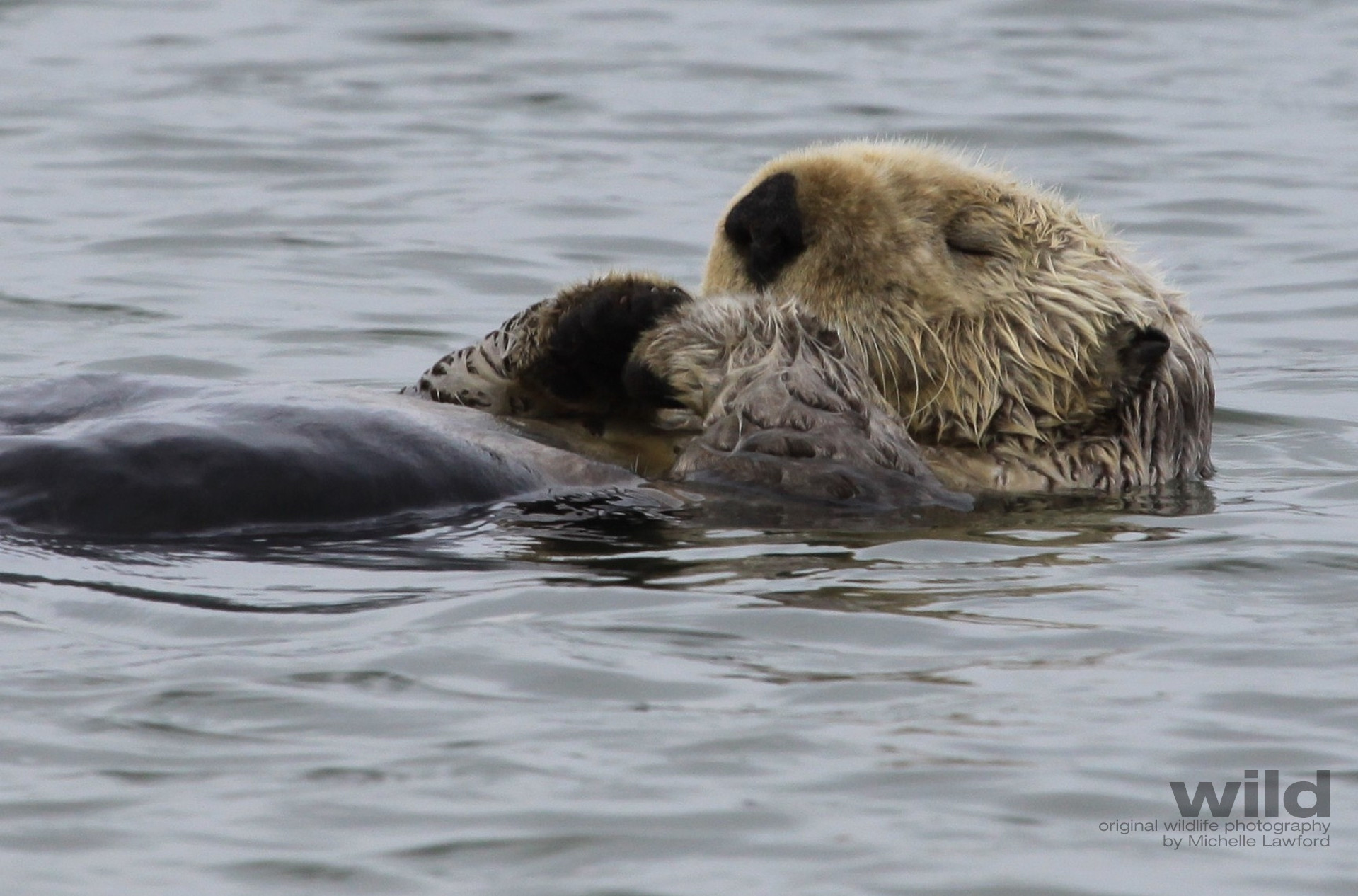
Sea Otters
Sea Otters were my first love. They gather in large groups called rafts, above the kelp forests. You can often see them wrap a piece of kelp around themselves like a blanket. They also carry a little rock with them for smashing open clams. These cuties live in Elkhorn Slough and off the coast of Pacific Grove in California, USA.
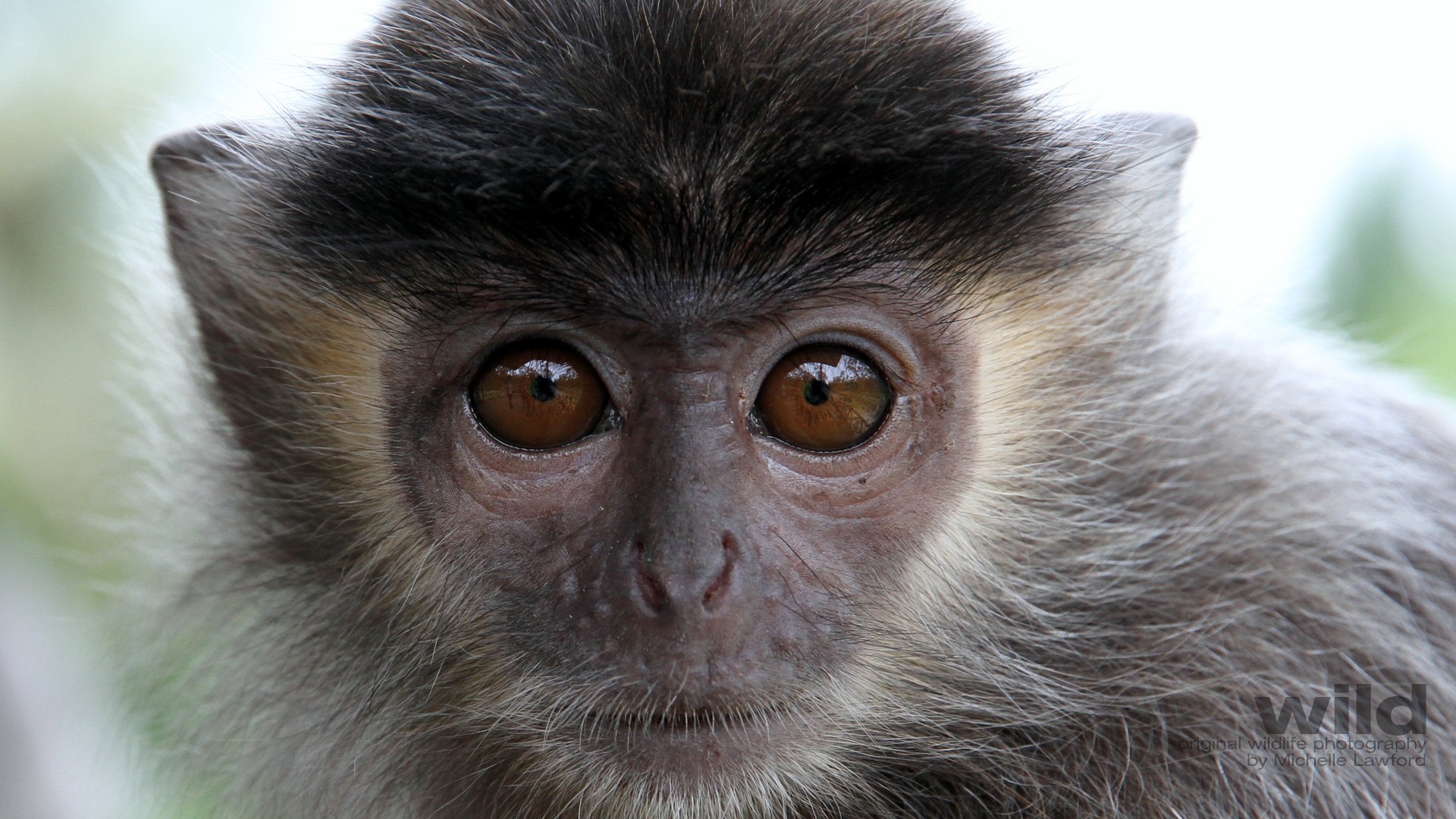
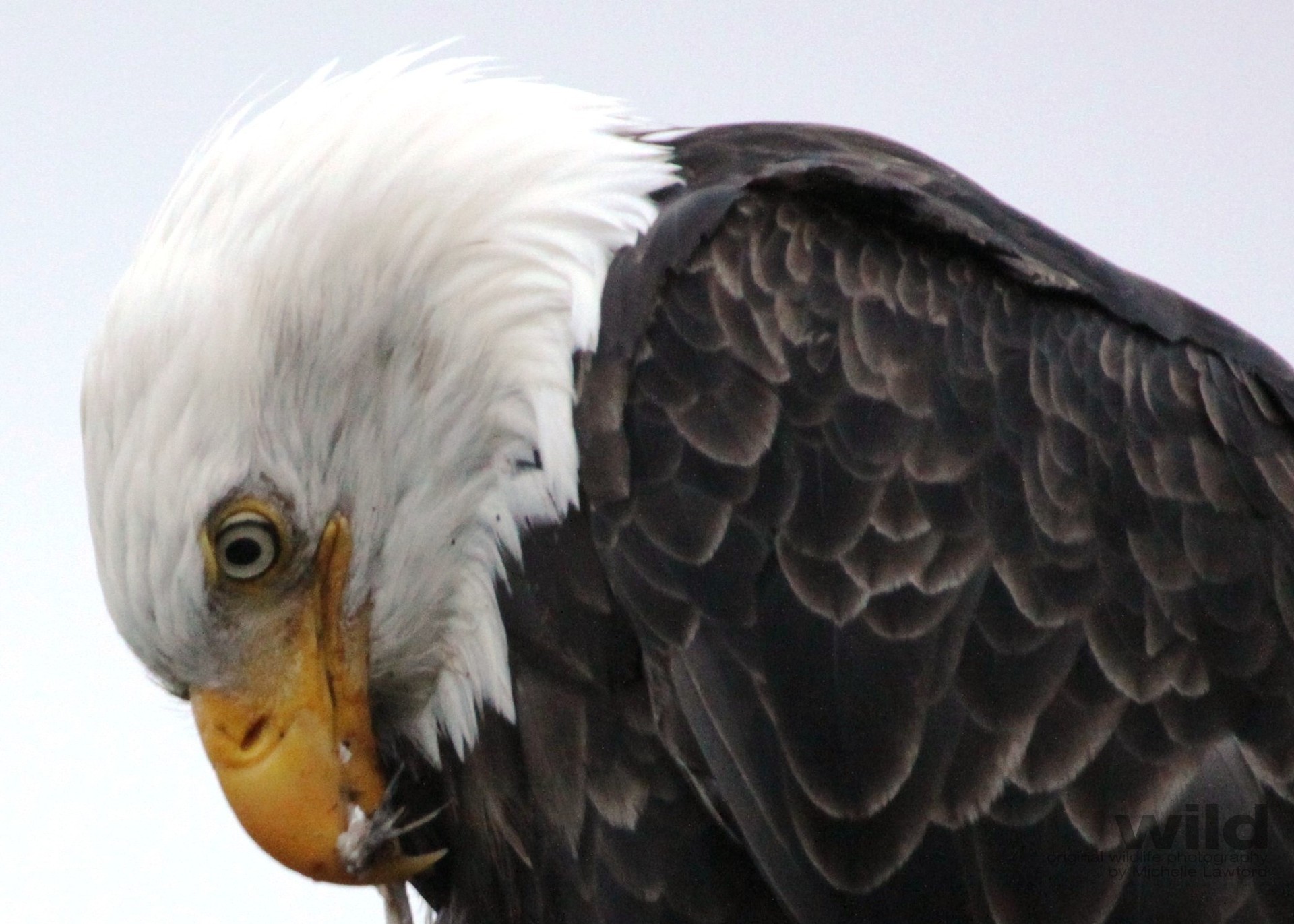

Elephant Seals
Ano Nuevo on the Californian Coast, USA, holds one of the largest mainland colonies of elephant seals. They return here to mate, breed and molt.
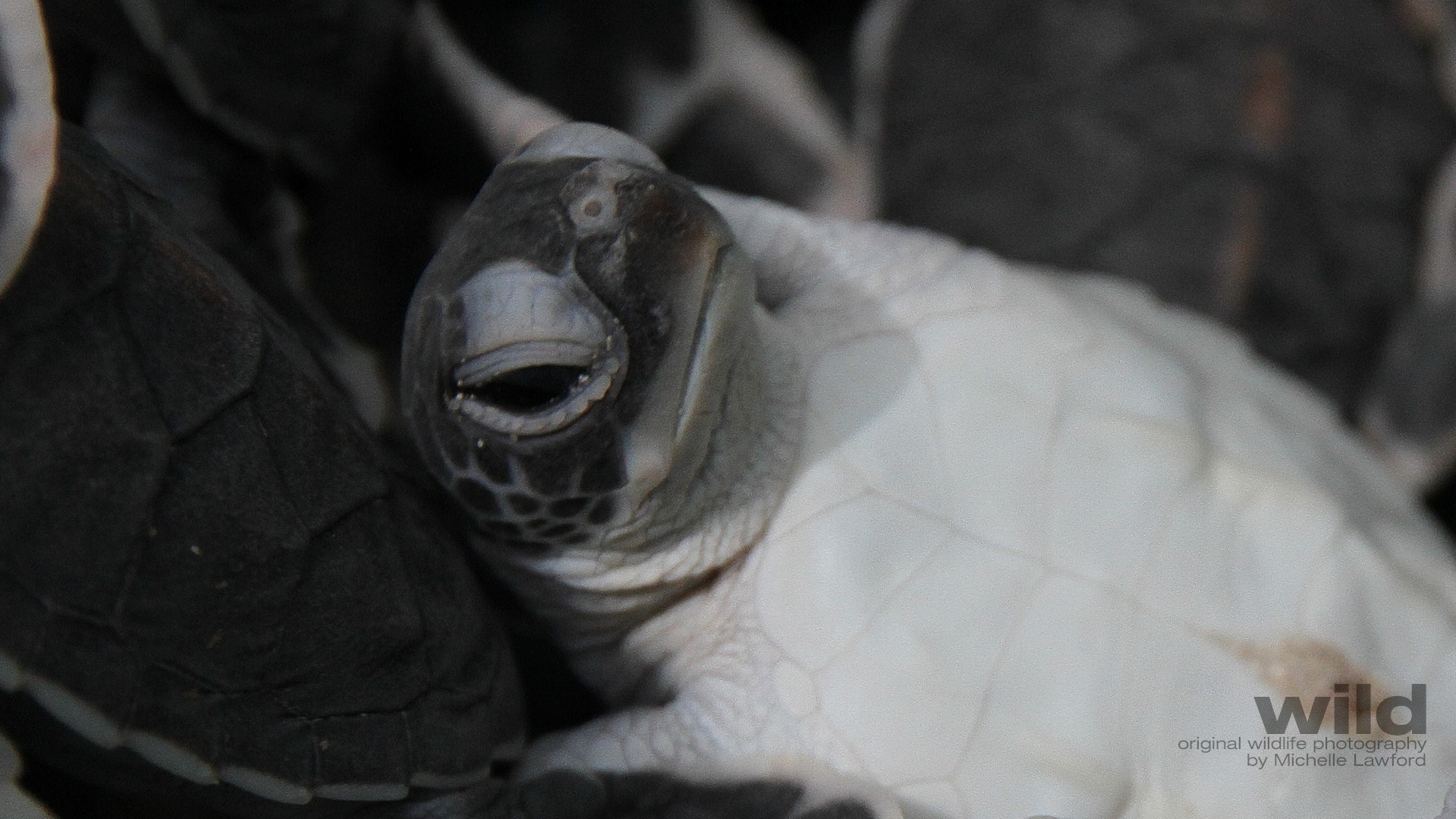
Green Sea Turtle Hatchlings
In Lankayan Island, Sabah, Borneo, I was privileged to witness the hatching of these tiny turtles, as they dug their way out of the sand and then ran down to the ocean in a mad dash for survival. The frenetic action of their flippers made them look like little wind – up toys. At night, female turtles would arrive and haul themselves up the beach to lay eggs.

Short & Long Tailed Macaques
In Borneo, a canoe trip along the Kinabatangan River offered trees full of playful long-tailed macaques, whereas a drive through Tabin revealed short-tailed macaques who were shy and hid in the thick jungle.

Bison
Once roaming across the length and breadth of North America in mega-herds, bison are now confined to reserves such as this herd in Lake Audy, Manitoba, Canada
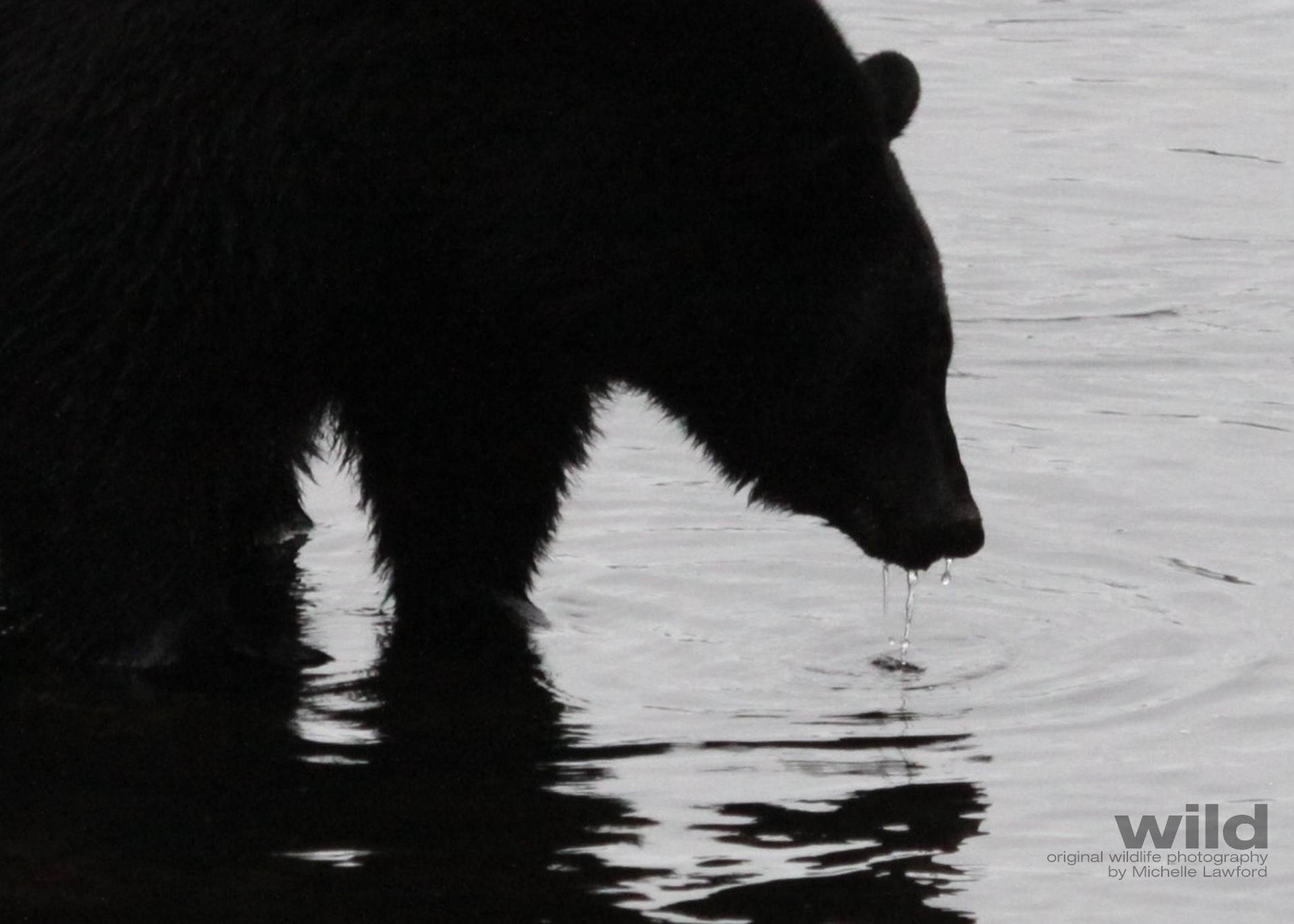
Black Bears
In Uclulet and Clayoquot Sound on Vancouver Island, Canada, black bears roam the beaches turning over rocks on the shore in search of tasty clams. You can kayak past them at some distance, in total safety. Further inland, you can stand pretty close to bears fishing the streams for salmon. They are so focused on getting their next meal, they don’t even notice you. I have to say the bears here were pretty hopeless at catching salmon and it was very comical watching them.
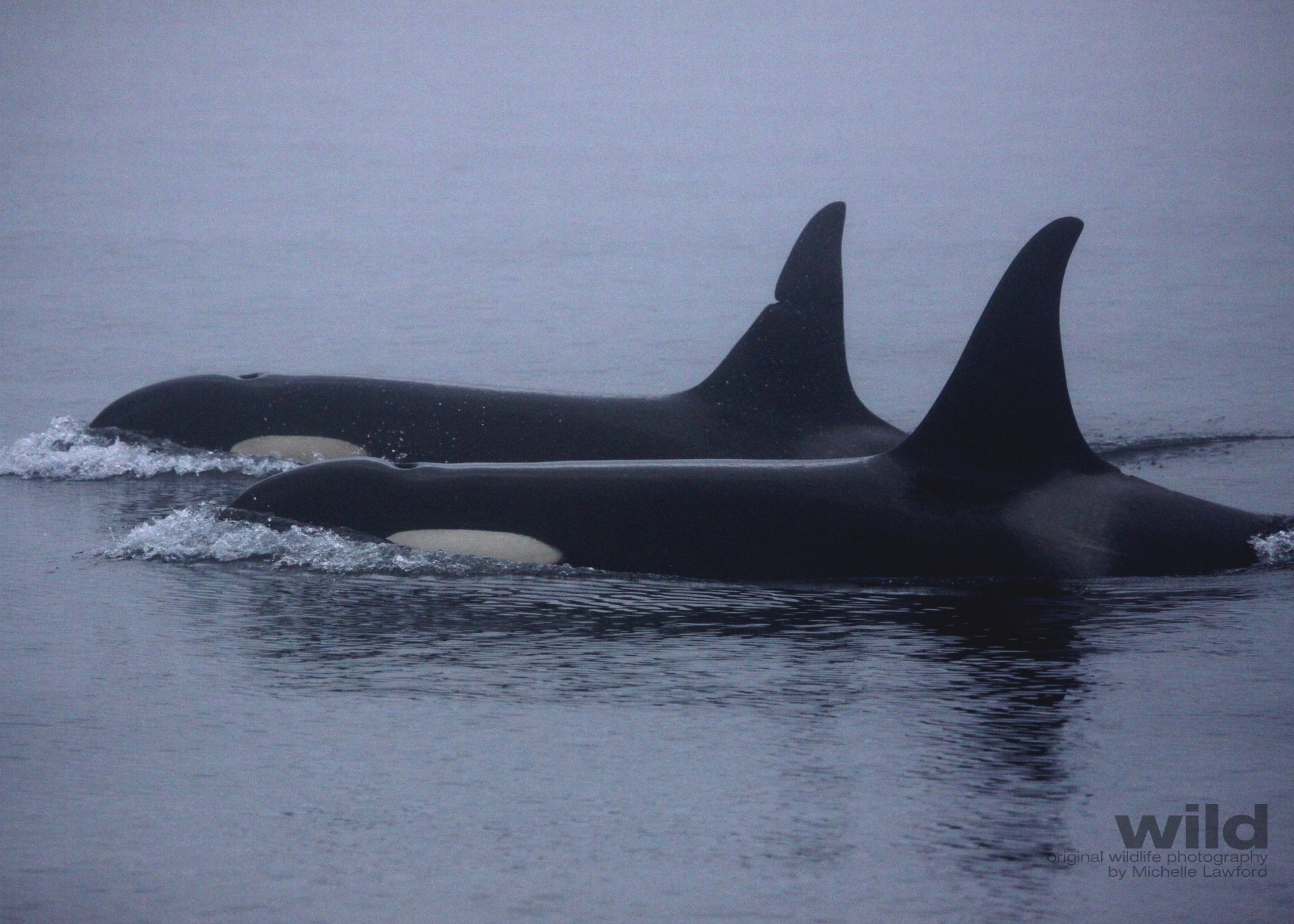
Orcas In The Mist
In Johnston Strait, Vancouver Island, Canada, I saw my first orcas and fell in love. Seeing them emerge out of the mist is a truly humbling experience.
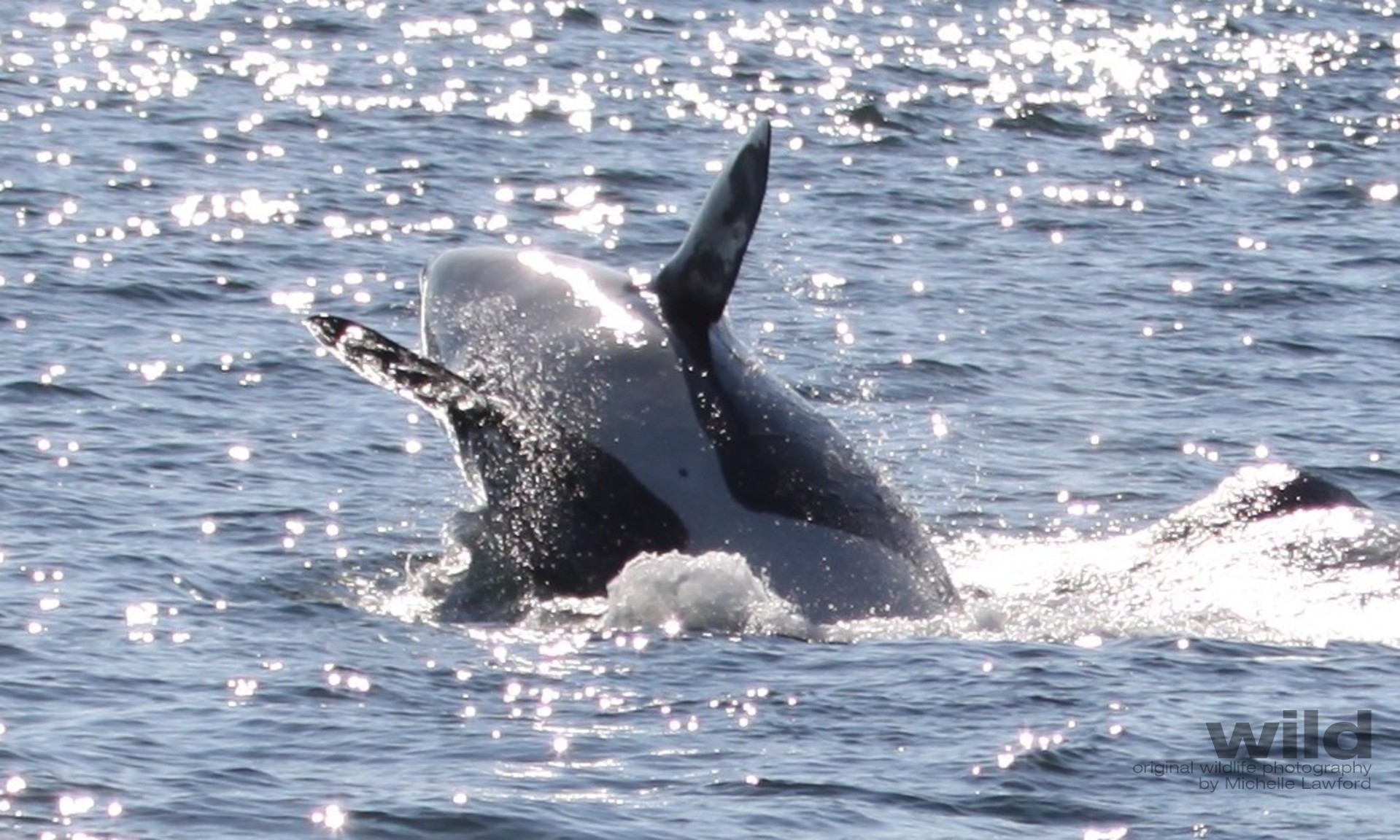
Orcas Resident Pod
The killer whales of San Juan Islands, Georges Strait, Canada, feed exclusively on the local salmon
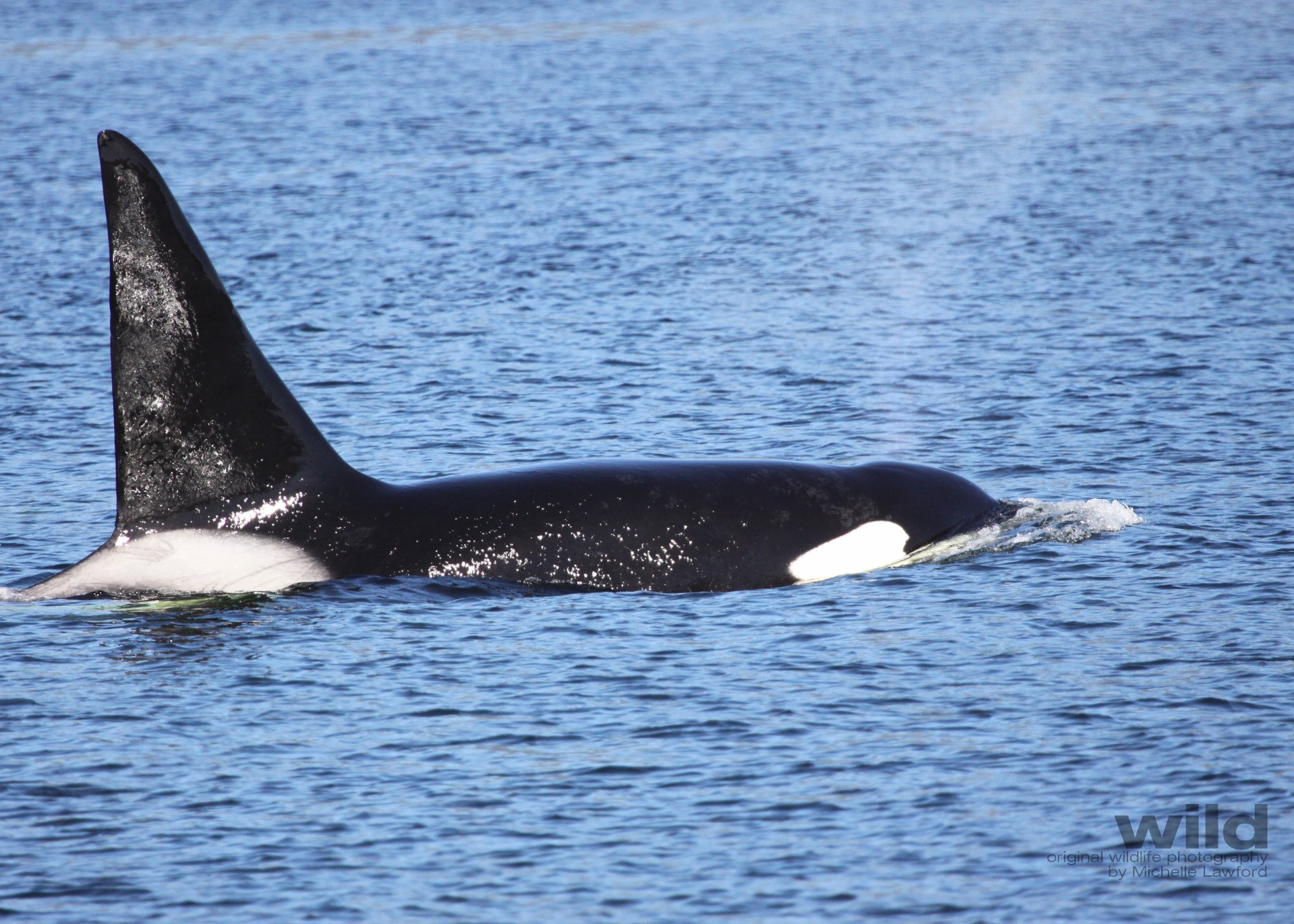
Transient Orcas
The killer whales in Clayoquot Sound, Vancouver Island, Canada feed exclusively on marine mammals such as seals. I actually heard a group of seals screaming in panic as a pod of orca entered the area.
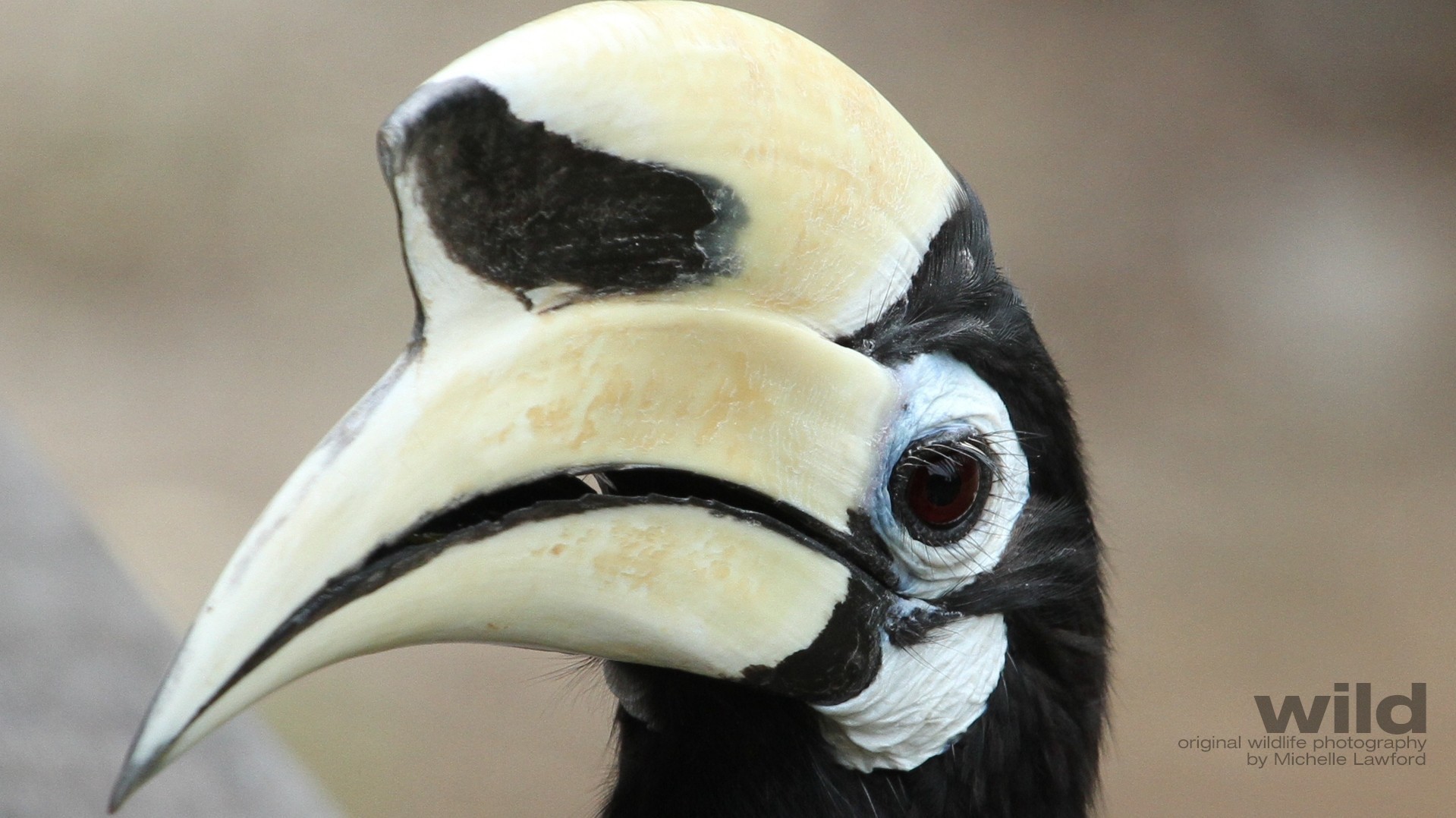
Birds Of Borneo
From hornbills to raptors, Borneo is a fantastic place to see birds. The jungle here is thick and dense, and hornbills often sit in the very top of the tallest tree, presenting a challenge to the photographer. I was also lucky enough to go on a night walk and see birds sleeping on branches.
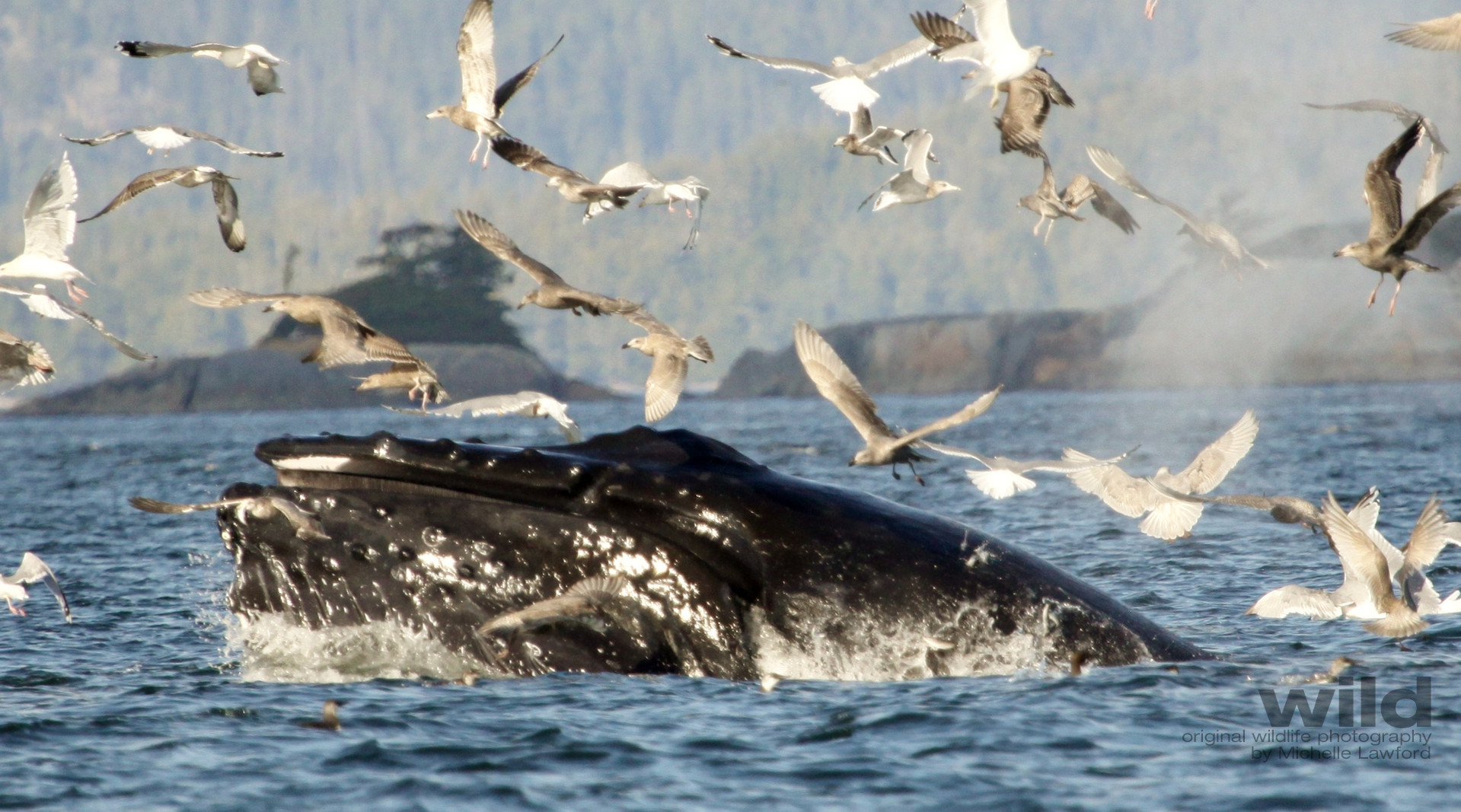
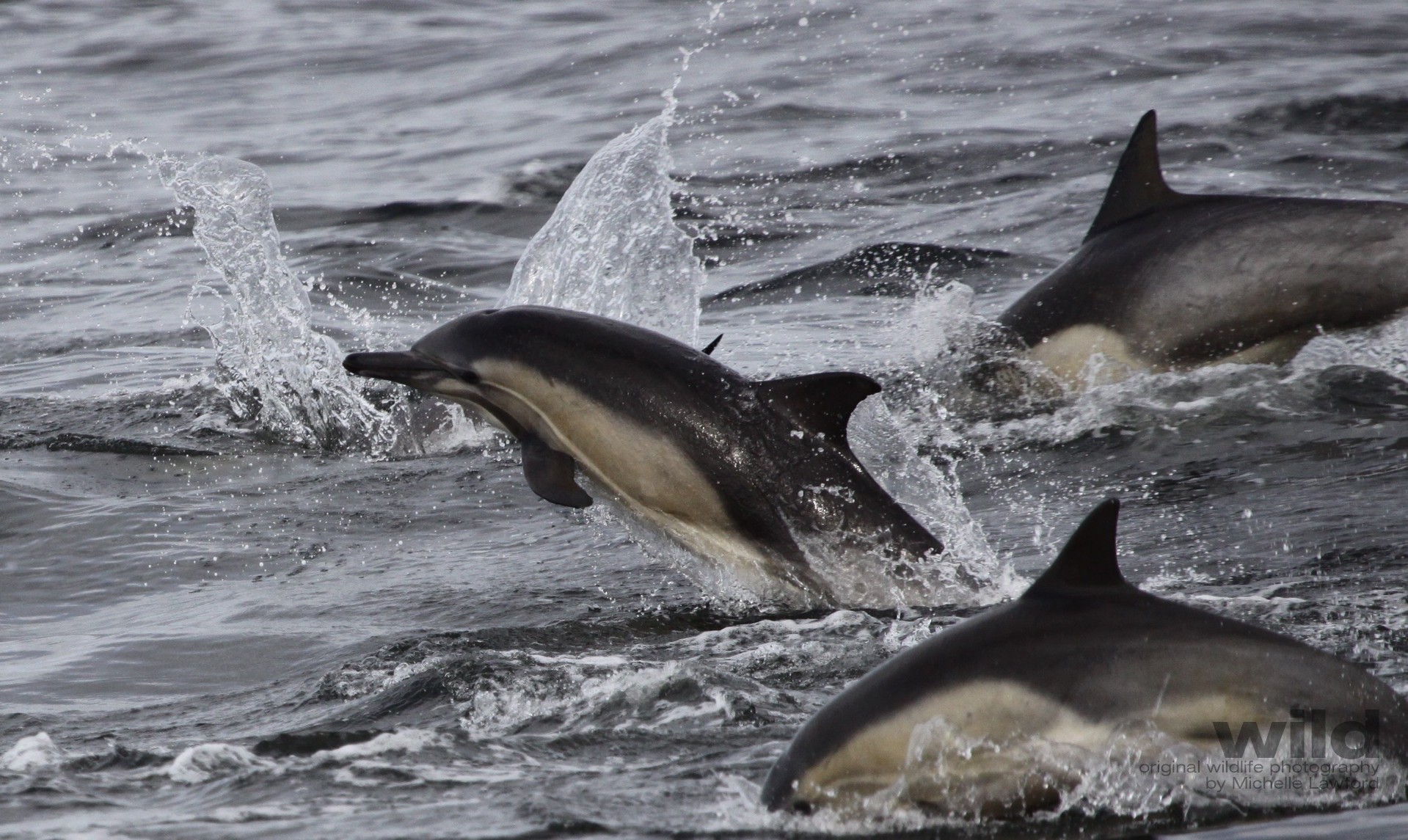
White-sided Dolphins & Black Footed Albatross
Hundreds of white-sided dolphins, known as mega-pods, occasionally congregate off the coast of Monterey, California, USA.
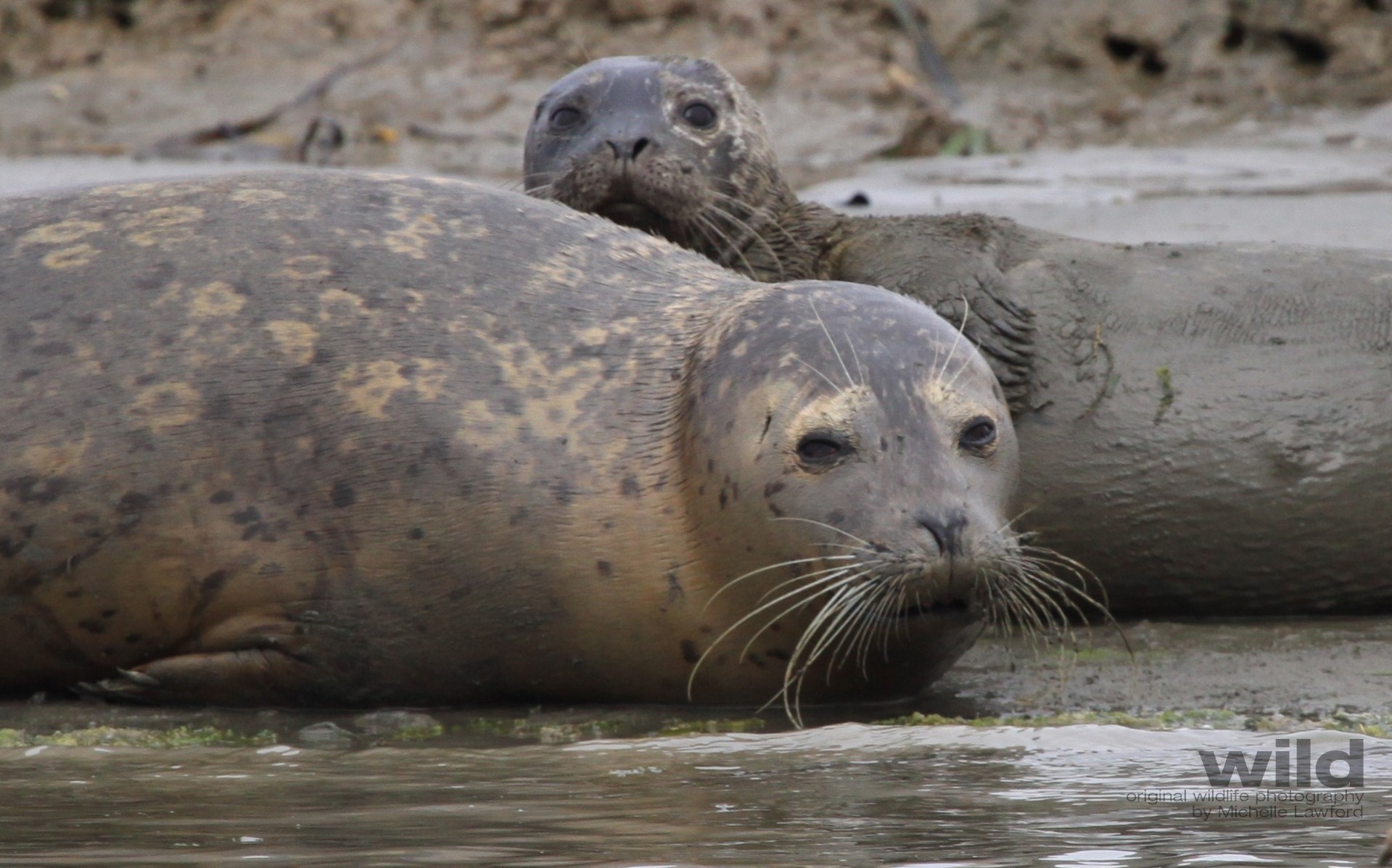
Harbour Seal Nursery
Elkhorn Slough in California, USA is a quiet inlet and the perfect nursery for seals and otters.

Beavers
I captured this busy beaver at sunset at Riding Mountain National Park in Manitoba, Canada

Moose
I photographed these moose in Hudson Bay, Manitoba, Canada, from a helicopter while out looking for polar bears.
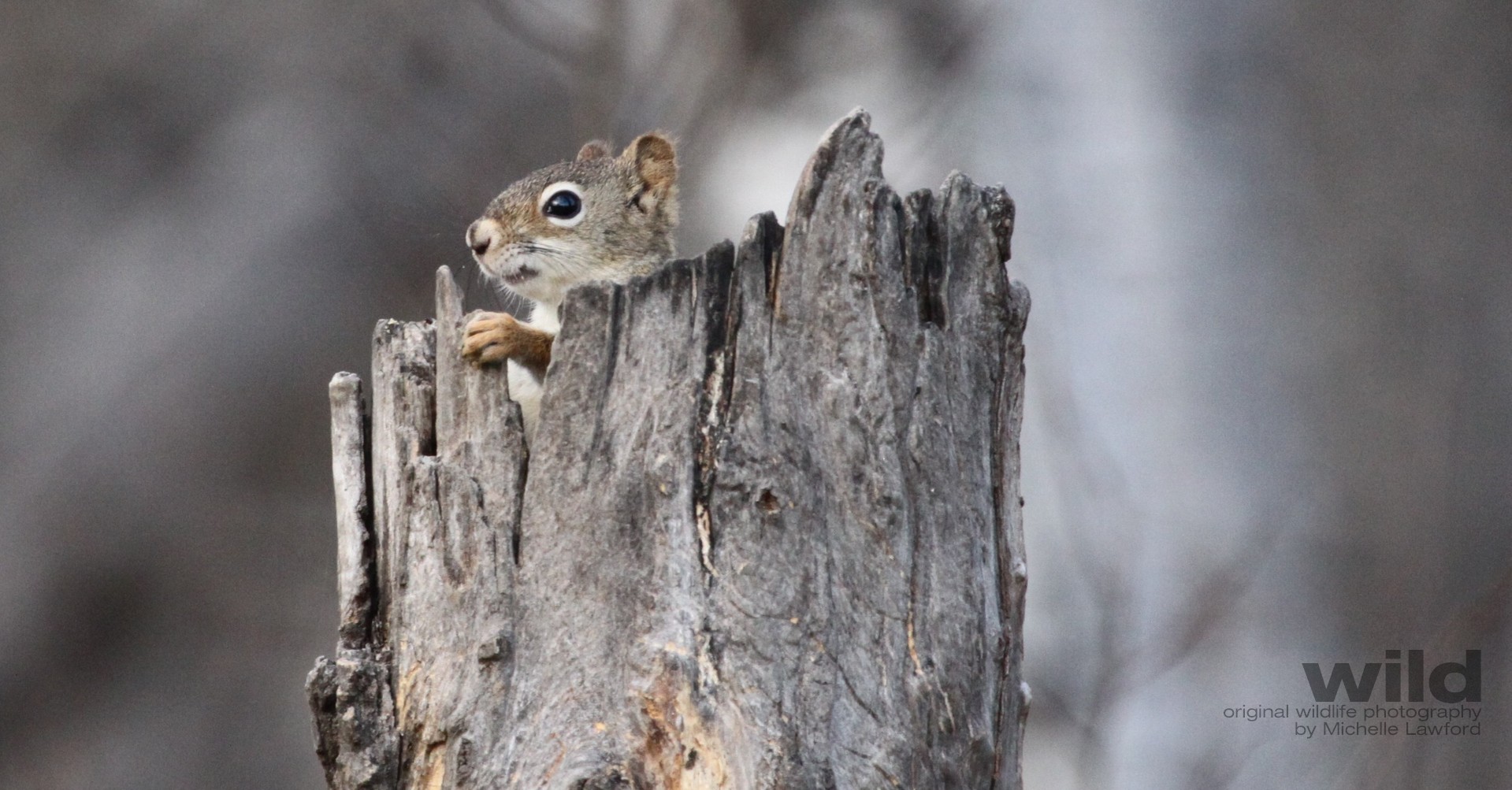
Squirrel
This little cutie kept me amused while I waited in a hide to photograph black bears in Riding Mountain National Park, Manitoba, Canada
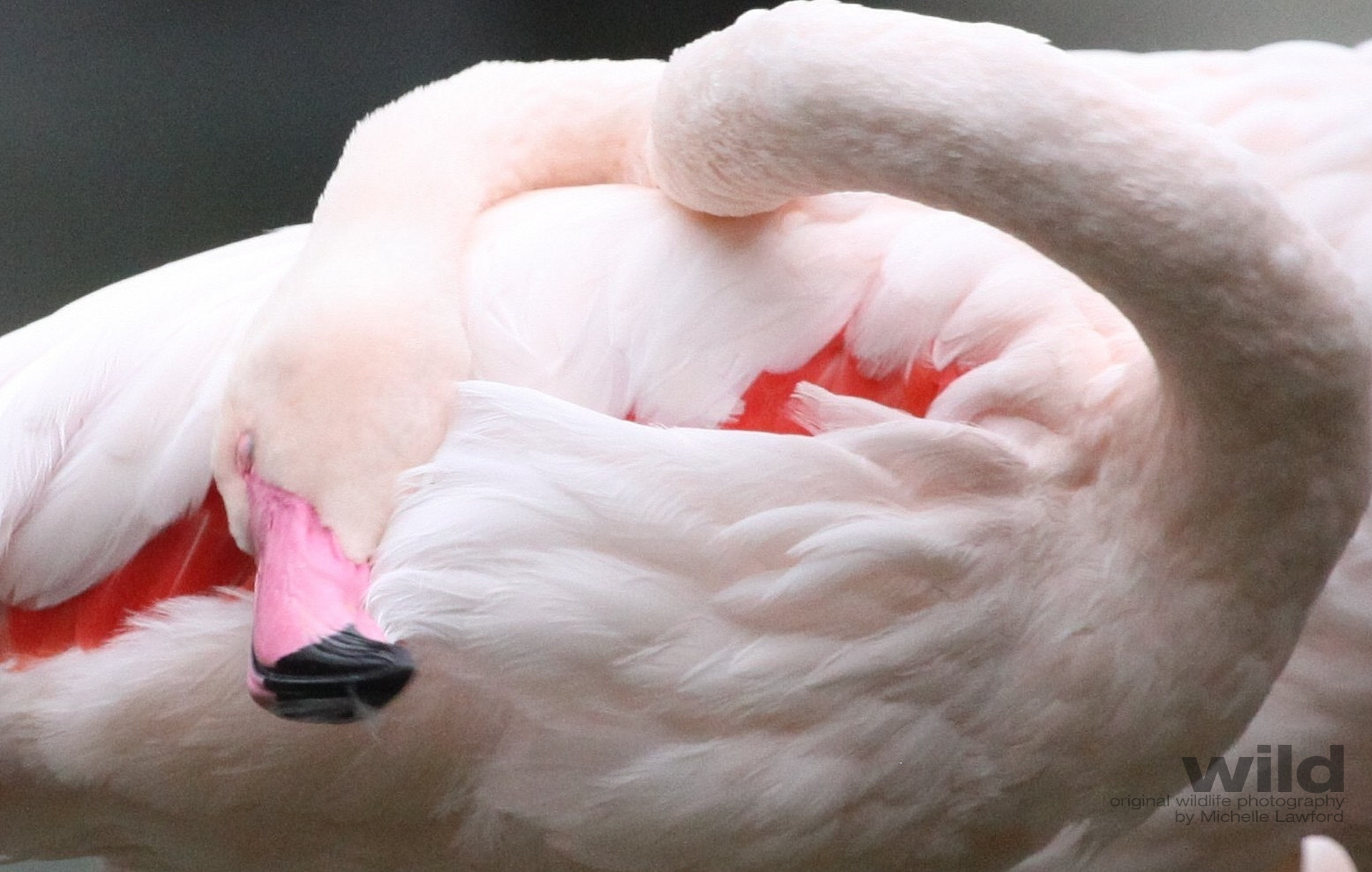
Flamingos
These wild flamingo have chosen to make their home in a park in Kowloon, Hong Kong.
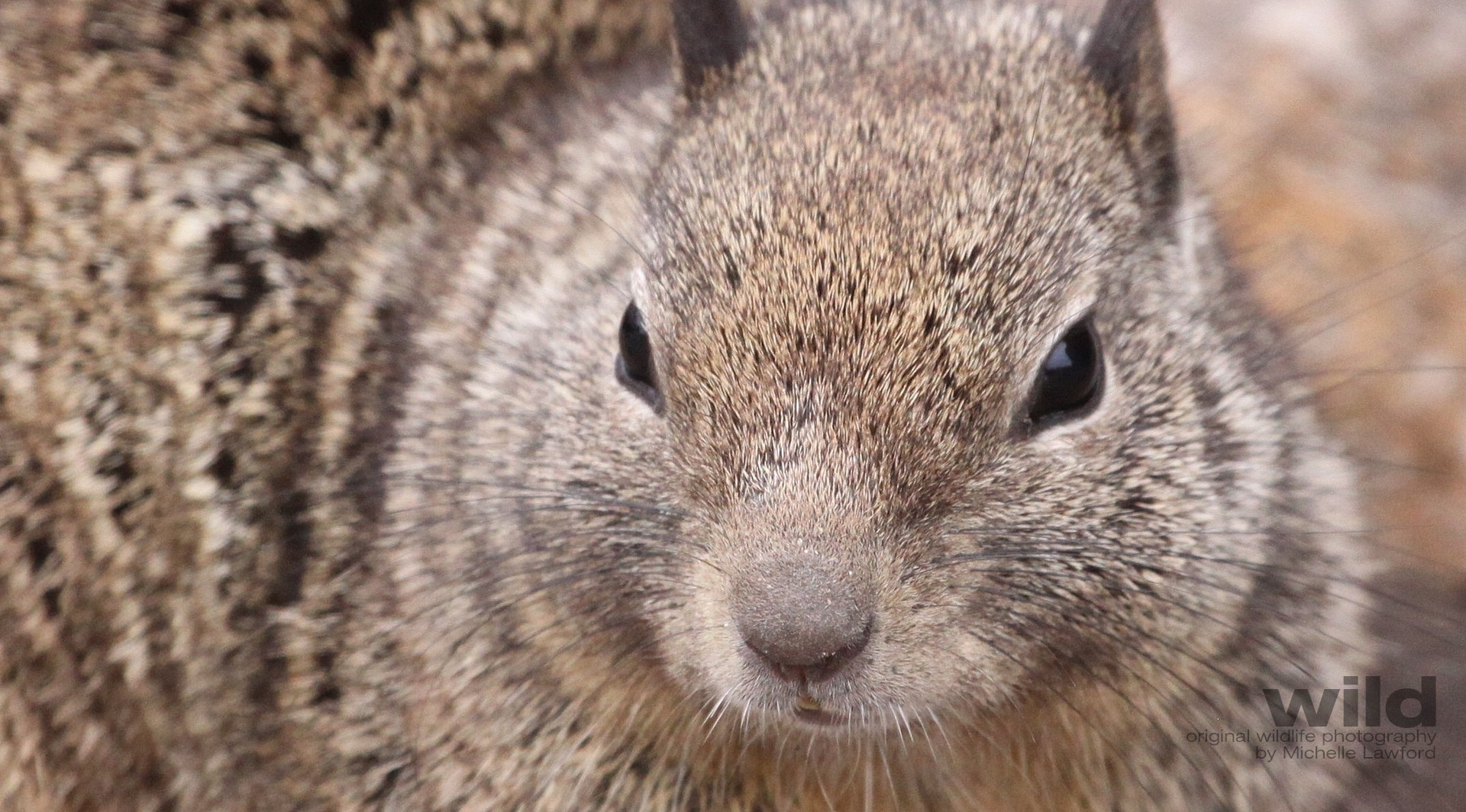
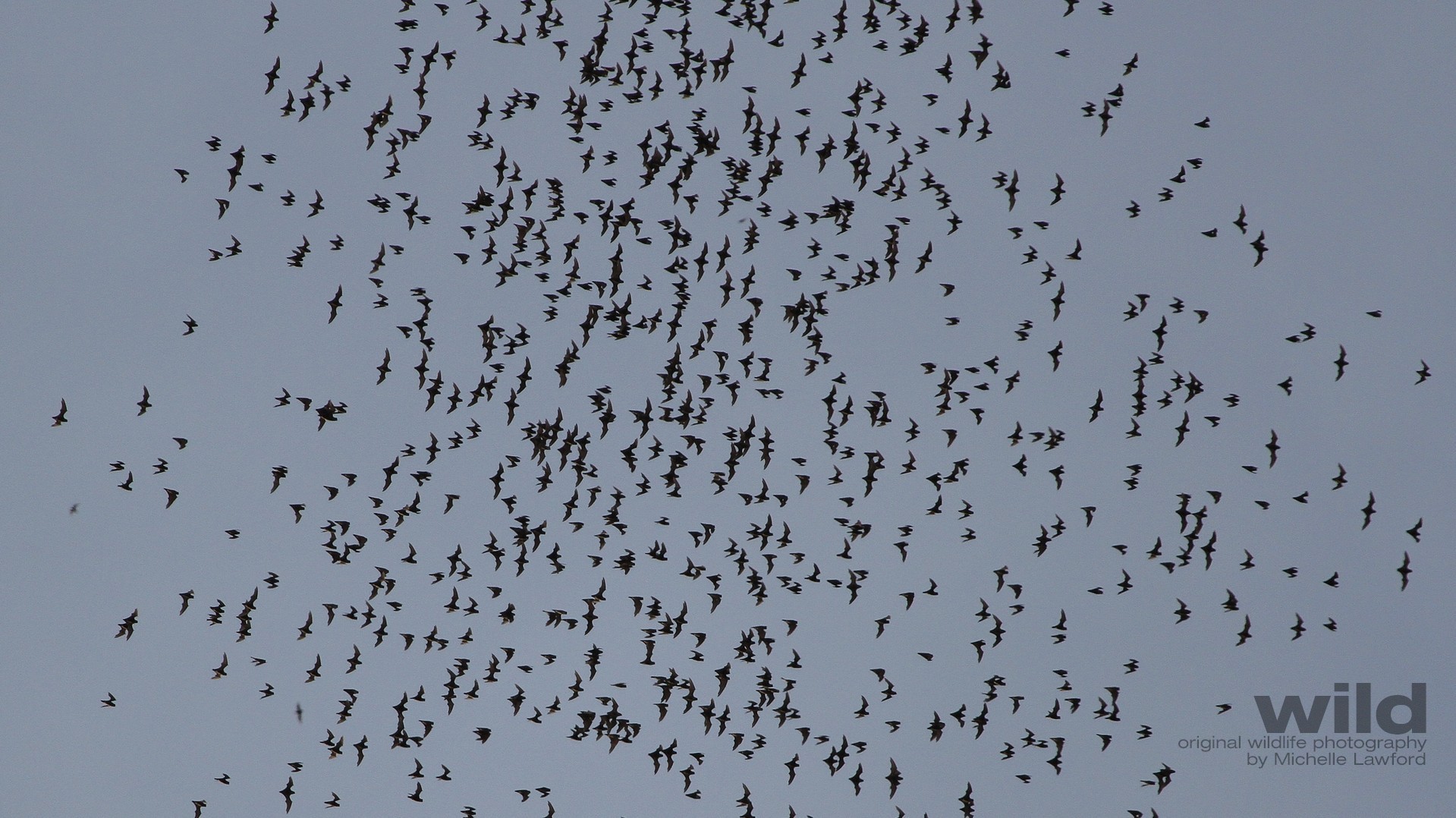
Micro Bats And Bat Hawks
At dusk, millions of bats emerge from Gomantang Cave in Sabah, Borneo. A hilltop close by provides a great vantage point.
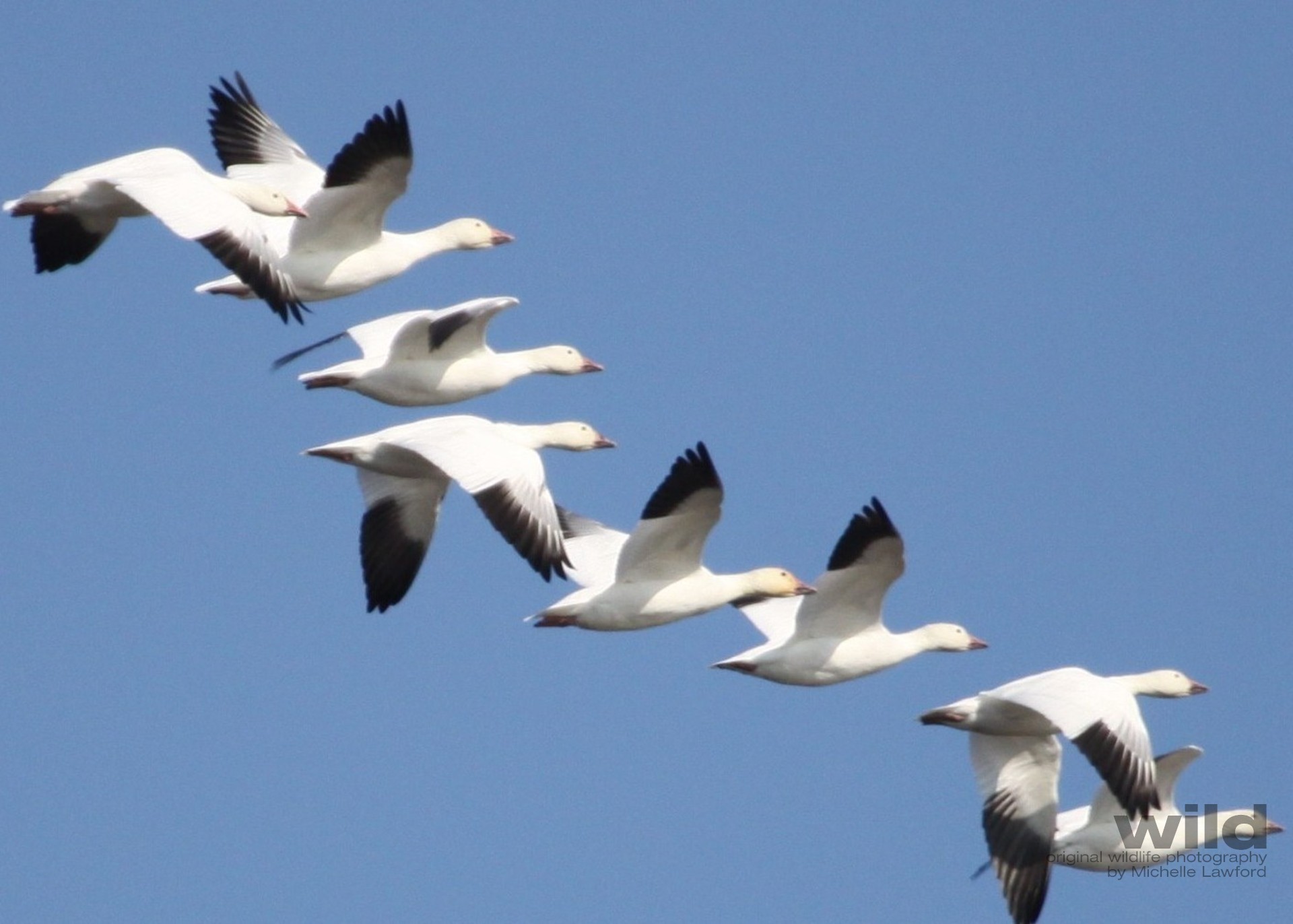
Canadian Snow Geese
Look up in the sky, anywhere in Canada, and you will see snow geese. They are a beautiful part of the Canadian experience.
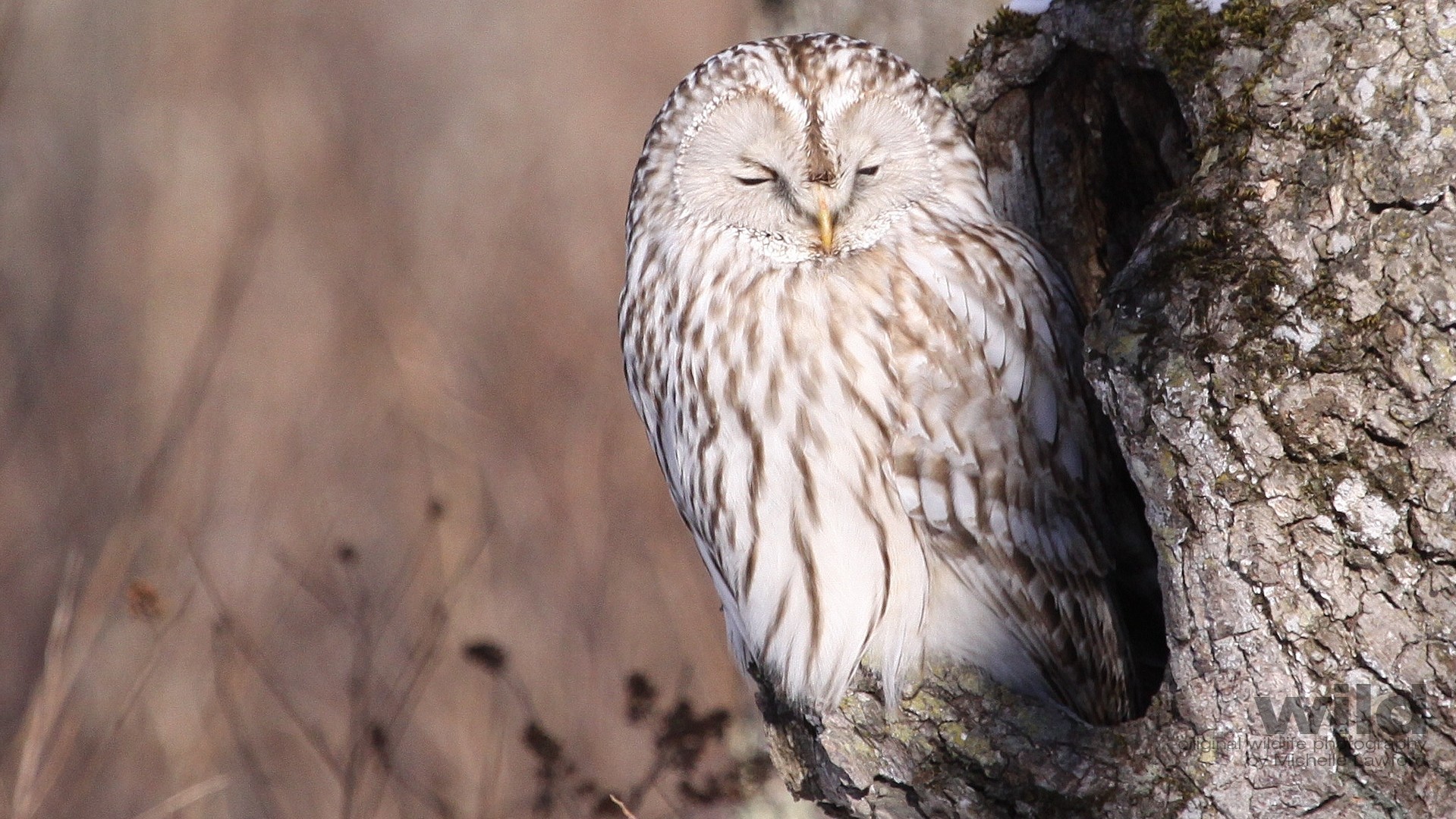
Ural Owl
Finding an owl in a forest on the island of Hokkaido in Japan, is like finding a needle in a haystack, without the help of a local indigenous guide.
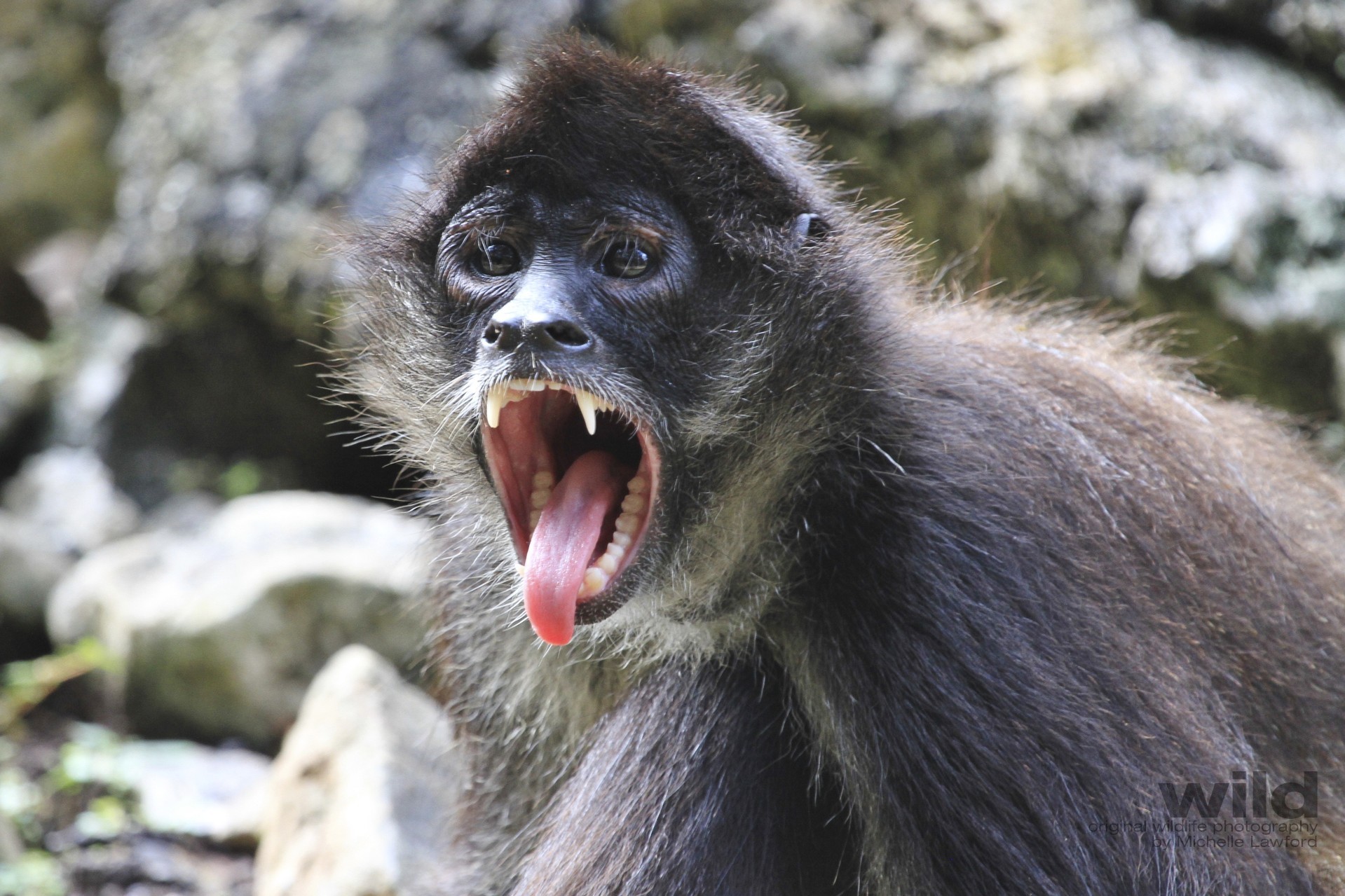
Spider Monkeys
In Tulum on the Yucatan Peninsula in Mexico, a large tract of jungle has been put aside to provide sanctuary for these monkeys. They show aggression by opening their mouths wide and sticking out their long tongue.
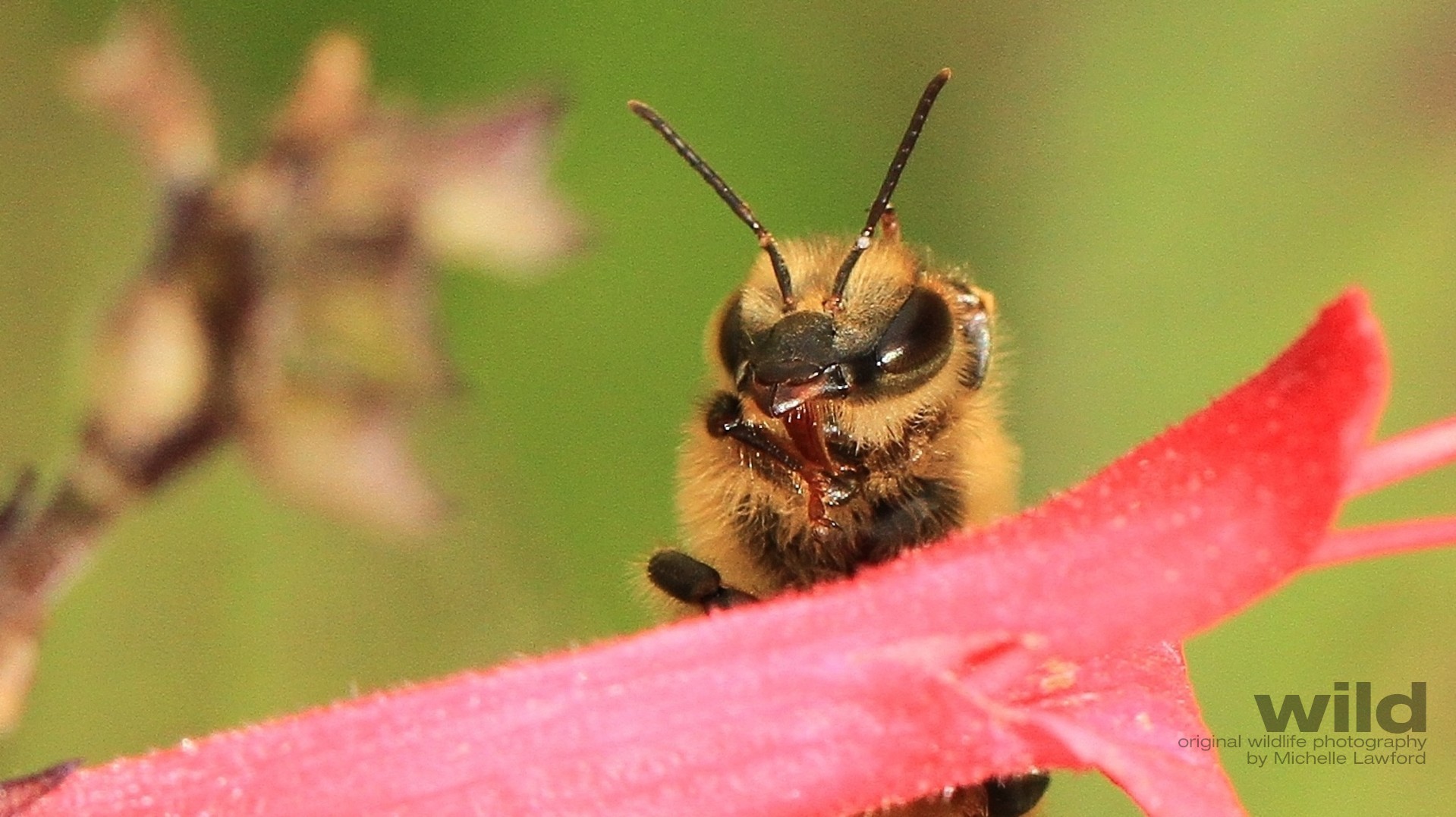
Bees And Flowers
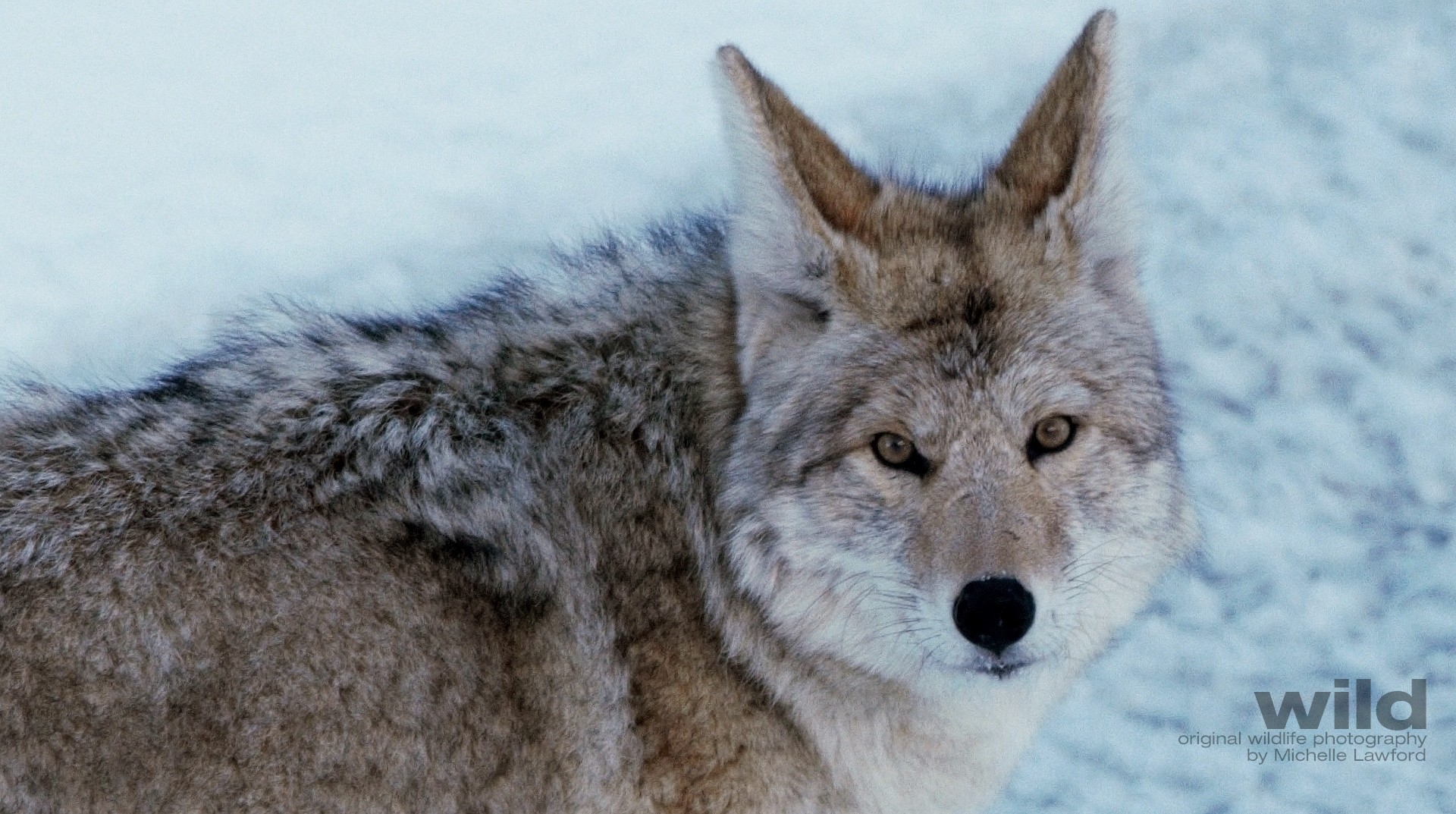
Coyote
One of the strangest close encounters I have ever had was in Yellowstone National Park, Wyoming/Montana, USA. A coyote started following me down the road and then sat next to me, like a pet, as I photographed other coyotes at a kill. Once the other coyotes had their fill and left, my friend sauntered down to the carcass and tore into it with such blood-thirsty enthusiasm, I was shaken out of my complacency and remembered this was an A predator.
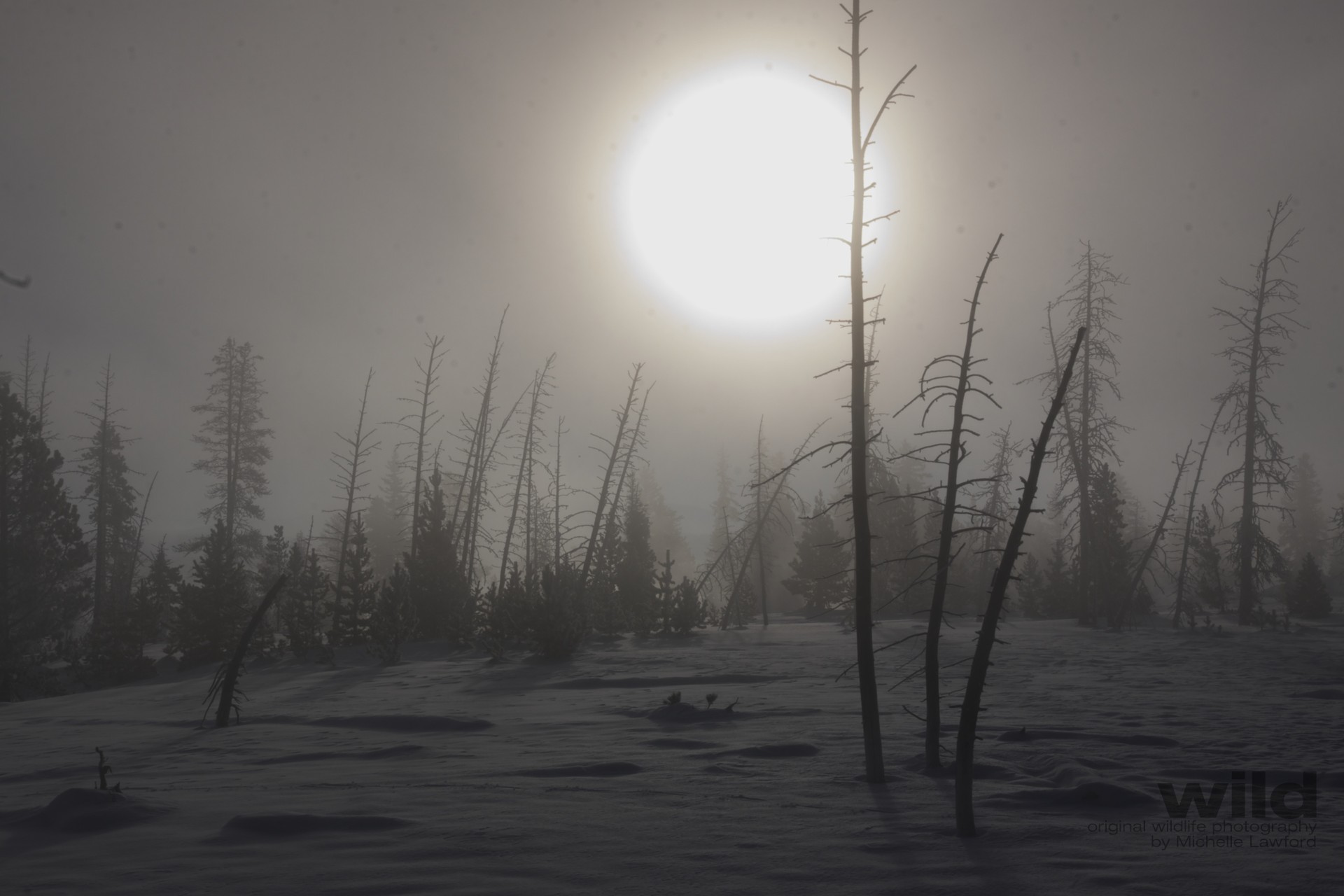
Yellowstone Winter
There are no words to describe the beauty of this national park in winter. In a world full of amazing places, Yellowstone in winter must surely be one of the most magical places on the planet.
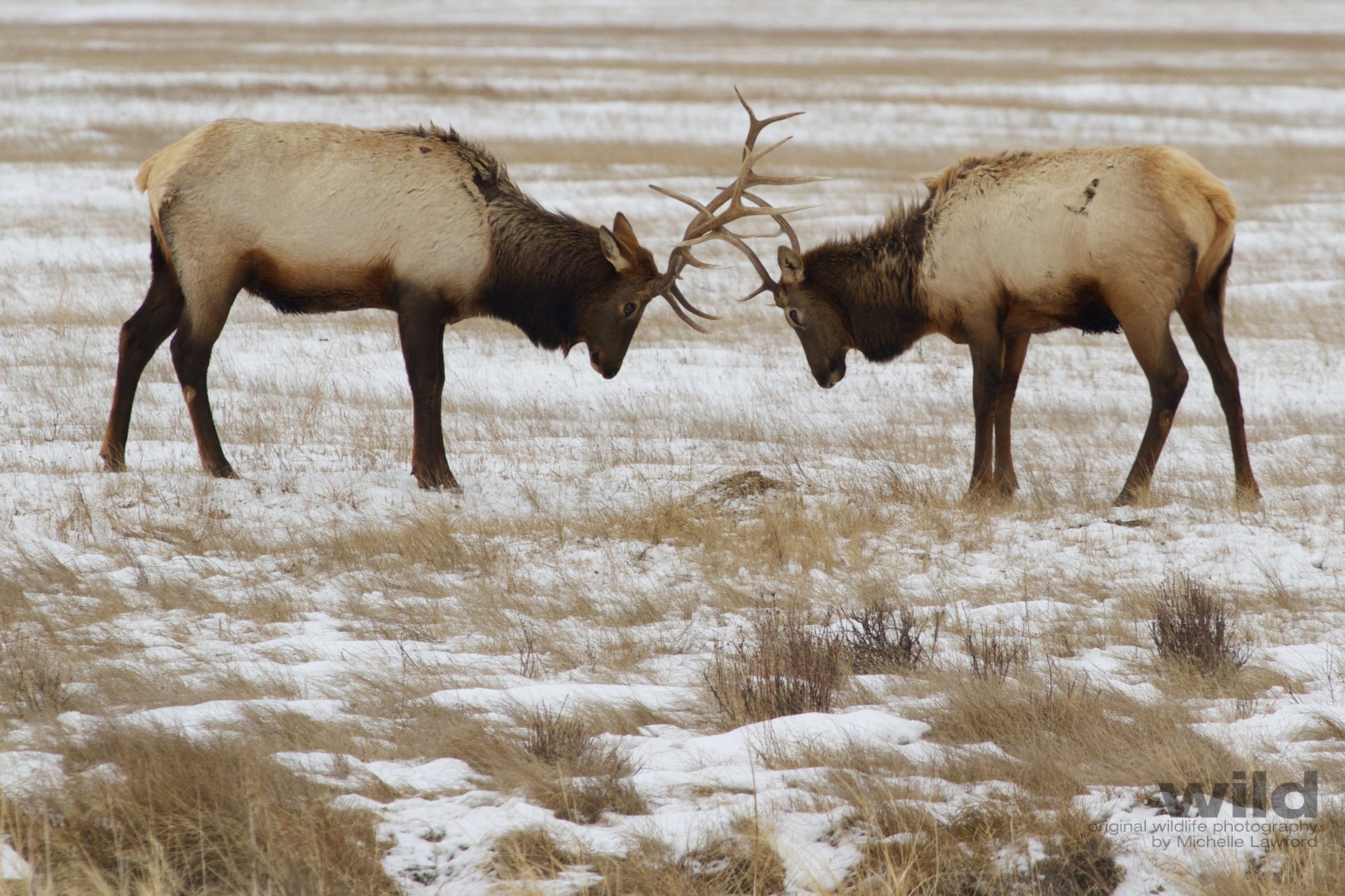
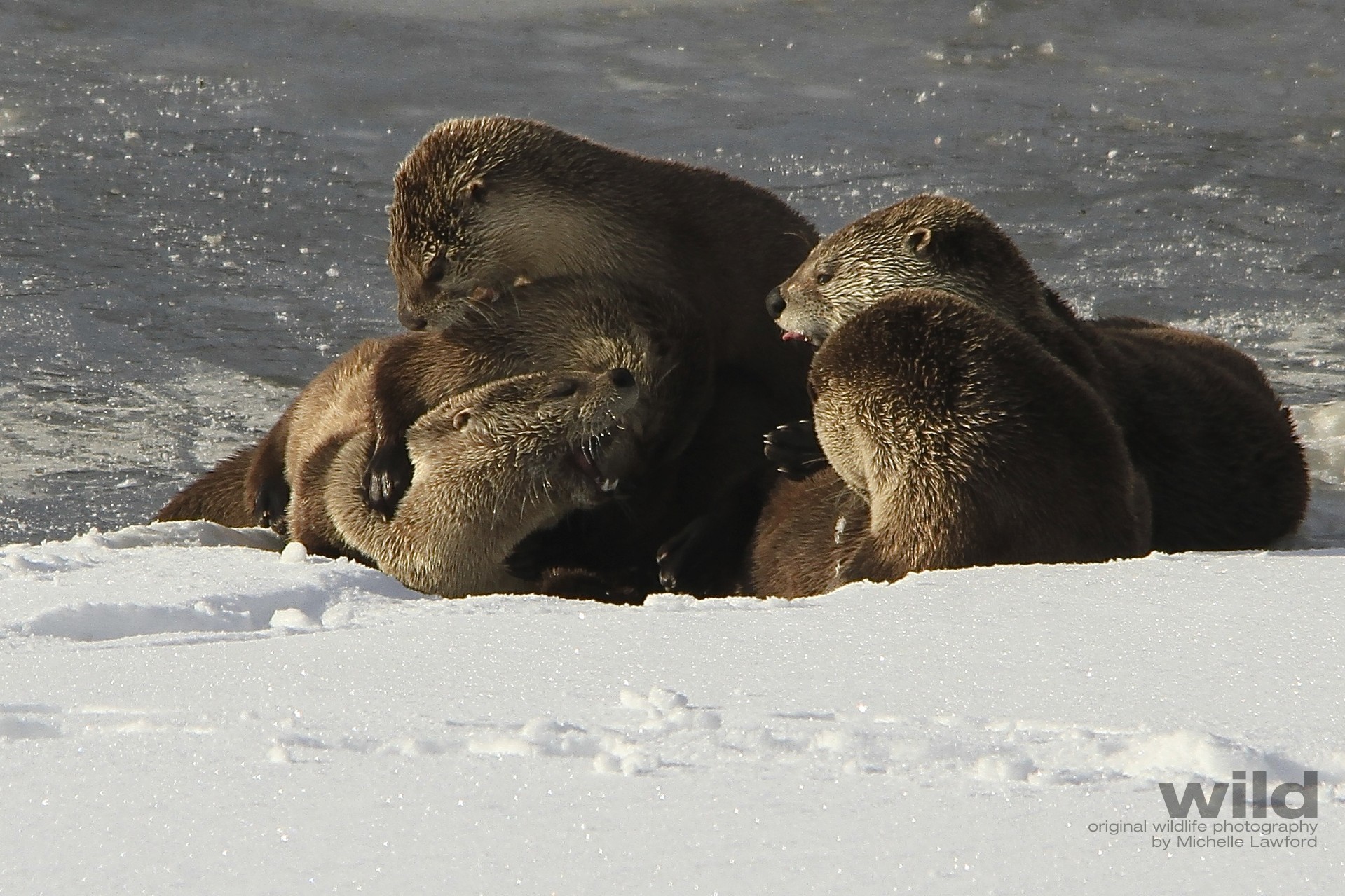
River Otters
These playful otters in Grand Teton National Park, Wyoming USA, love to snuggle up together on the snow by the river, to warm up after a fishing expedition.
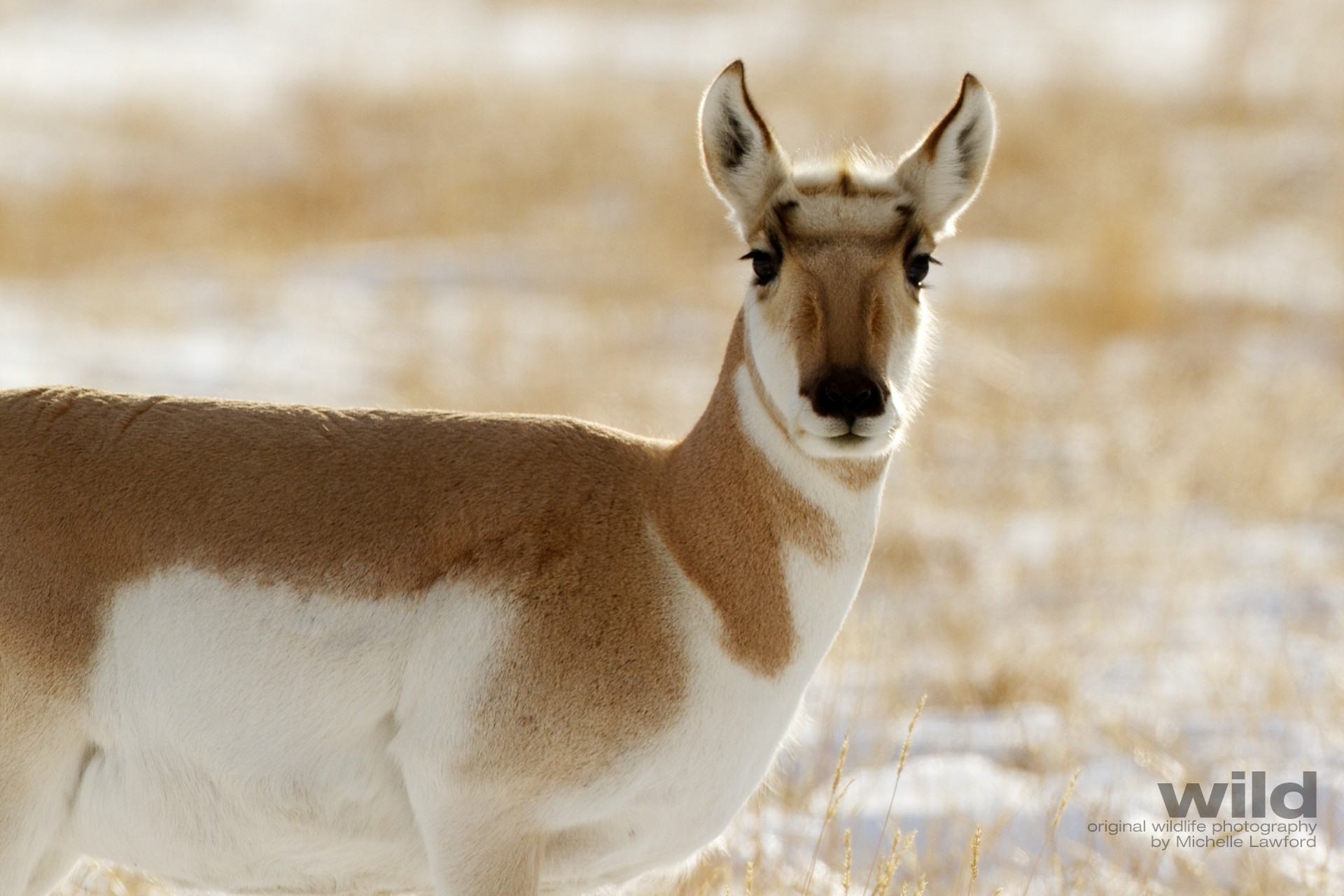

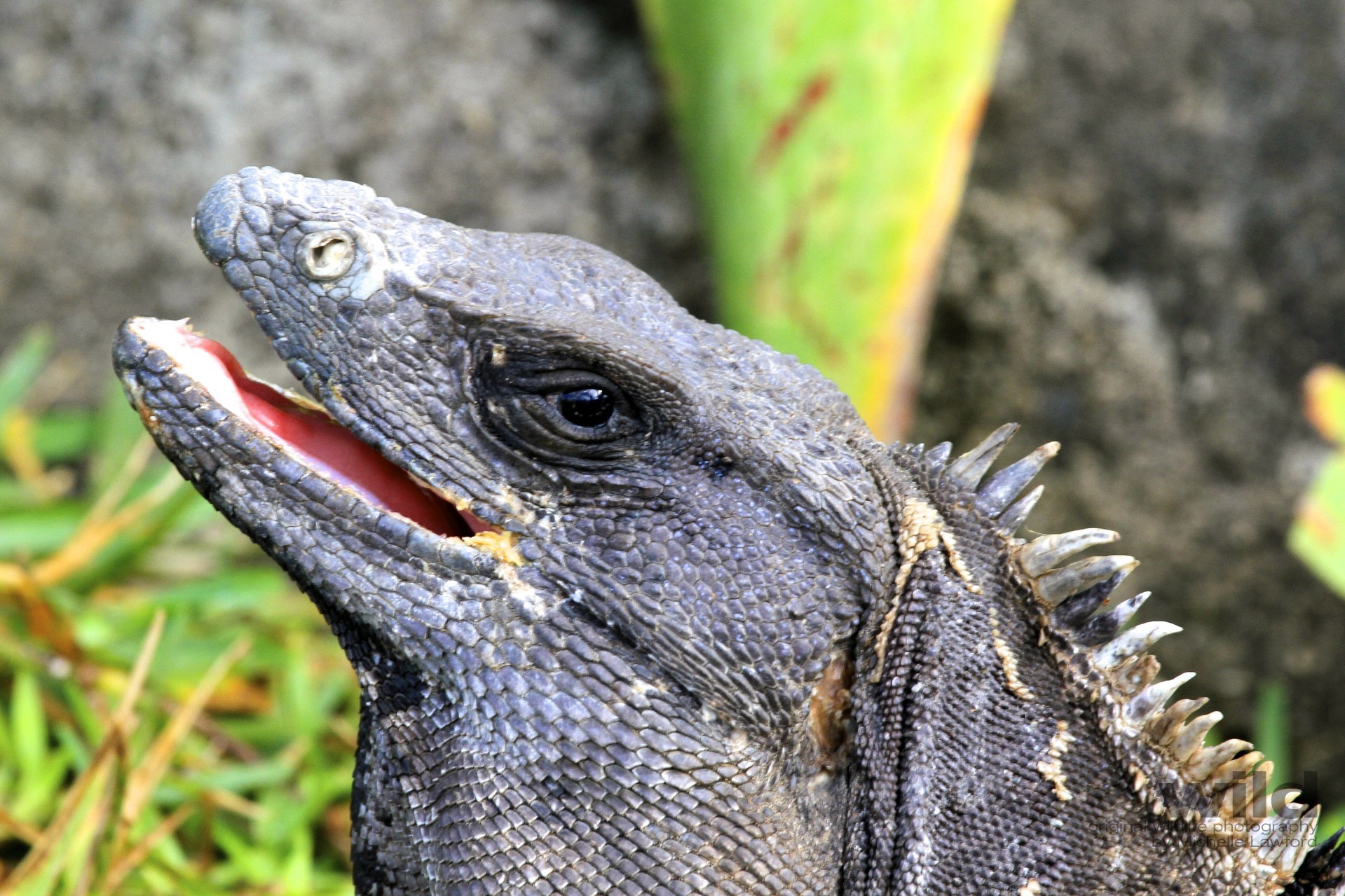

Camargue Horses River
The most ancient breed of horse on the planet frolics in the rivers of the Camargue in the south of France, under the intergenerational stewardship of the local Guardians. Standing in the chilly river in winter to capture these horses as they galloped past, was absolutely thrilling.
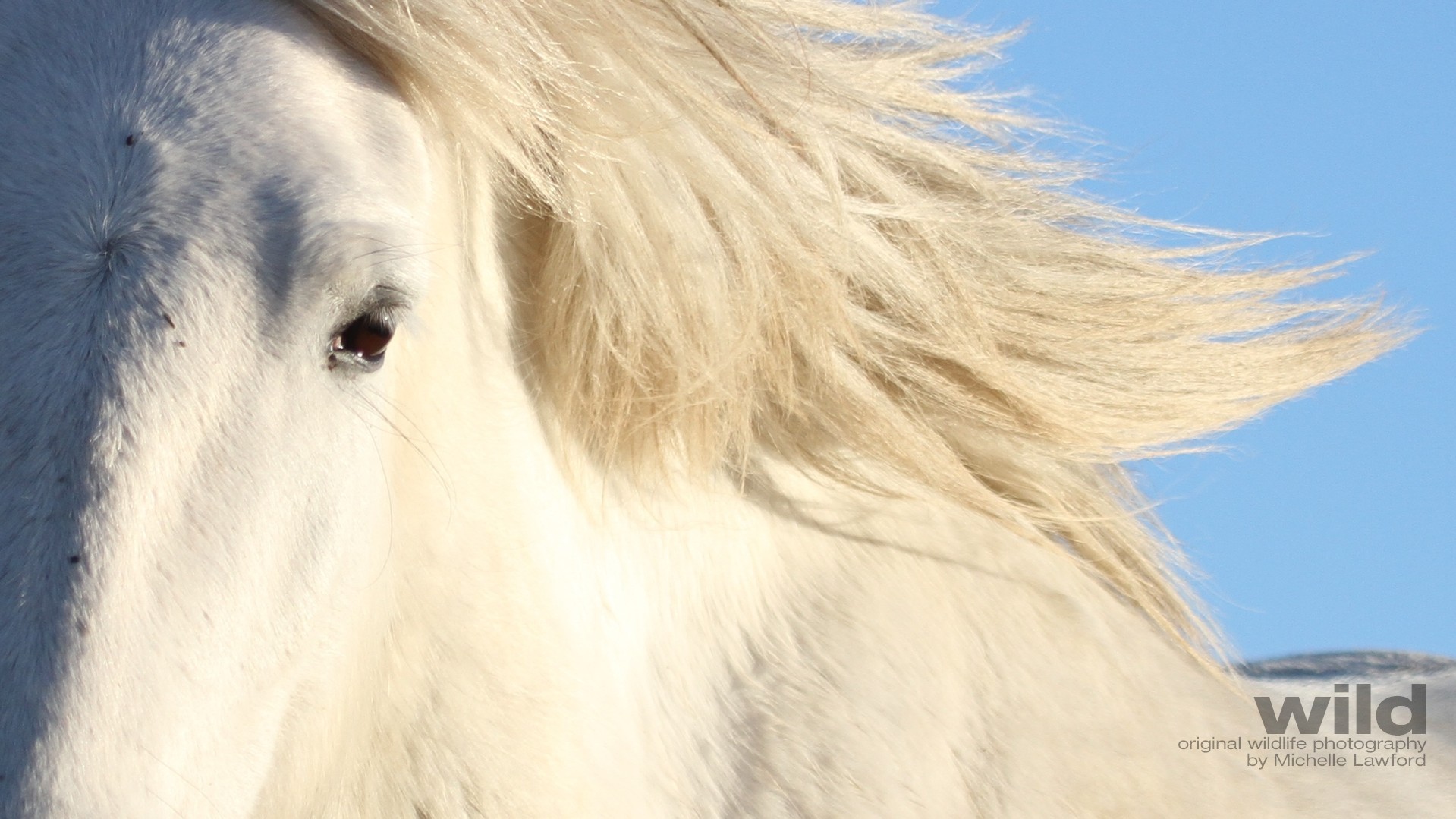
Camargue Horses Beach
The most ancient breed of horse on the planet frolics along the beach in the south of France, under the intergenerational stewardship of the local Guardians. Lying on the beach to capture the horses as they galloped past was an amazing close encounter.

Camargue Horses Portraits
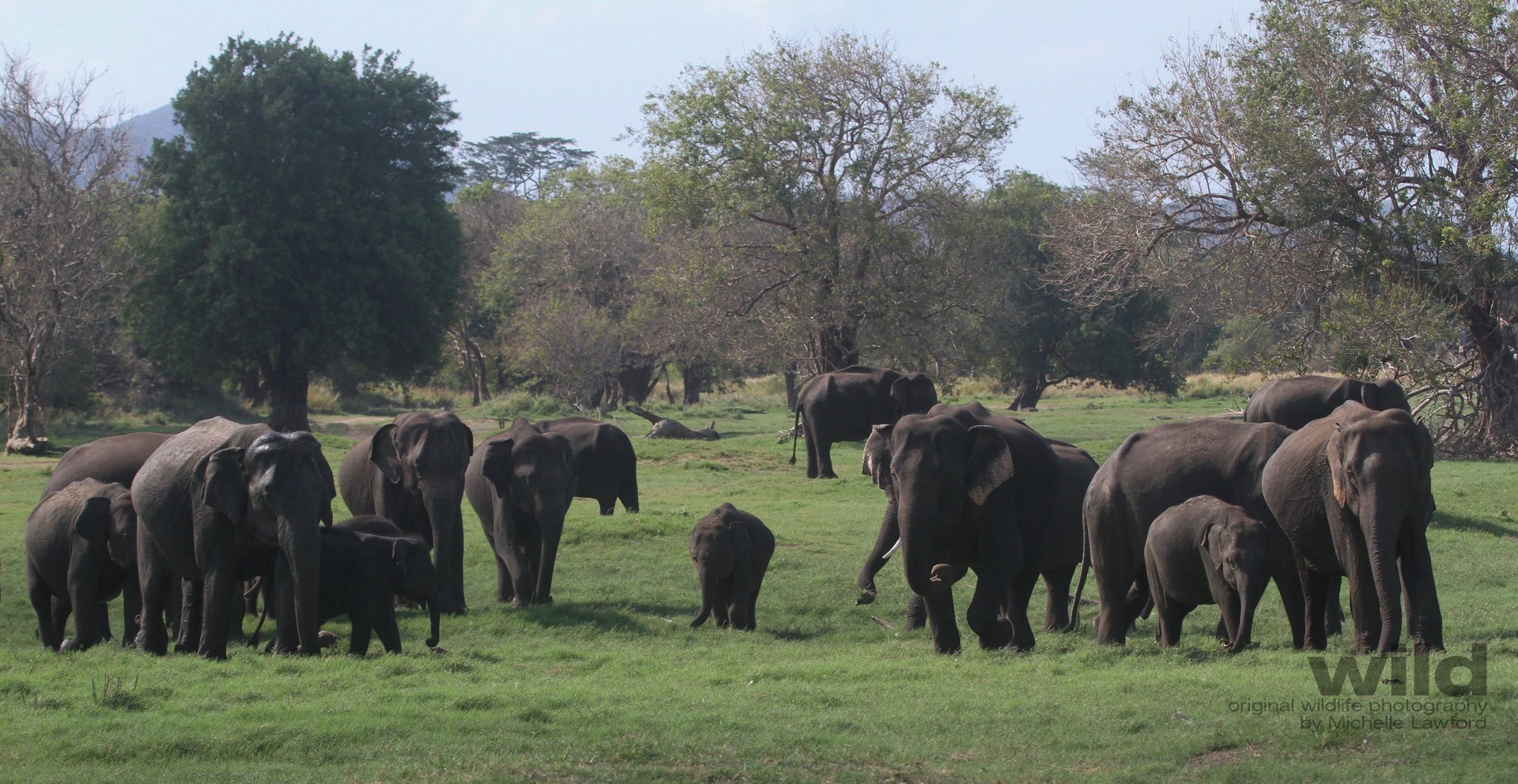
The Gathering
The Gathering is an annual elephant migration in Sri Lanka. Elephant families come to Lake Minneriya to socialise, catch up on news and introduce their new young to other elephant families. It’s a bit like getting together at Christmas plus taking a mud bath.
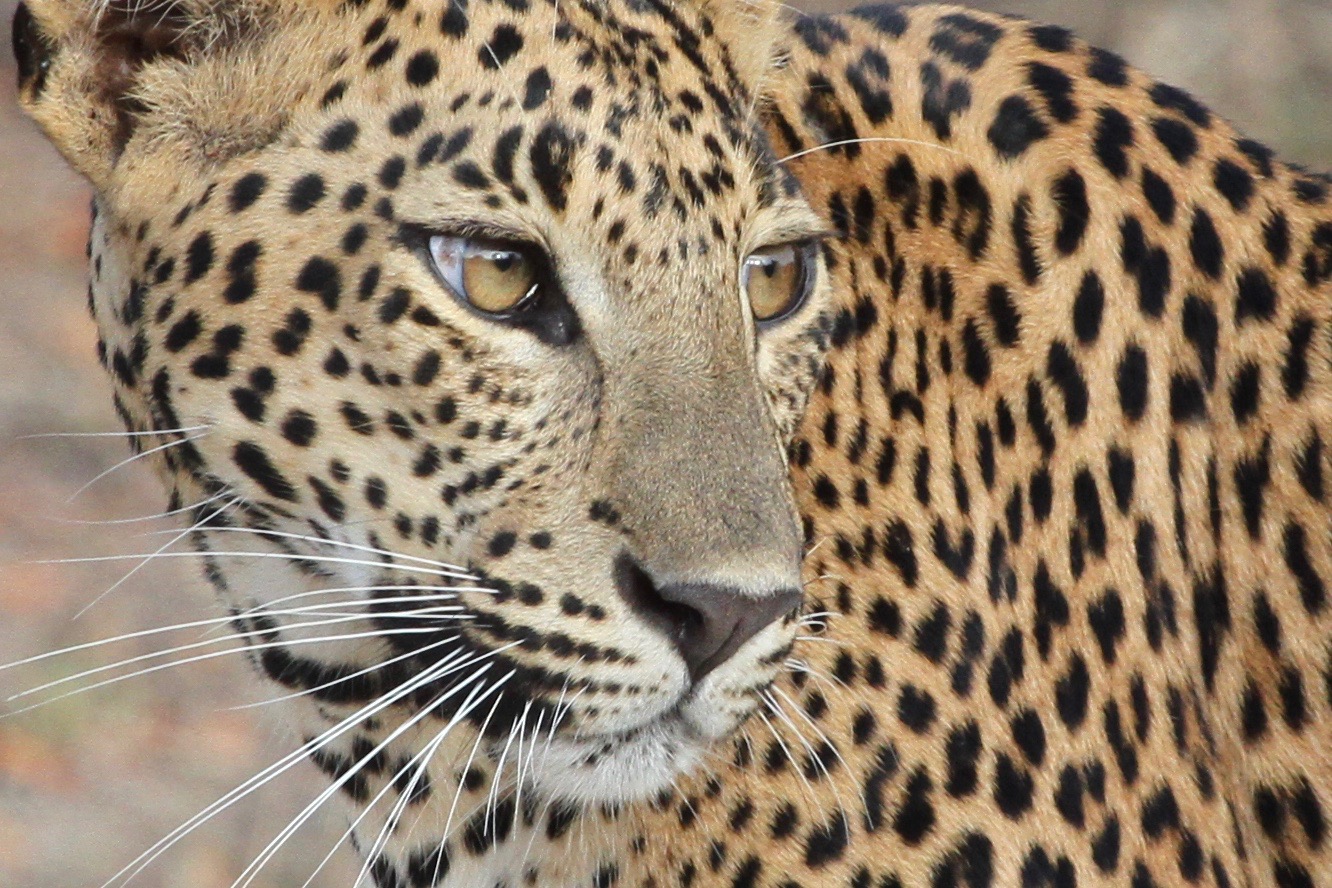
Asian Leopards
Seeing a leopard in the wild is such a thrill. Yala National park in Sri Lanka has the highest population of leopards, per square metre, than anywhere else in the world. However, it still isn’t easy finding a leopard or two.
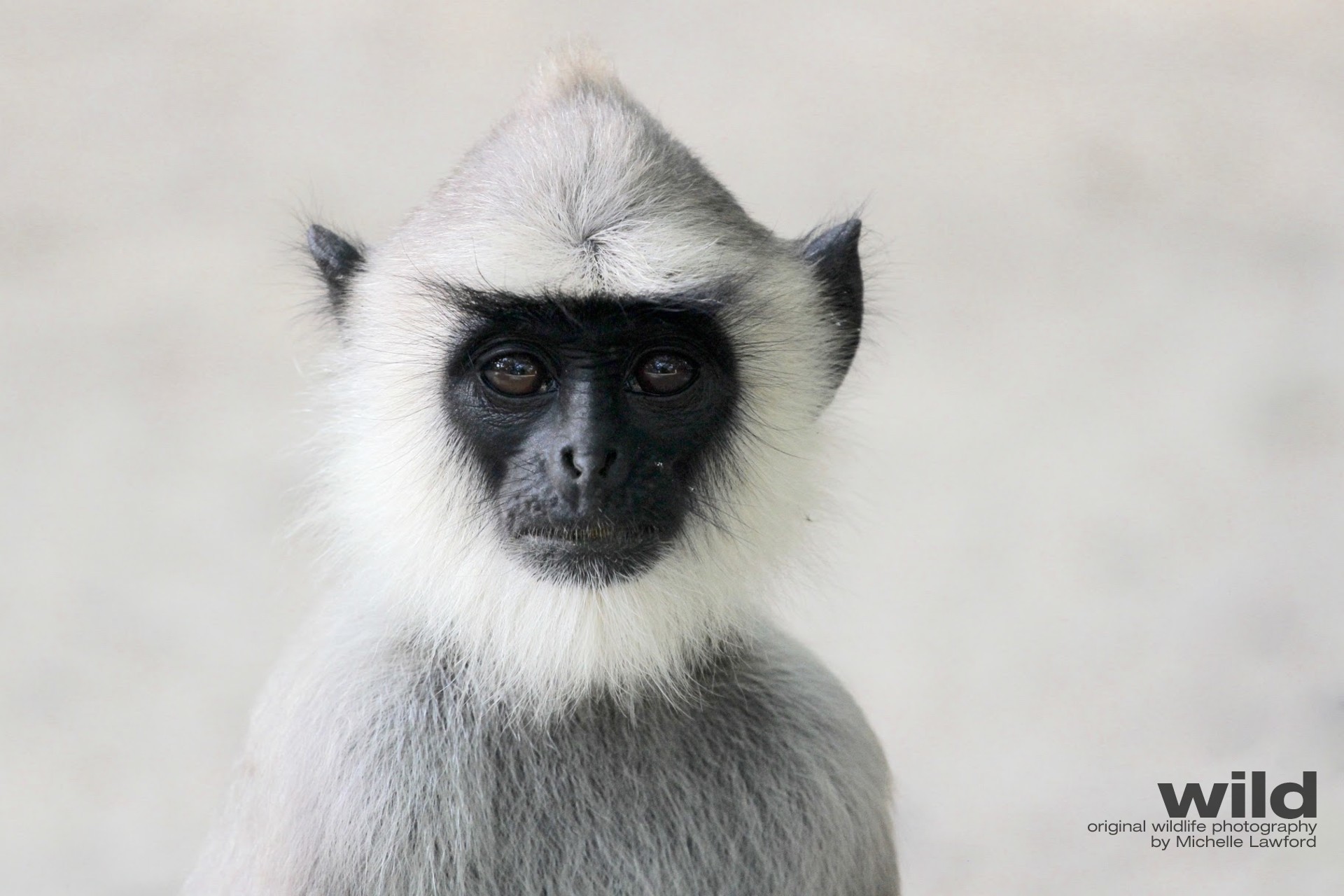
Black Faced Langur
In Yala National Park, Sri Lanka, these primates love to stick together in big family groups, in the shade. Youngsters play, mums breastfeed or cuddle sleeping babies and everyone grooms each other to strengthen family bonds.
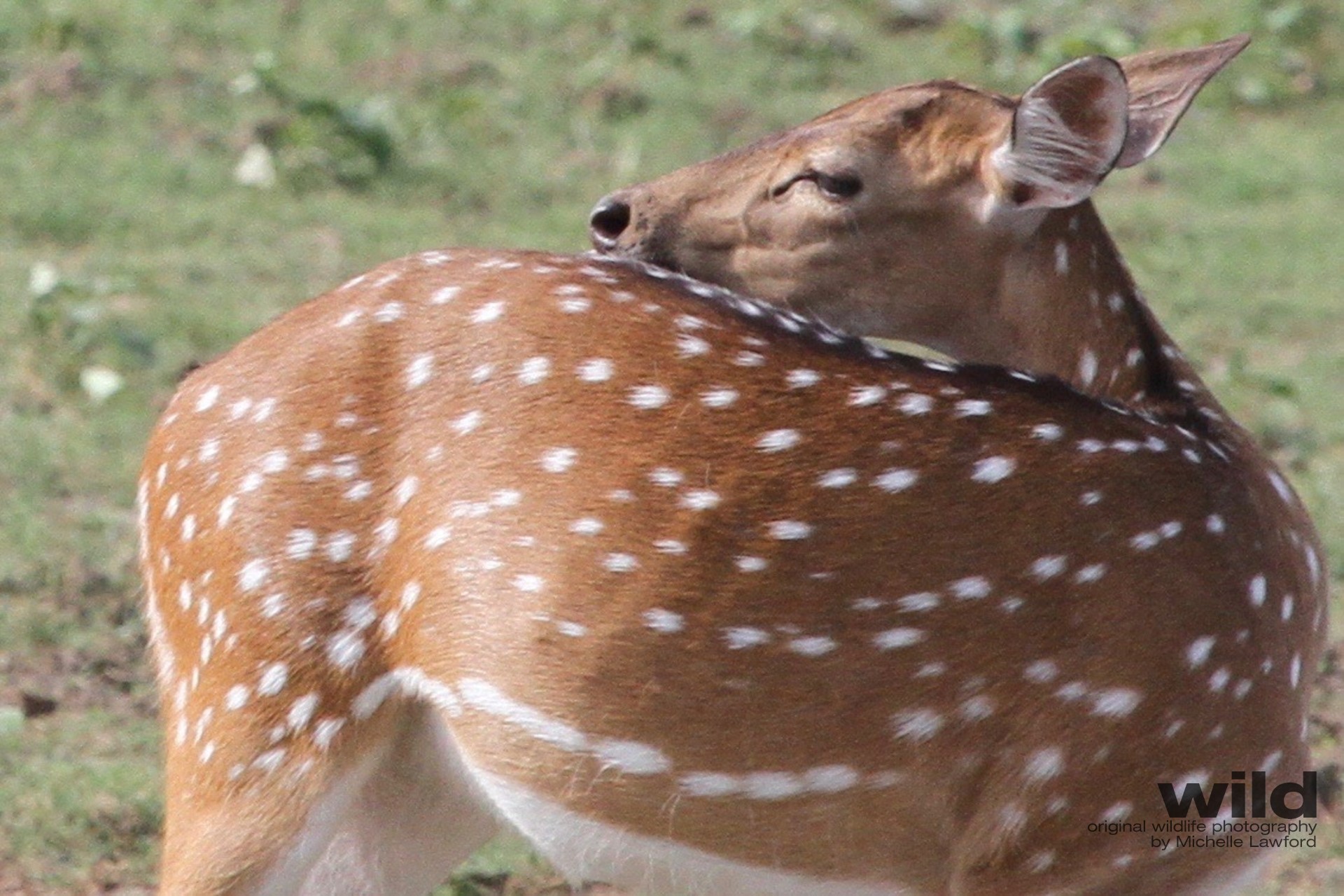
Spotted Deer
The favourite food of the Asian leopard, spotted deer are ubiquitous throughout Yala National Park in Sri Lanka
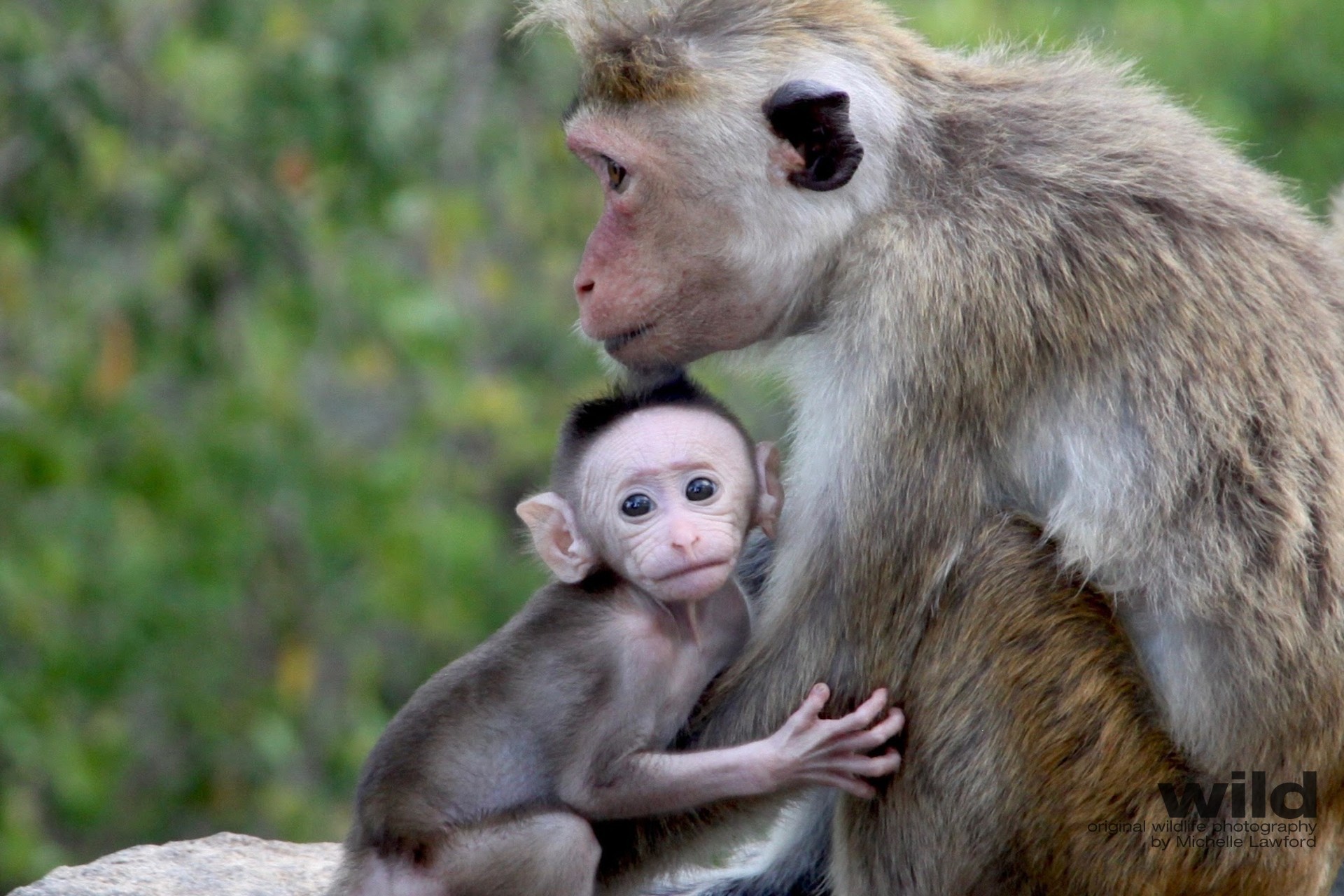
Macaques
These macaques in Ulu Watu, Bali, are extremely cheeky and aggressive towards humans who invade their space.
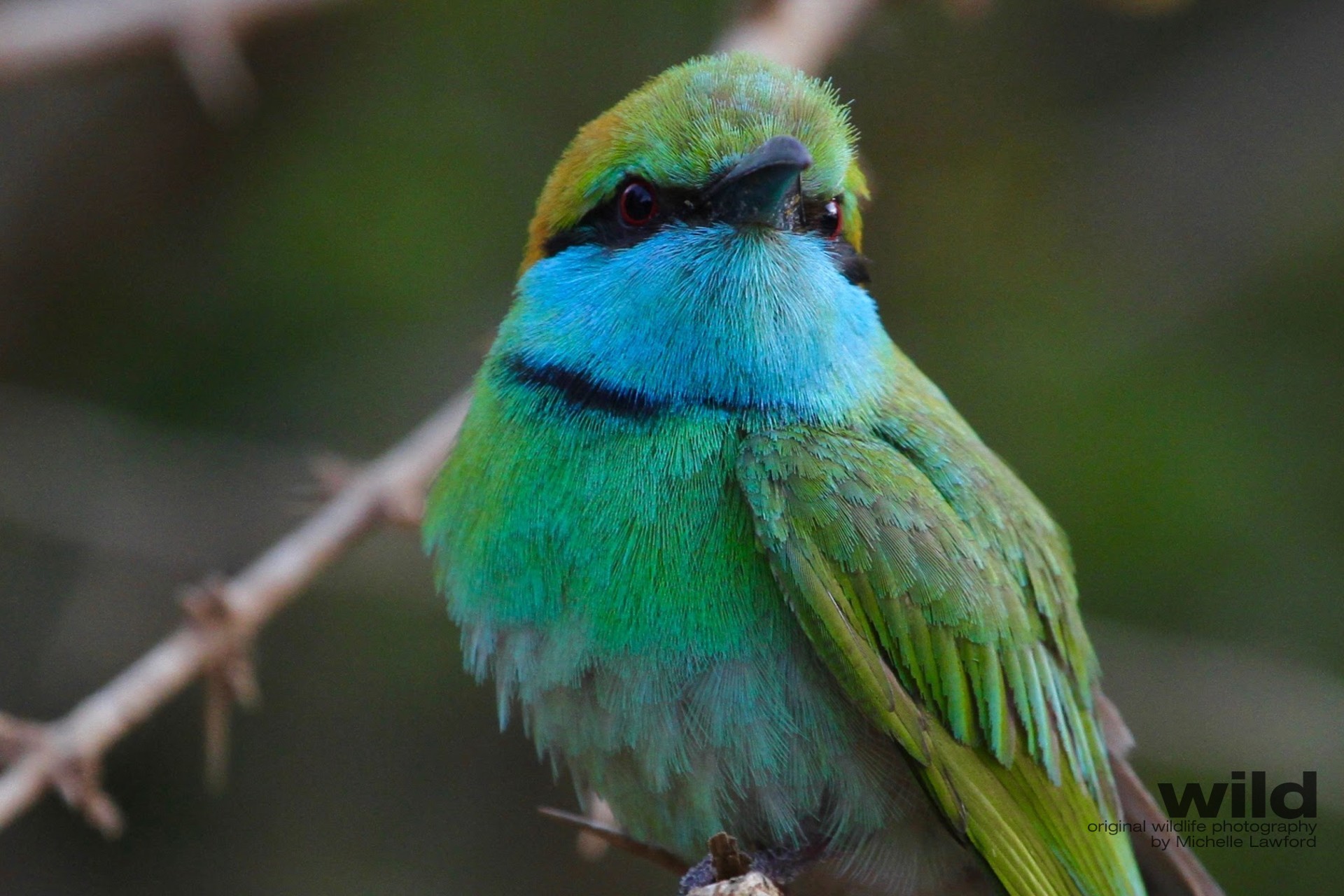
Birds Of Sri Lanka
In Yala and Ulawati national parks, and at lake Minnerya, peacocks strut amid the elephants, deer and leopards, while sea eagles soar above.
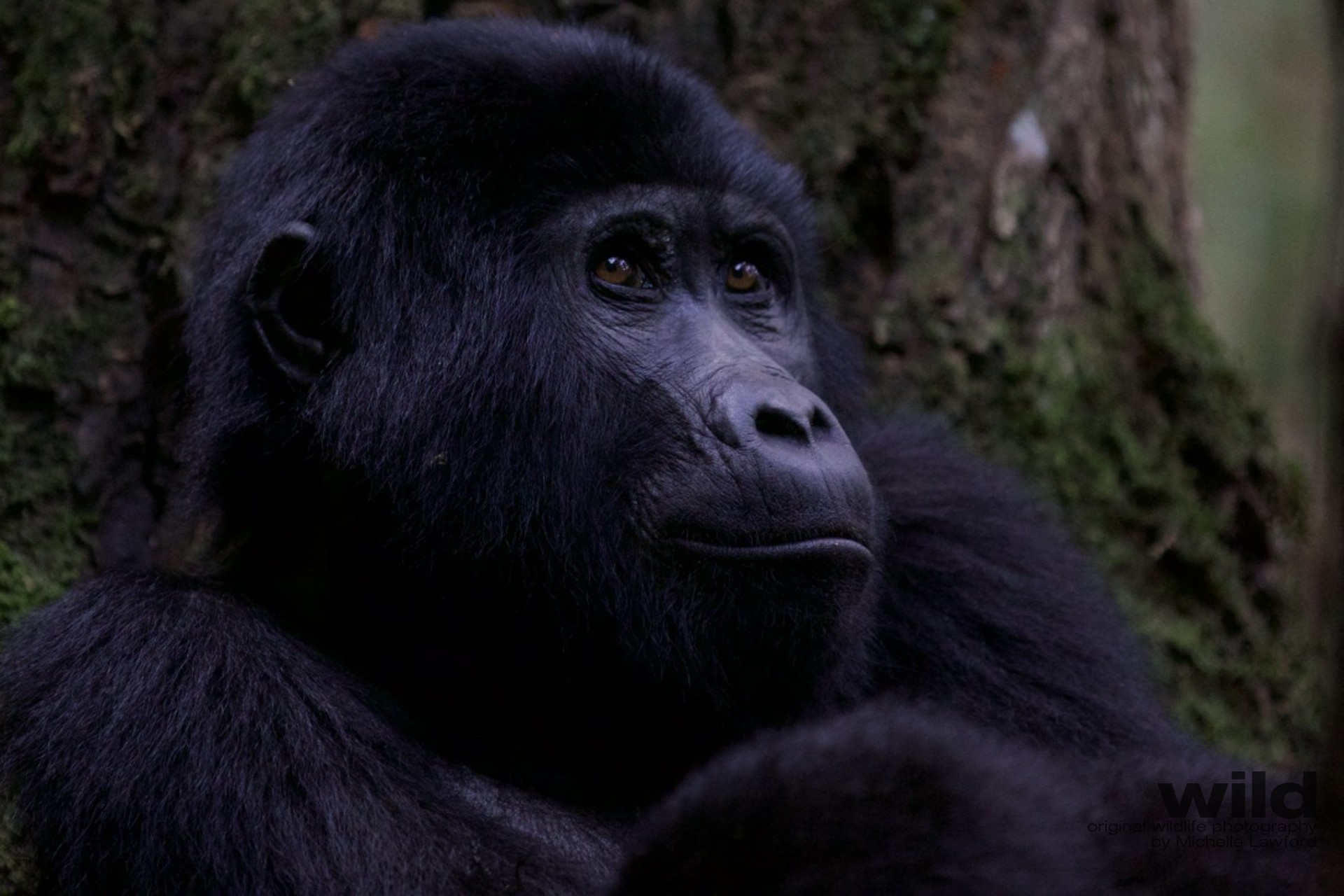
Mountain Gorillas
Join me in the Bwindi Impenetrable Forest in Uganda for an intimate window into the lives of 2 gorilla families. Exhausted mums breastfeed or keep a watchful eye over naughty youngsters, while the male silverback stays alert and on patrol. The jungle here is a challenge to hike through and has definitely earned its name. You can spend many hours tracking the gorillas as they swiftly move through the forest and up the mountains with ease, as the humans stumble and scramble to keep up (at an extremely safe distance).
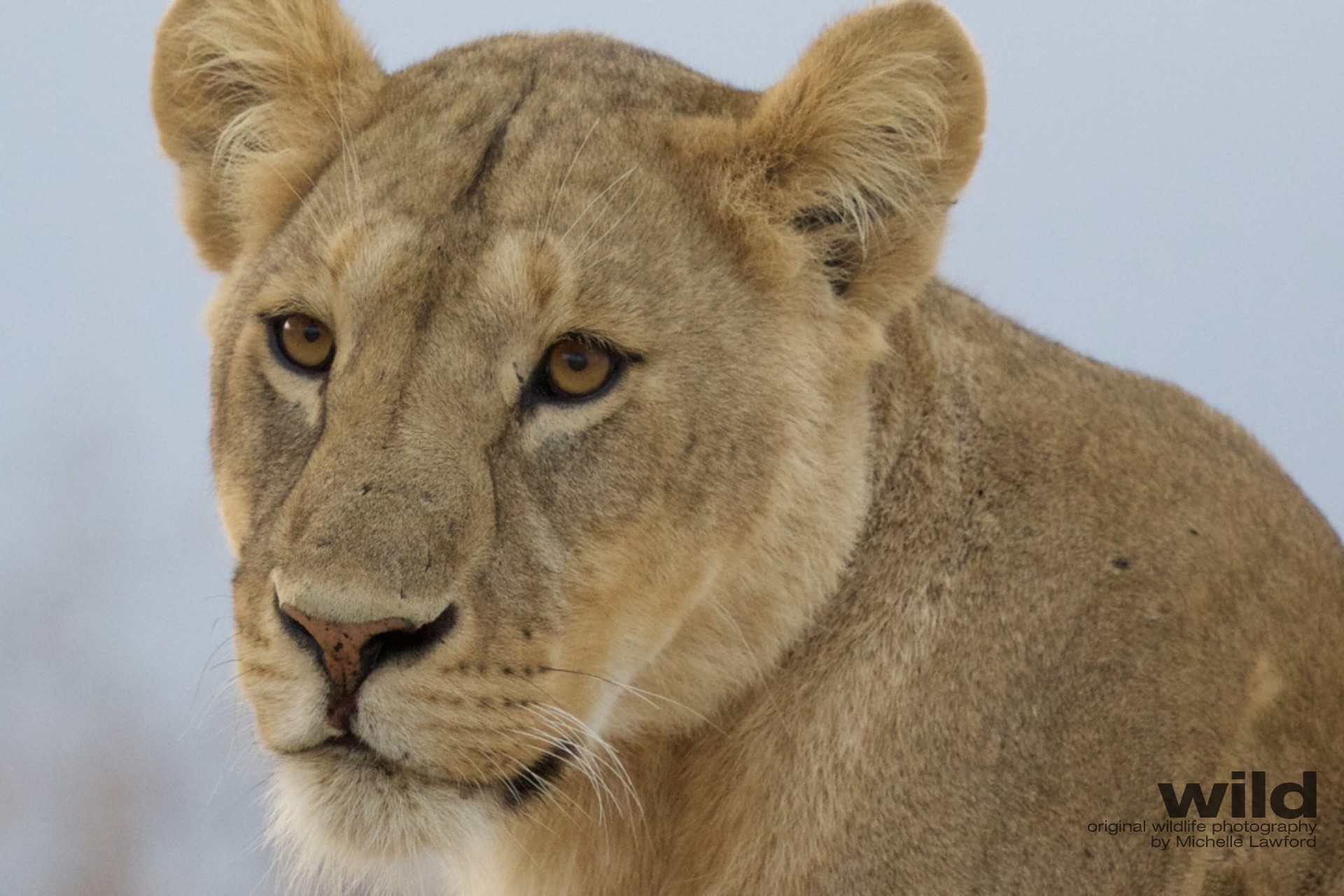
African Lions
These beautiful East African animals live in Queen Elizabeth National Park in Uganda, Serengeti and Ngorongoro Crater in Tanzania and Masai Mara in Kenya.
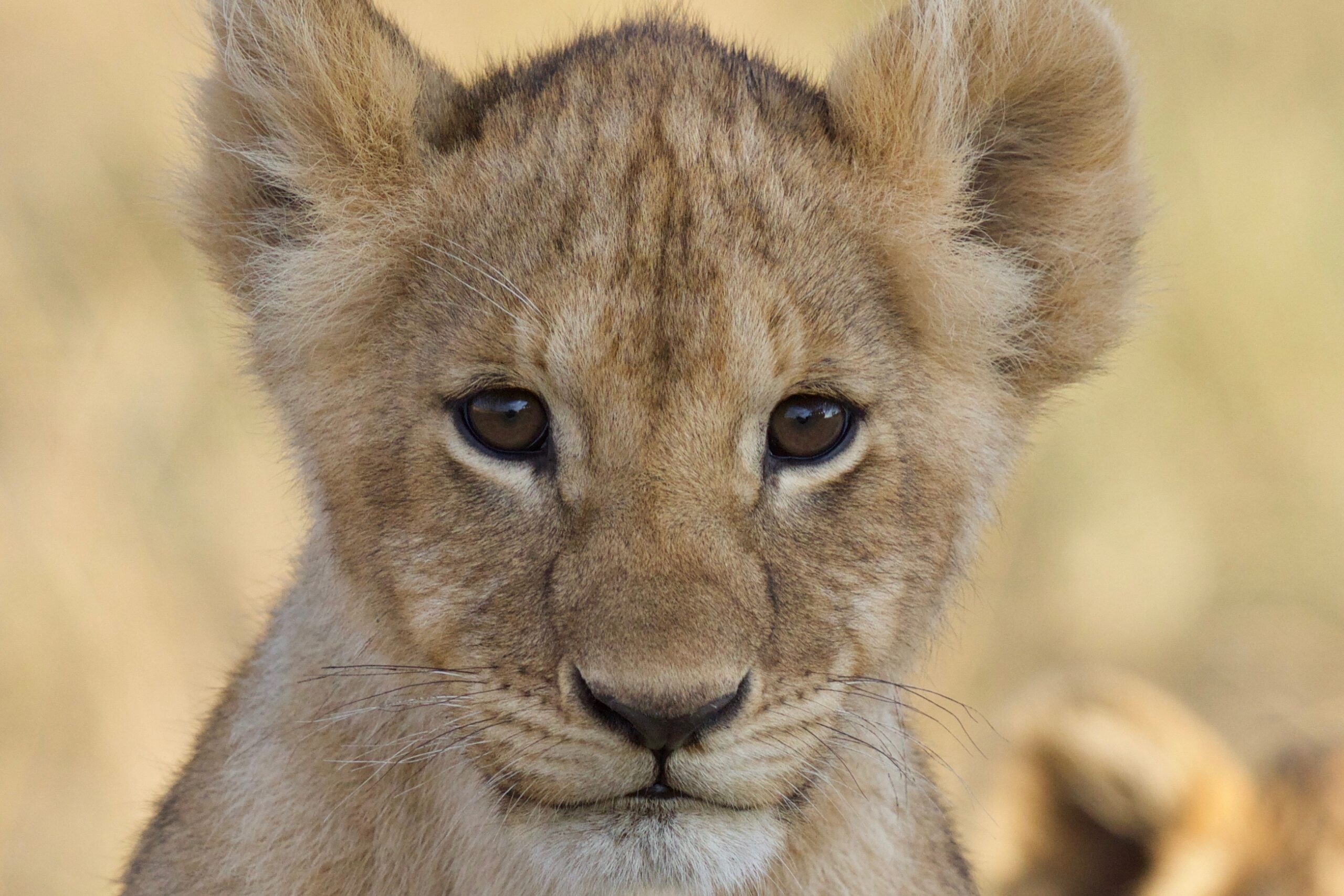
African Lion Mums And Cubs
Who cannot feel their heart melt when looking into the eyes of a lion cub? These beautiful cats and their devoted mums live in Masai Mara Kenya and Serengeti in Tanzania, East Africa. Cubs frolic in the golden light and play hide and seek in the long golden grass, or harass mum. Mums watch, encourage or castigate.
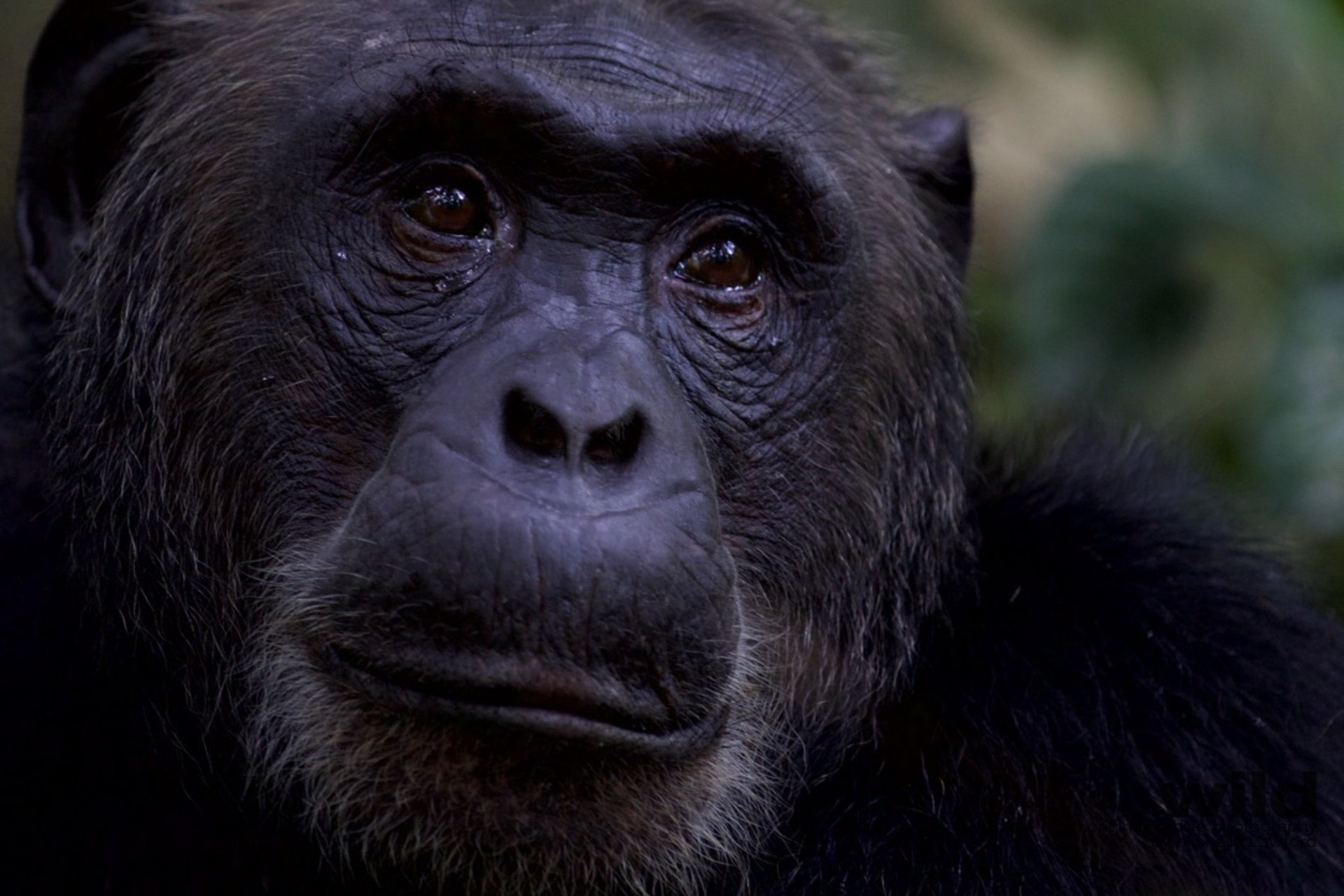
Chimpanzee
Spend a day in Kabale, Uganda, following a troop of chimps as they rampage through the forest creating complete mayhem before their midday nap on the forest floor.
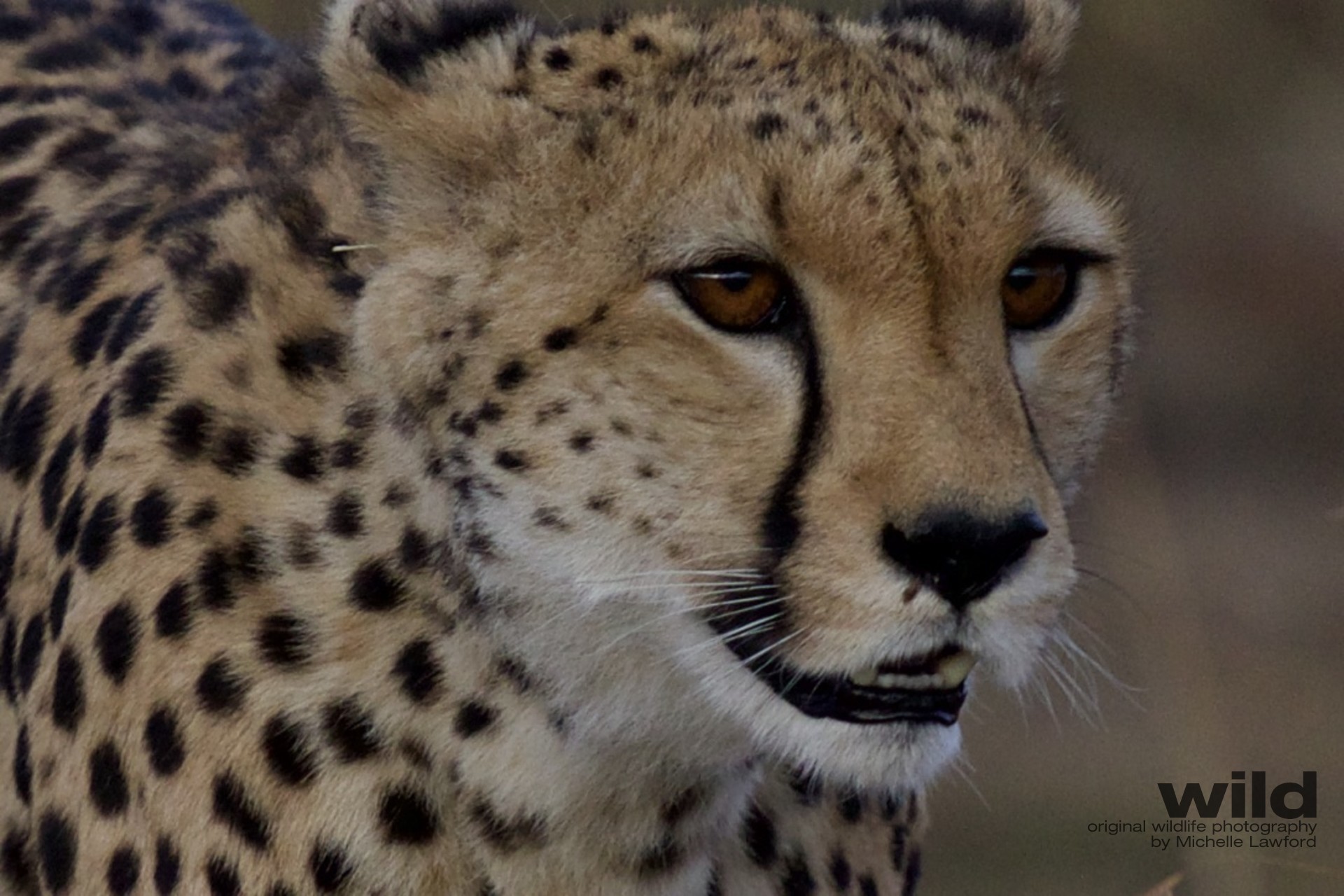
Cheetah
Watching a cheetah, or two cheetahs stalking their prey and going in for the kill, is an extraordinary experience. Their magnificent physique, physical prowess and beautiful face make them one of the planet’s most striking animals. Of course, when you see them rolling around in the grass, they just look like sweet pussycats. Serengeti Tanzania and Masai Mara Kenya, East Africa
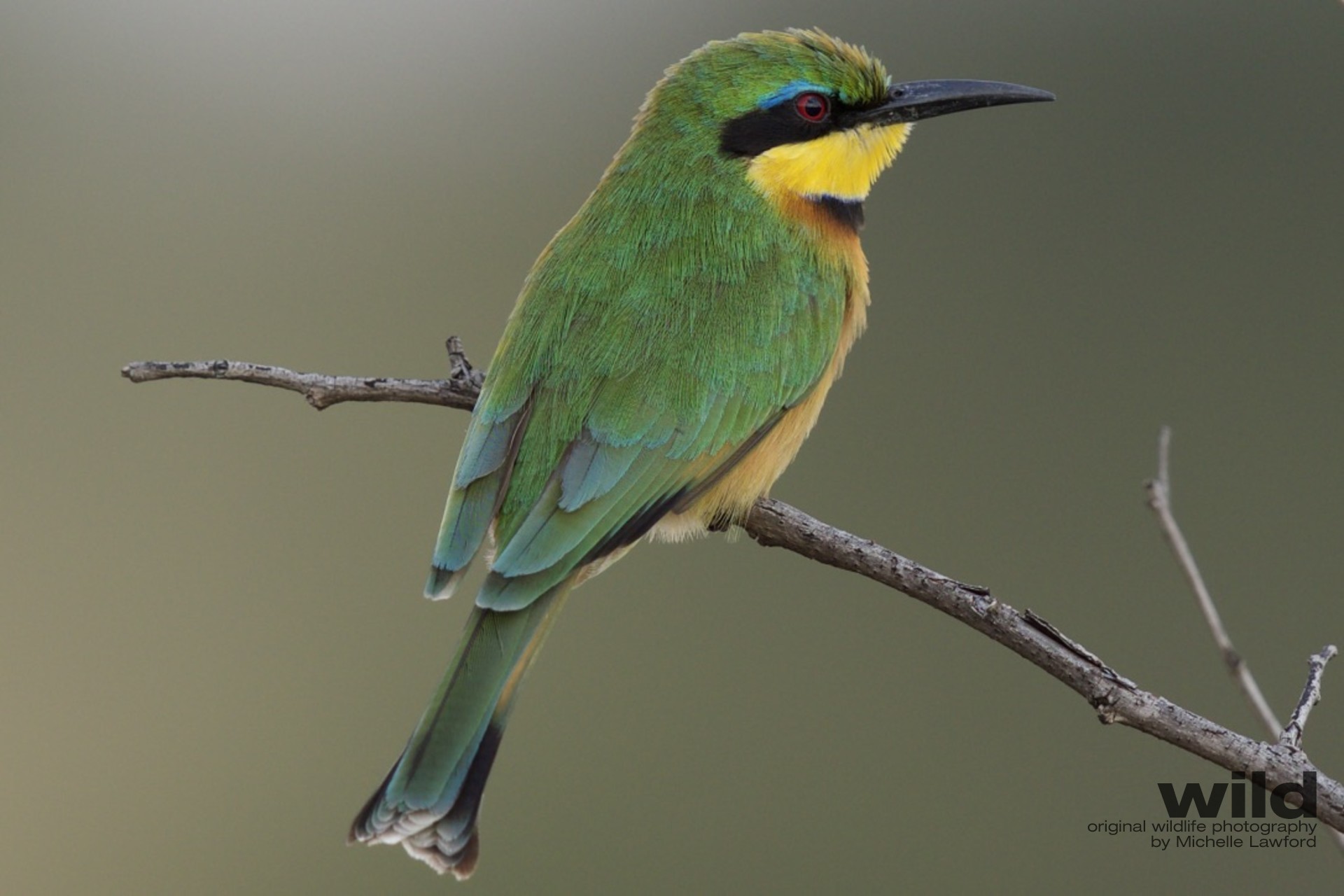
Birds Of Africa

Shoebill
Mabamba Swamp in the wetlands of Uganda in East Africa, is one of the few places to find this prehistoric-looking bird that really does look as close to a tetradactyl as any bird living today. It is extremely lucky to spot one
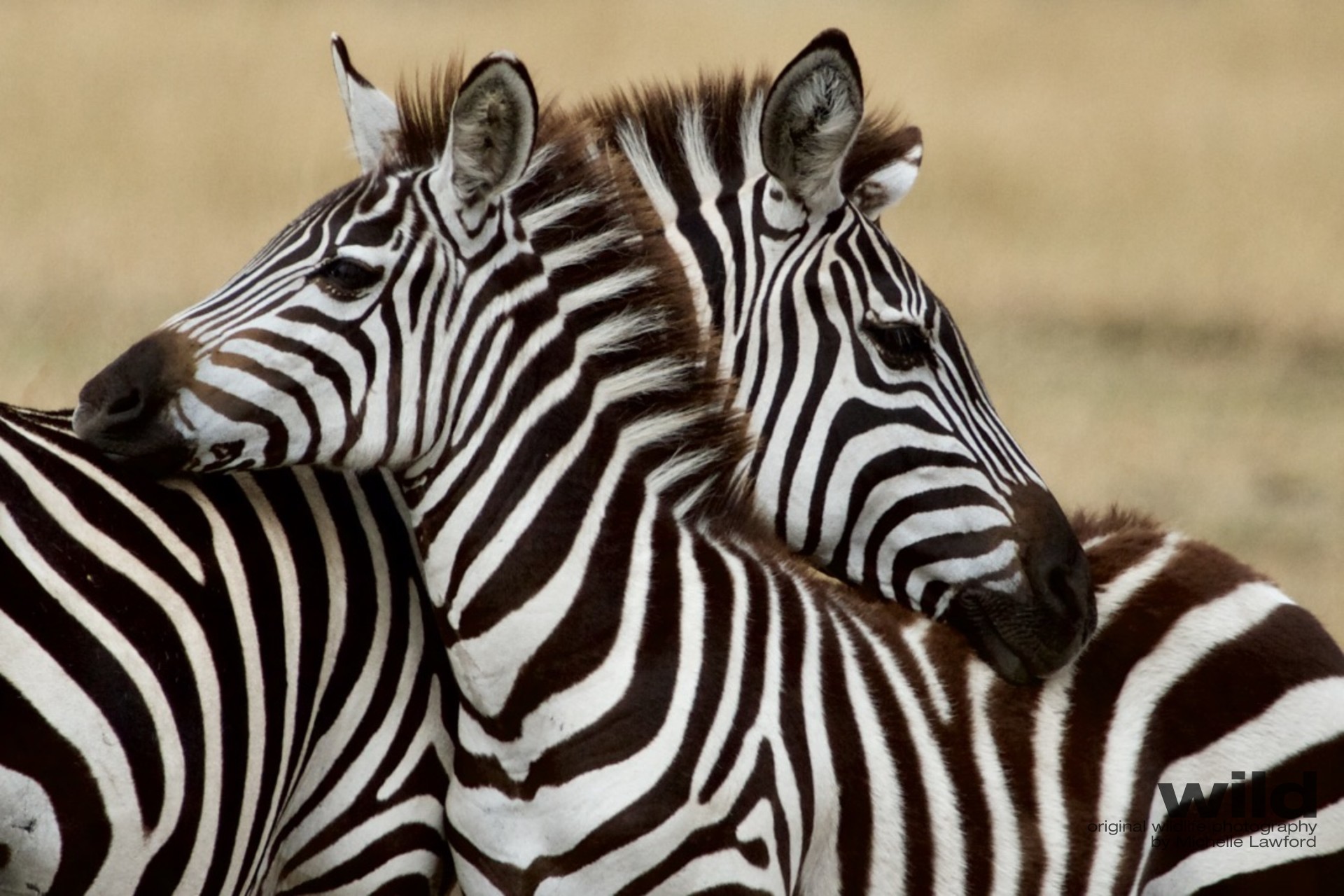
Zebra
At Ngorongoro Crater and Serengeti in Tanzania, and Masai Mara in Kenya, East Africa, you can see zebra as they follow the great migration of wilderbeast.
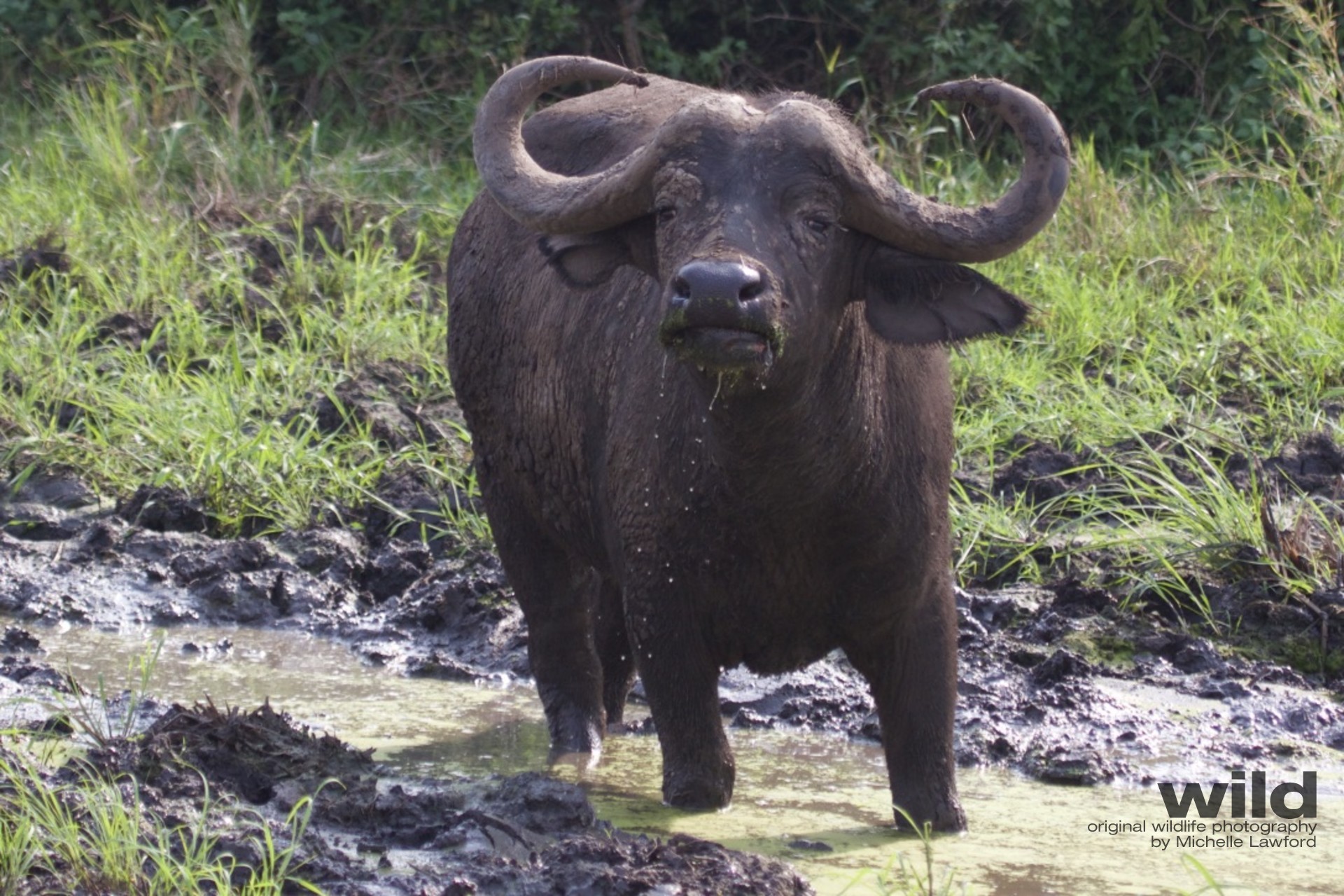
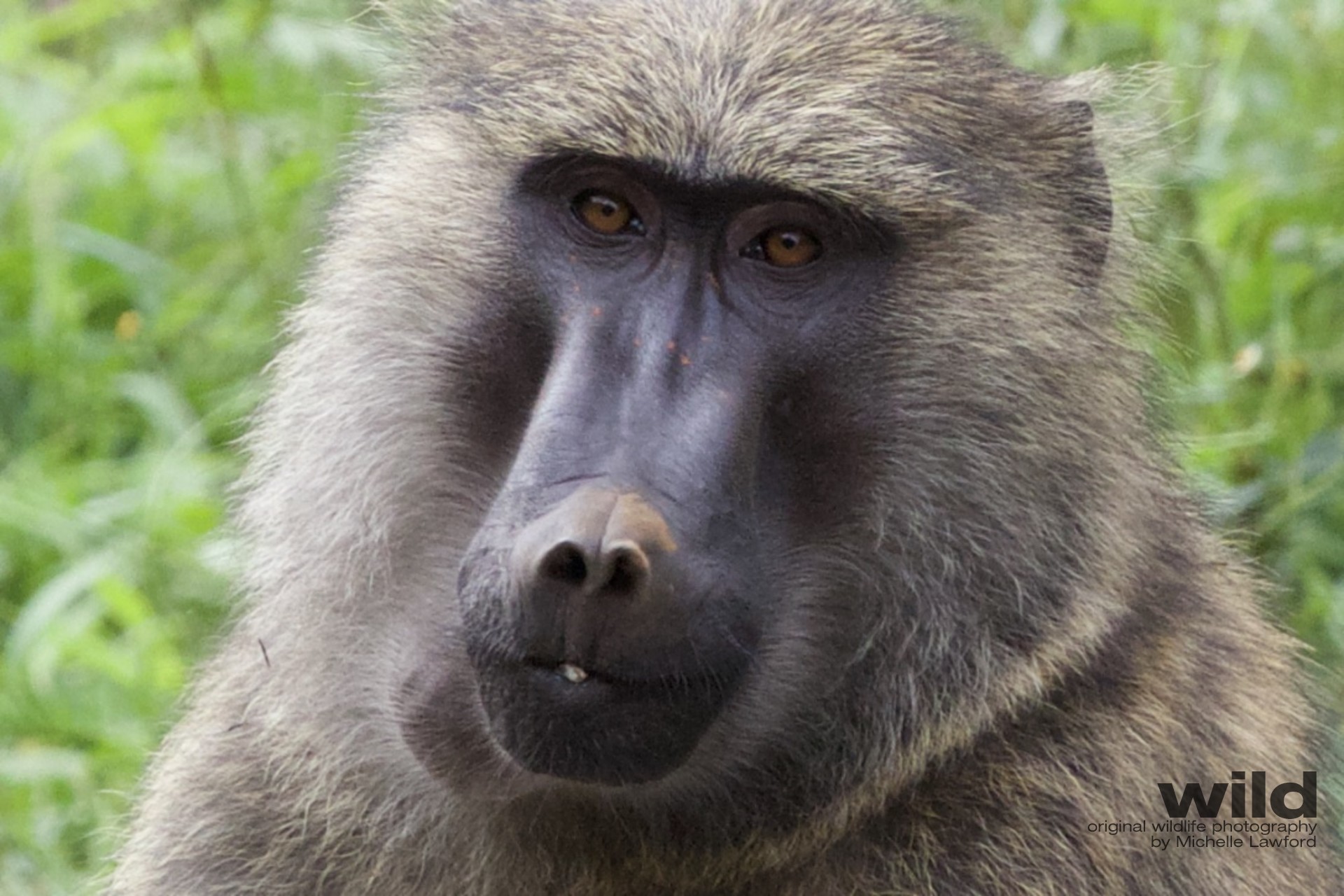
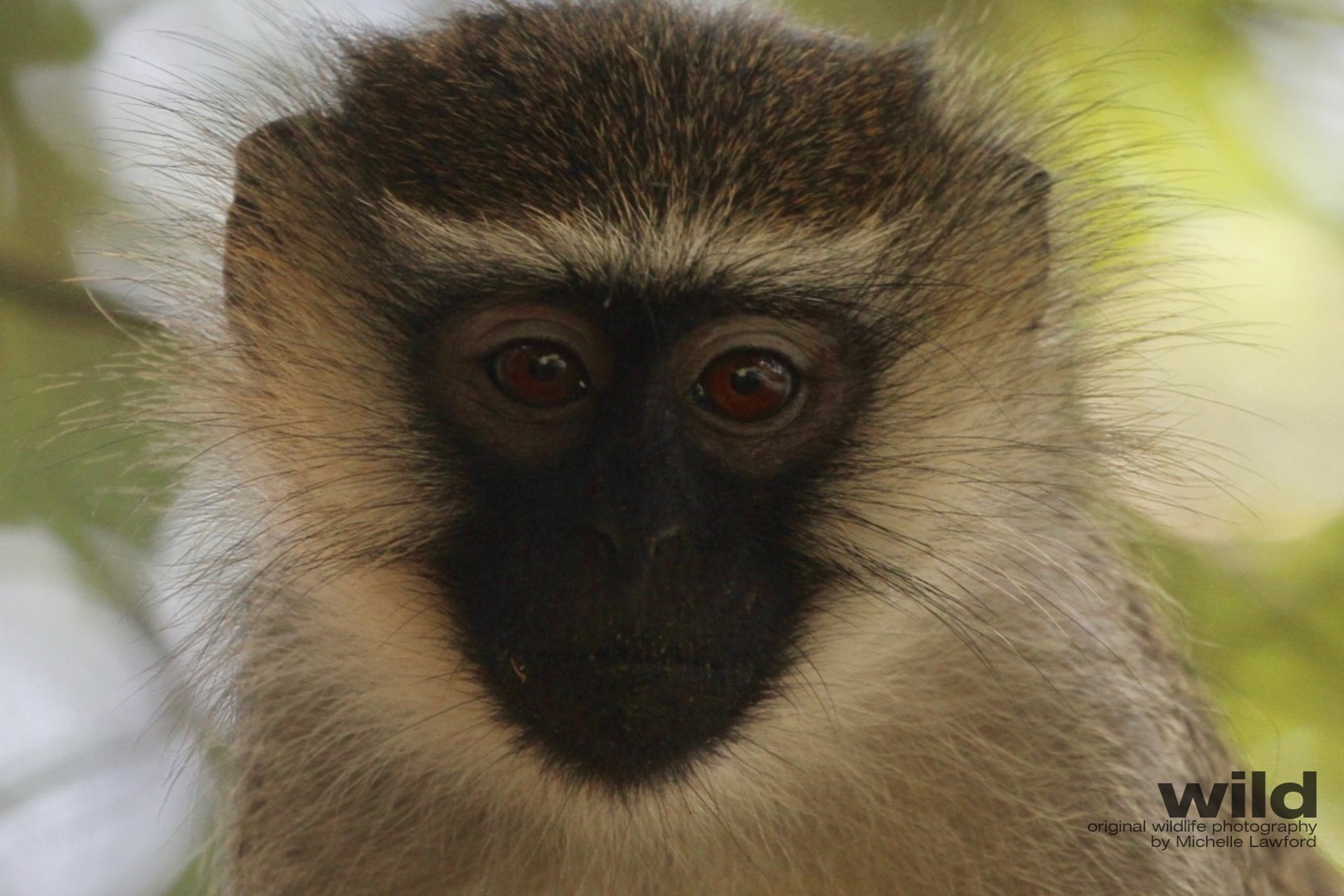
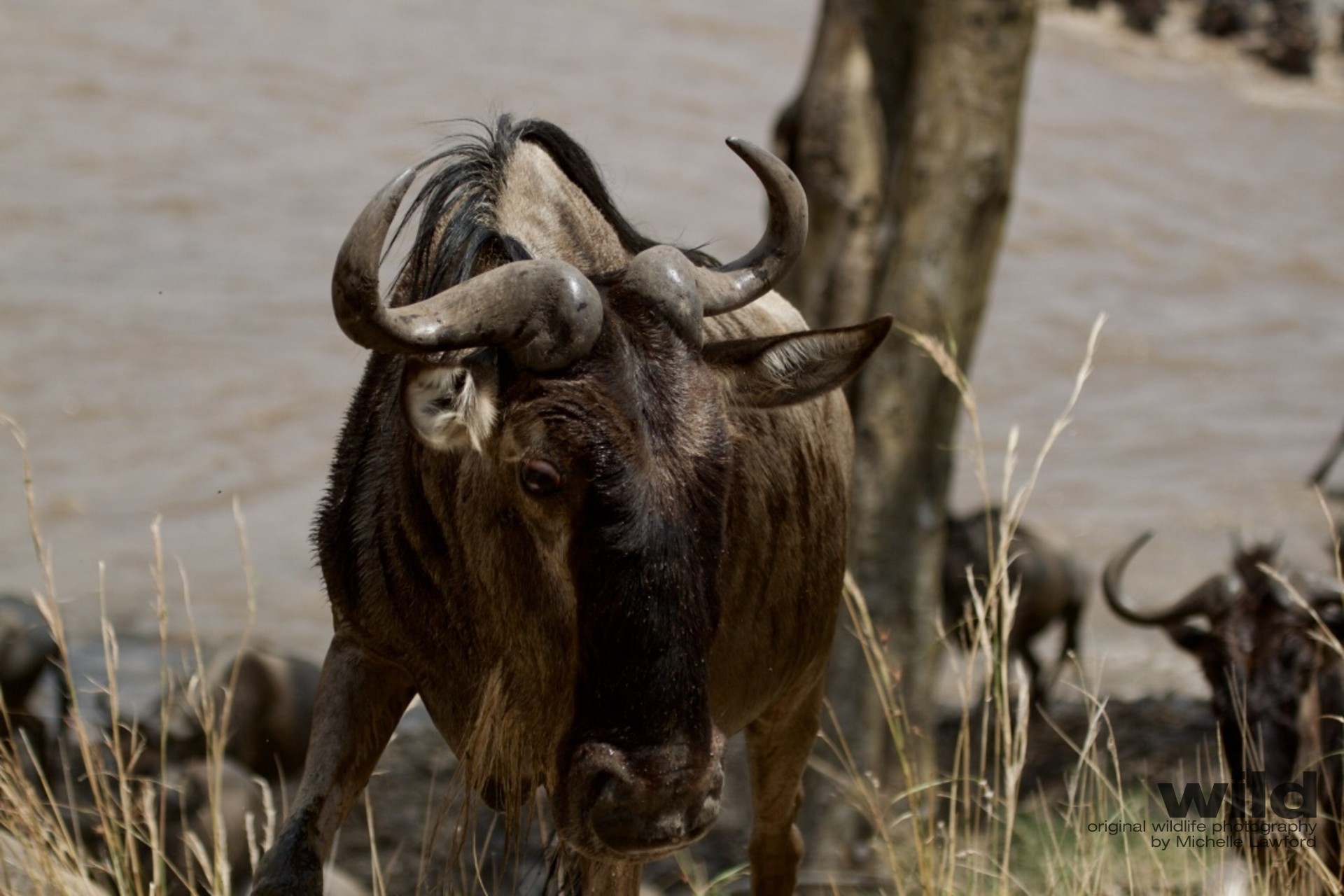
The Great Migration
The river crossings of the Great Migration in Kenya and Tanzania, East Africa, are one of the most spectacular and treacherous events in the natural world. Thousands of groups of wilder-beast walk single file, towards the river, forming lines across the landscape. These groups converge and then join up to form larger groups. By the time they reach the river bank, they are a huge, loud mass of anxious energy. It can take hours for the leaders to decide on the precise place and time of the crossing, but once one wilder-beast jumps in, they all follow in a chaotic and extraordinary dash to the other side. Crocodiles await and the turbulent waters of the river are too much for the weak and the young, but the wilder-beast must reach the lush pastures ahead, or they will all perish.

Vultures
Scavengers are an important part of the African ecosystem. In the Serengeti in Tanzania and Masai Mara in Kenya, I came to appreciate the balance vultures bring to the dynamic African plains.
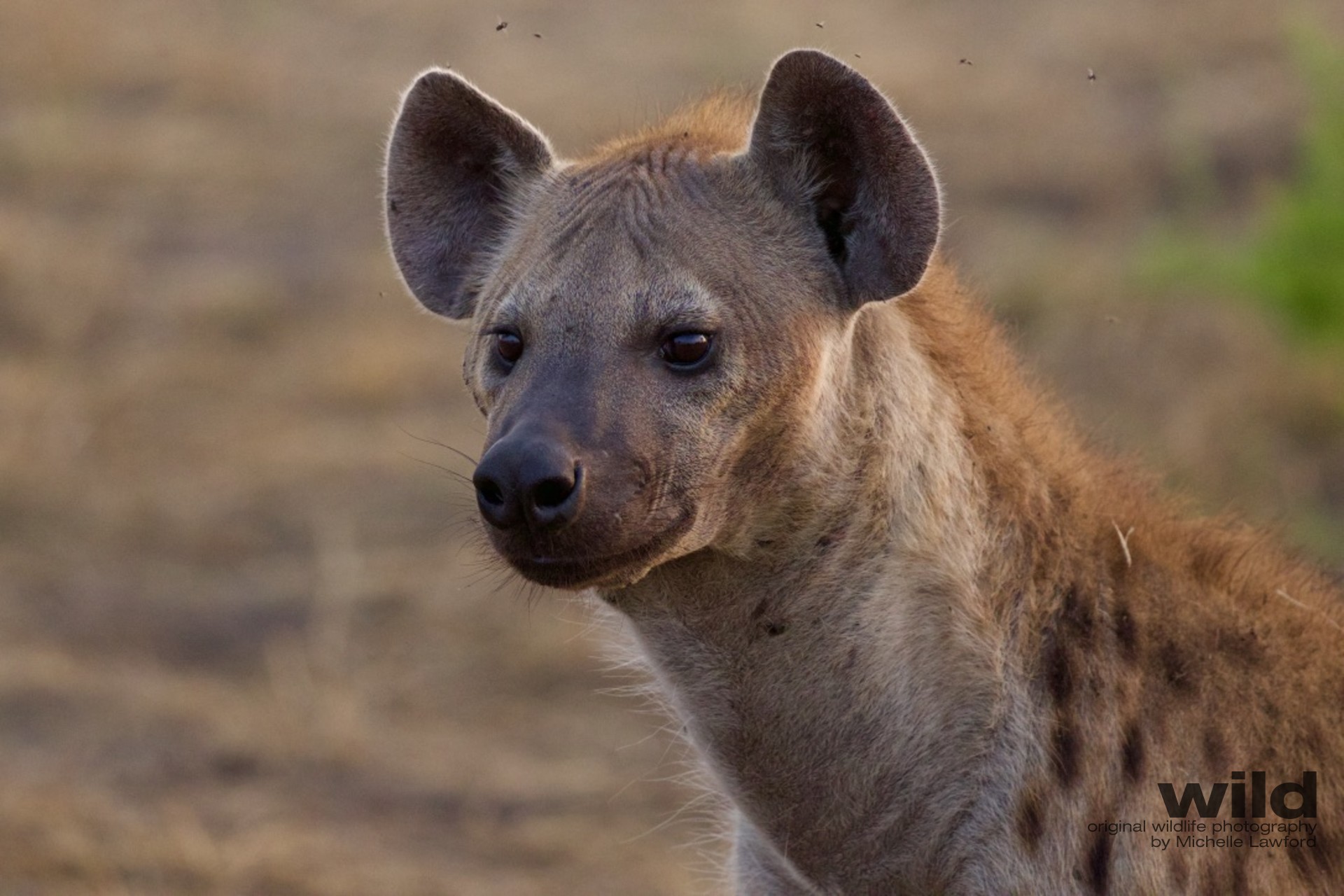
Hyena
This much- maligned scavenger is just another mammal focused on providing for the family. I photographed these hyenas caring for their young in Ngorongoro Crater and Serengeti, Tanzania, East Africa.
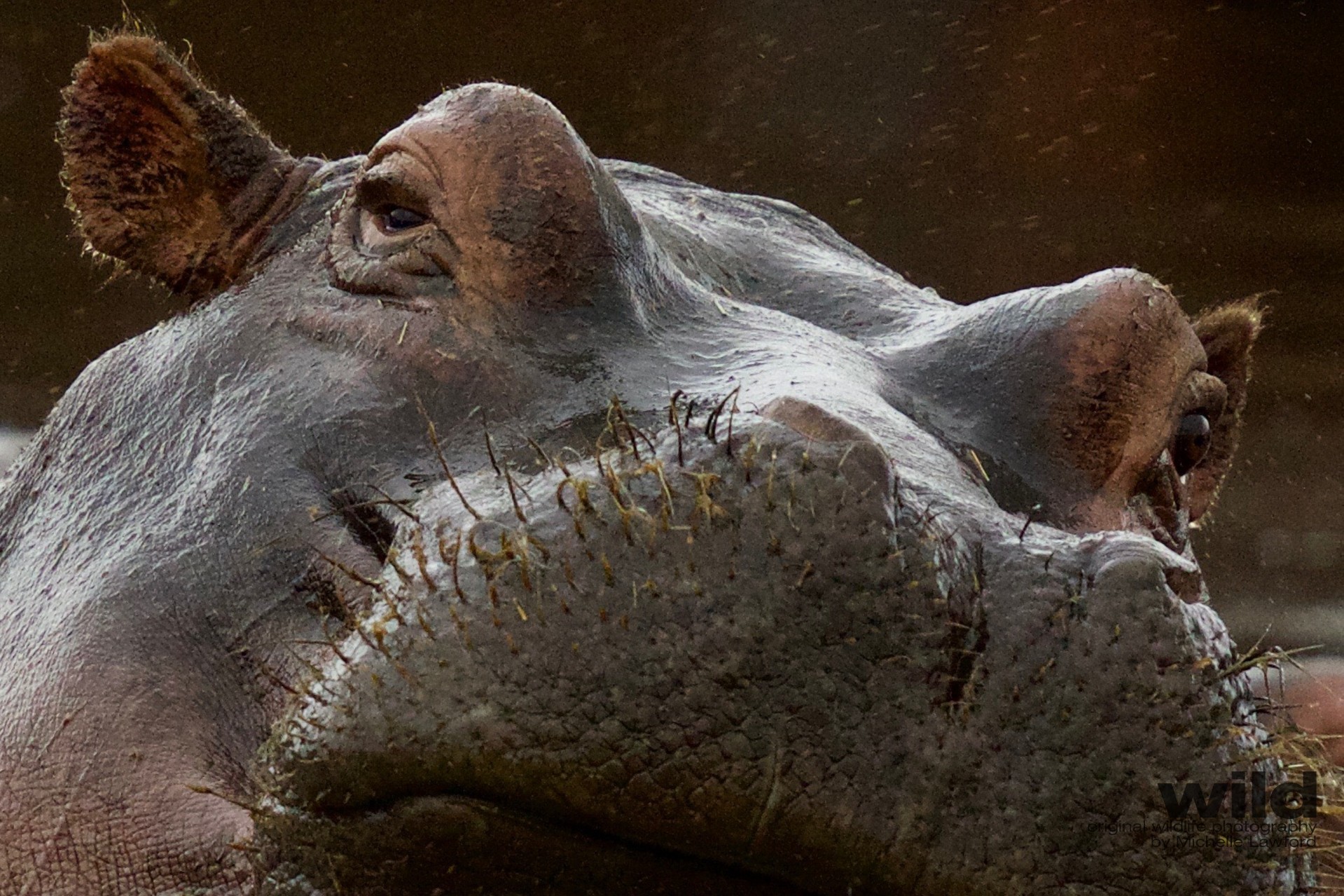
Hippo
Whether wallowing in the mud or fighting on the grasslands, hippos are such fun to watch. These hippos live across East Africa in Uganda, Tanzania and Kenya.
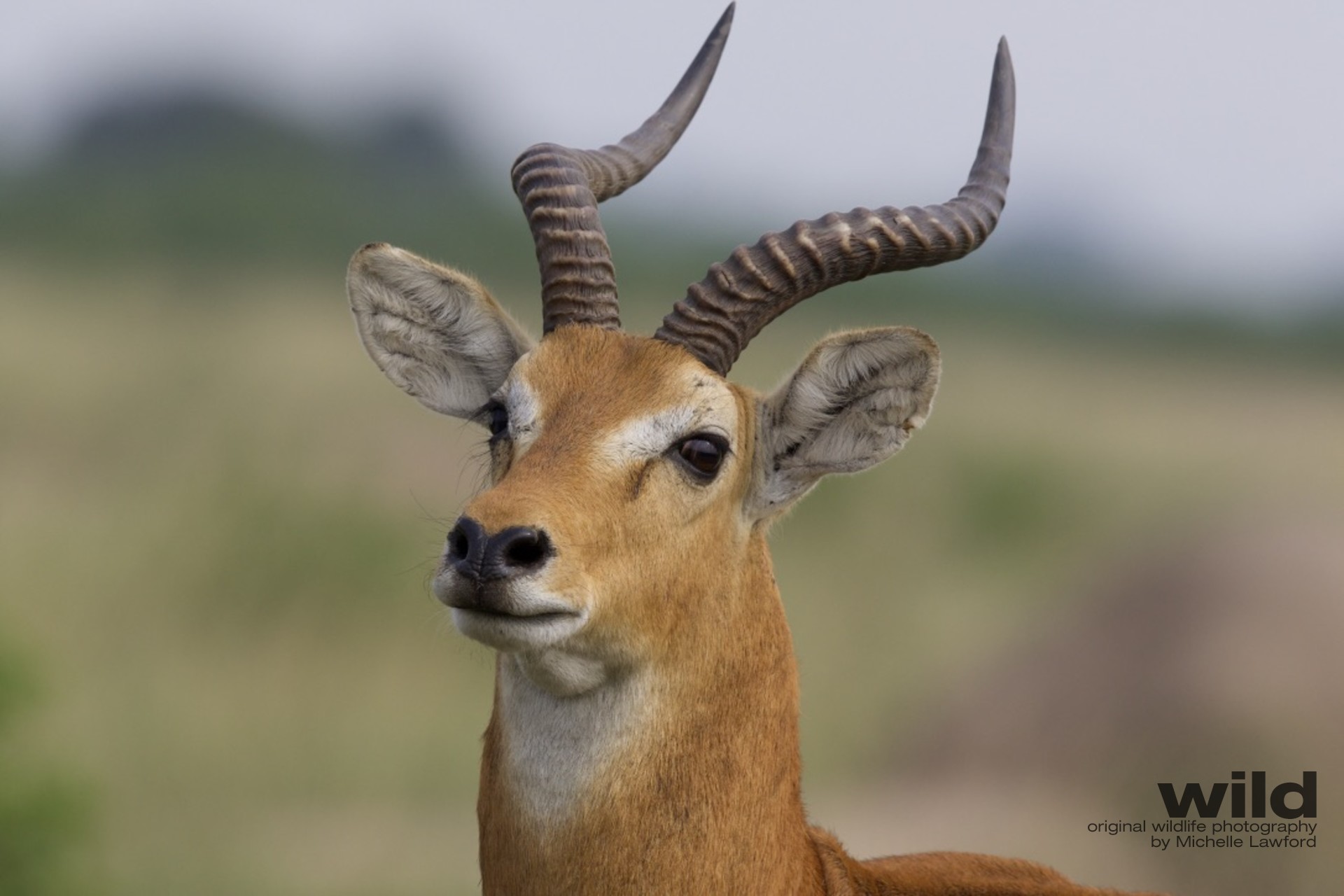

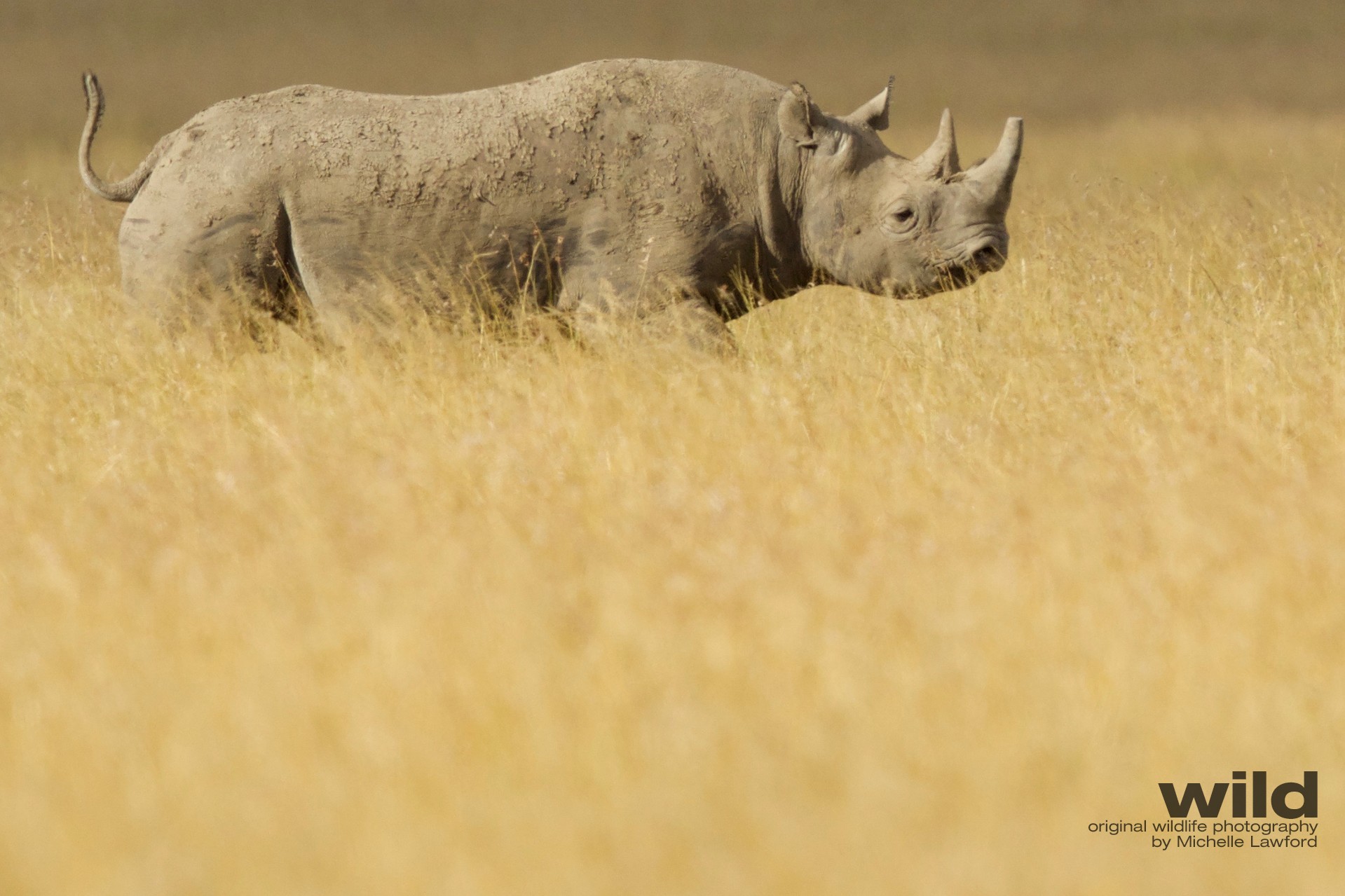
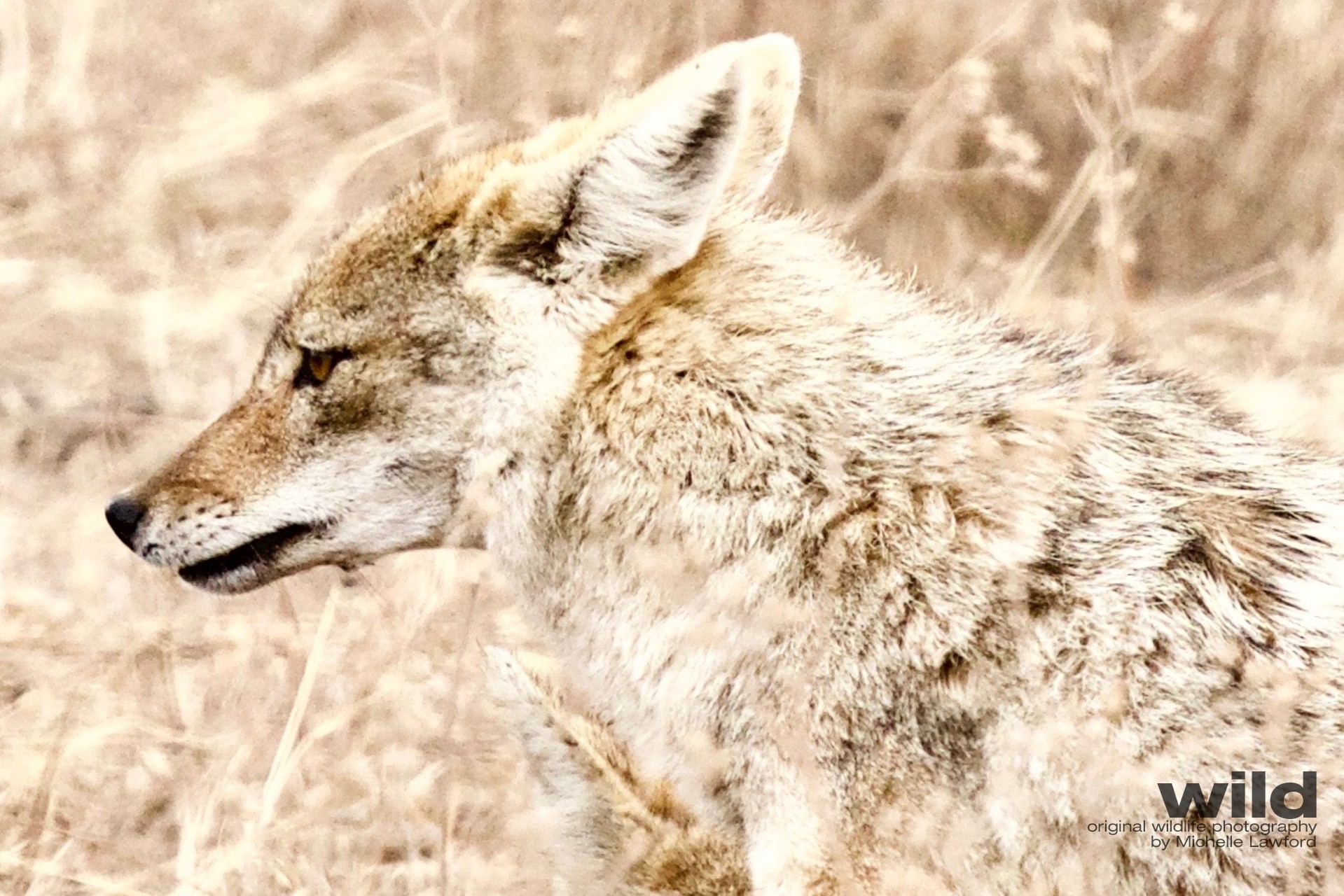
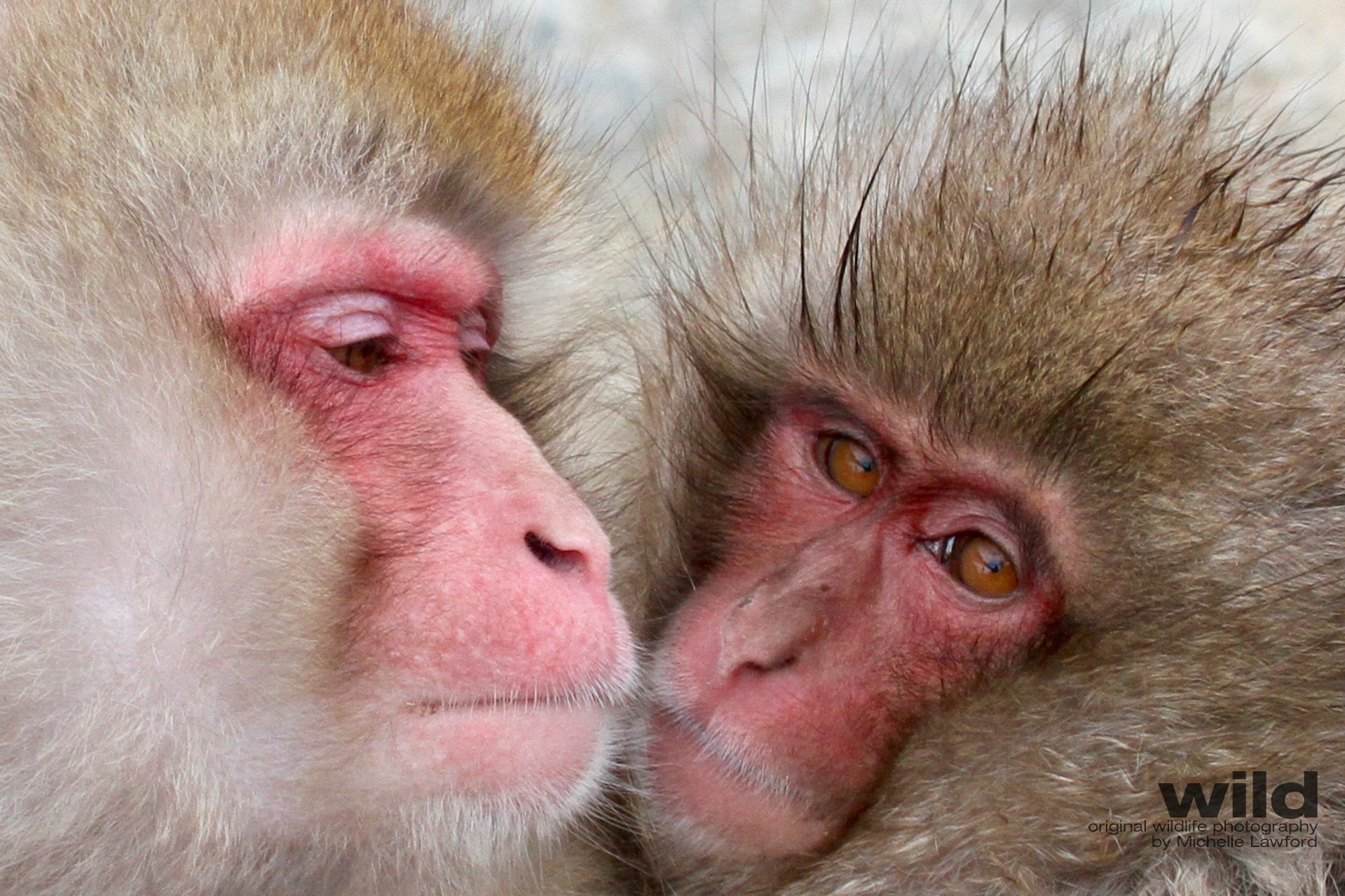
Snow Monkey 2017
In Jigokundan Forest on Honshu, Japan, the monkeys come out of the woods to warm up in the thermal hot springs. On my second visit, I focused on the families huddling together by the river.
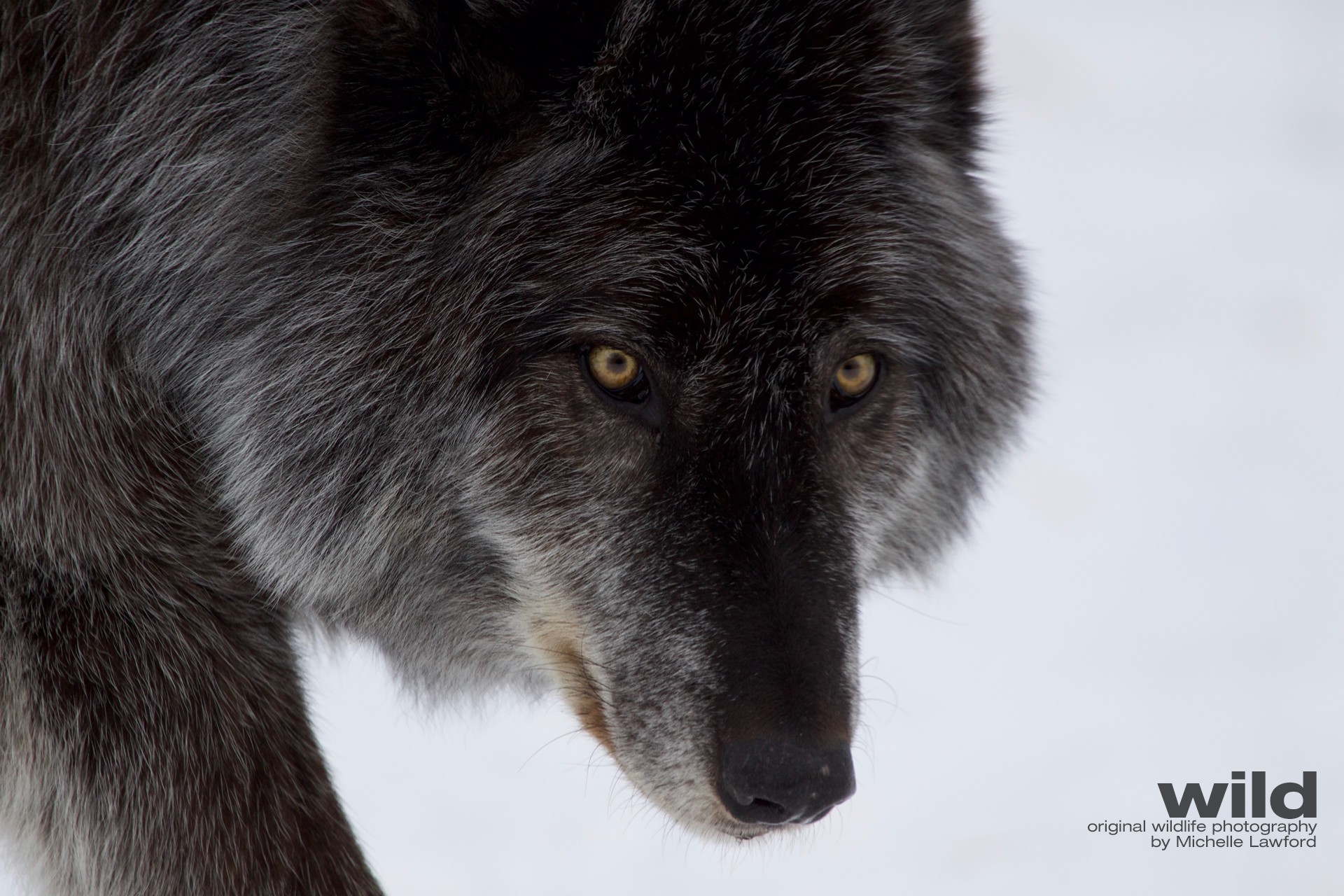
Wolf Dogs
Yamnuska Sanctuary in Cochrane, Alberta, Canada provides a safe place for these animals that are too anxious to live with humans and too passive to survive in the wild. Some come from spontaneous mating between wolves and dogs while others are commercially bred as pets and then abandoned due to their inability to bond with humans. They are genetically 80- 95 percent wolf.
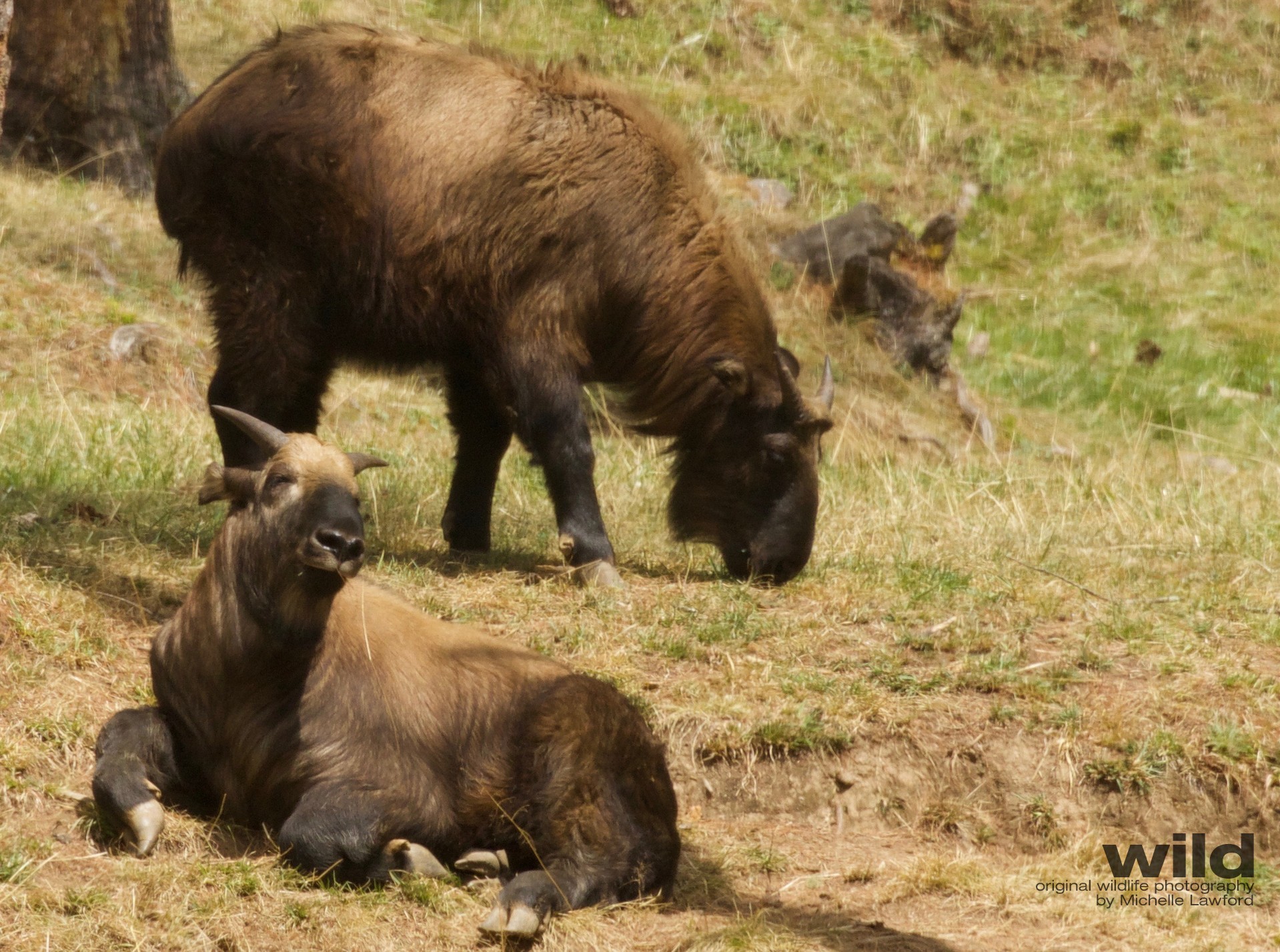
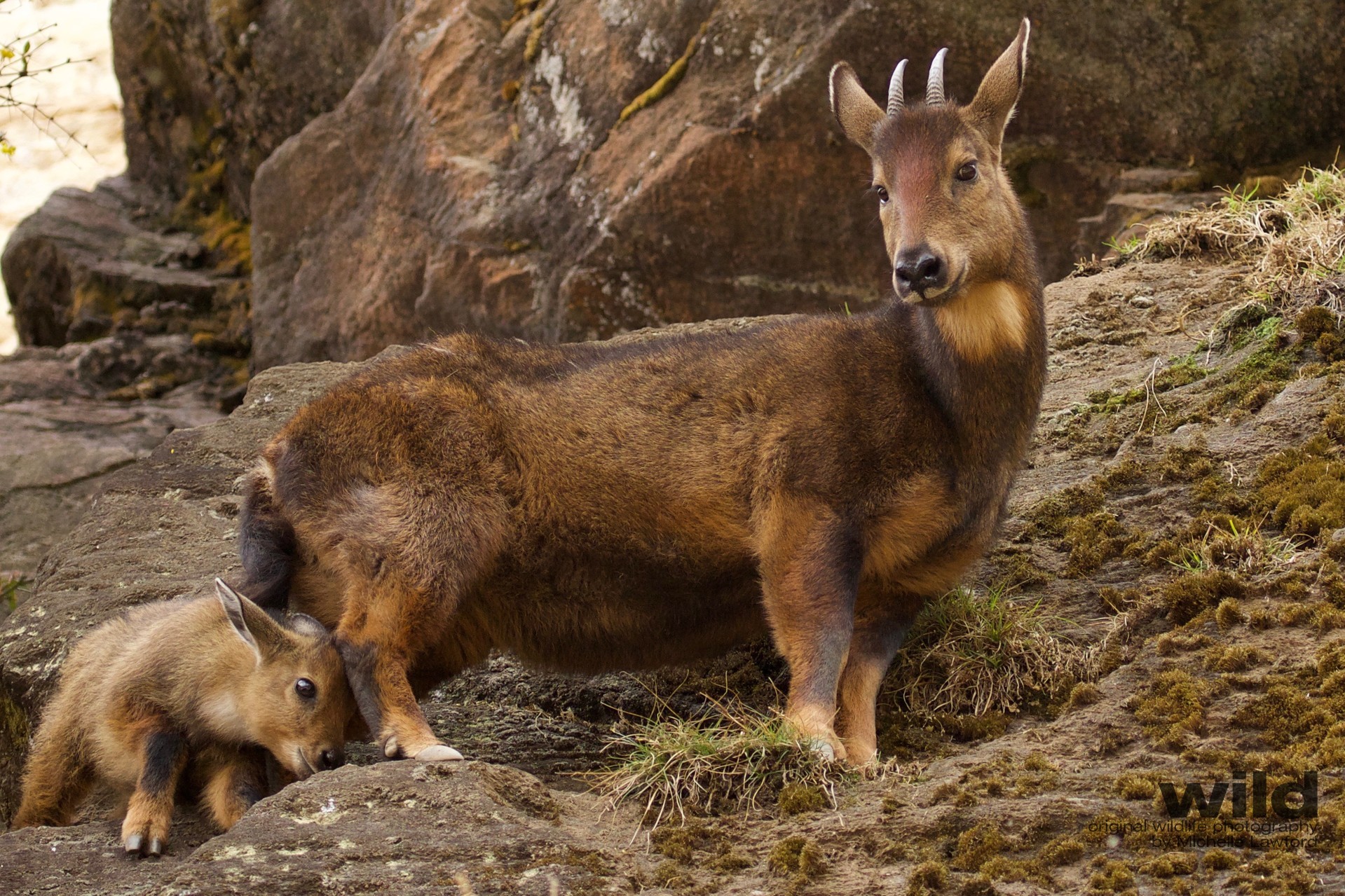
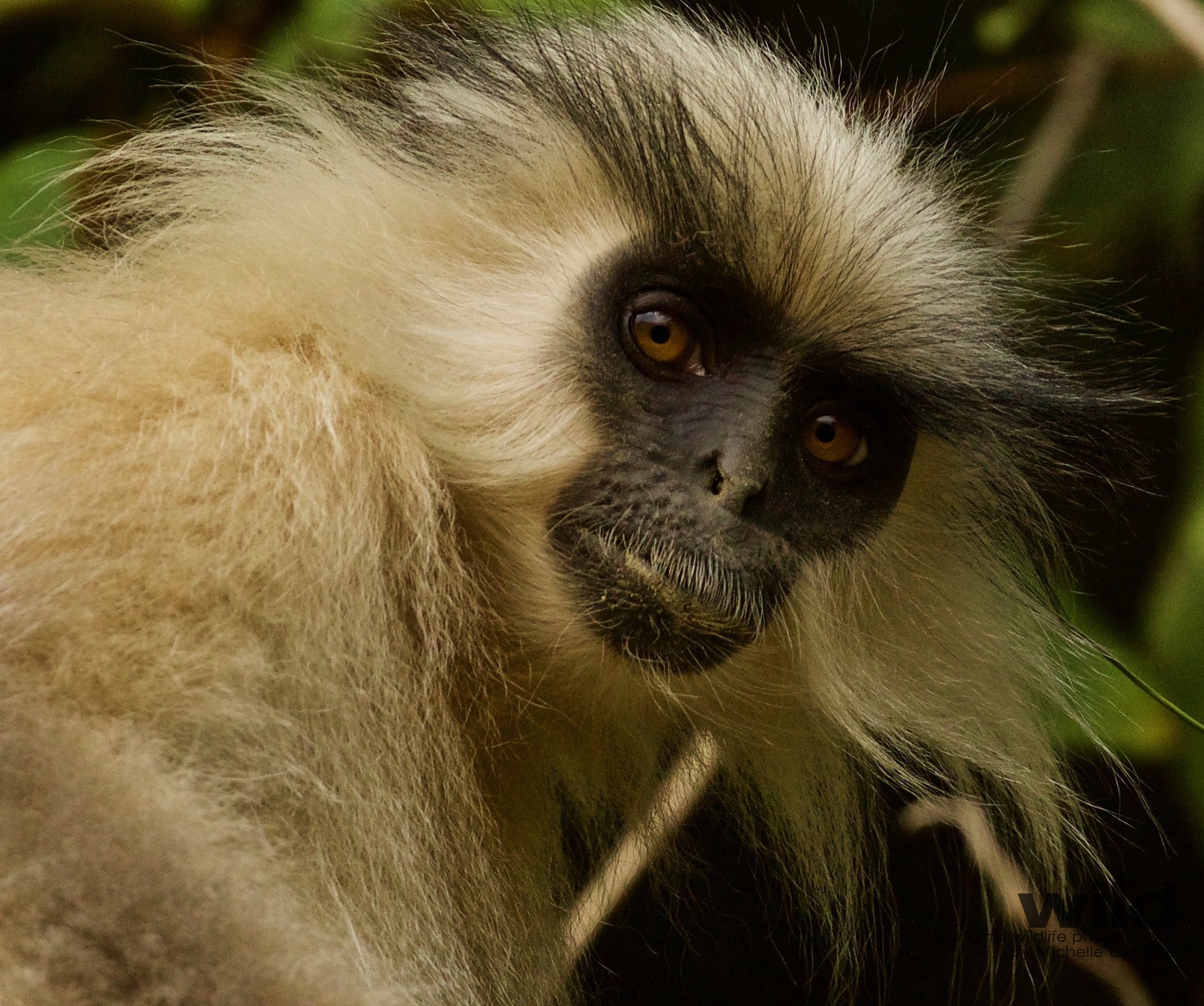
Golden Langur
In Bhutan, there are still huge tracks of inaccessible pristine forest in the mountains. These extremely shy primates live in large troops and are completely unused to the presence of humans. The treacherous nature of the road in this part of Bhutan almost guarantees no-one will come this way. I would say that the journey along this narrow road that precariously clings to the cliff-face that winds around the mountains, is probably the most anxiety-provoking thing I have ever experienced…….. but it was worth it! I had to keep my distance and be quick before they detected my presence.
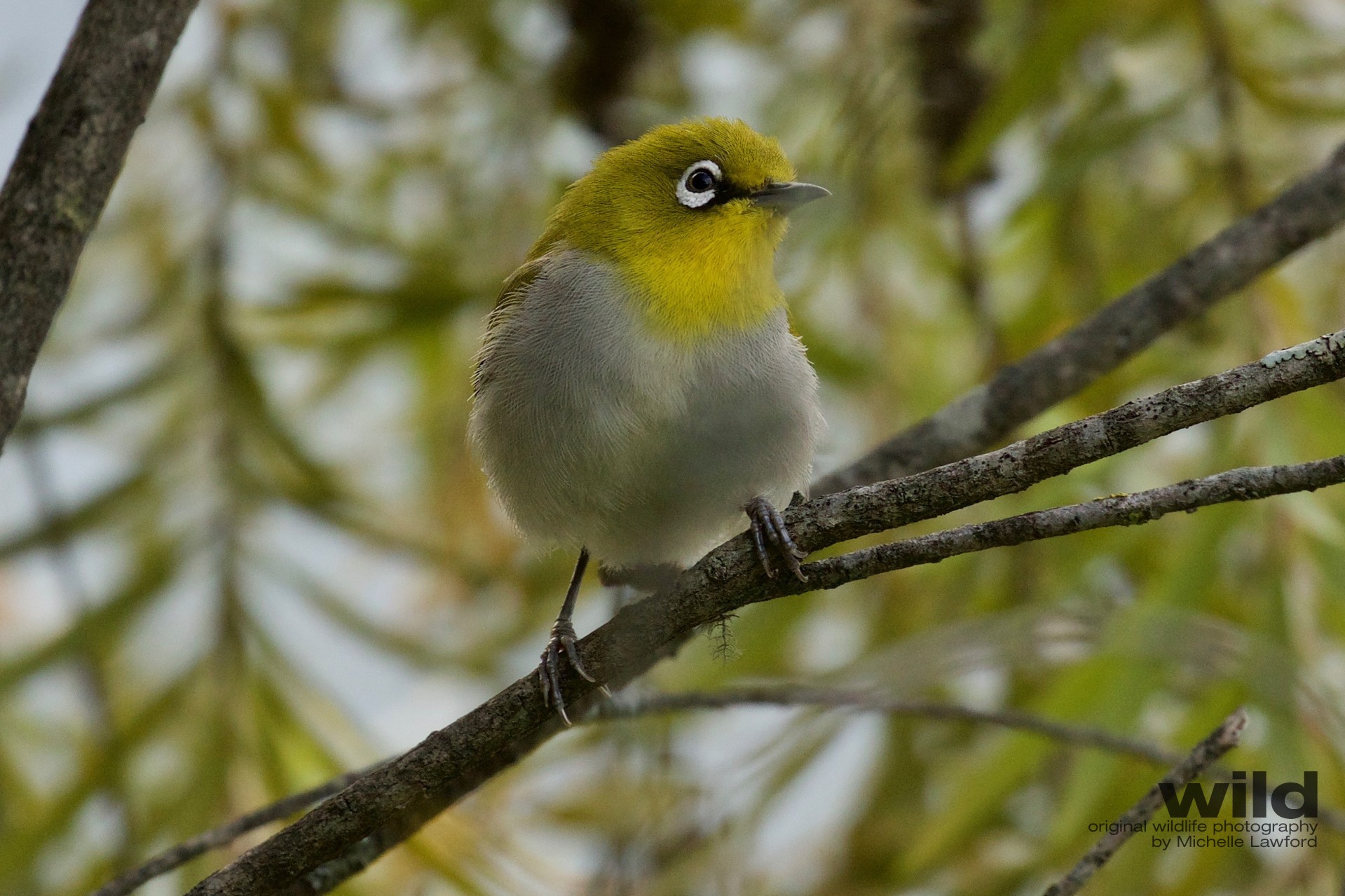
Birds Of Bhutan
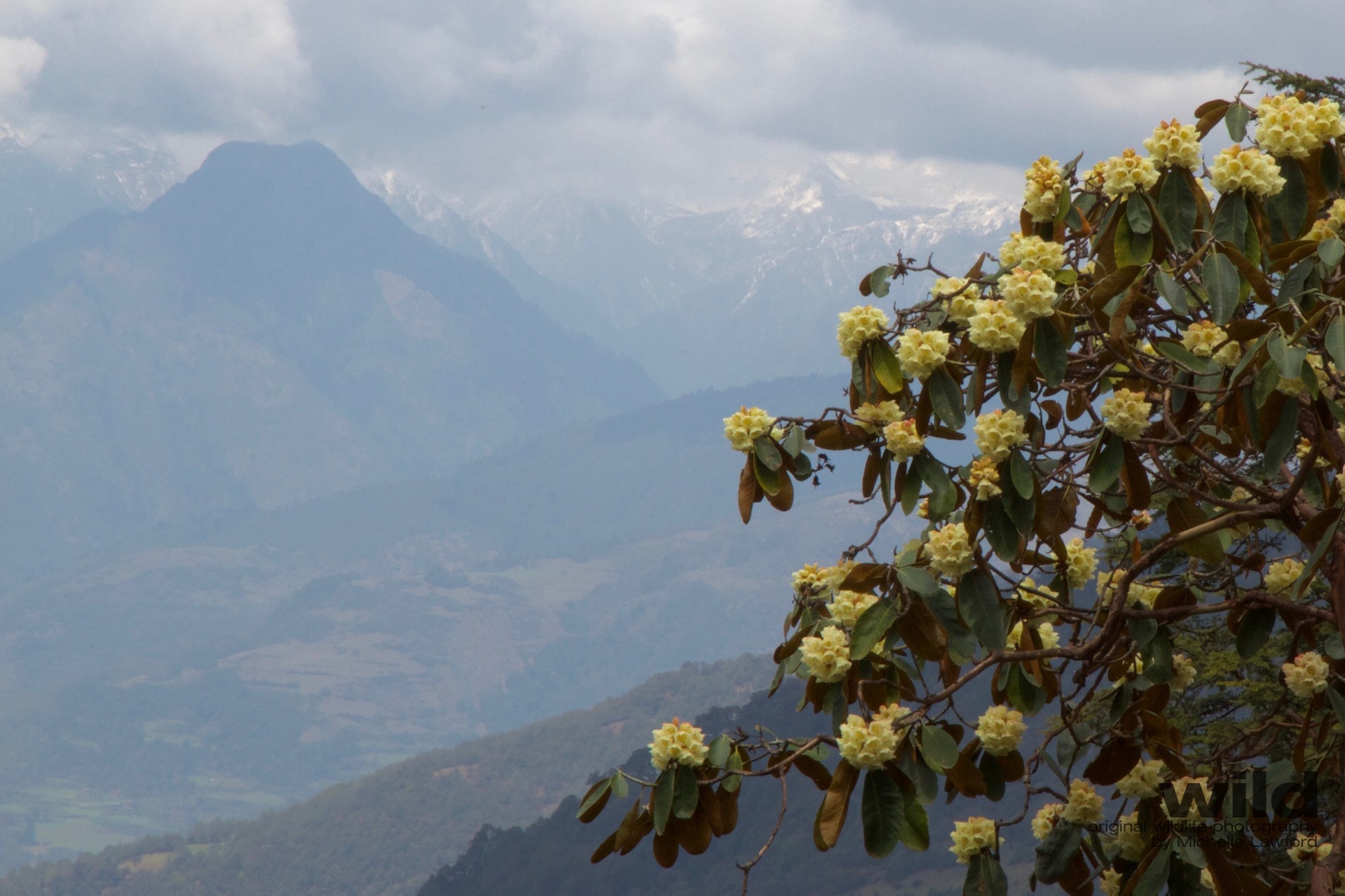
Wild Flowers Of Bhutan
The chilly, misty mountainsides of Bhutan are alive with colourful rhododendrons
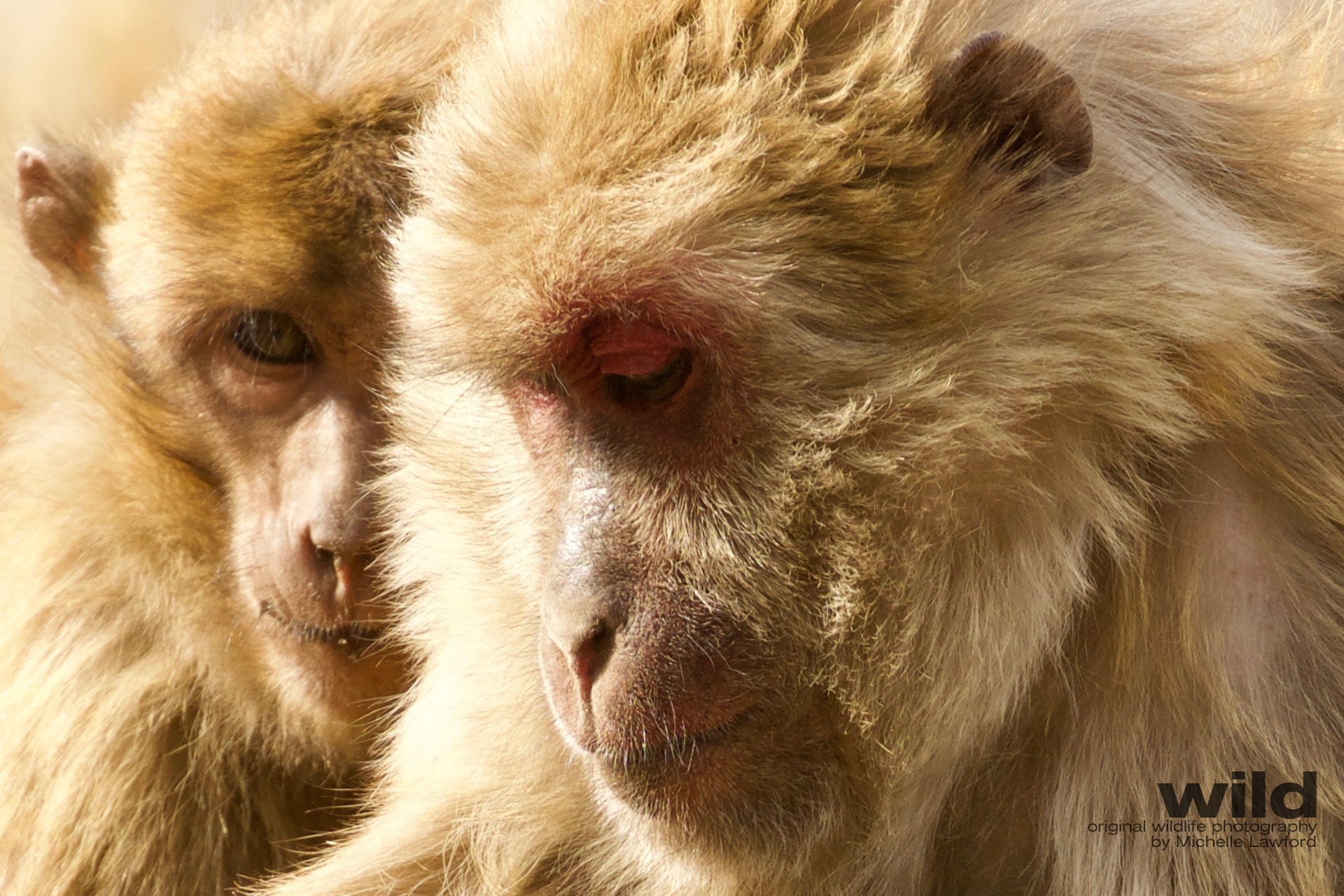
Assamese Macaque
Near Paro, in Bhutan, these mums were sitting by the road, breast-feeding and grooming their babies.
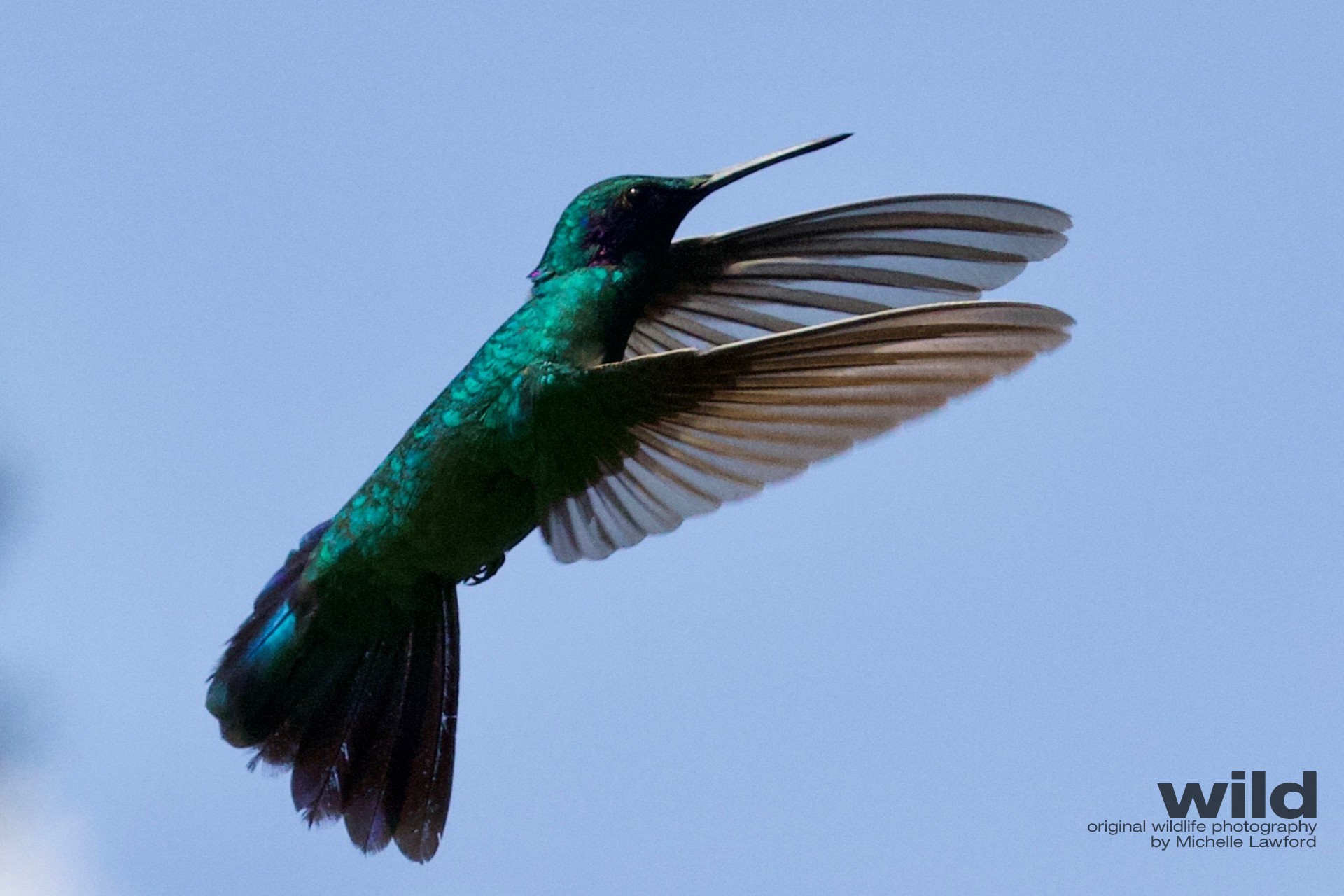
Hummingbirds
In Quito, Ecuador, I saw my first hummingbirds and was completely enchanted. Then, in the Cloud Forest, I discovered another world. Ancient, mysterious, magnificent. Photographing hummingbirds is a great challenge because they flit from flower to flower so quickly and their wings are vibrating so rapidly.
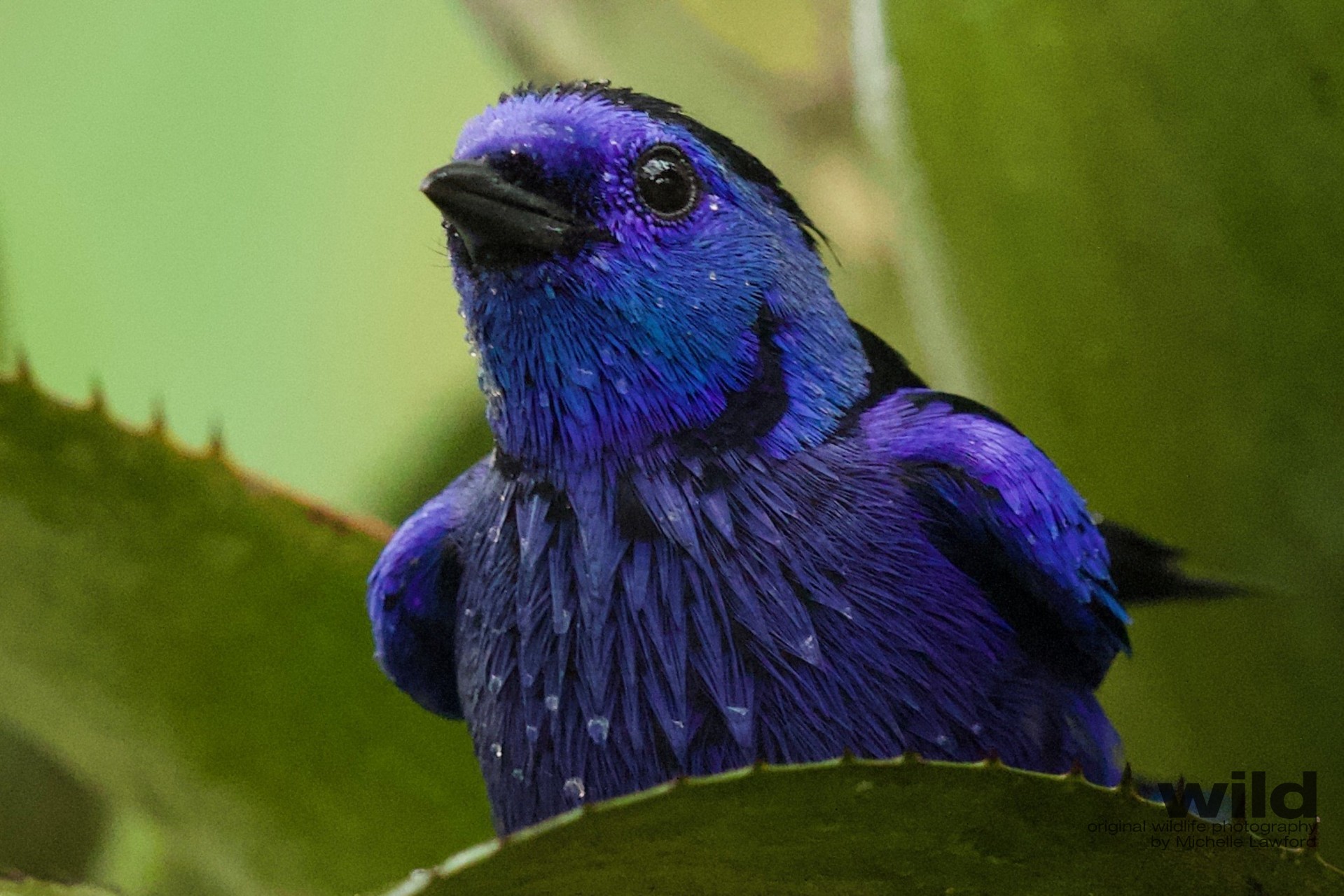
Birds Of Ecuador
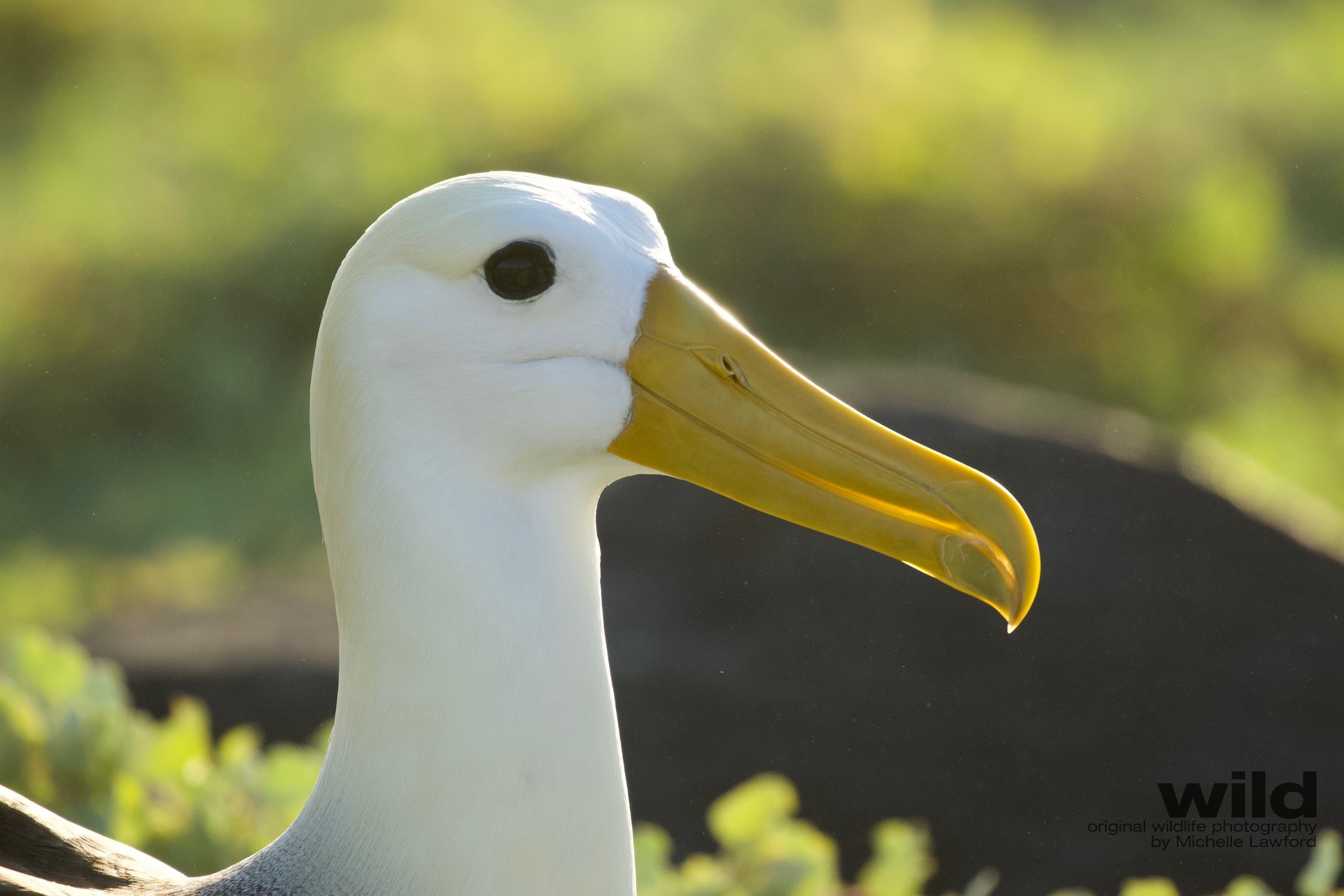
Waved Albatross
Come to Espanola in the Galapagos Islands and see these magnificent albatross couples during their mating ritual. The whole island becomes a landing strip for hundreds of birds.
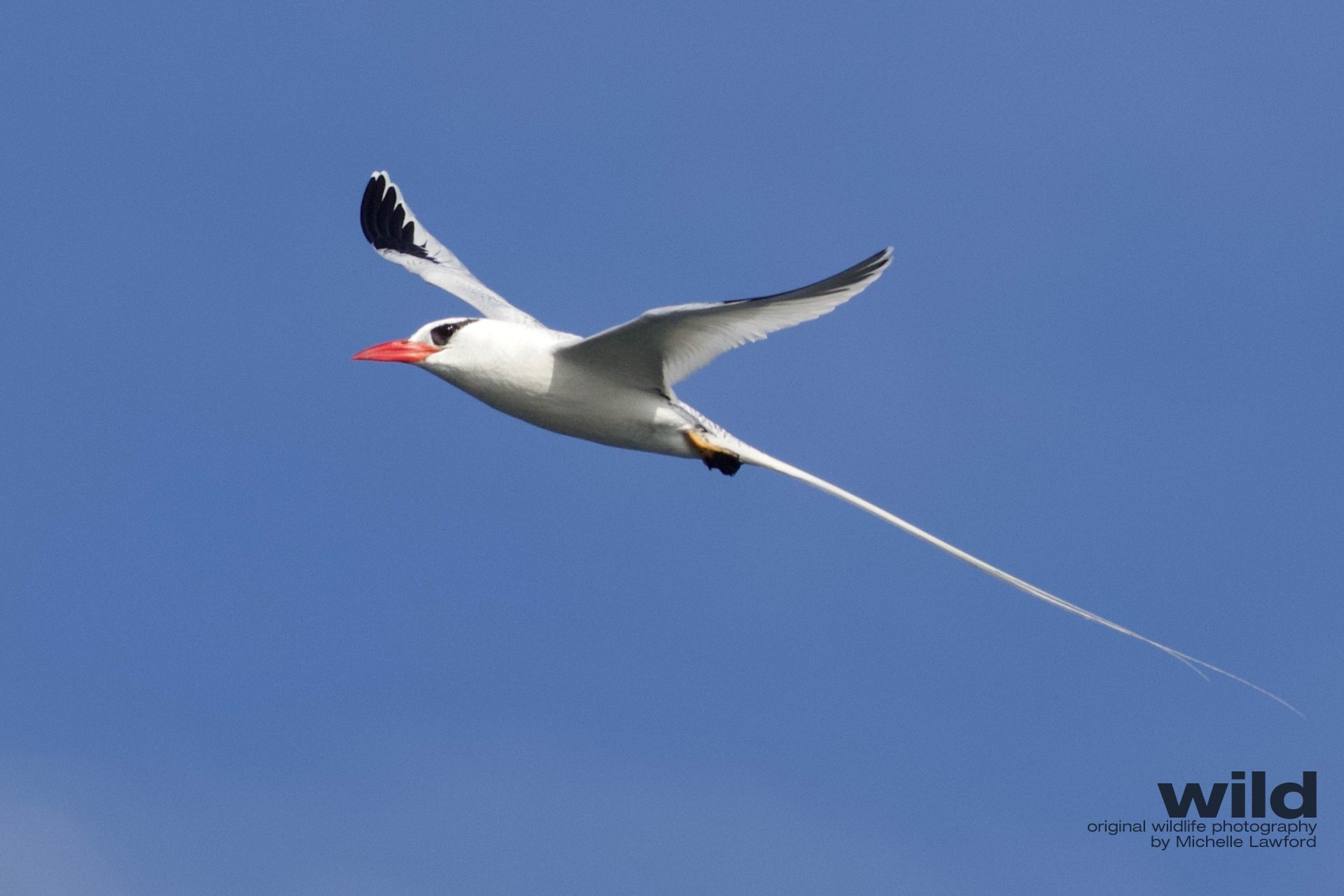

Galapagos Sea Lion
Come swimming with these curious, friendly sea lions as they frolic in their underwater wonderland throughout the Galapagos. My favourite moment was when a young pup came right up and stared me in the face.
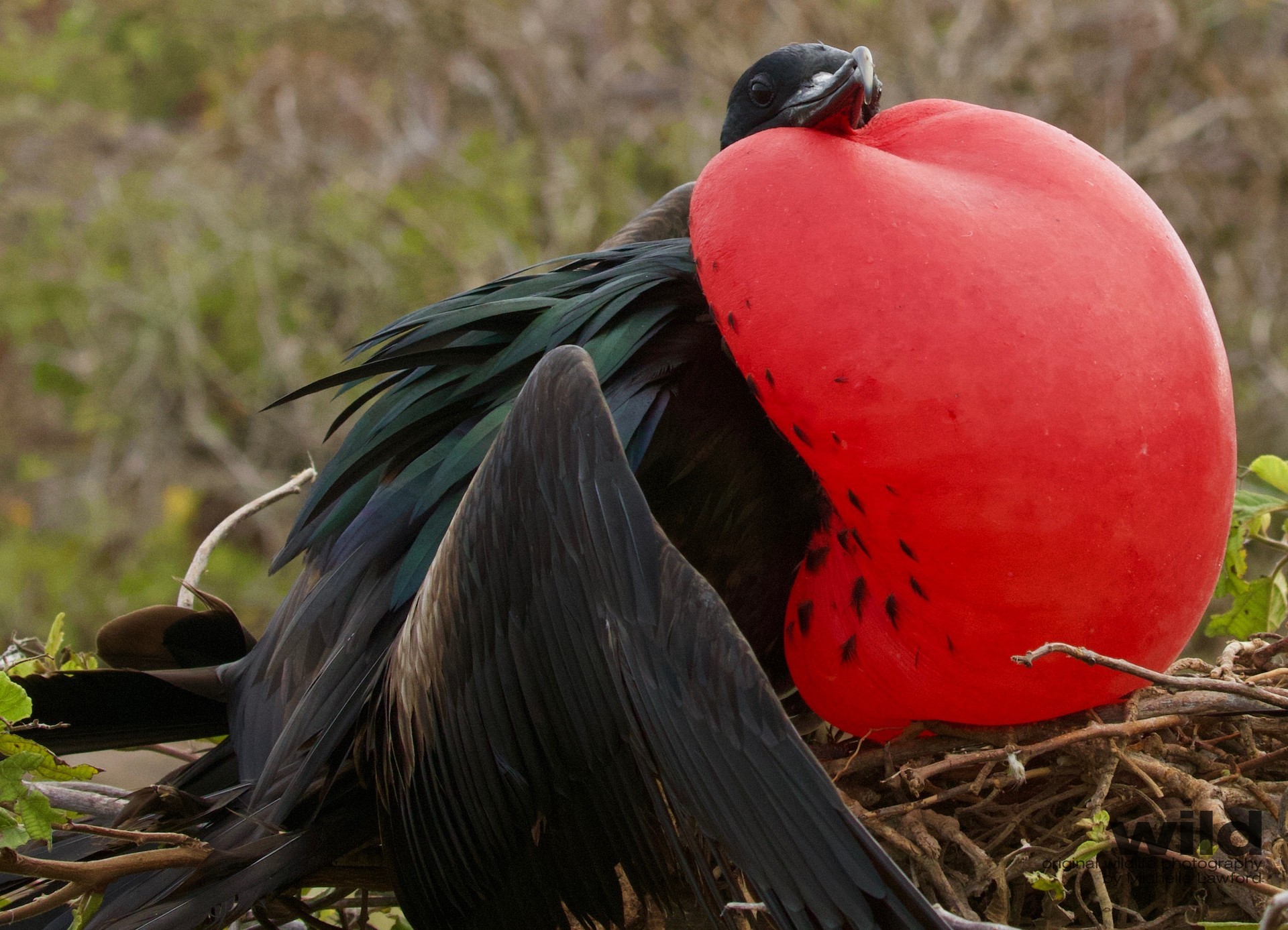
Magnificent Frigate Bird
Come with me to North Seymour and Genovesa in the Galapagos Islands to see thousands of these amazing birds. It is hard to describe the raucious noise, chaos and hilarity of these birds as the males vie for attention by puffing out the outrageous red balloons of skin under their chin.
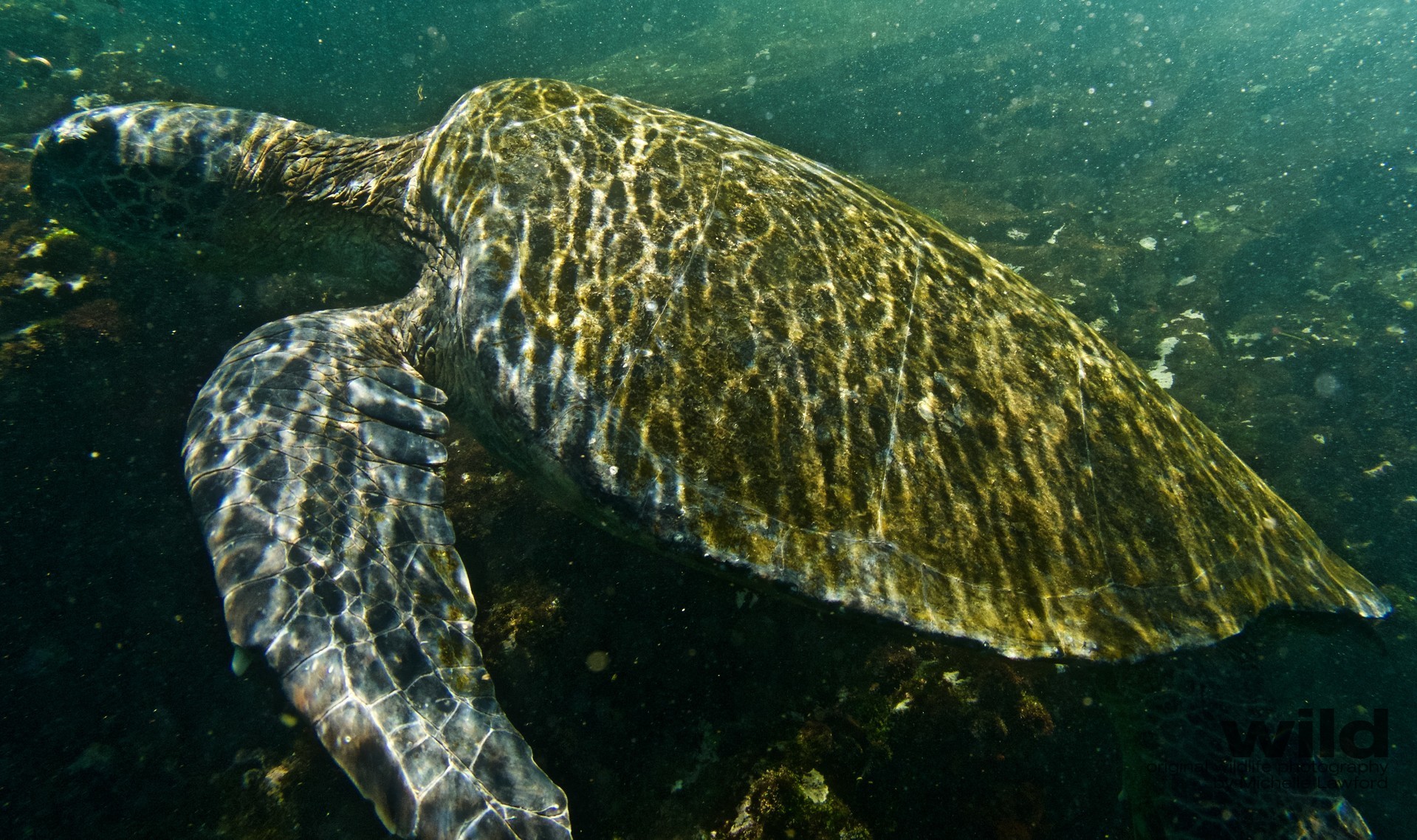
Green Sea Turtle
Throughout the Galapagos Islands, you can swim with these beautiful creatures. Their favourite thing seems to be getting tumbled and thrashed by the waves crashing on the coastline. I affectionately call this “the turtle washing machine”. The challenge for the photographer is not getting smashed against the rocks.
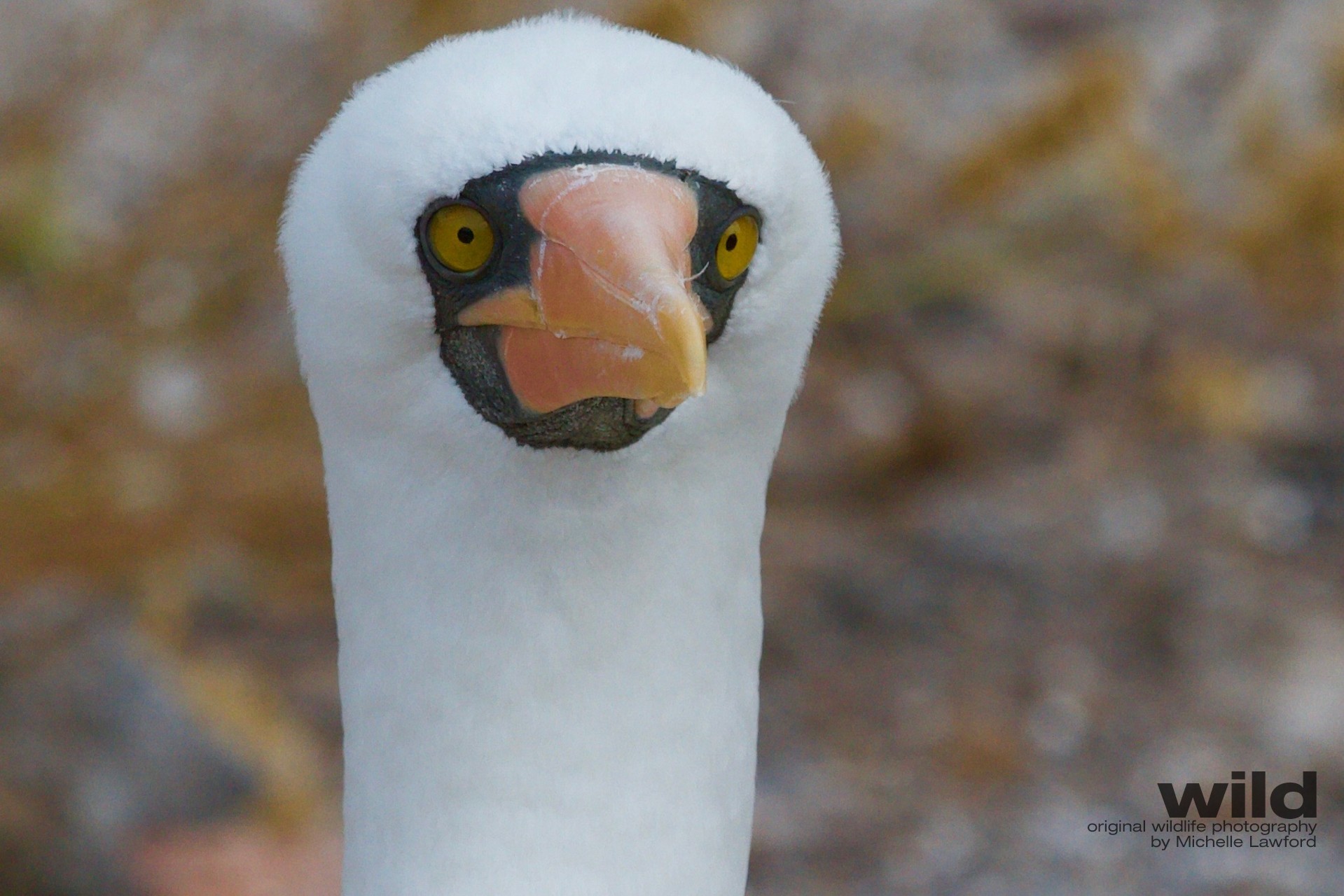
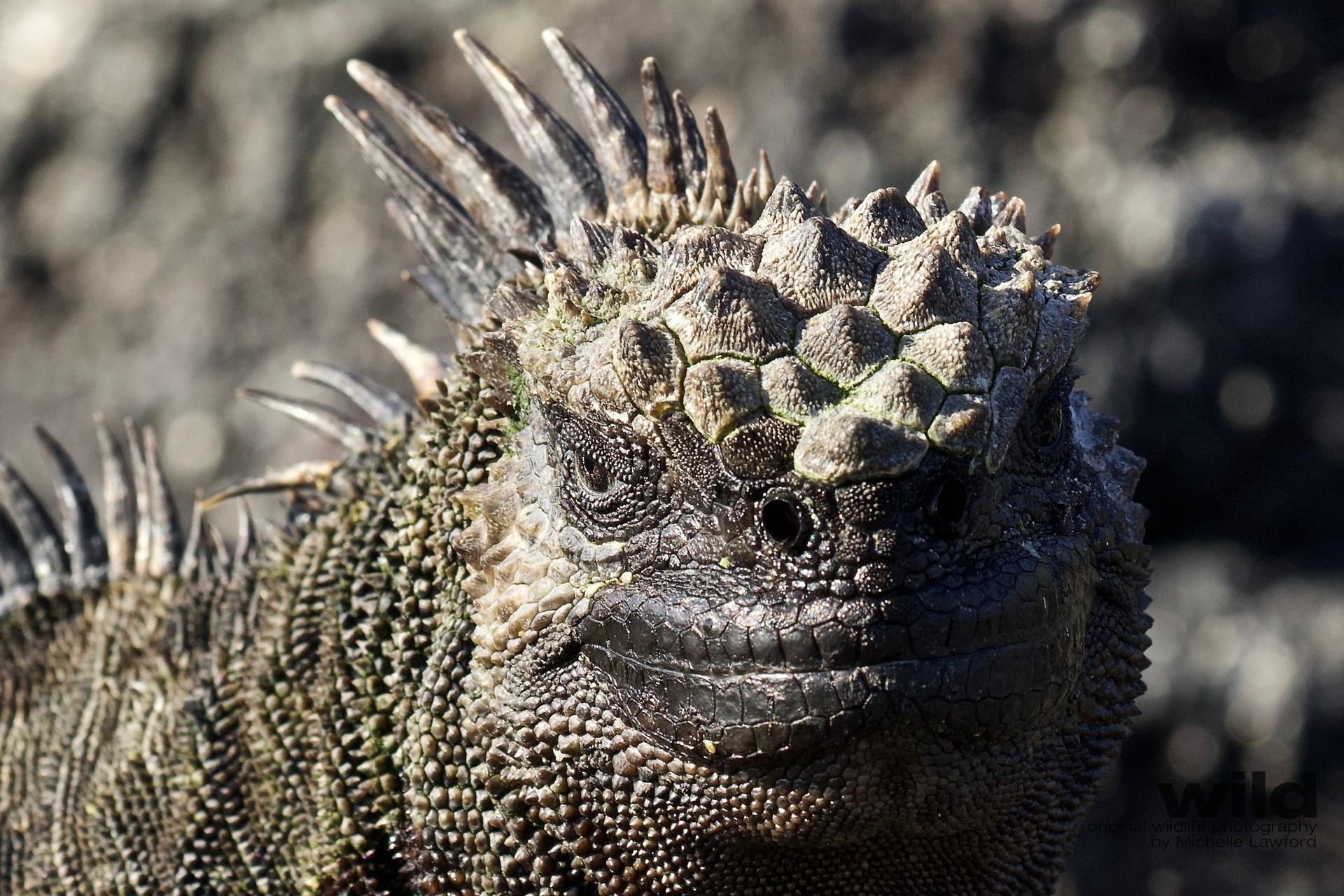
Marine Iguana
On land, in the Galapagos Island,s these reptiles look stiff and spikey but underwater, they swim with great agility as they dive in and graze on foliage growing on the rocks. It is bizarre seeing them underwater for the first time. They can look quite prehistoric.
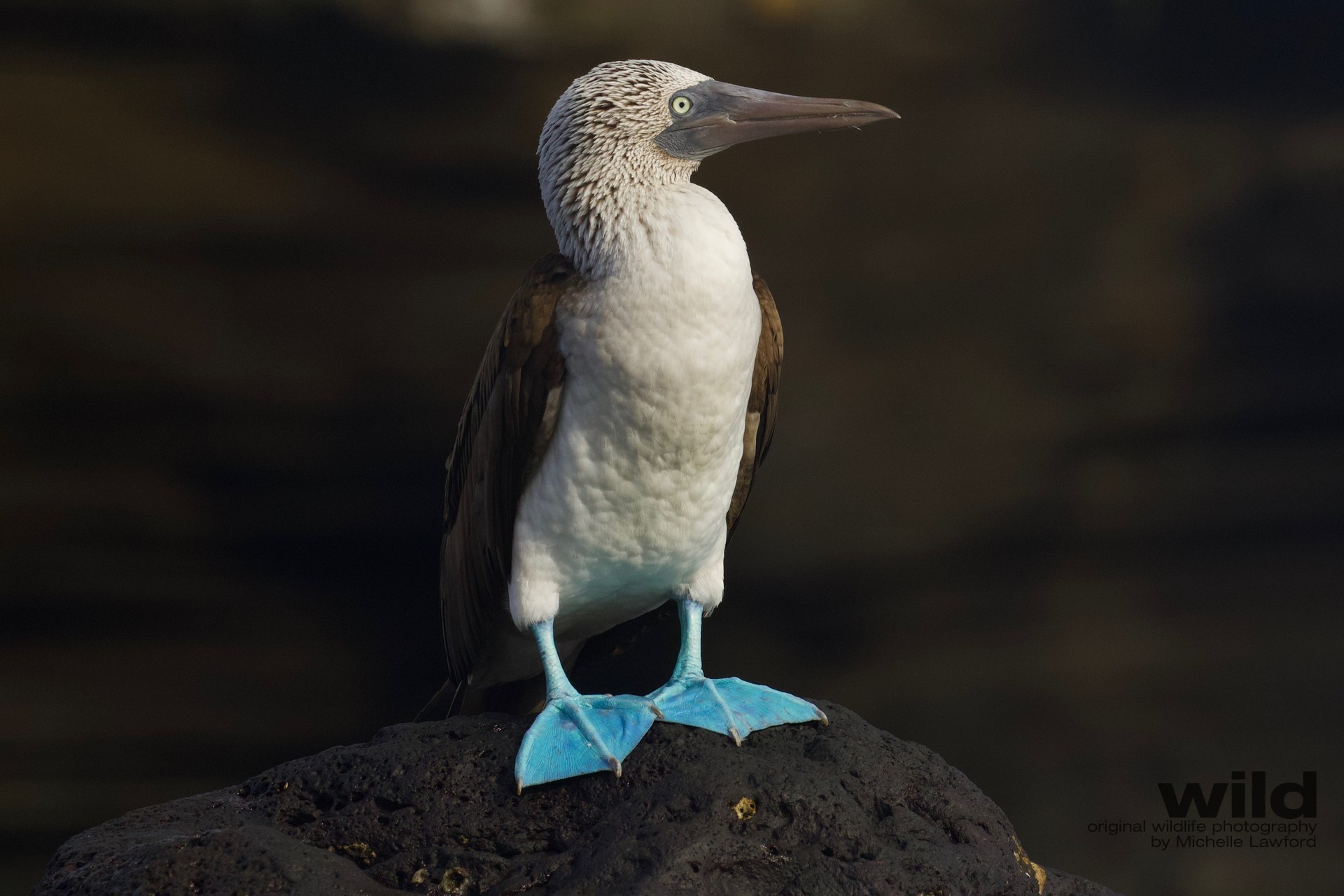
Blue Footed Boobie
Can you help smiling when looking at these Galapagos Island birds with large bright blue feet?
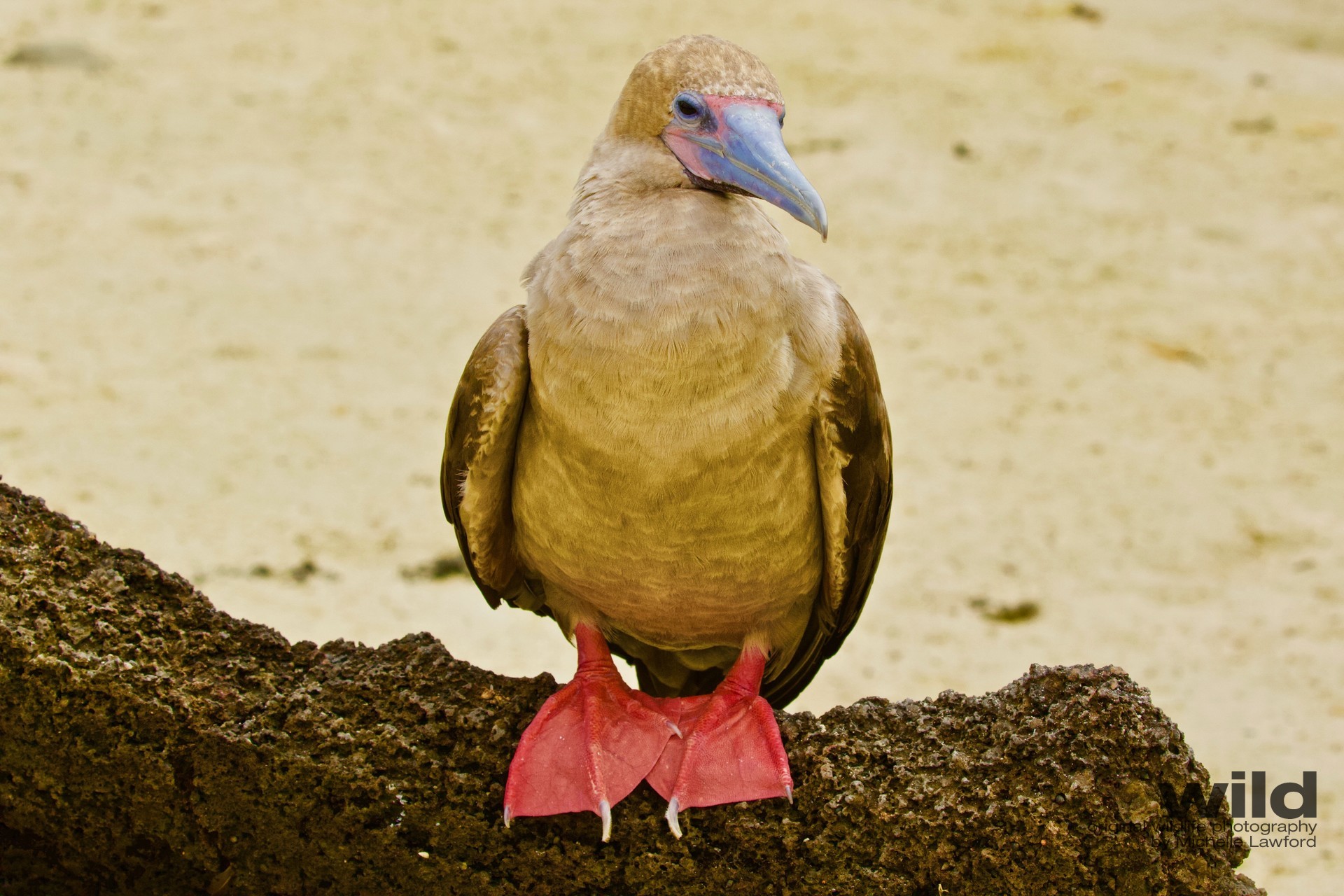
Red Footed Boobie
On Genovesa, in Galapagos Islands, the only thing more comical than a bird with big bright blue feet, is a bird with big bright red feet.
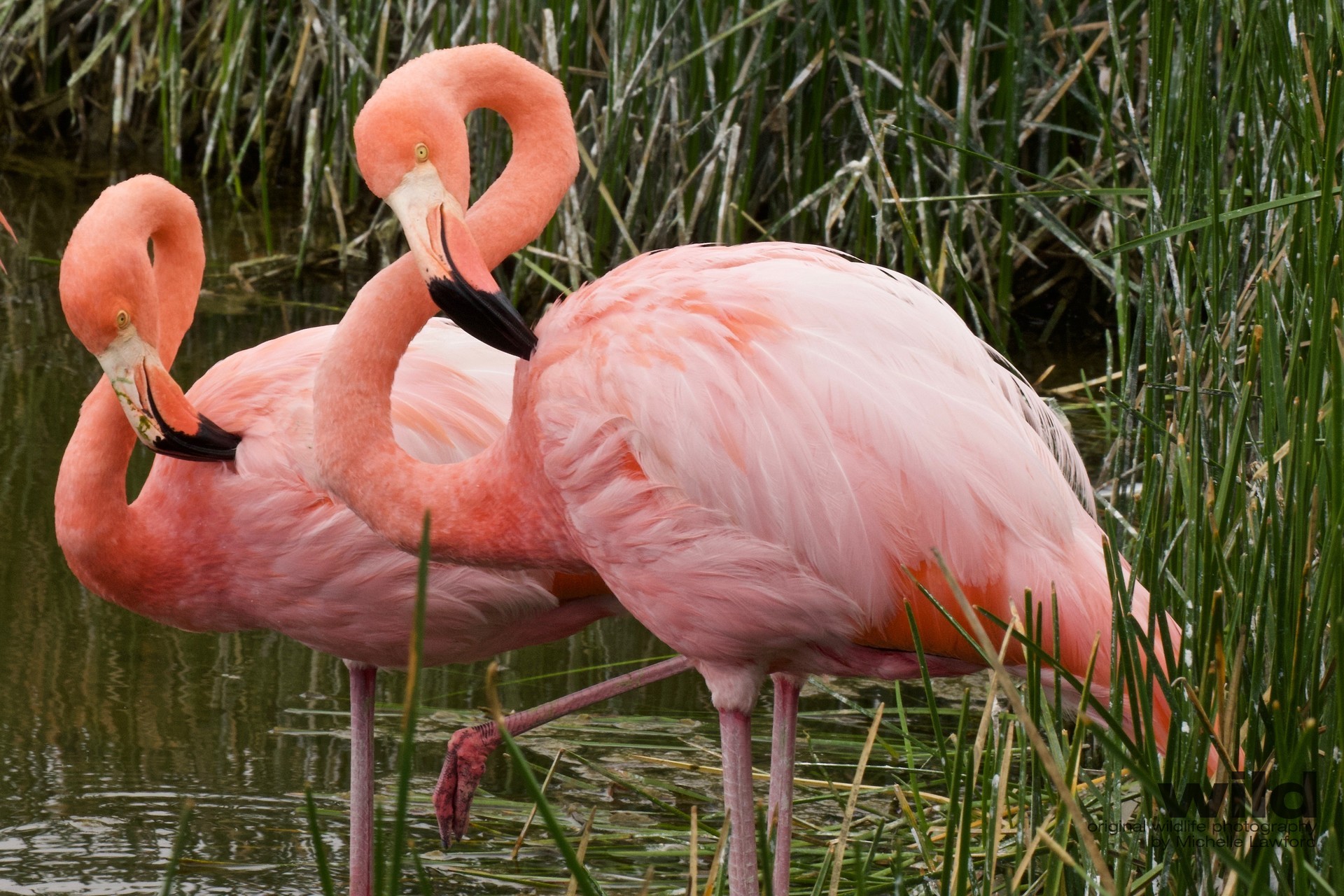
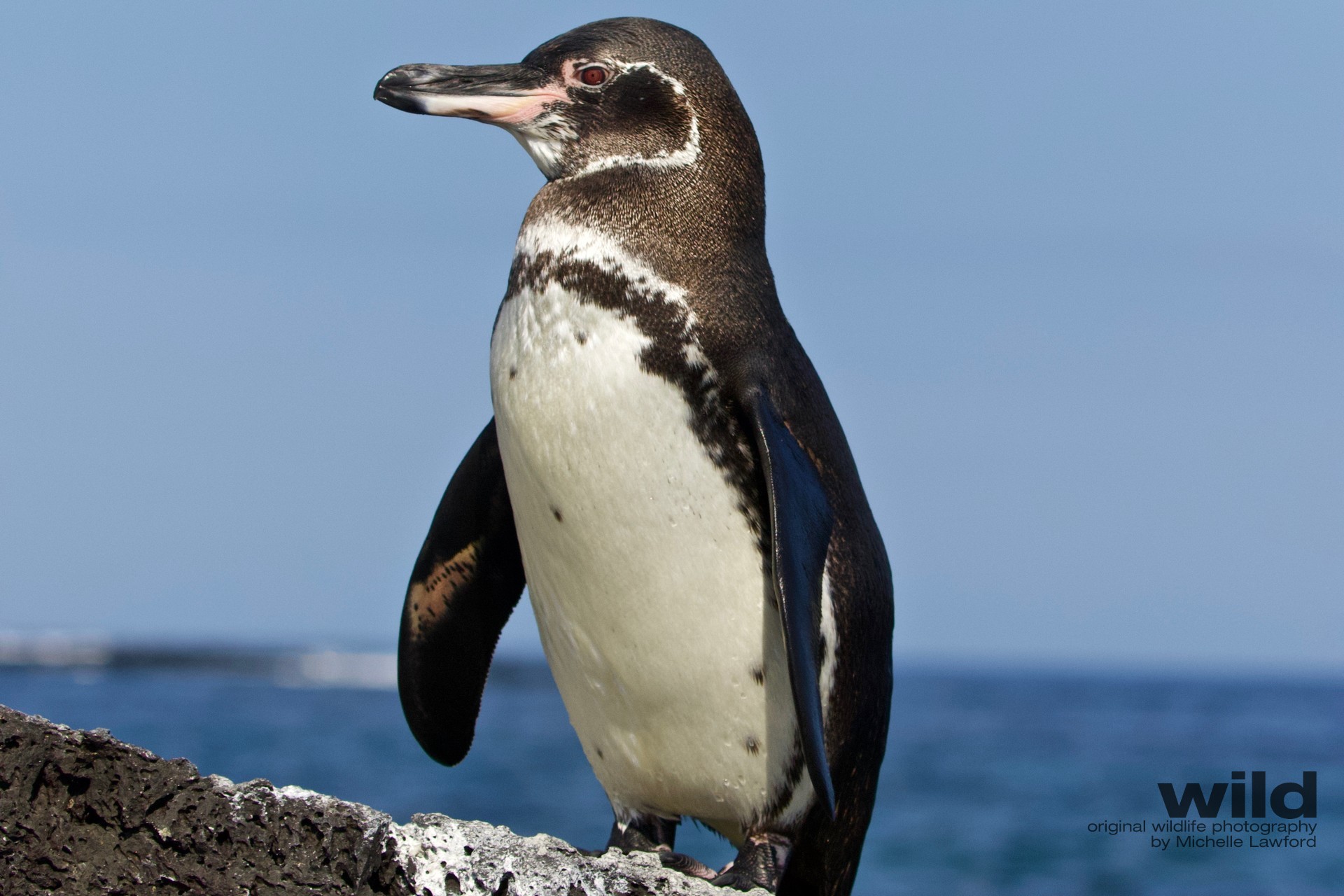
Galapagos Penguin
On Fernandina and Isabela Islands in the Galapagos, live the world’s only equatorial penguins.
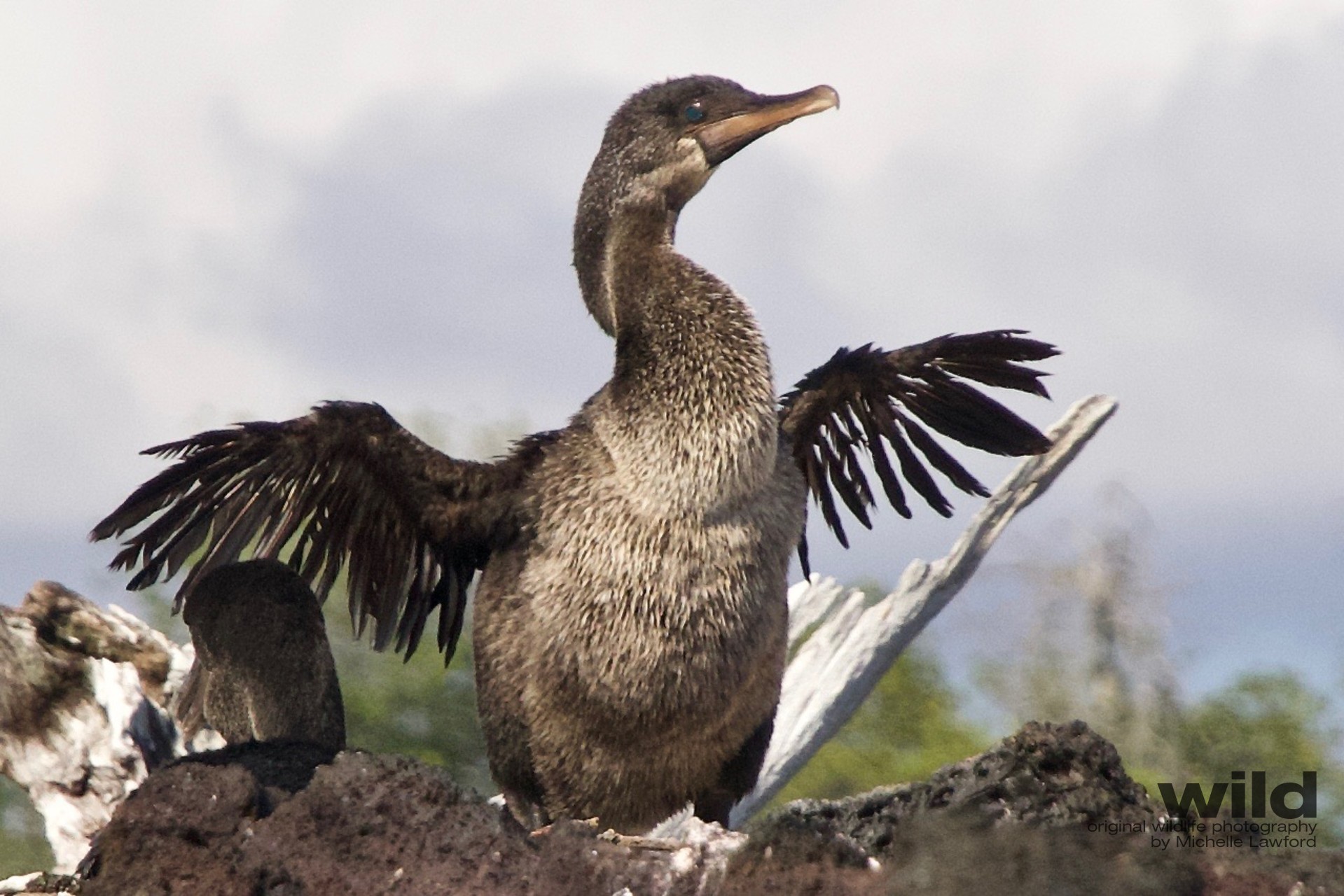
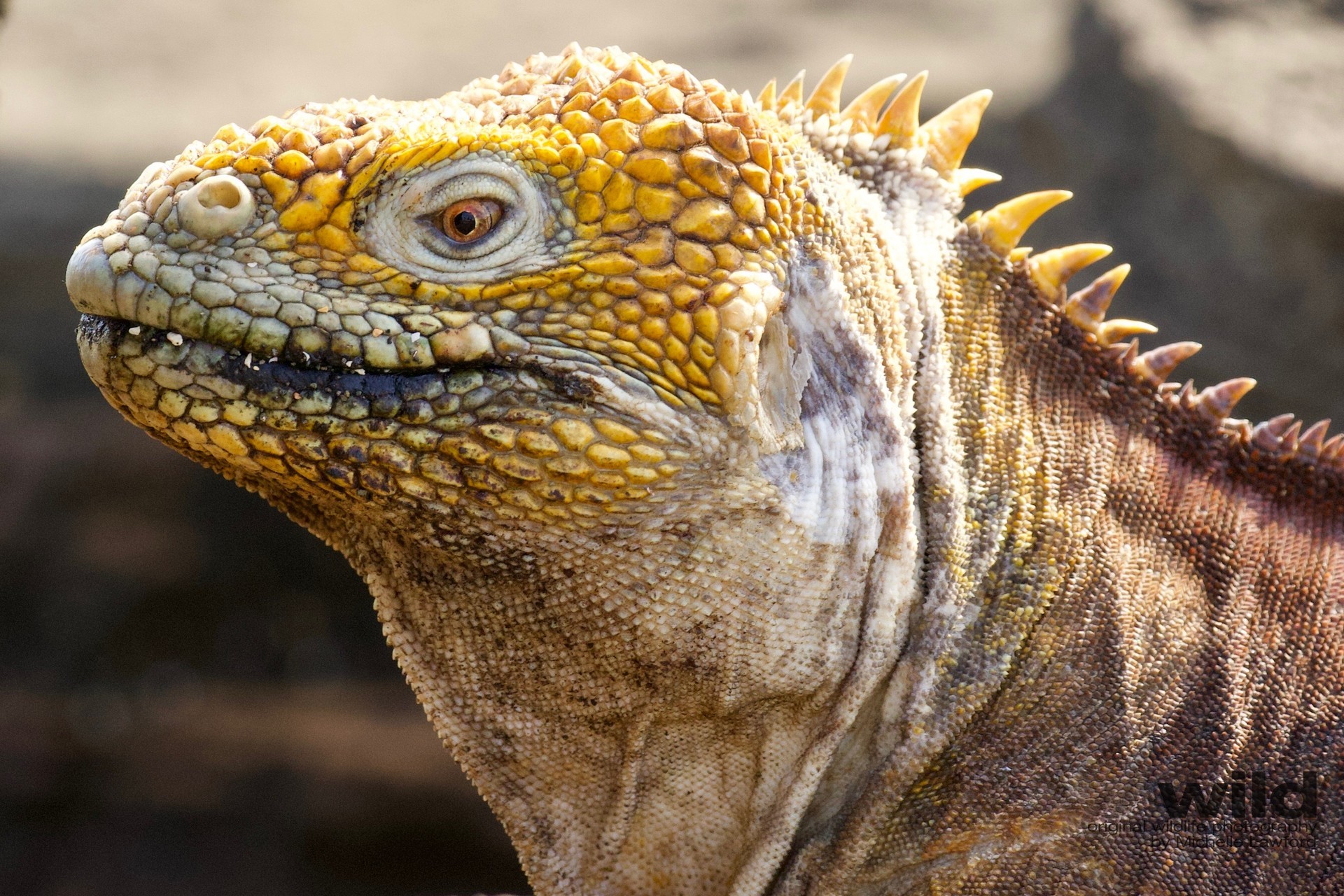
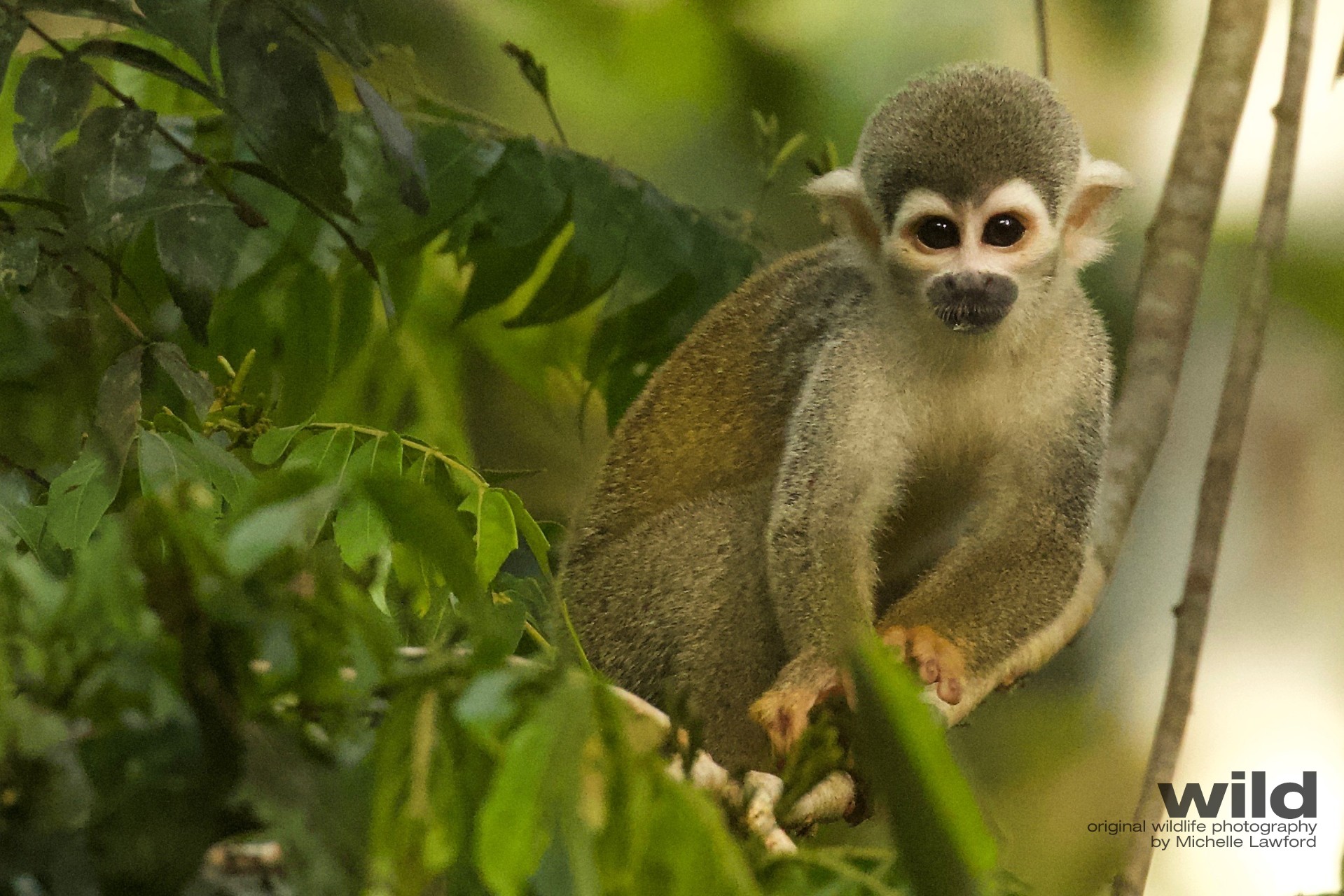
Squirrel Monkey
Come canoe down the Ecuadorian Amazon while these little primates play in the trees.
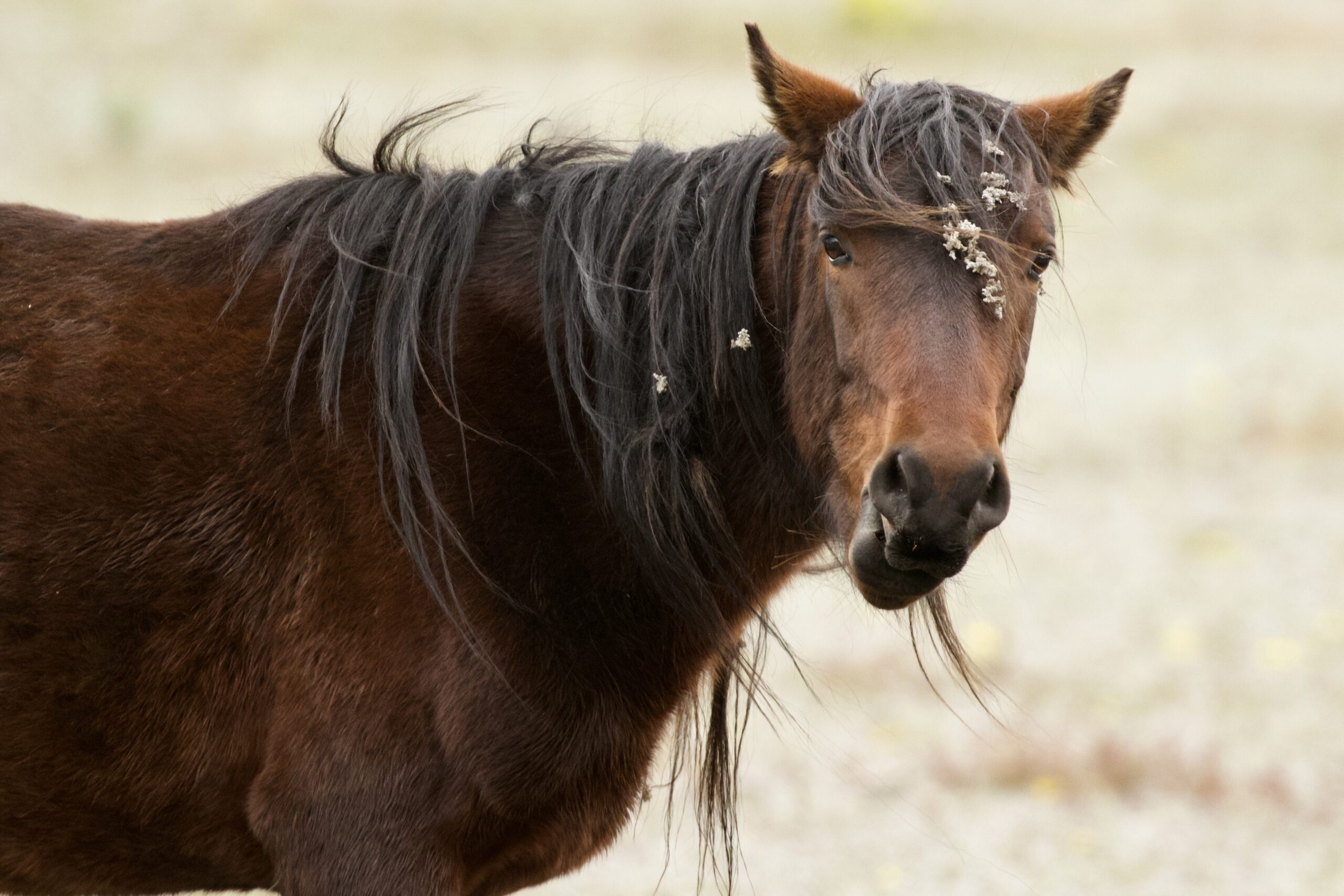
Wild horses Cotapaxi
These beautiful horses roam the hillsides around Cotapaxi, which is an active volcano in Ecuador
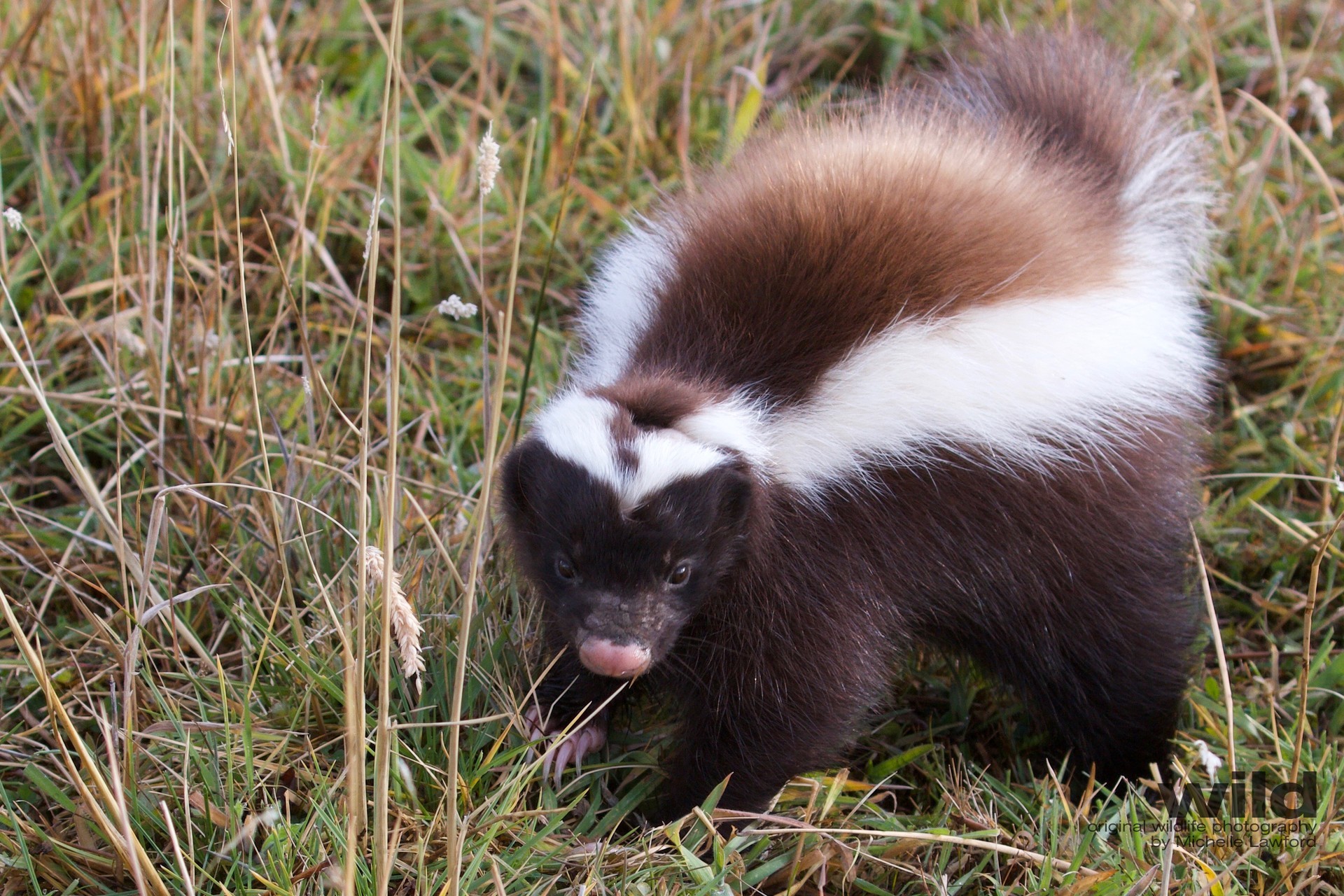
Andes skunk
This skunk was my room- mate in my little cabin in Torres del Paine National Park, Chile. We quickly came to a mutual understanding: If I was happy to share the cabin with him, he wouldn’t have any need to stink me out. We lived together in harmony for 5 days.
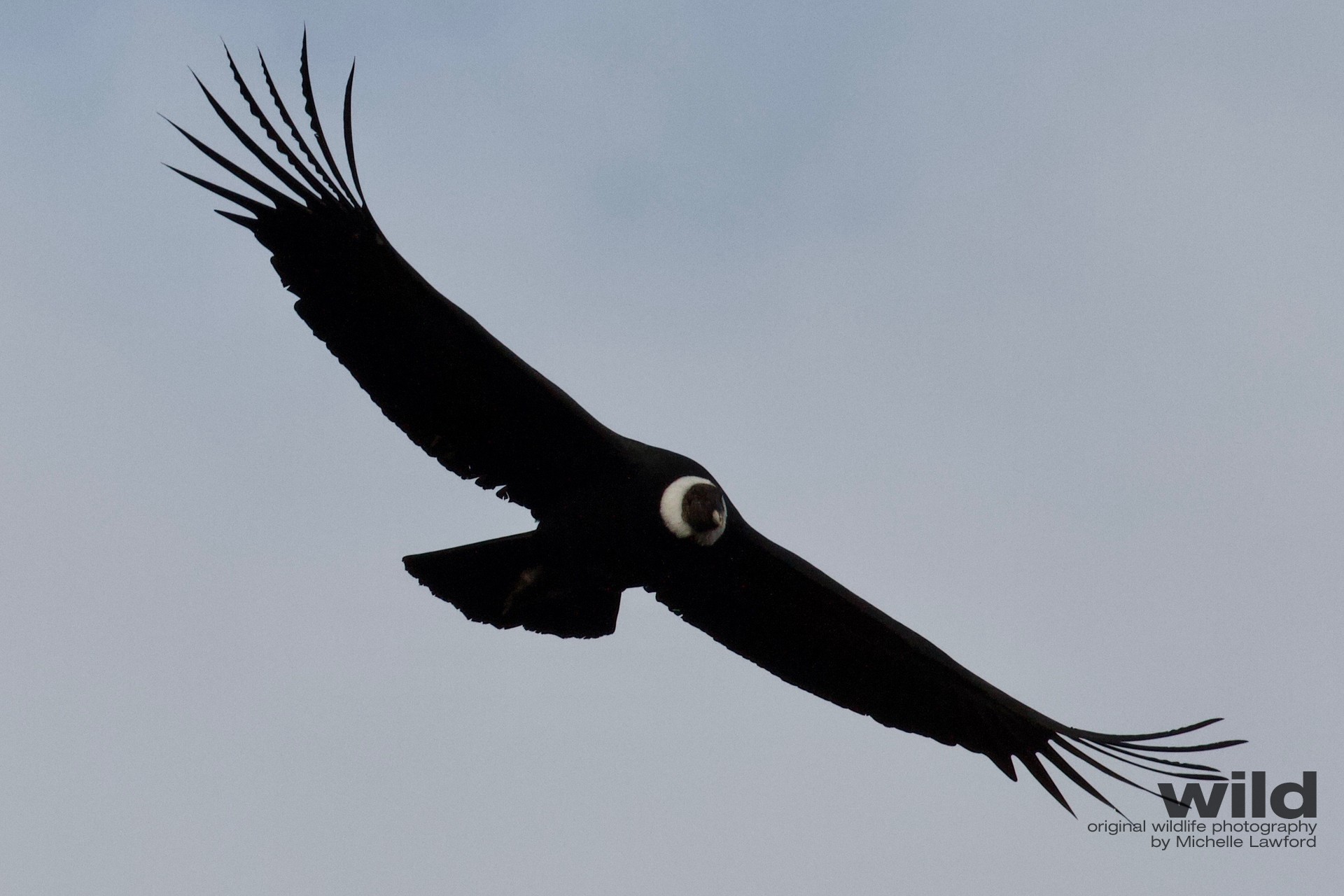
Andean Condor
Watch these majestic birds soar through Torres del Paine National Park in Chile
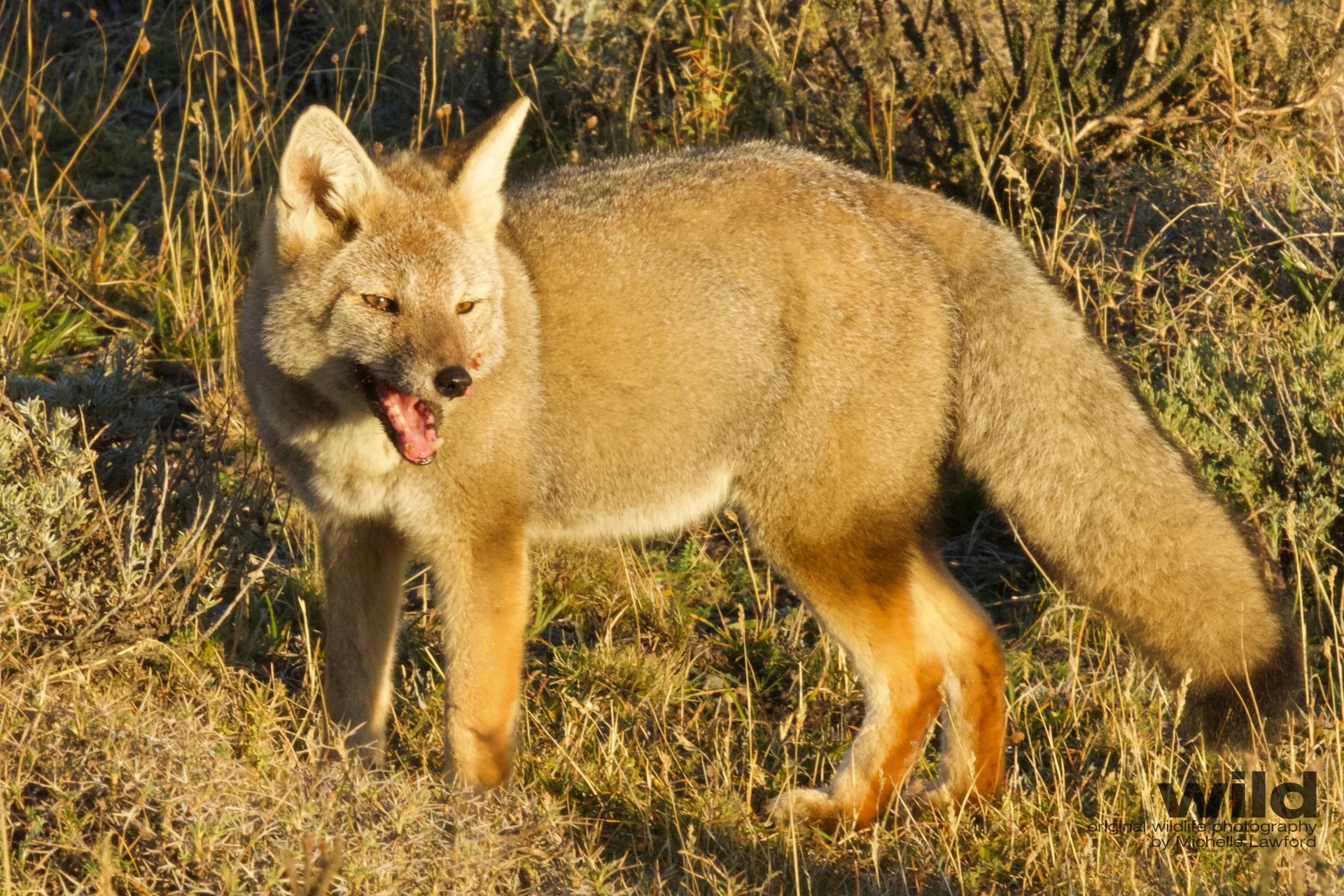
South American Grey Fox Chilla
At dawn in Torres del Paine National Park, Chile, this fox feasts on the remains of a puma kill, probably made during the night.
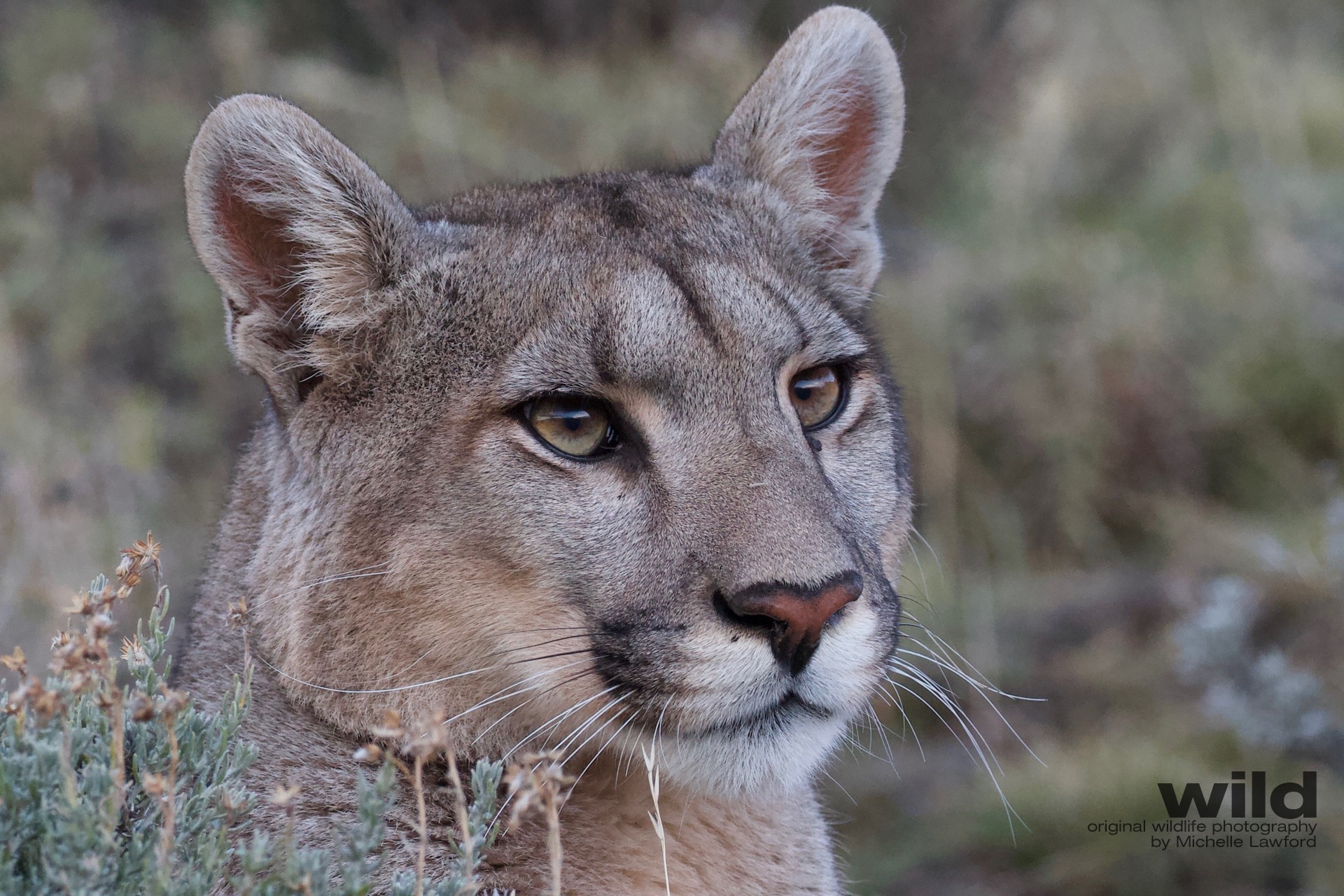
Puma
In Torres del Paine National Park. Chile, pumas are nocturnal and predate on guanacos. Hiking in the dark, until dawn, tracking pumas, while listening to guanacos scream, is an experience I will never forget.
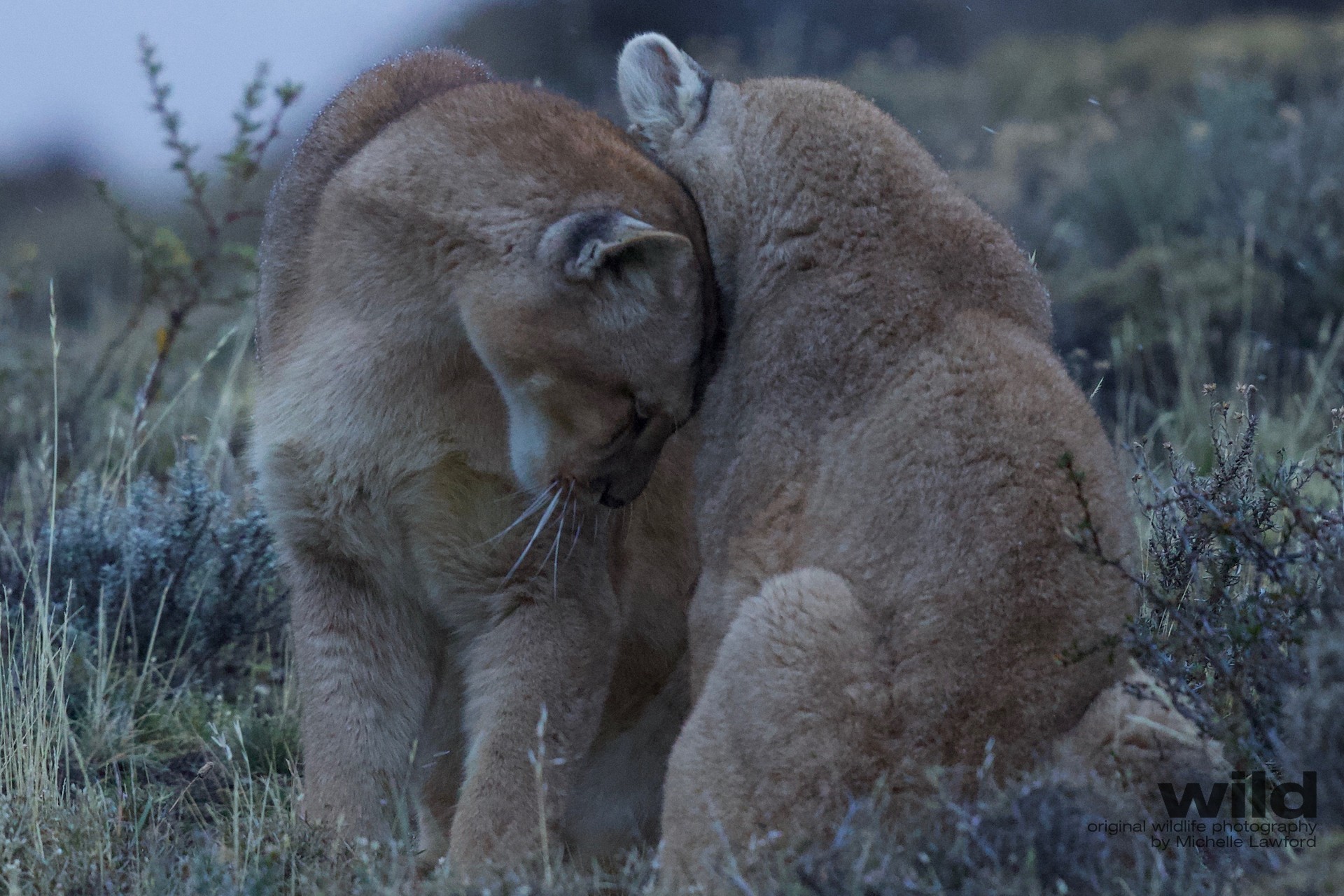
Puma Mums And Kittens
Seeing these puma mums tenderly licking their kittens as snowflakes began to fall at dawn, in Torres del Paine National Park, Chile was one of the highlights of my life.
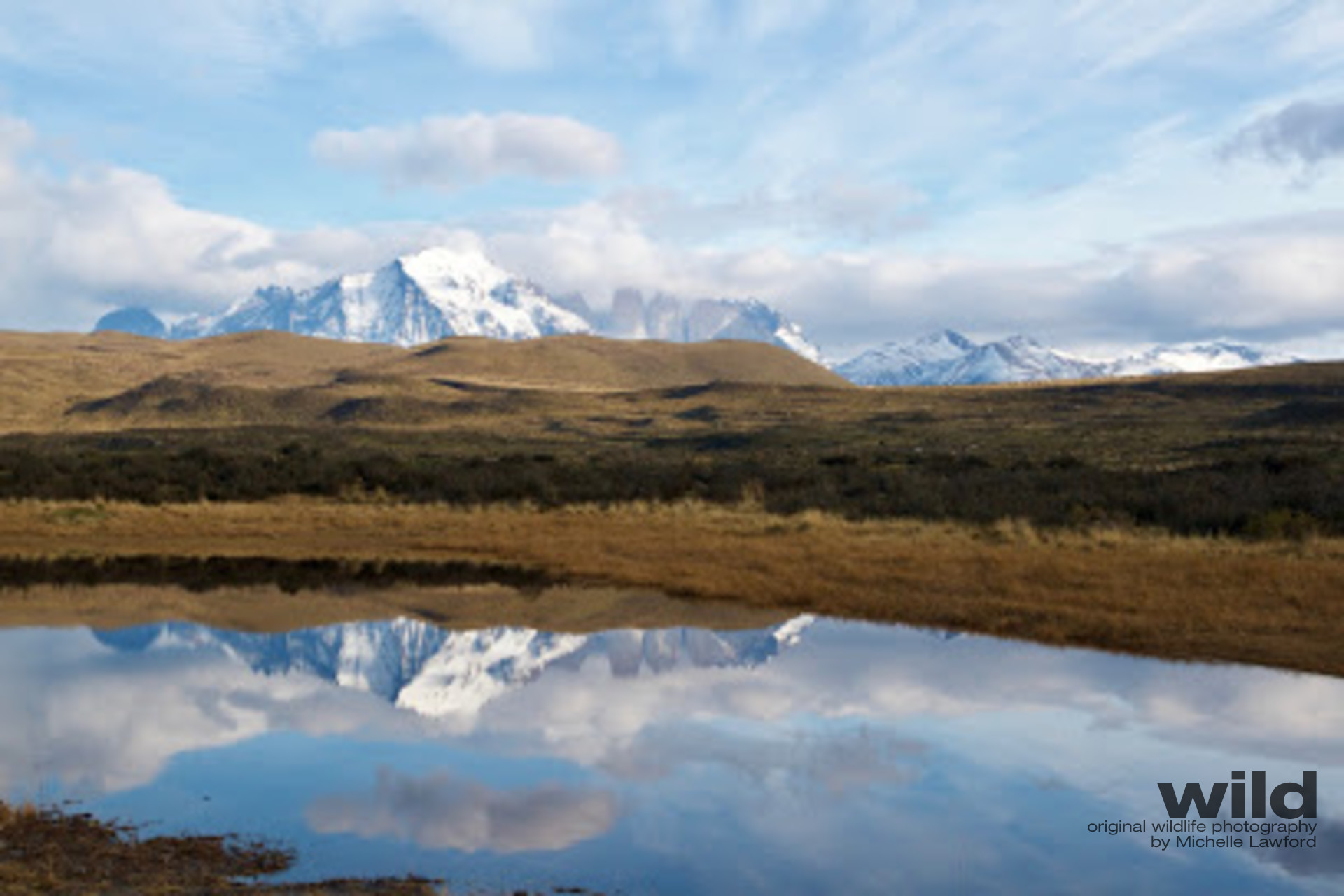
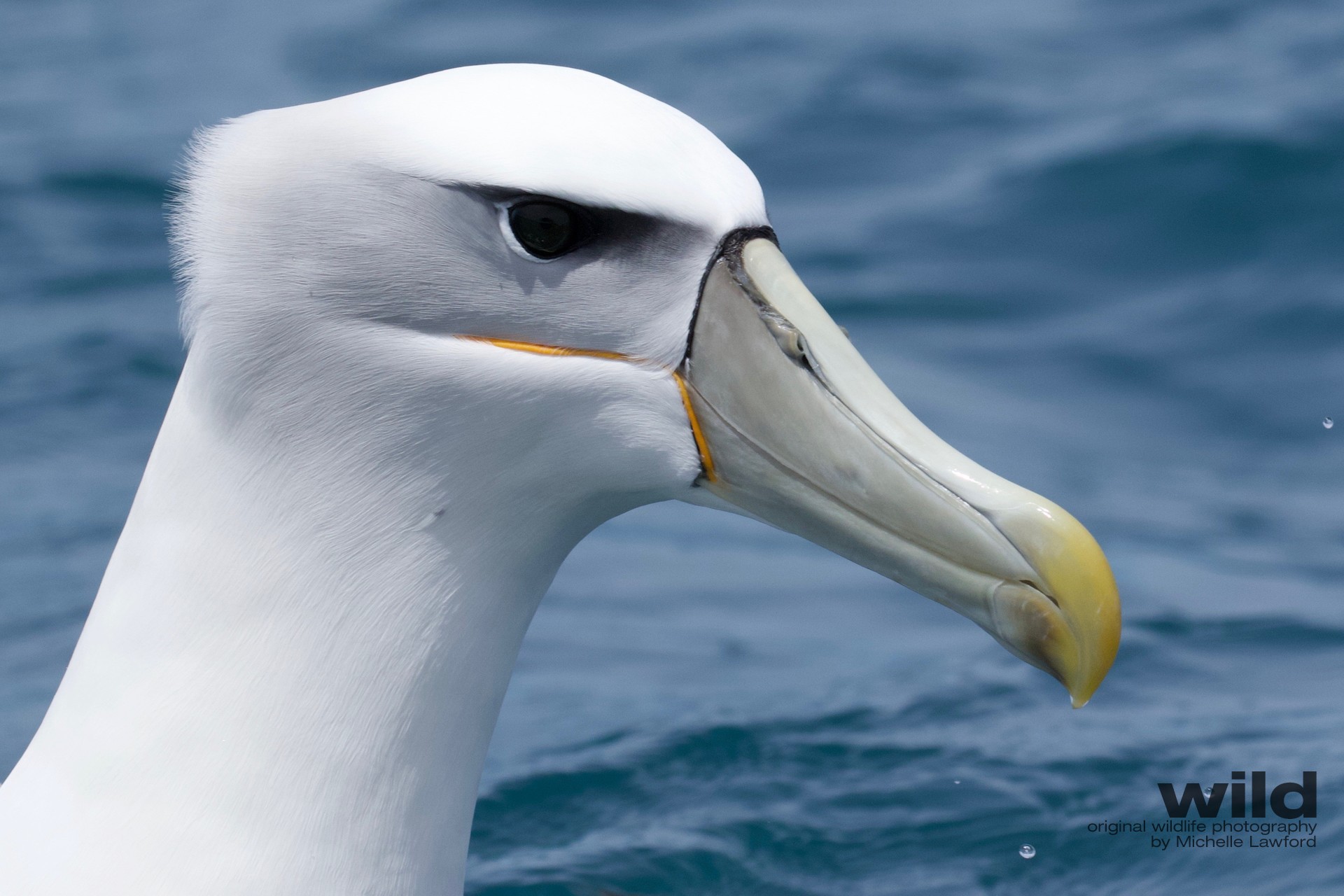
Shy Albatross
Kaikoura new Zealand. These migratory aviators can travel 1600 km per day and spend the majority of the year in the Southern Oceans.
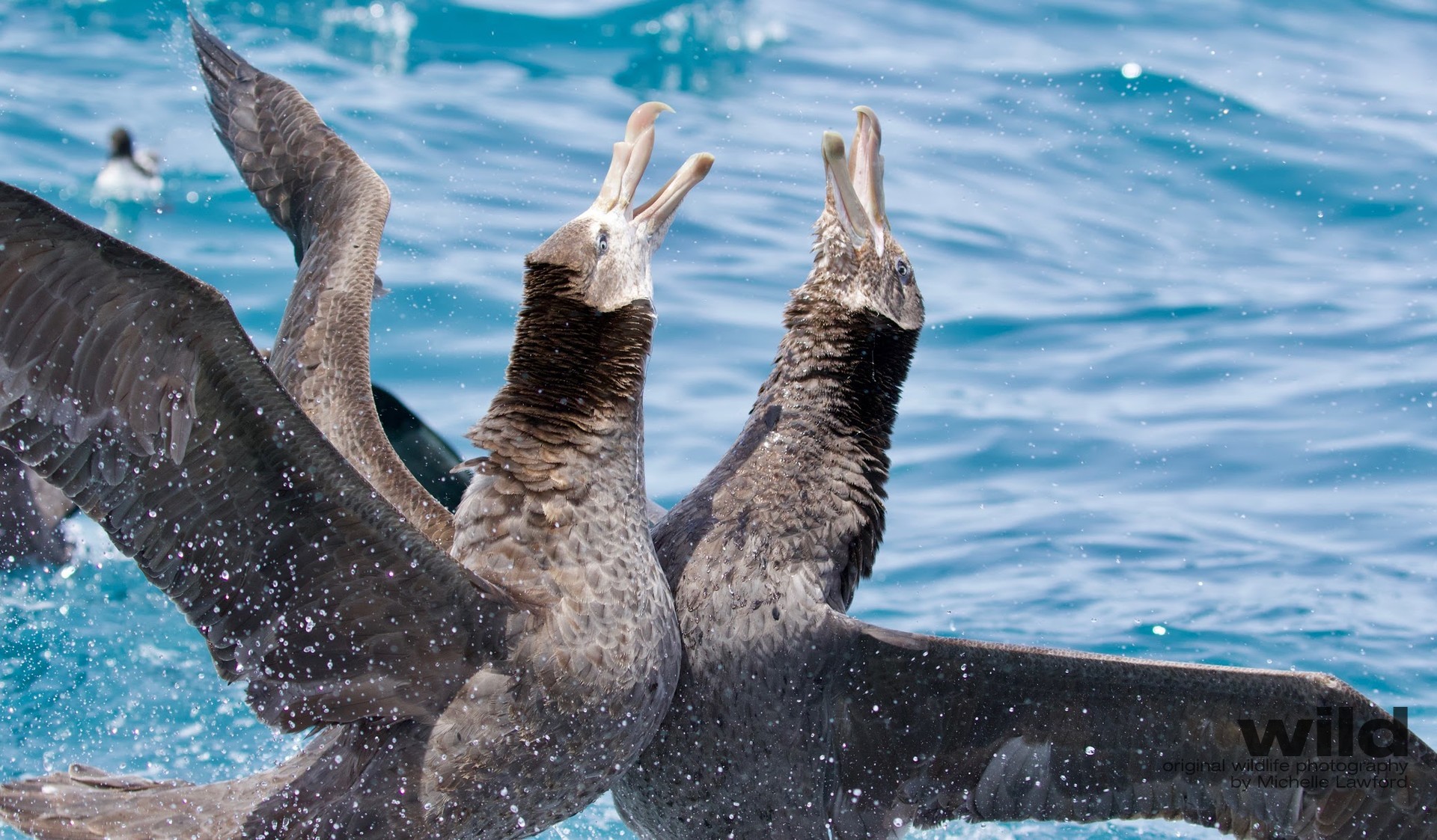
Giant Southern Petrels
Kaikoura, New Zealand. Photographing these birds being tossed around in a rough sea, from a small boat also being tossed around on a rough sea was a dizzying experience. Plus, it was hard to tell if their aggressive behaviour was competition or courtship!
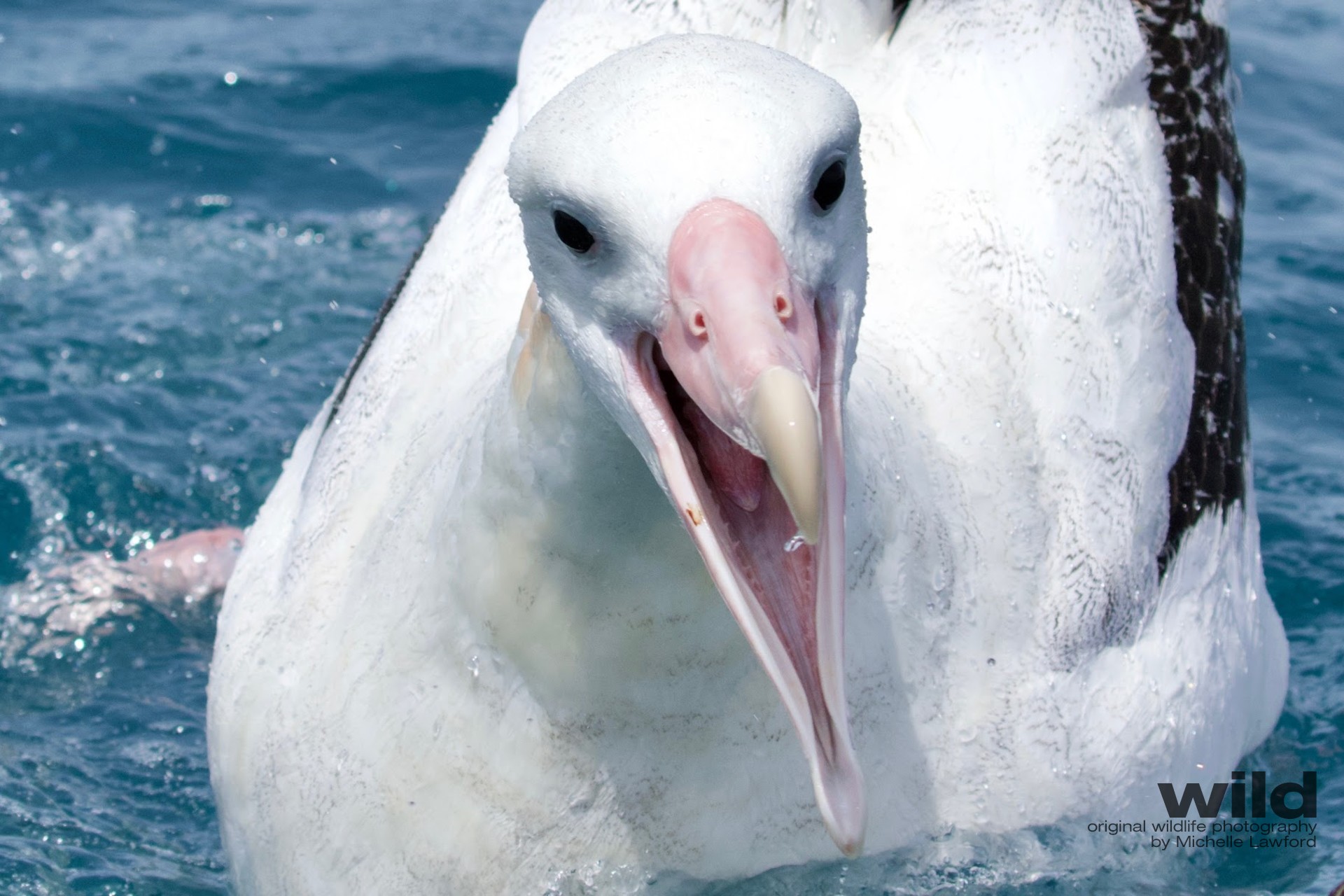
Gibsons Wandering Albatross
Kaikoura, New Zealand. These migratory aviators can travel 1600 km per day and spend the majority of the year in the Southern Oceans.
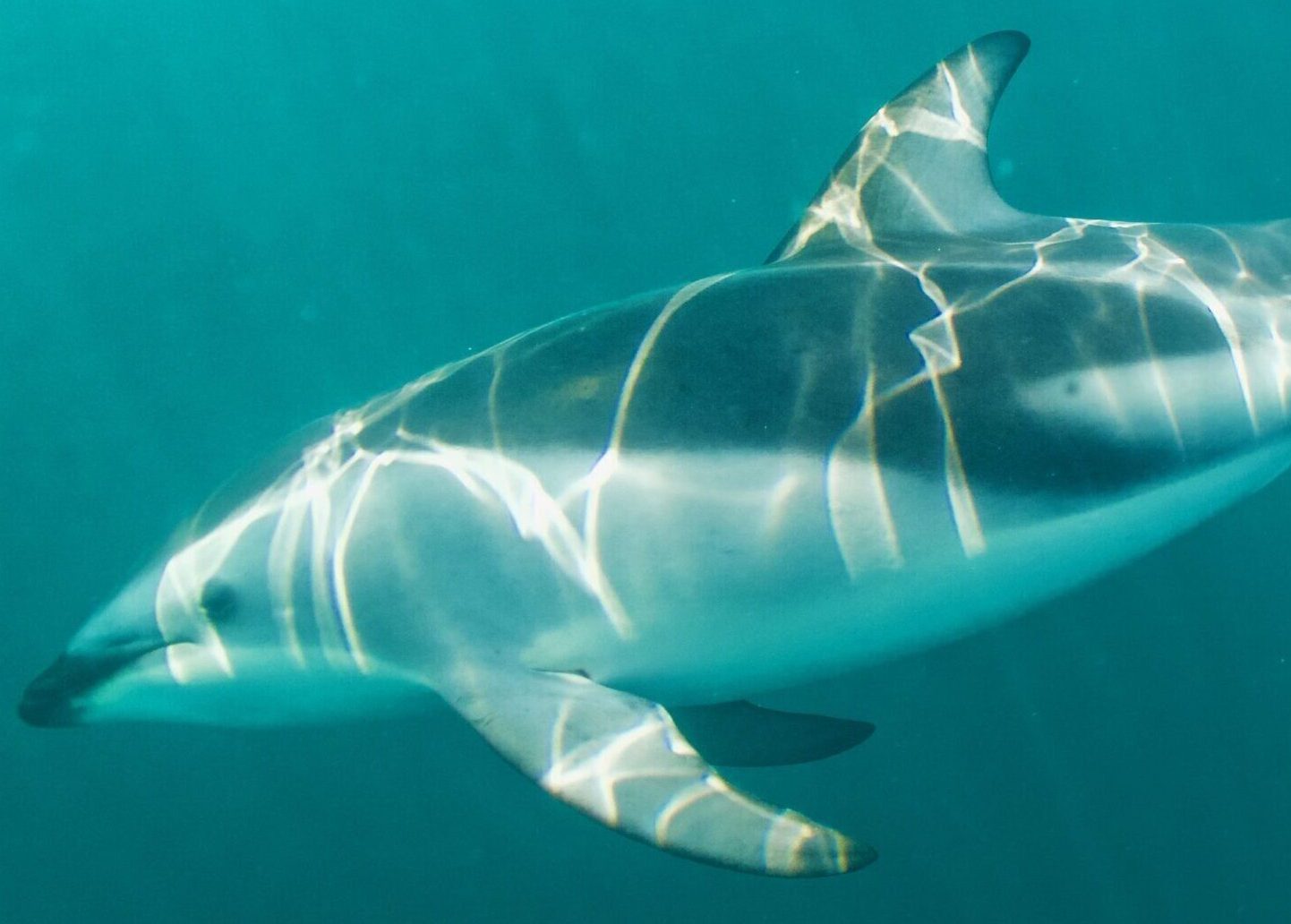
Dusky Dolphin
Kaikoura, New Zealand is a great place to swim with these beautiful animals but keeping up with them as they do their underwater acrobatics can make you very dizzy and disorientated; a challenge for photography.
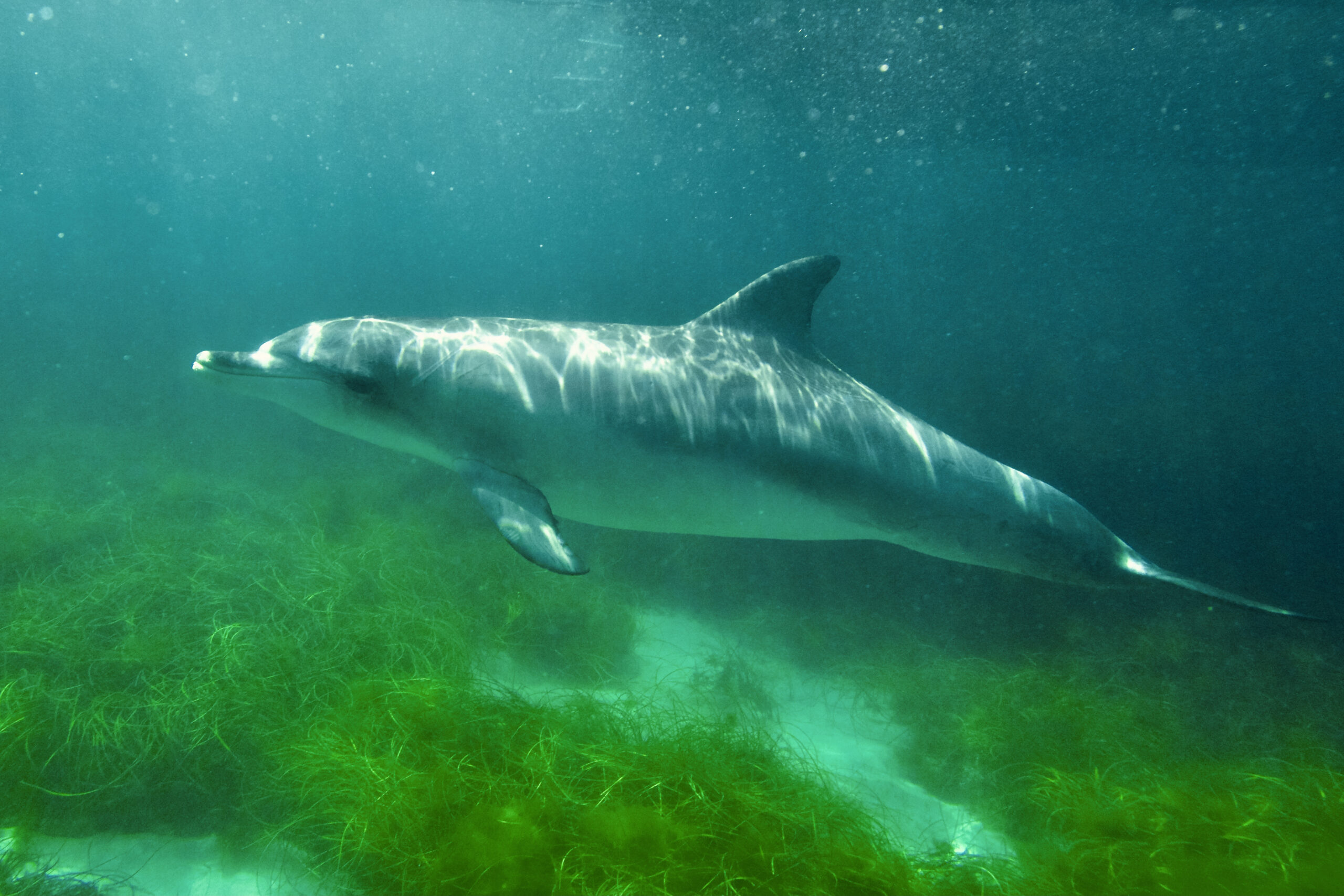
Common dolphin
On Kangaroo Island, South Australia, the dolphins are very relaxed, thanks to a psychedelic drug they source by rubbing themselves against puffer fish that excrete a substance that is toxic to all other animals but is metabolised as a hallucinogen by the dolphins. Just more proof of how clever they are! Swim with them while they get high on puffer fish, and you can get high on adrenalin and Nature.
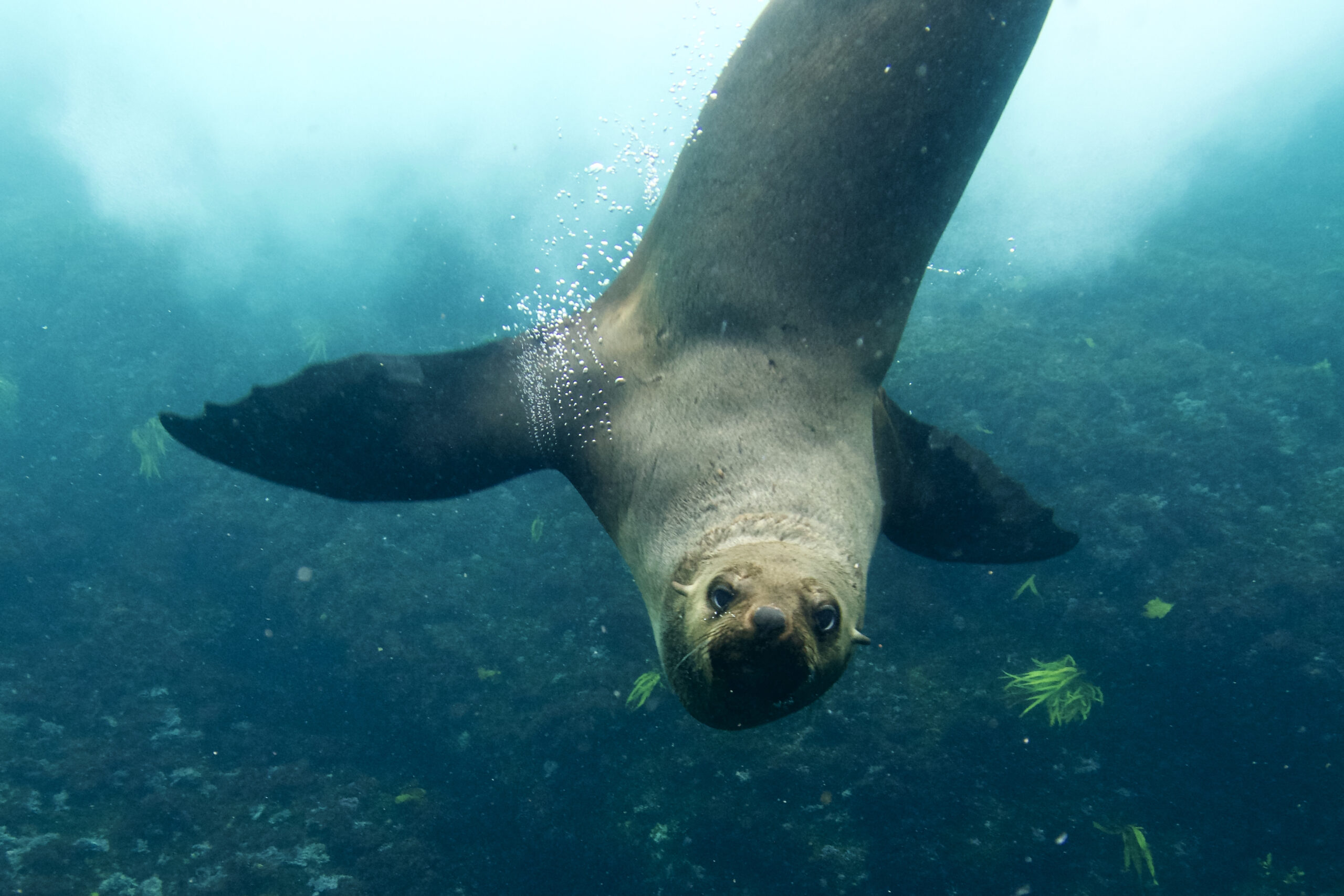
New Zealand Fur Seals
On Montague Island, on the New South Wales South Coast of Australia, these seals have made their home. What a joy to swim with them and watch their amazing acrobatics. The shallow turquoise water and colourful seaweeds were an added bonus. In the deeper areas, where the water was dark blue, the seals looked to me, like they were flying through outer space.
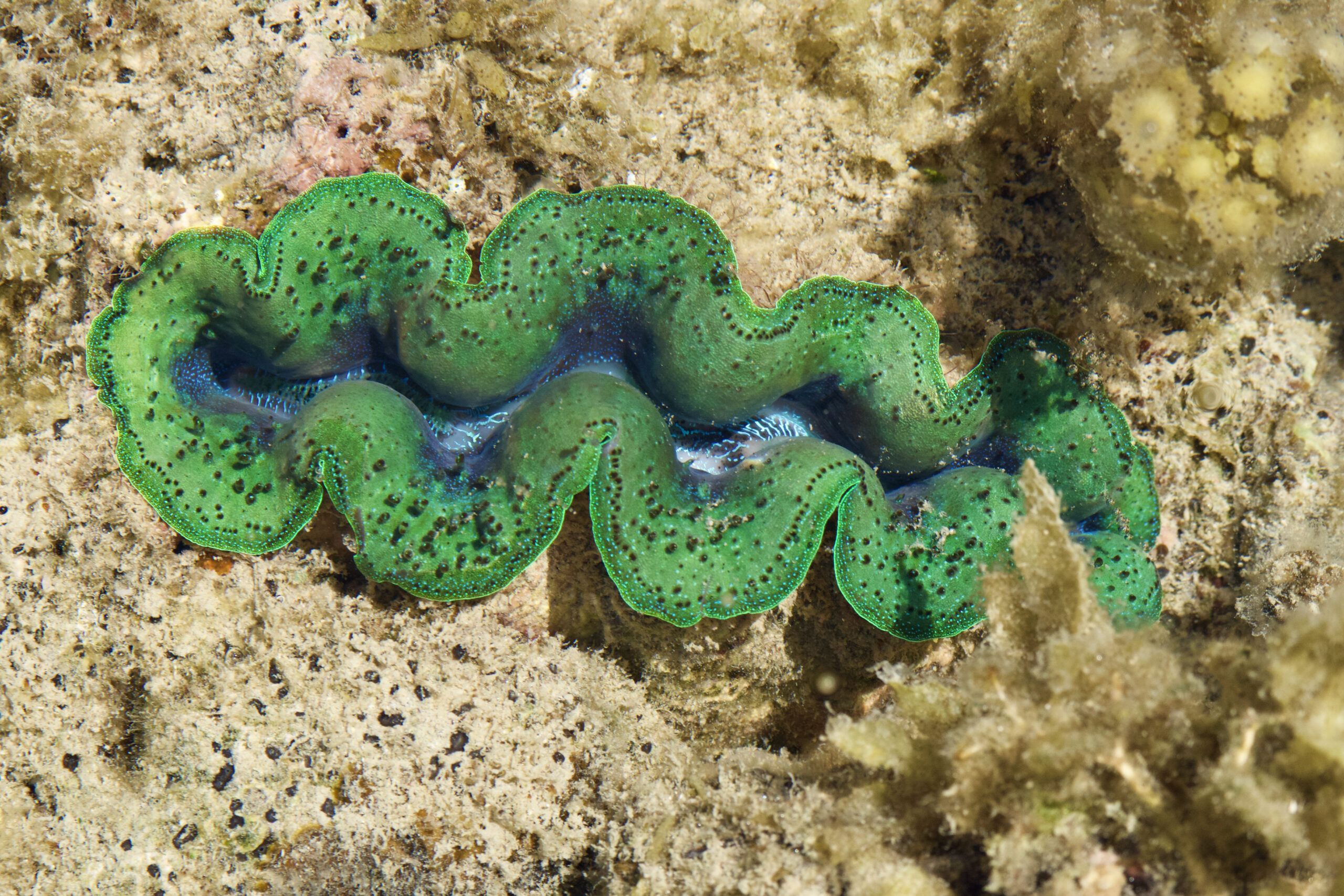
Coral and clams
In the Whitsunday Islands in Queensland, Australia, the underwater landscape is a feast for the eyes.
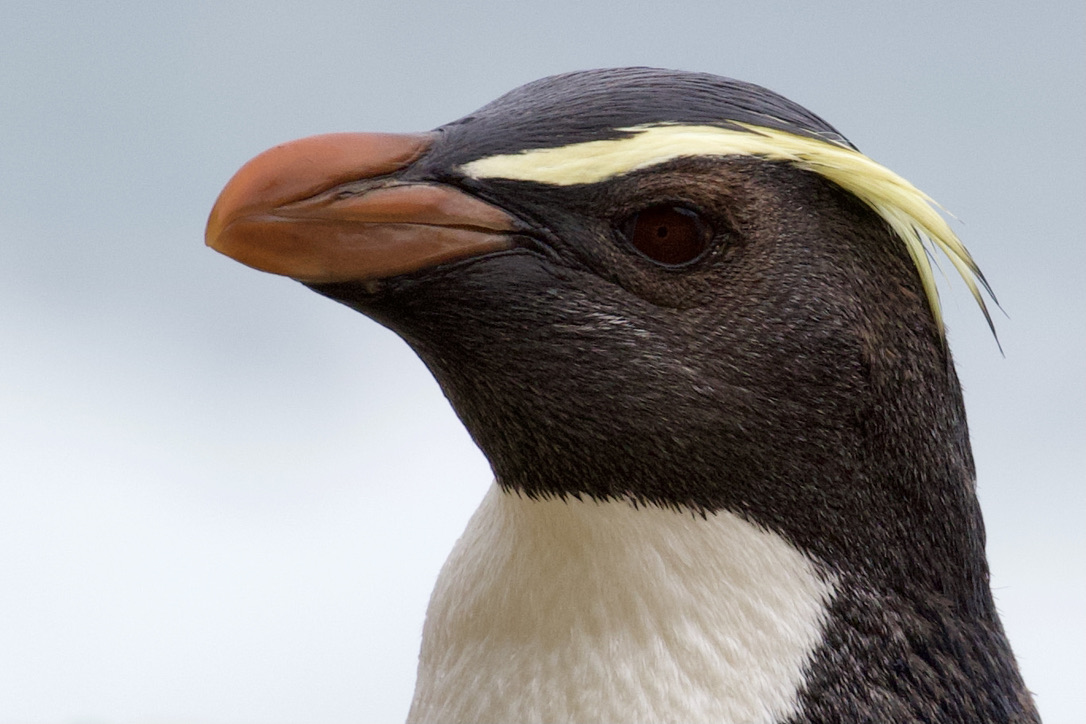
Tawaki
This extremely rare penguin is only found along a small strip of the southwest coastline of the South Island of New Zealand. The parents nest in the dense rainforest, hiding their young from predators. One parent stays with the nest while the other goes out to sea to fish. The parent returning with food is greeted on the beach by their mate. Once reunited, the couple have a formidable hike up the beach and then inland into the forest back to the nest. I spend two wonderful days watching tawaki leaving, returning, reuniting, courting and squabbling. Often committees of tawaki gather at the shore and argue about the right time and place for departures. Sometimes they leave but then abort their mission and return to the beach for more arguing. “Meet and greet” committees sometimes seem to admonish returning tawaki, who then turn around and go back out to sea. Clearly, tawaki society is complex and perplexing!

King penguin
Macquarie Island in the Australian Sub-Antarctic, is home to a huge colony of these extraordinary penguins. The weather in this part of the world is notoriously rough. I was so fortunate to have calm seas and was able to come ashore two days in a row. The youngsters gather in a creche and look very funny as they lose their juvenile fluffy down and start to grow a sleek waterproof coat. Troops of penguins march up and down the beach, squabbling with giant elephant seals. Other penguins line up and form a swim club, diving in one by one. Somehow its all very orderly and very chaotic all at once. The whole scene is quite unforgettable.
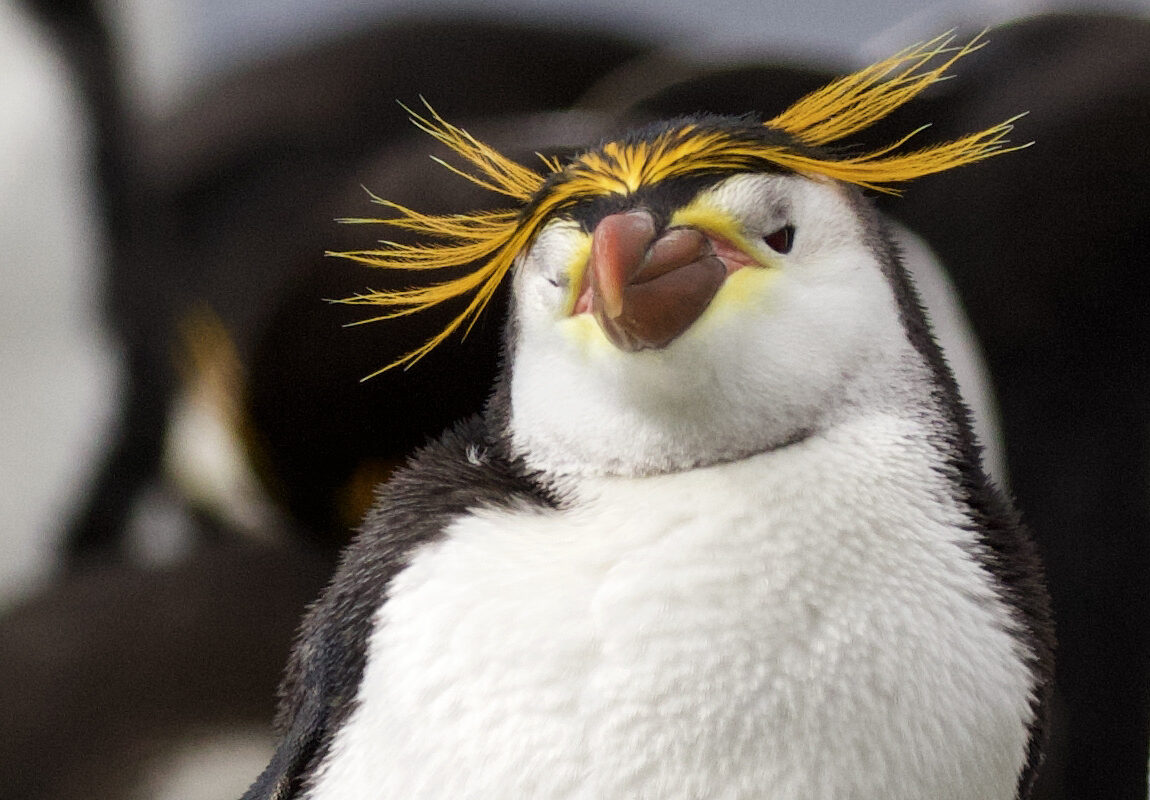
Royal penguin
This huge colony on Macquarie Island in the Australian Sub-Antarctic is extraordinary and goes for as far as the eye can see. It is a seething mass of penguin society. Parents sit on eggs or hide their young under a big flap of skin between their legs. Antarctic skua fly in and try to distract the parents and steal the egg, or even a chick. One skua flew off with a chick just as I was photographing it! The noise of thousands of penguin families is deafening. While the parents stick together in a tight huddle on the hill, the other penguins huddle together on the beach.

Gentoo Penguin
On Macquarie Island in the Australian Sub-Antarctic, the Gentoo Penguin have a much lower profile than the massive King and Royal Penguin colonies. The Gentoo seem to be shy and don’t congregate in huge colonies here. They also seem to have been relegated to the far-side of the island where life is much quieter. I was very lucky to spend some time with a mum and her chick, from a respectful distance, of course.
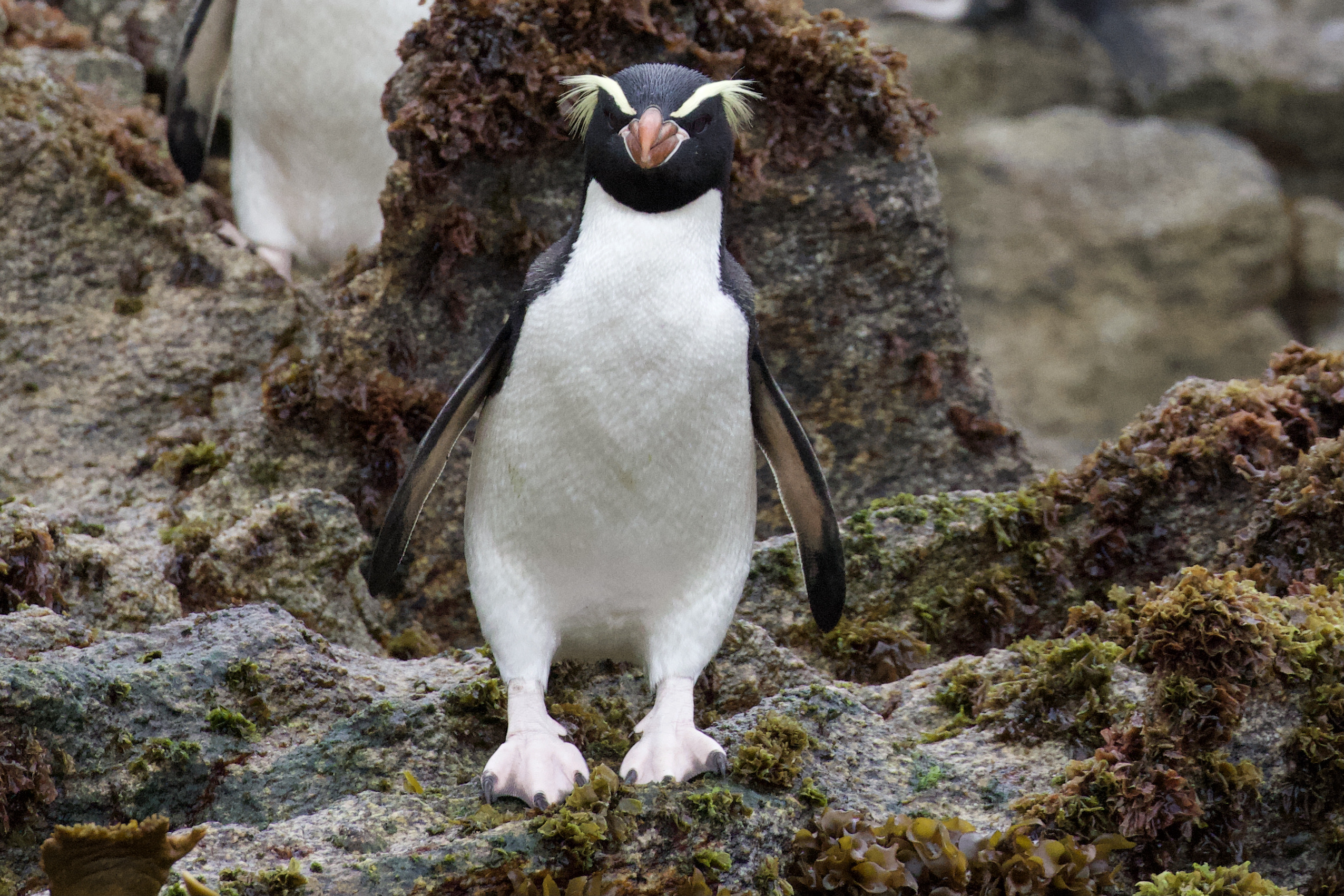
Snares Crested Penguin
This penguin is unique to Snares Island in the New Zealand Sub-Antarctic. This area of the world is known as the Galapagos of the South, because each small island is home to a unique sub-species of penguin. So, although there are a number of types of crested penguin, the Snares Crested Penguin is only found on this Island and it differs slightly from crested penguins on nearby islands.
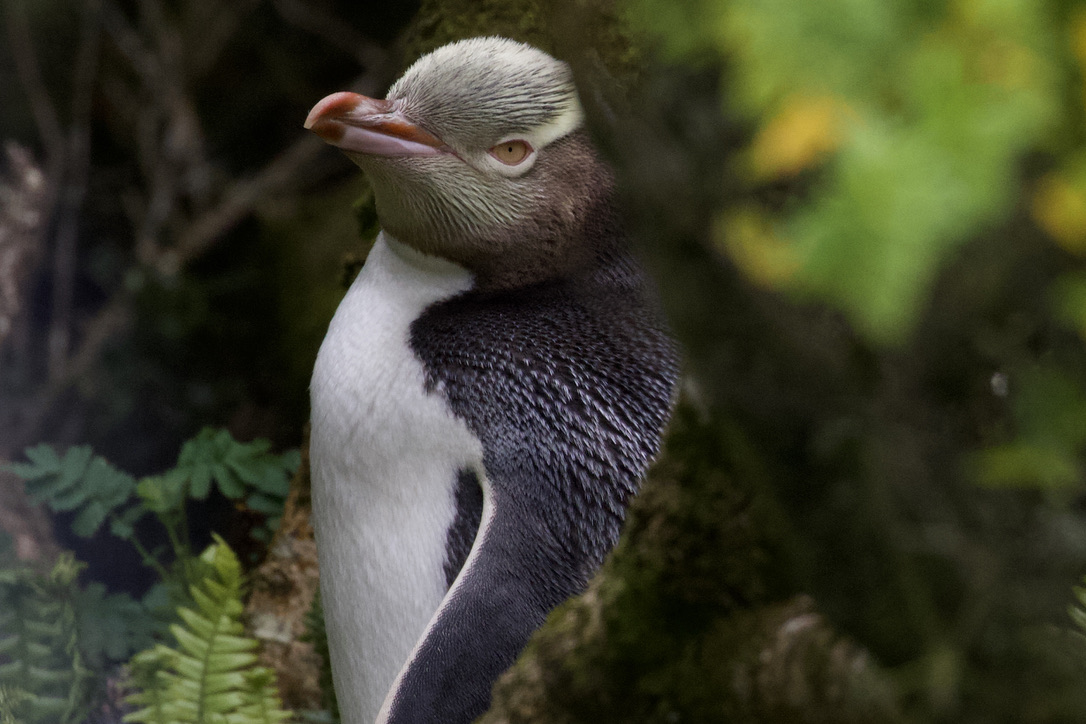
Yellow-eyed Penguin
This sub-species of penguin is only found on Enderby Island in the New Zealand Sub-Antarctic. Not only was I lucky to see this elusive penguin, I also ended up capturing the even-more-elusive Sub-Antarctic parakeet as it flew into the shot.
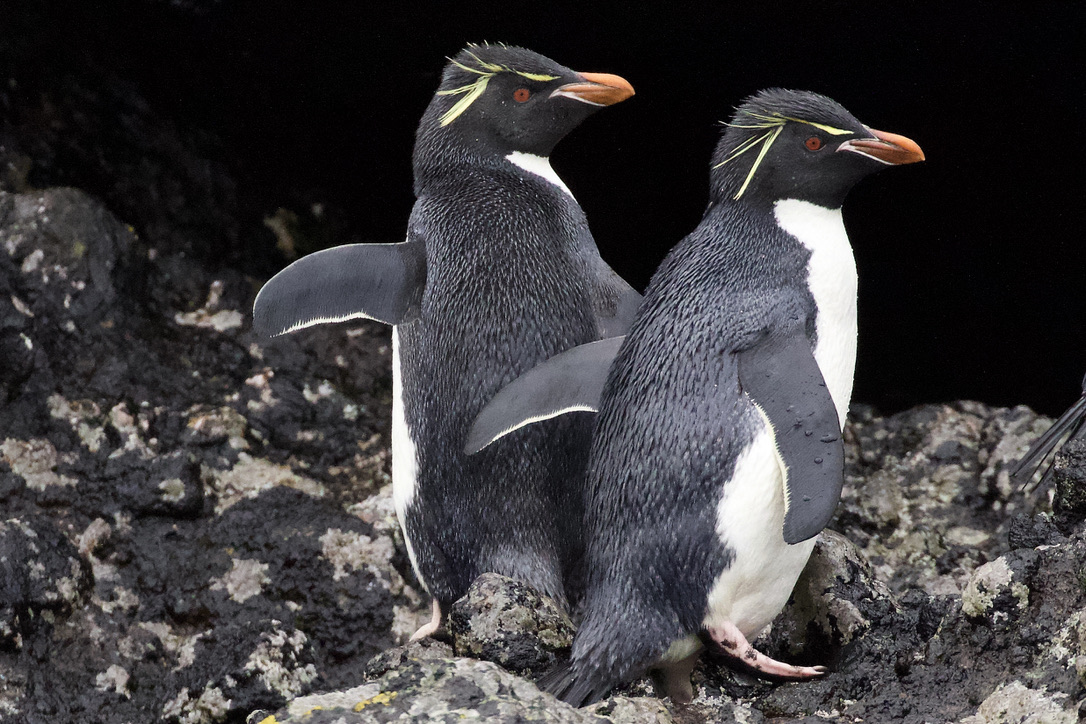
Rock-hopper penguin
This penguin is unique to Auckland Island in the New Zealand Sub-Antarctic. This area of the world is known as the Galapagos of the South, because each island is home to a unique sub-species of penguin. So, although there are a number of types of crested penguin, the Rock Hopper is only found on this Island and it is smaller (and therefore more agile) than other crested penguins on nearby islands. This is an advantage on Auckland Island, where small caves and crevasses on the rocky shoreline provide the only shelter in a rough environment.
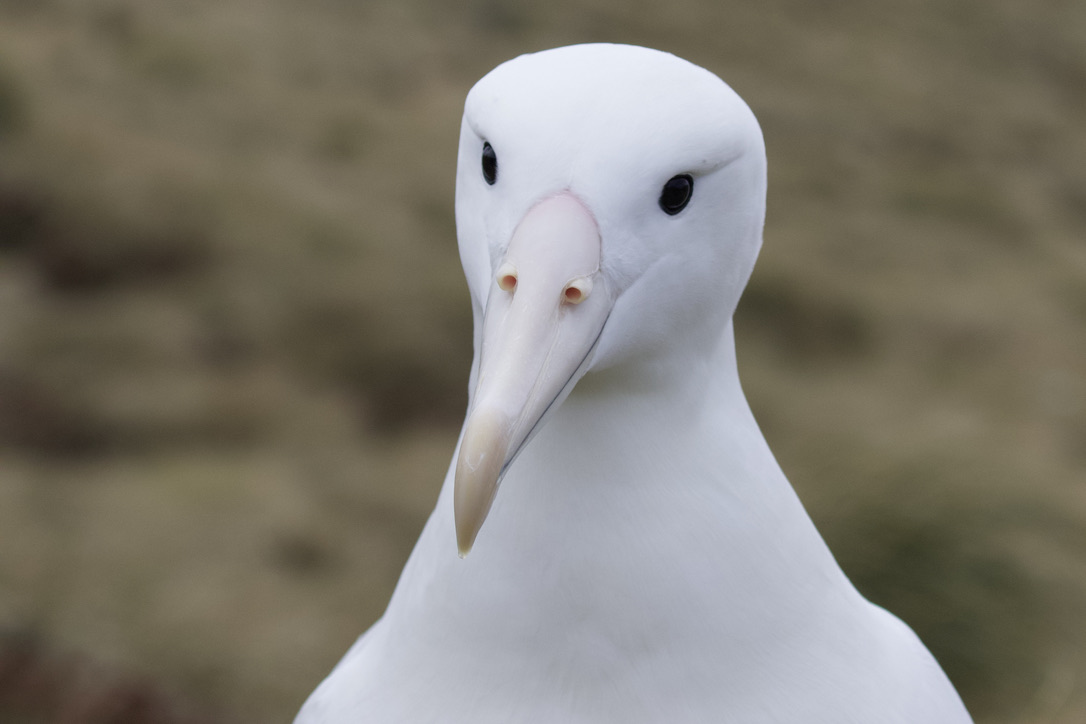
Southern Royal Albatross
On Campbell Island in the New Zealand Sub-Antarctic, a hike across the island brings you to the landing and breeding area. In the morning, female albatross can be seen spread across the hillsides, sitting quietly in the long grass. In the afternoon, the whole scene is transformed as male albatross fly in and begin a ritual called gaming. Gaming involves advertising for a partner by showing off your flying and smooching skills. It begins with elaborate aerial displays, swooping low and calling to albatross on the ground. Lying in the grass, photographing the albatross swooping and circling above me was exhilarating. When they landed they formed groups and began bill clapping, wing stretching and head shaking. Once an interested female is located, there is what can only be described as albatross kissing and cuddling.
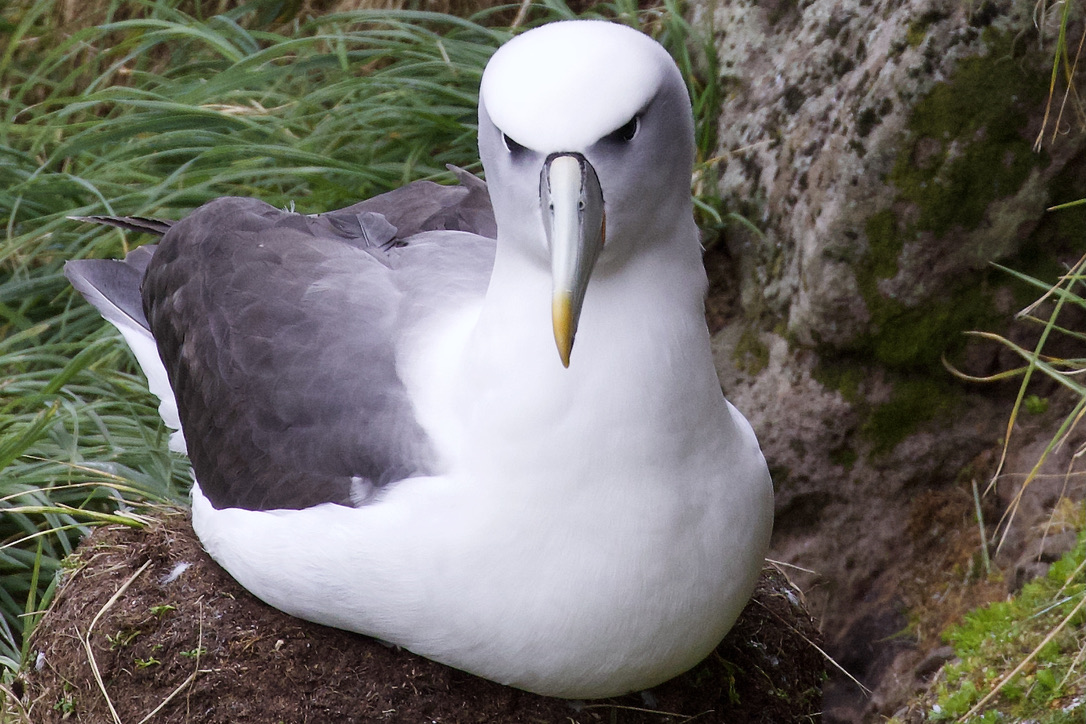
White-capped albatross
On Auckland Island, in the New Zealand Sub-Antarctic, these beautiful albatross nest high up on the cliff tops. The hike up the back of the cliff is an adventure I will never forget. The sheer vertical climb, bashing our way through bushes and tall grasses, plus falling into peat bogs, was hilarious, exhilarating and exhausting. After many hours, we were rewarded with a truly wondrous sight. There wasn’t much time for photography; we had to climb back down before dark.
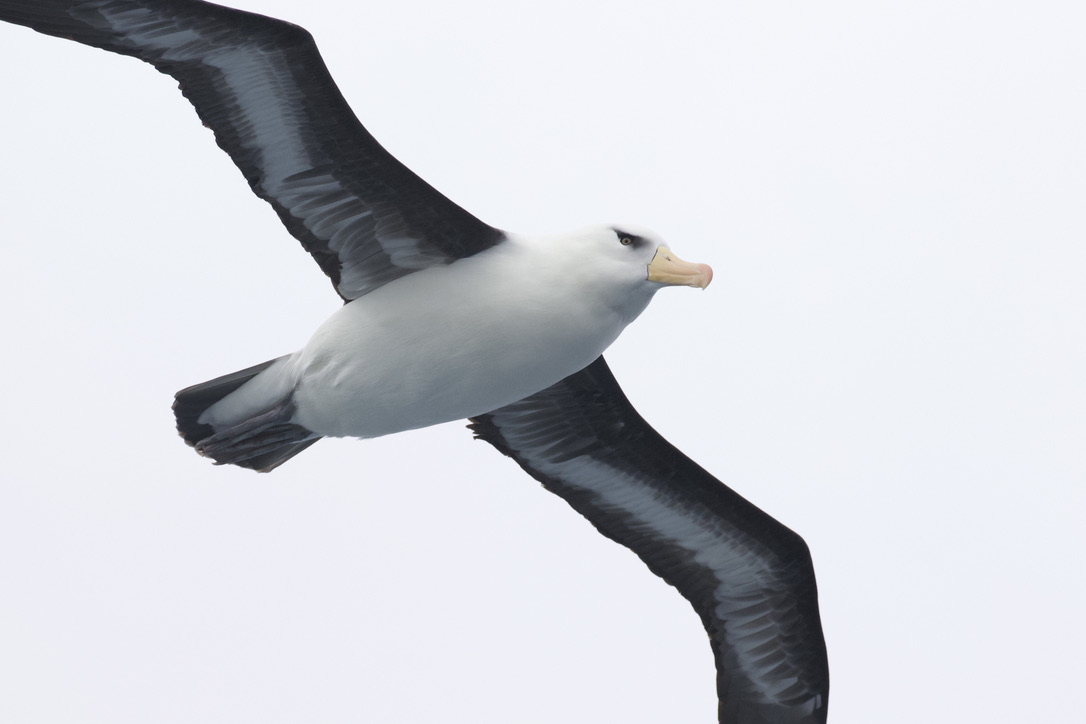
Black Browed Albatross
On my last day in the Sub-Antarctic Islands of New Zealand,
we passed a black browed albatross colony on a rock that was not quite big enough to be considered an island. What a precarious and precious population!

Light Mantled Sooty Albatross
Known as the Galapagos of the Southern Ocean, the New Zealand Sub-Antarctic is home to islands that each have their own sub-species of albatross. On Enderby Island, this darker-coloured albatross is slightly different to its cousins on Auckland Island.A hike across the island and up to the cliffs rewards you with a view looking down on the nesting area. It was a joy to perch on the clifftop to watch these aerial acrobats ride the thermals, tend their nests and feed their young.

Sooty-mantled Albatross
This albatross is slightly darker than the sub-species found on nearby Enderby Island.

Southern Giant Petrel
These pre-historic-looking birds can be seen across the Australian and New Zealand Sub-Antarctic. On Macquarie Island, I photographed them tearing into an old seal carcass. The natural world always needs scavengers to clean up.

Elephant Seal
On Macquarie Island, in the Australian Sub-Antarctic, huge elephant seals snooze on the beach; their slumber sometimes disrupted by passing king penguins marching single-file up and down the beach. The penguins don’t seem to like having to alter their straight-line in order to avoid the elephant seals. They stop, and the lead penguin yells at the seal. I imagine they might be saying something like “your blocking OUR beach!”
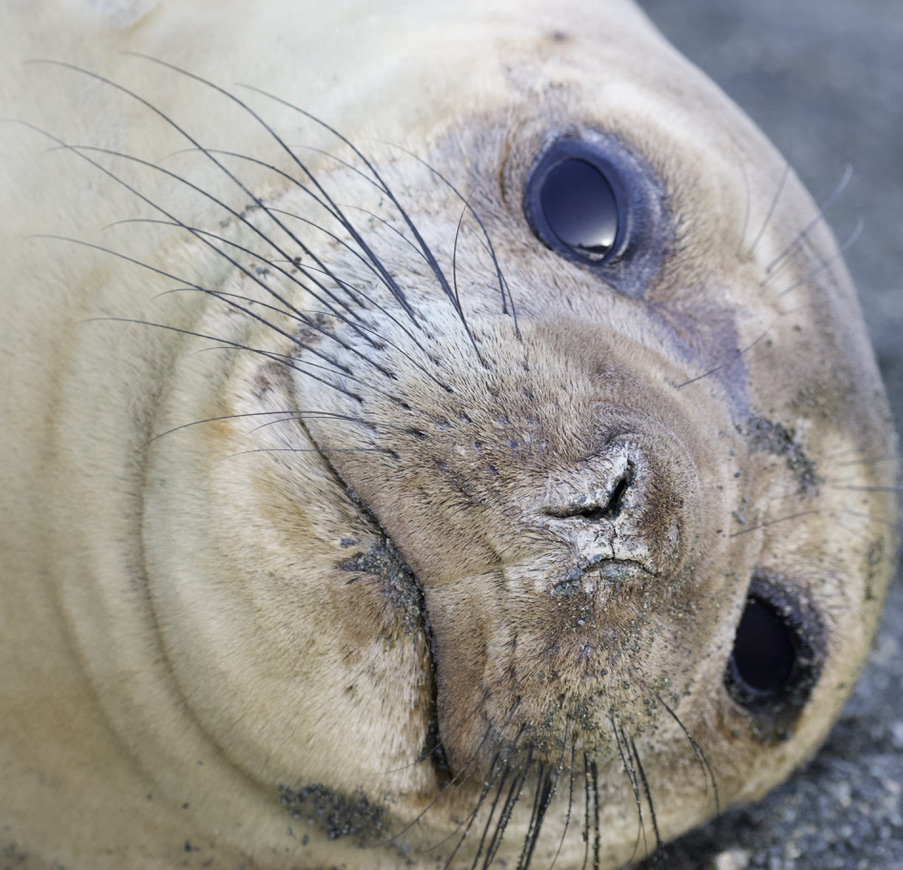
Fur Seal
On Macquarie Island, in the Australian Sub-Antarctic, fur seals share the beach with massive Royal Penguin and King Penguin colonies, as well as huge elephant seals. When penguins and seals come ashore, their can be a lot of jostling for the best position. Some squabbles break out. The seals look like giants against the penguins and it makes for some wonderful photographic moments.

Antarctic skua
These birds nest on various islands in the Australian and New Zealand Sub-Antarctic. The adults can be seen harassing elephant seals for scraps or trying to steal eggs and even chicks from penguins.
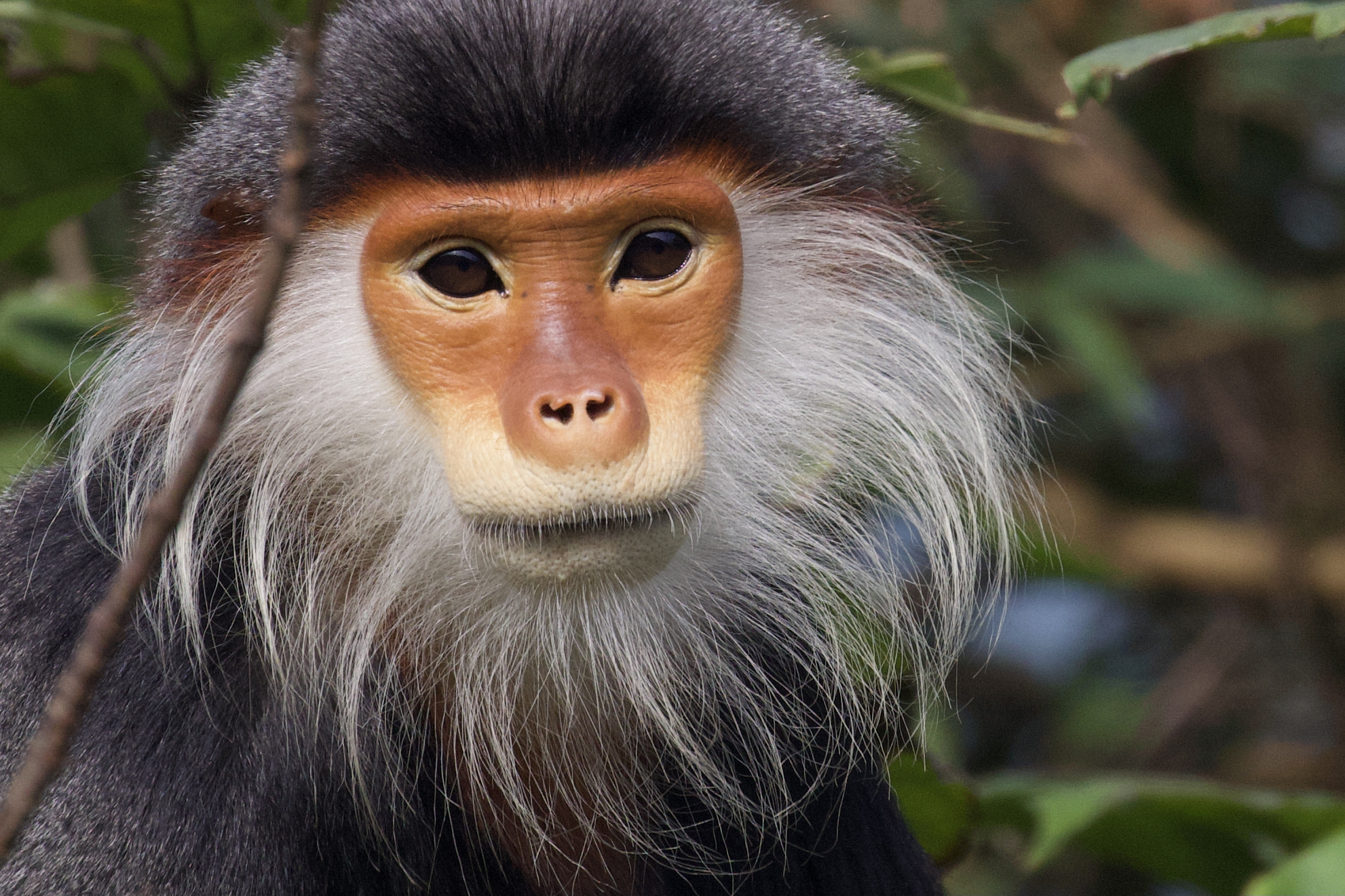
Red-shanked douc langur
These rare primates are only found in a small number of habitats in Vietnam (and Laos). They are generally high up in the tallest trees and are extremely shy. The photographer must approach very slowly and only from a distance.
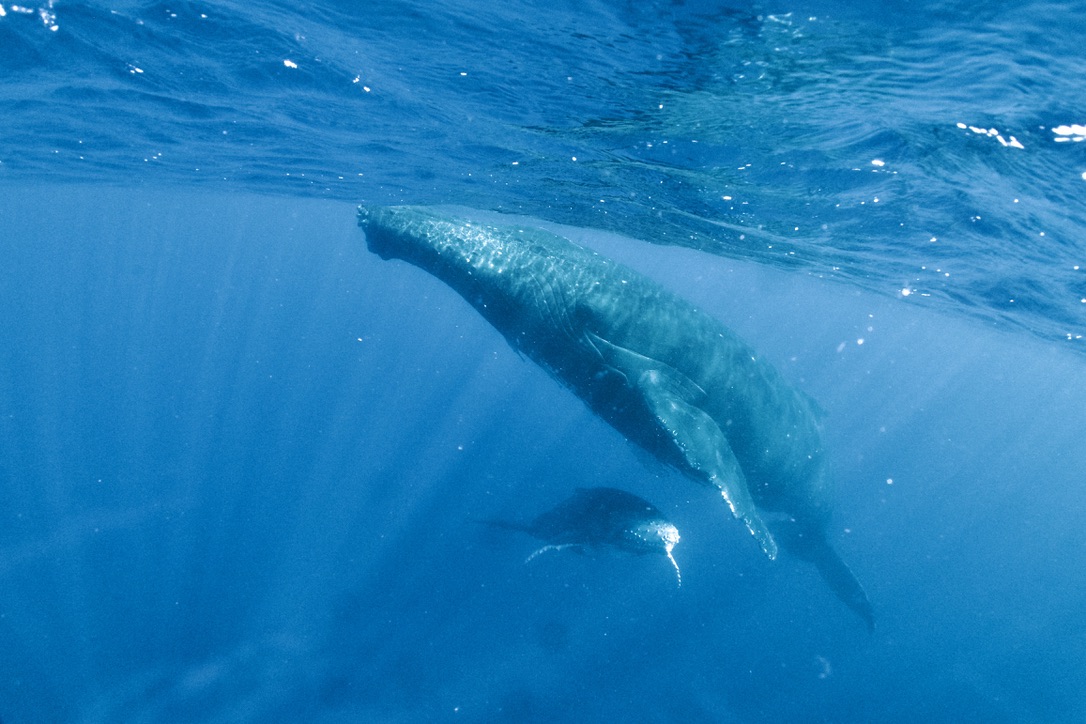
Humpback whales
Female Humpbacks leave Antartica ( and their only food source) and arrive in the calm, cobalt-blue waters of Vava’u, Tonga in June or July to give birth or mate. The males come to sing their love songs and attract a female. By mid-October, the calves are big and strong ( thanks to mum’s milk) and are ready for their journey home. The mums have not eaten and will not eat again until they reach the Antarctic waters, rich in krill. The calves will be weaned and will enjoy their first meal of krill. Often a male will escort the mum and her calf home, hoping she might become his mate. Swimming with these humpback whales was surreal, exciting and serene.
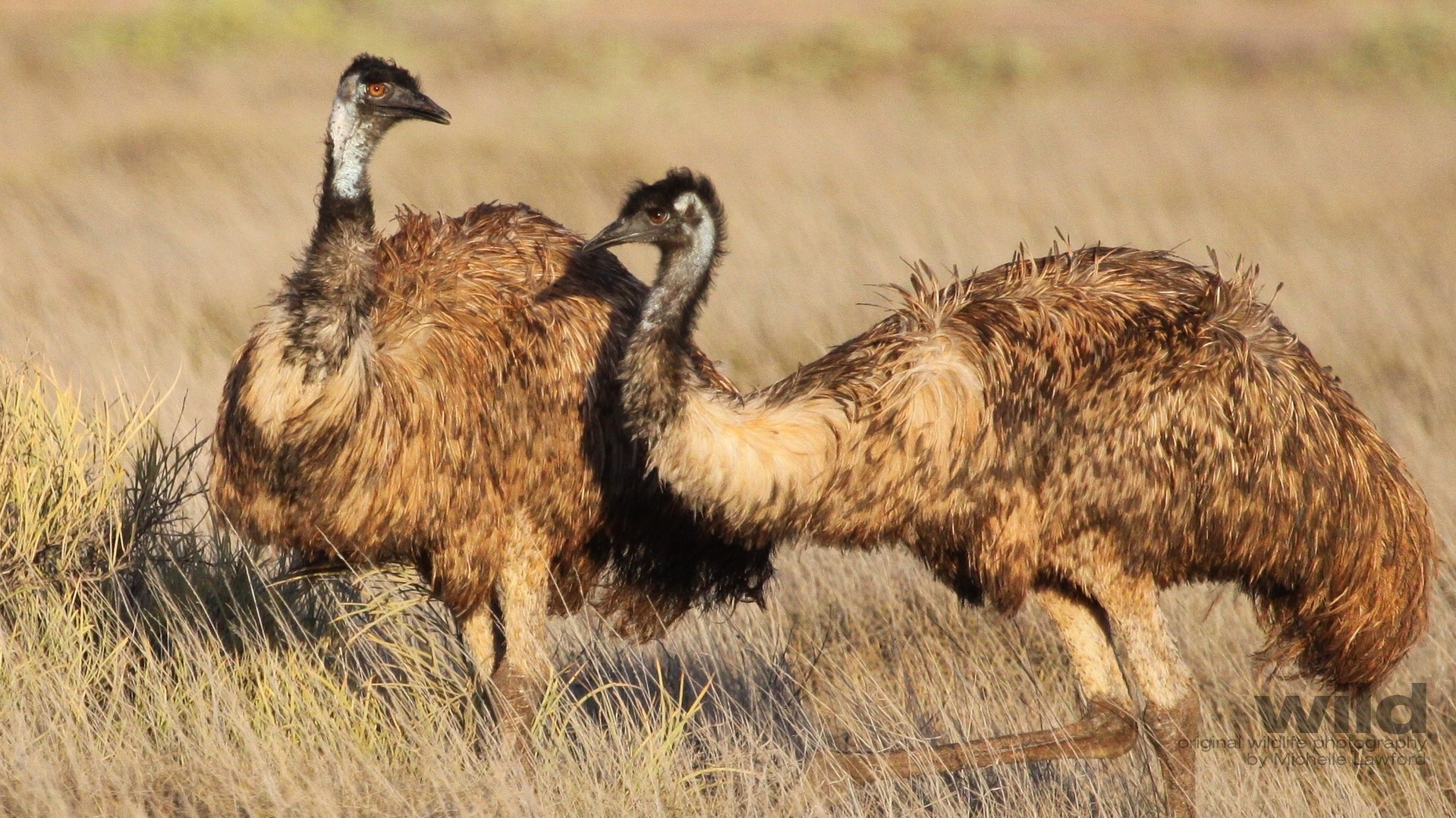
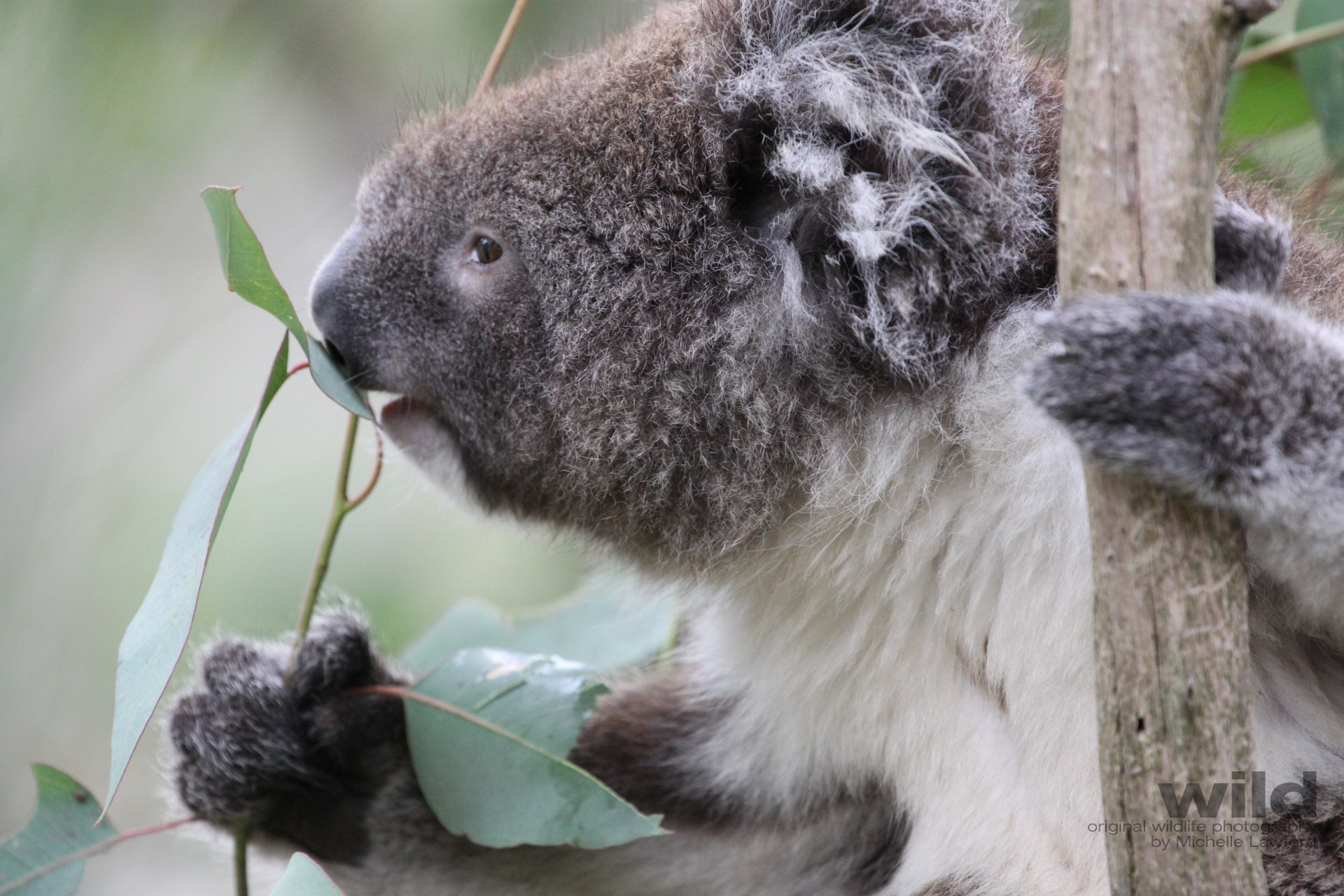
Koalas
Australia’s iconic koala bear is being decimated by habitat loss, stress and disease. They are predicted to become extinct by 2050 unless we act now. Koalas are very particular about their diet. They will only eat gum leaves that are unique to their location. Attempts to relocate koalas to new areas, usually fail. I photographed these koalas in Yanchep National Park, Western Australia and Cape Ottaway, Victoria.

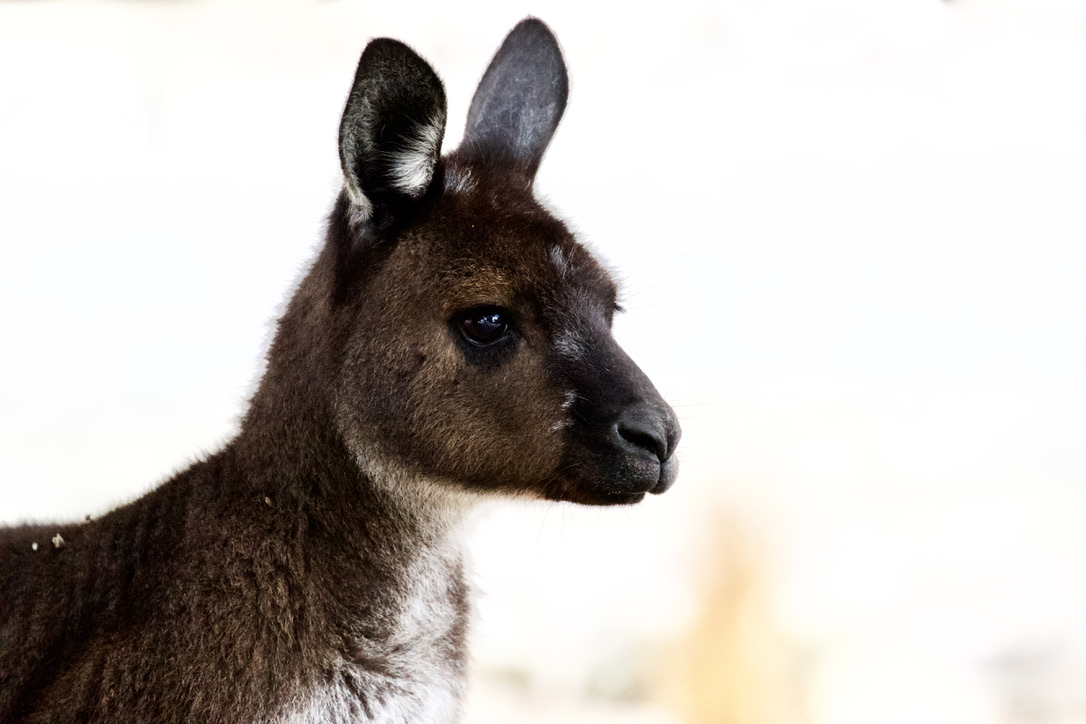
Kangaroo Island Kangaroo
It seems only natural that the kangaroos on Kangaroo Island off South Australia, have evolved separately to become their own kind of kangaroo. You can see their faces are slightly different from their mainland relatives.
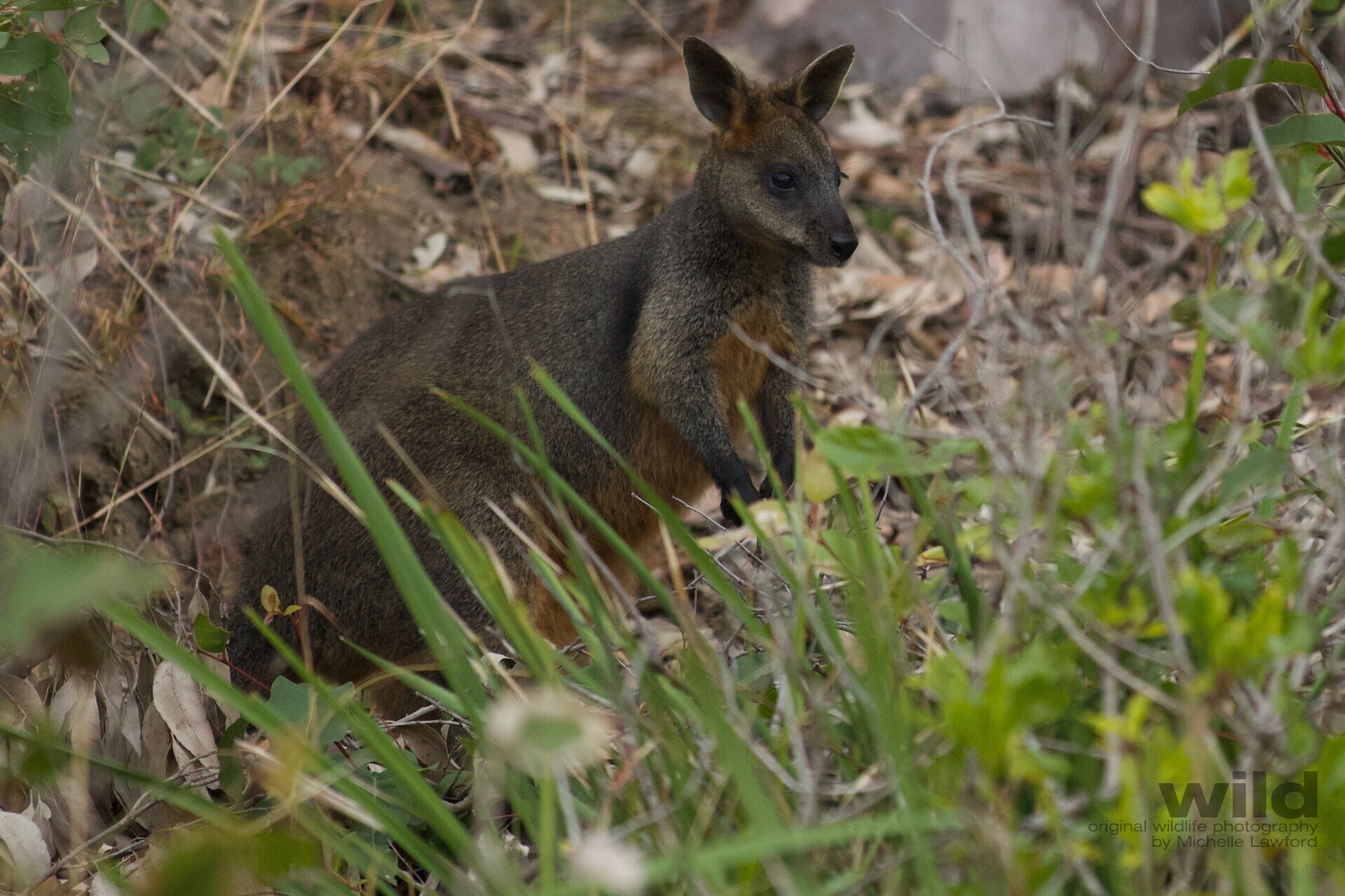
Brush Tailed Rock Wallaby
In Depot Beach, New South Wales, Australia, these elusive, shy marsupials like to stay hidden in the bush.
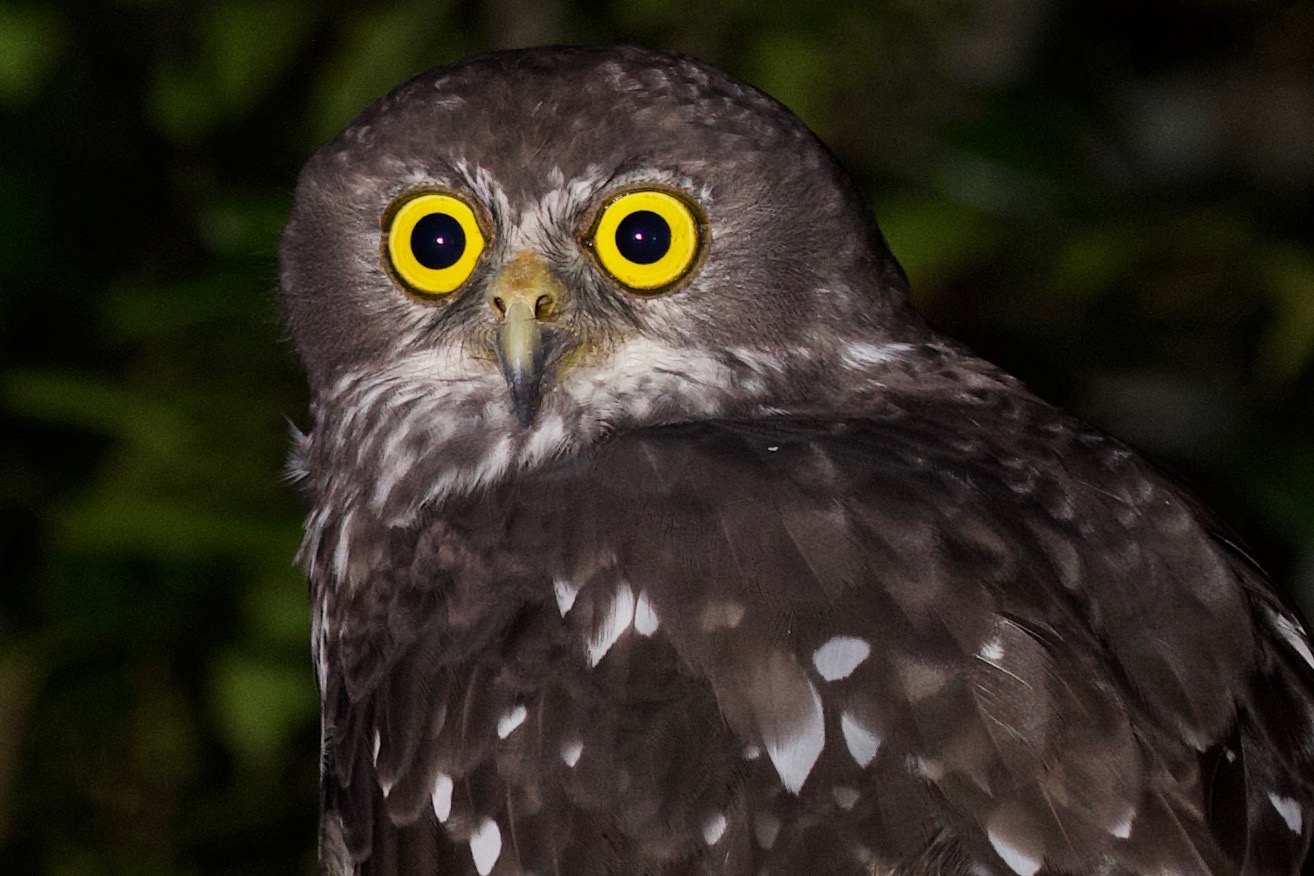
Barking owl
I spent an exciting night in Lamington National Park Queensland to photograph this owl which really does sound like a dog barking.
Powerful Owl
In two local parks in suburban Sydney, I had the great fortune to spend time with these parents and their chicks, just before the fledglings ( now almost as big as mum and dad) left the nest.
Barn Owl
During COVID when I couldn’t venture into the wild, my local park provided nourishment for my soul with this beautiful barn owl high up in the top of the tallest palm tree.

